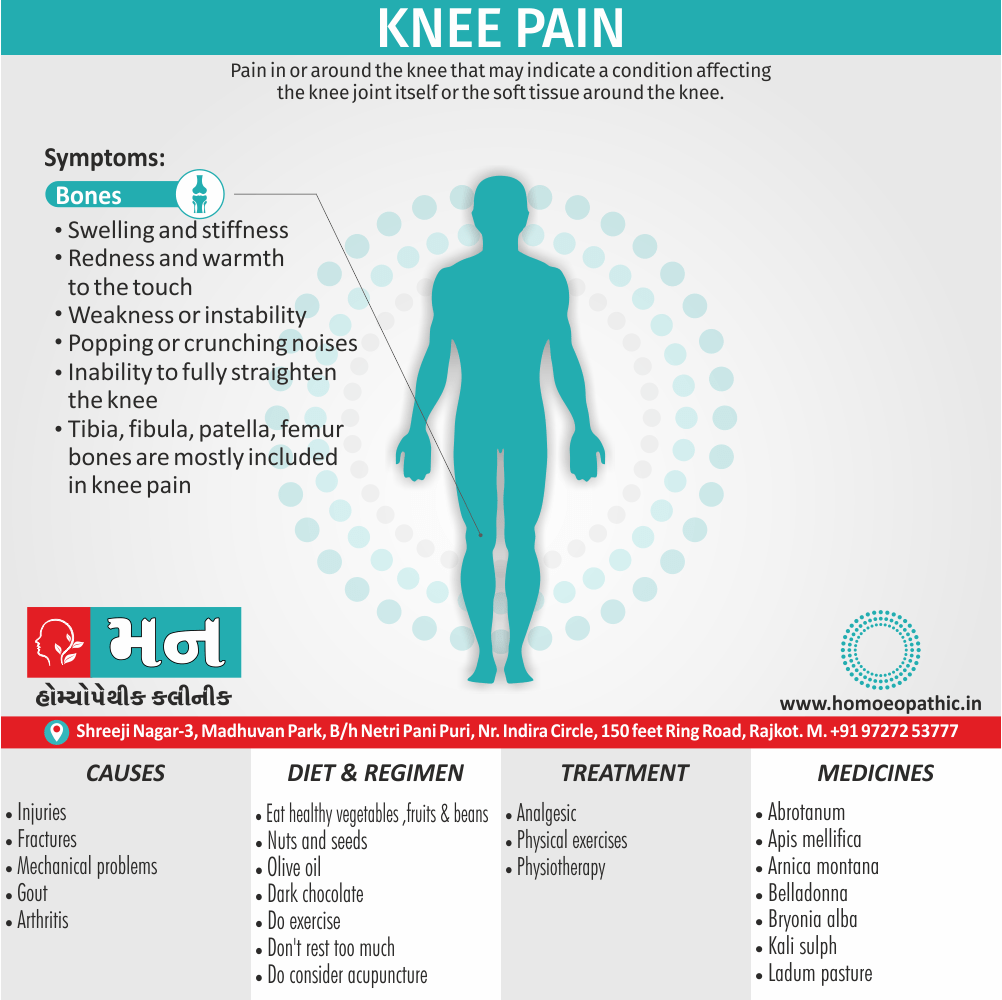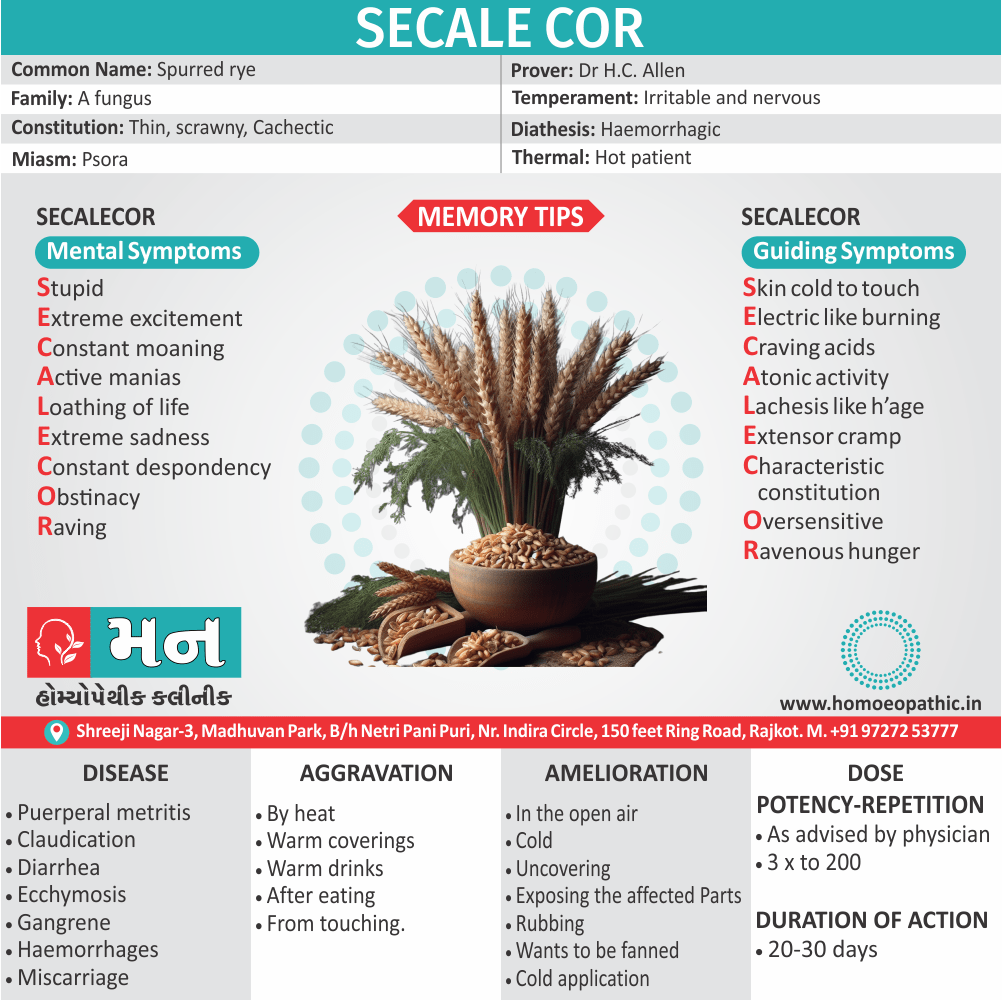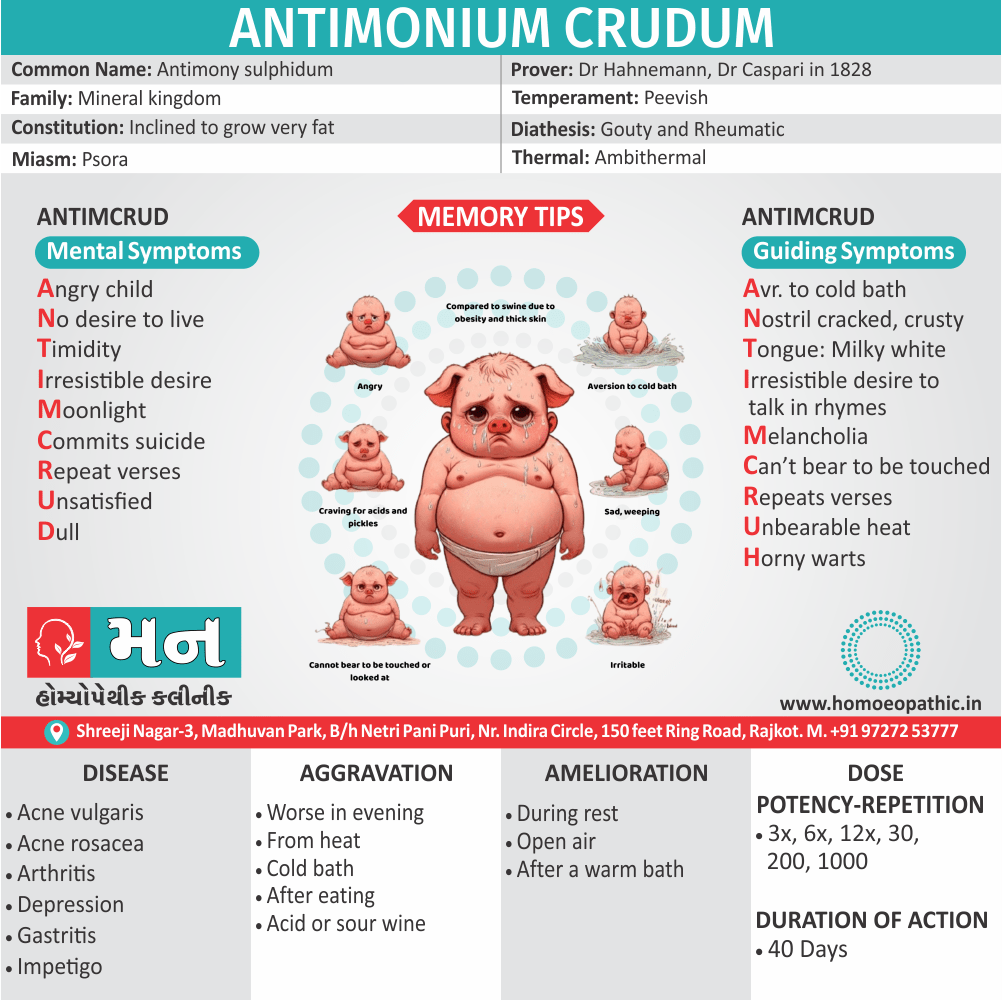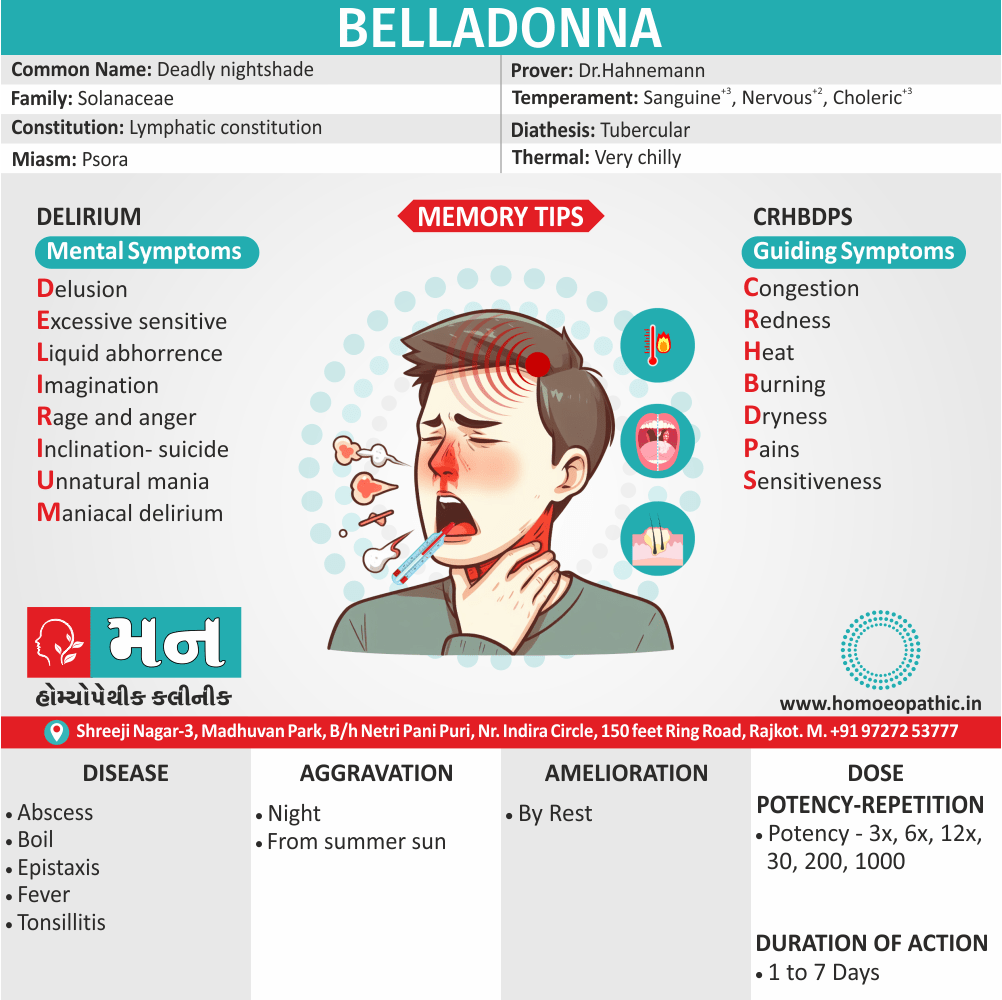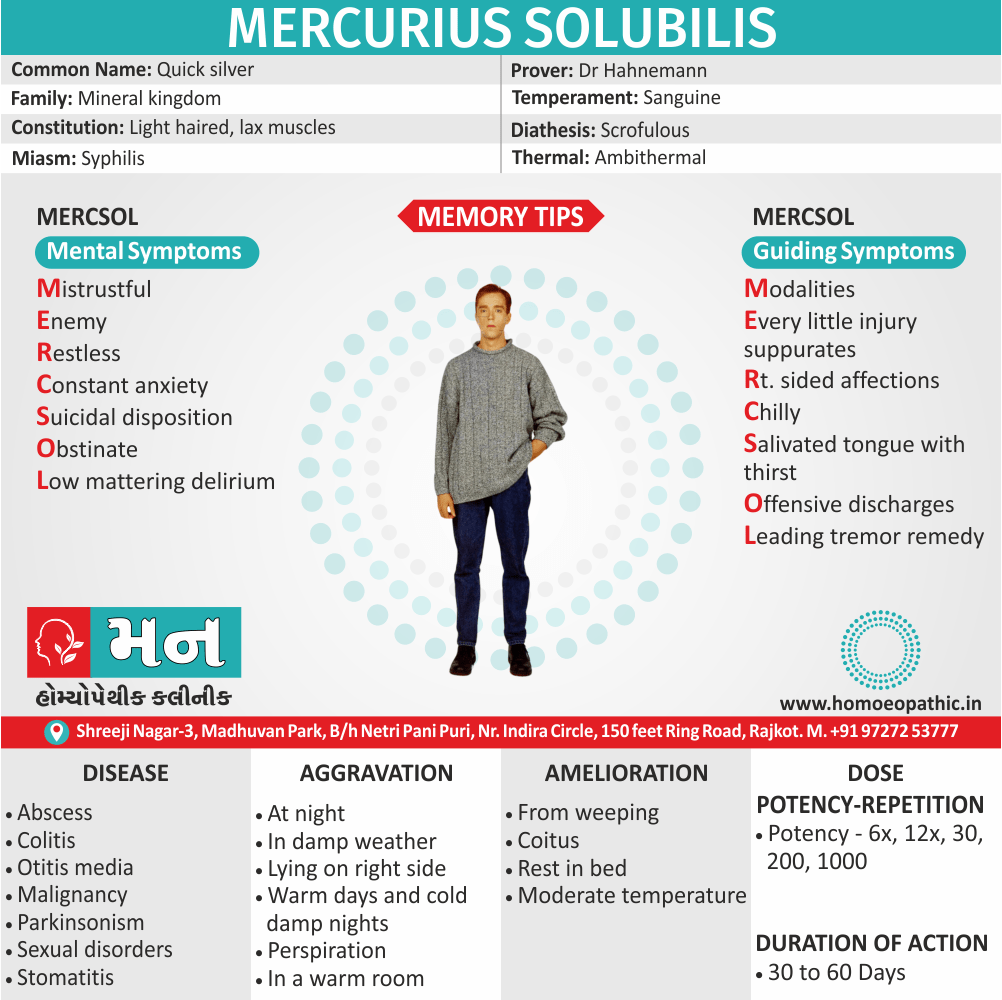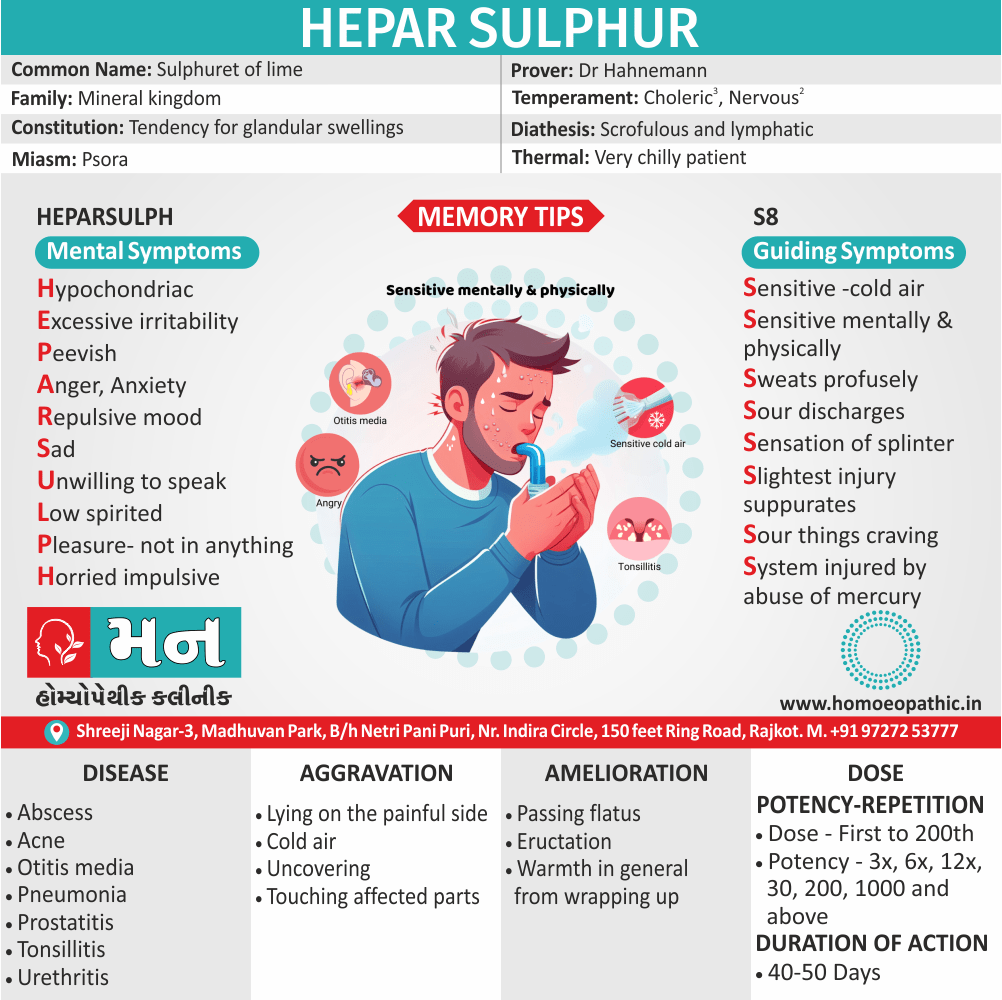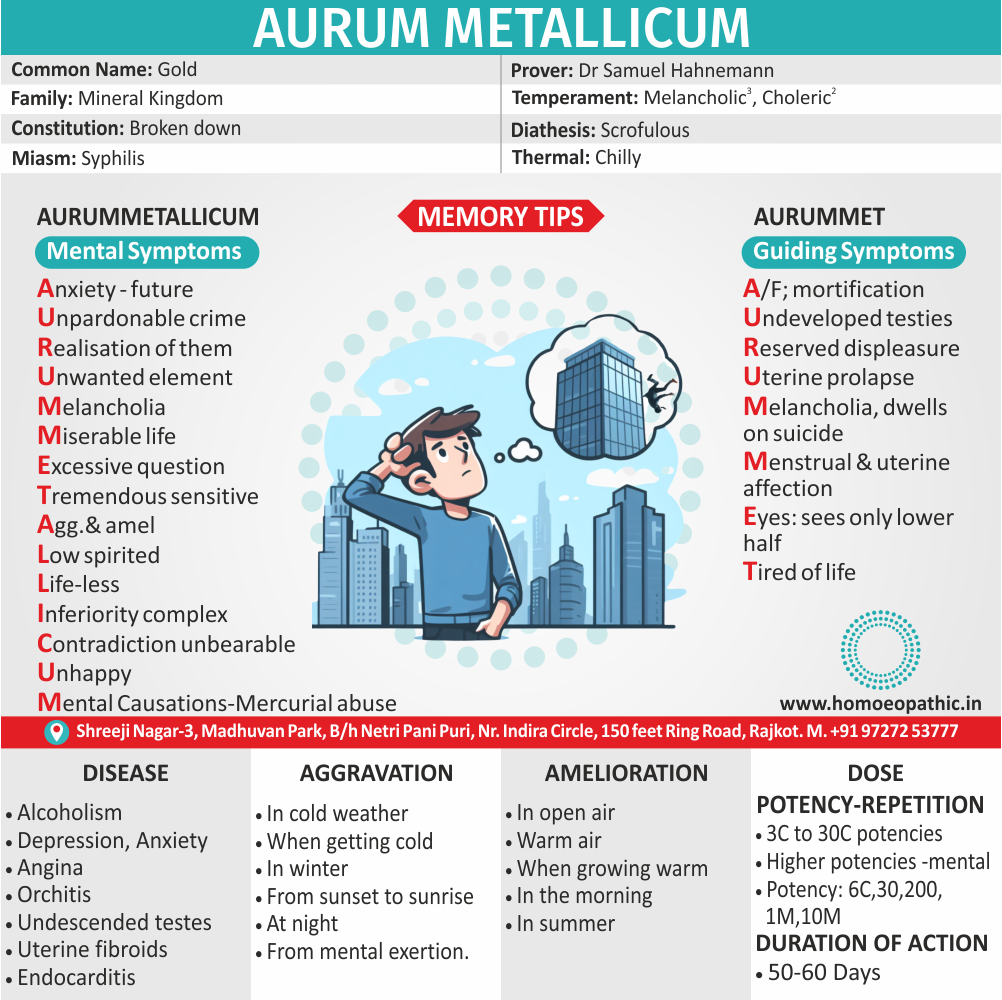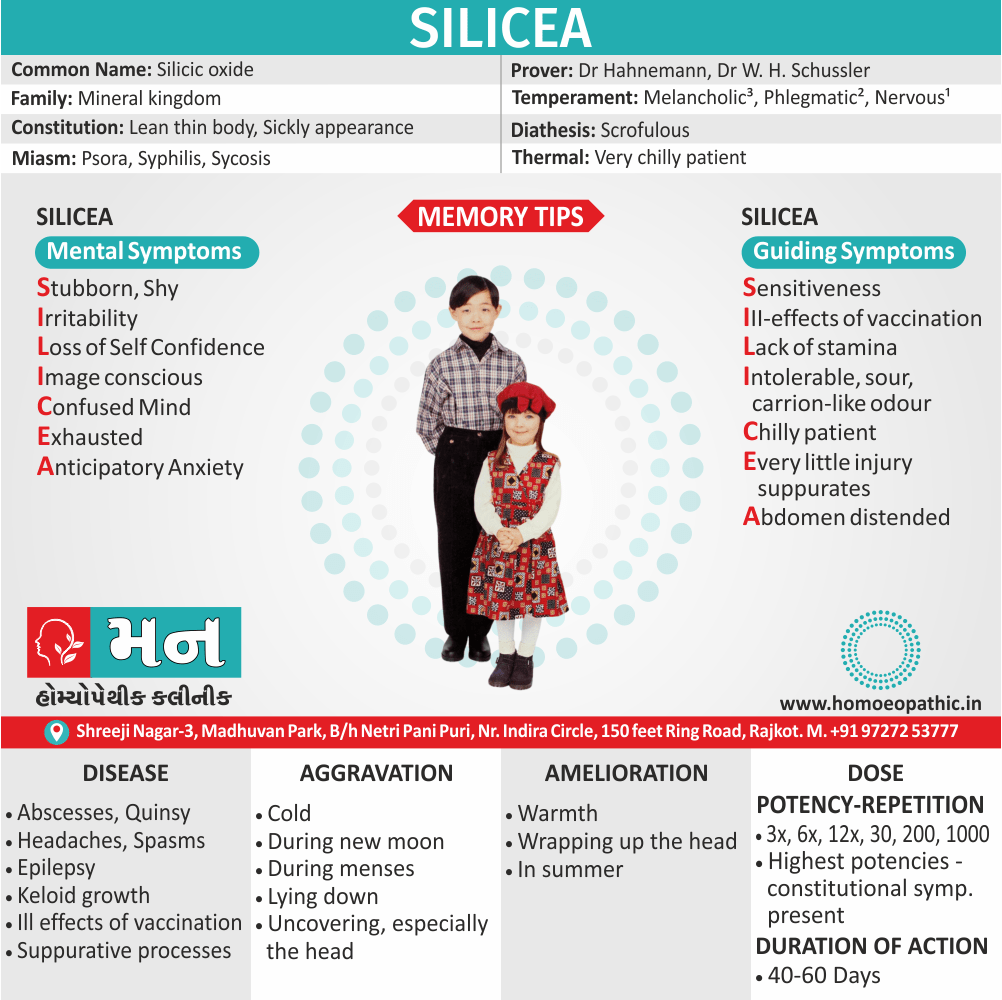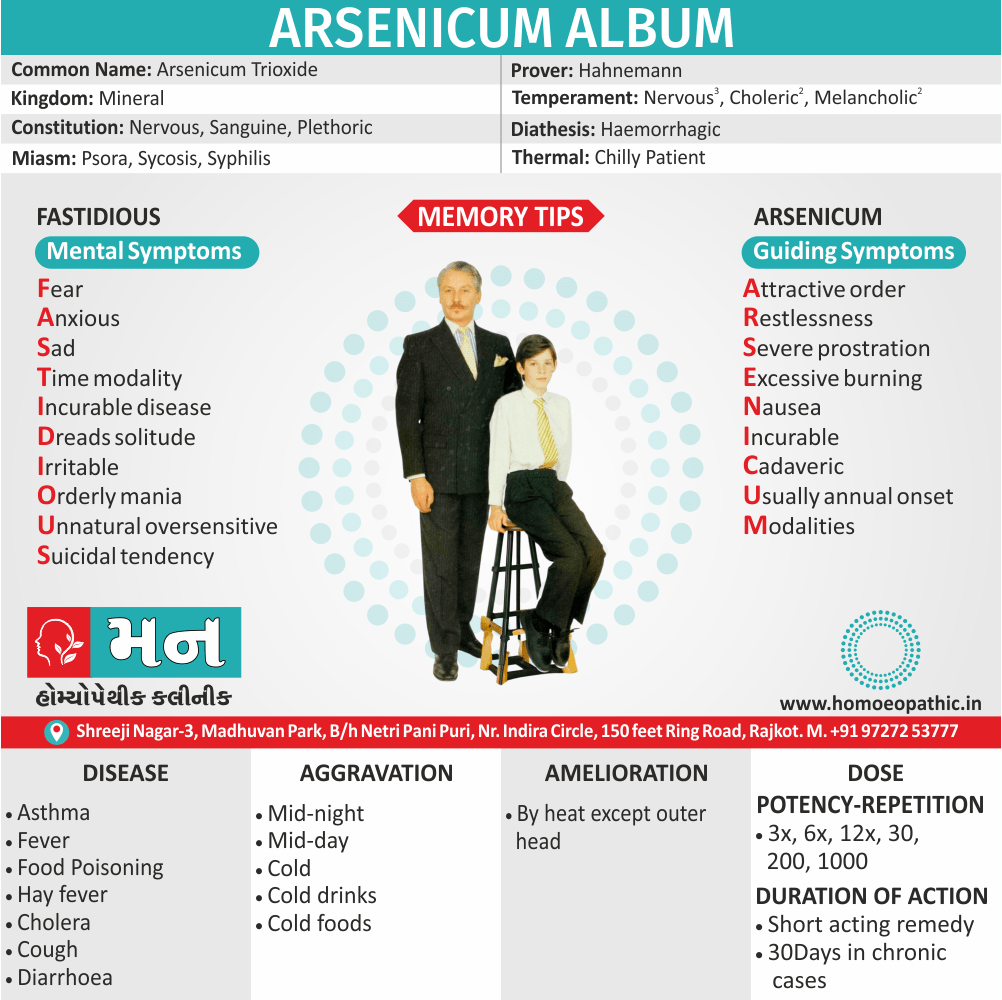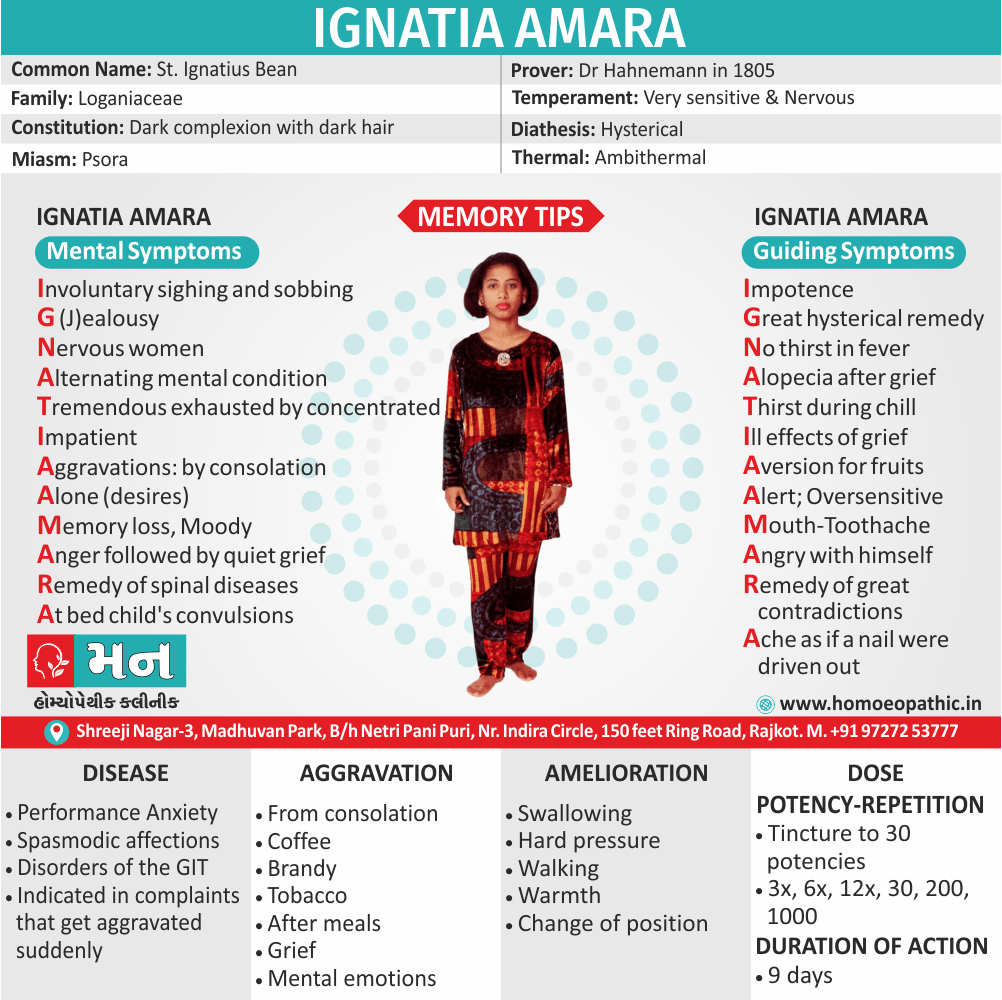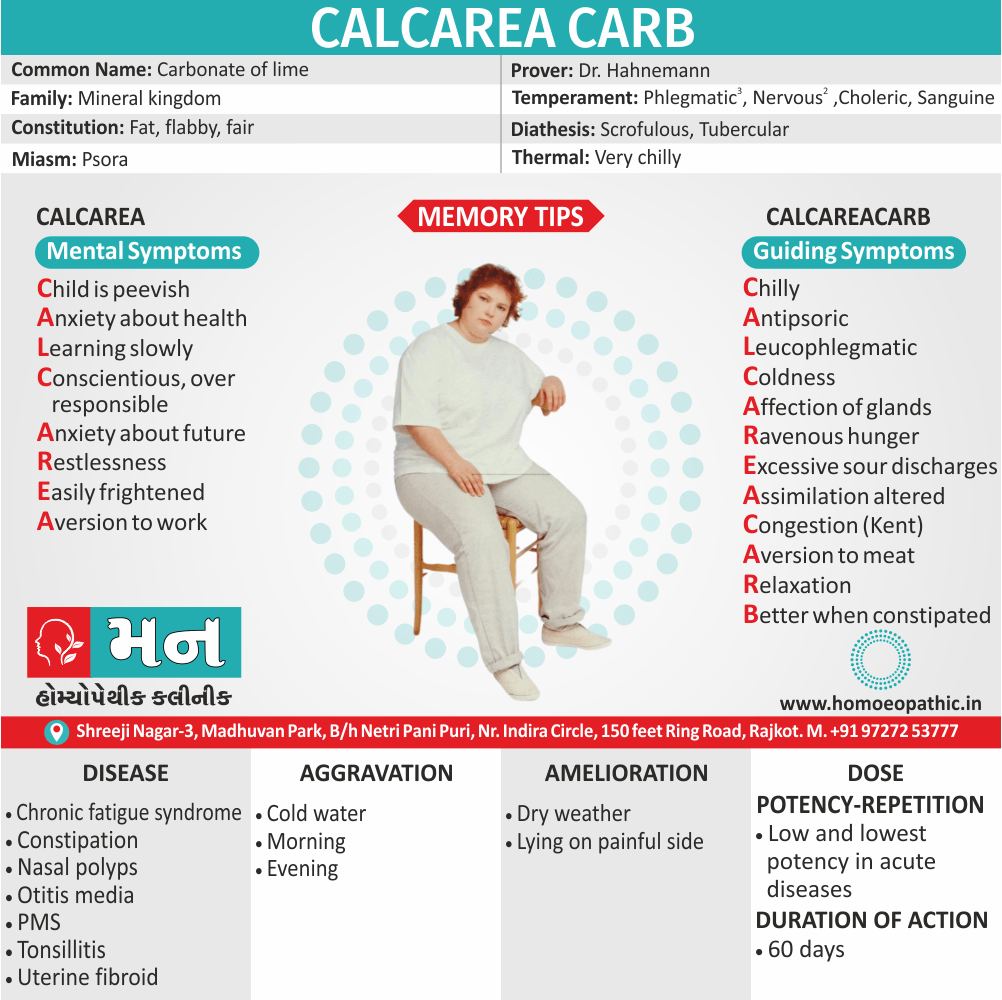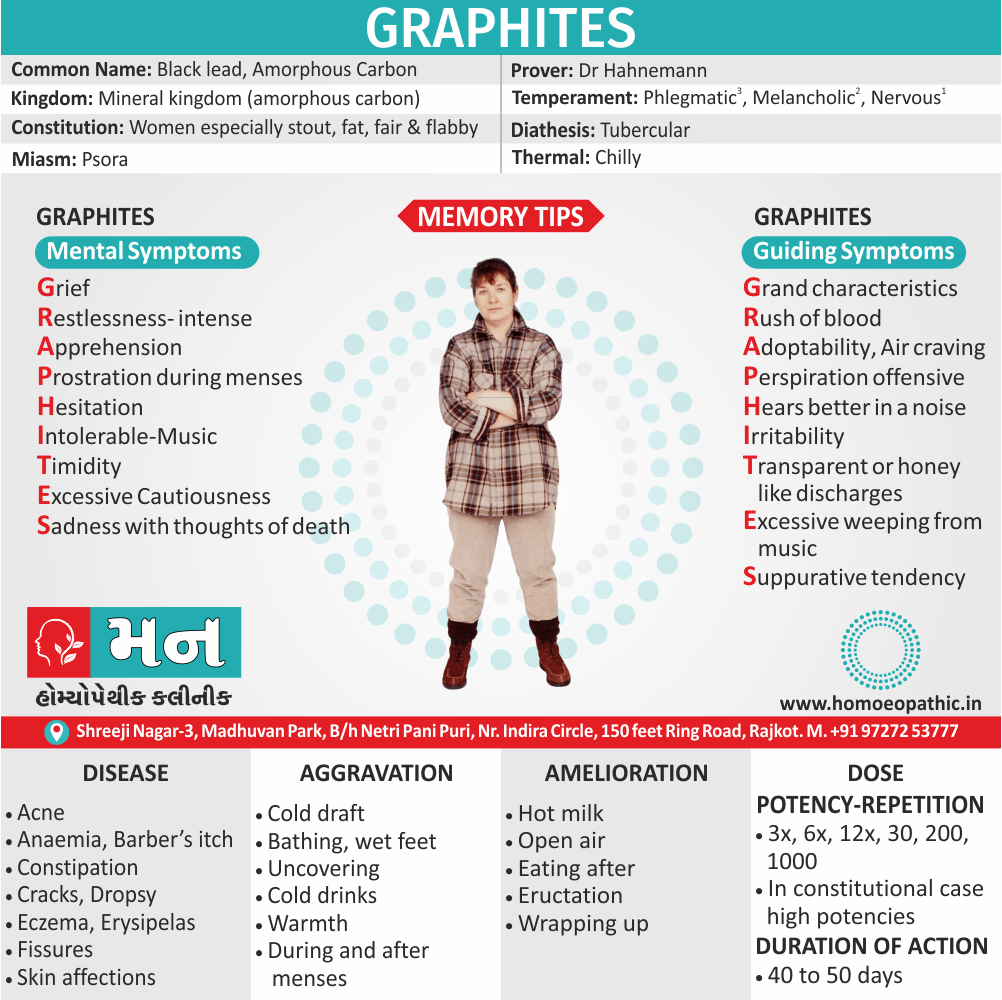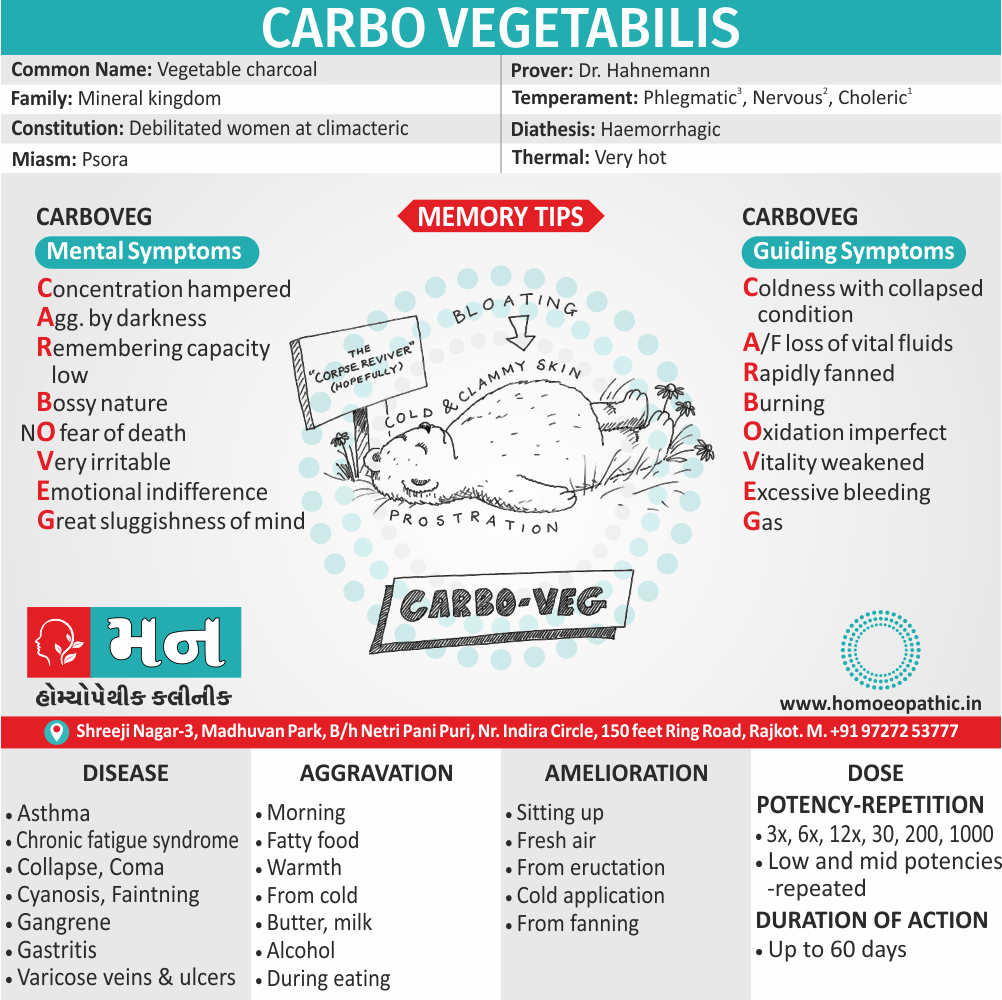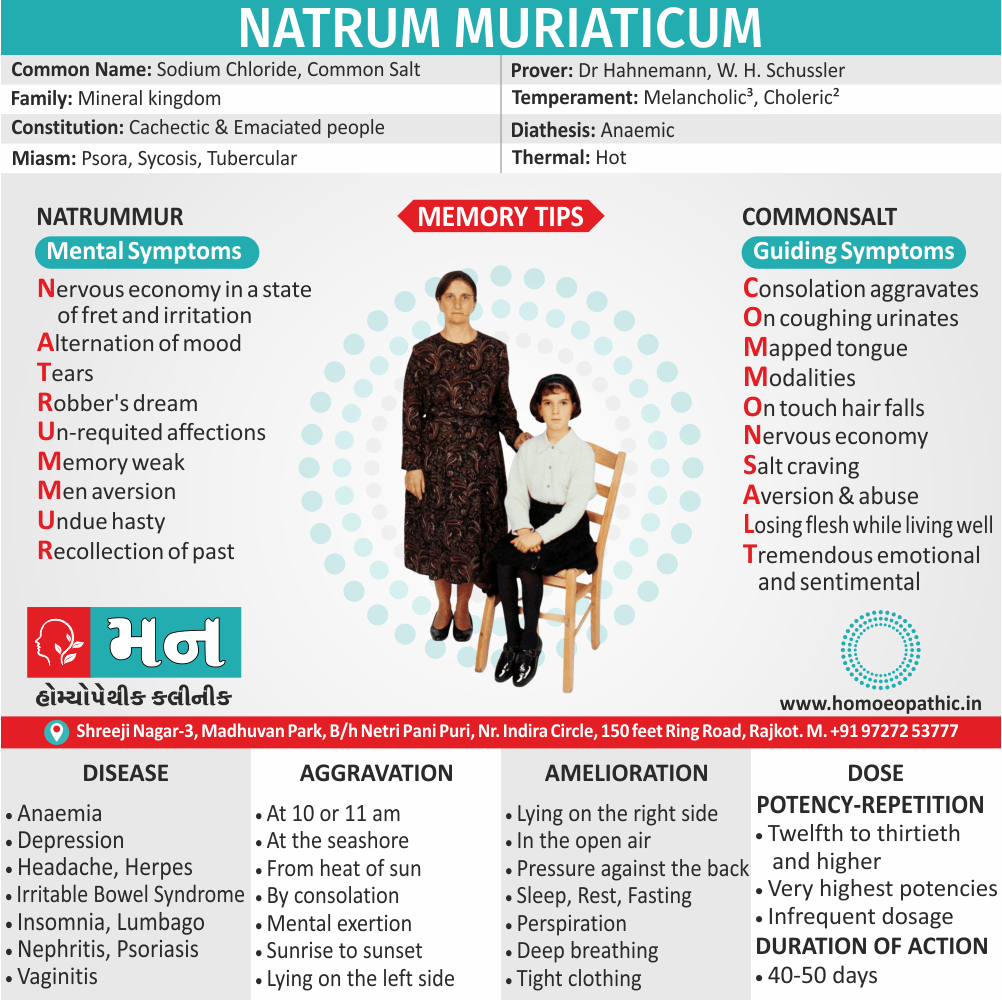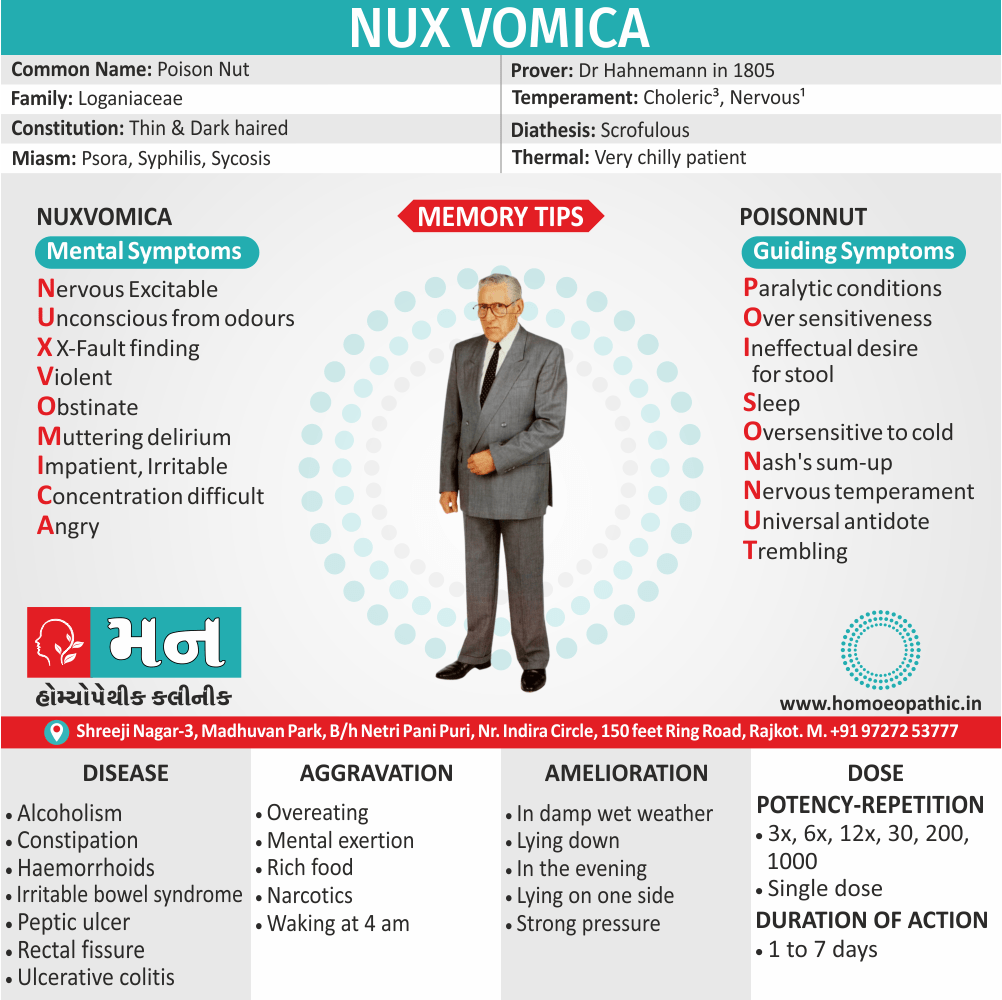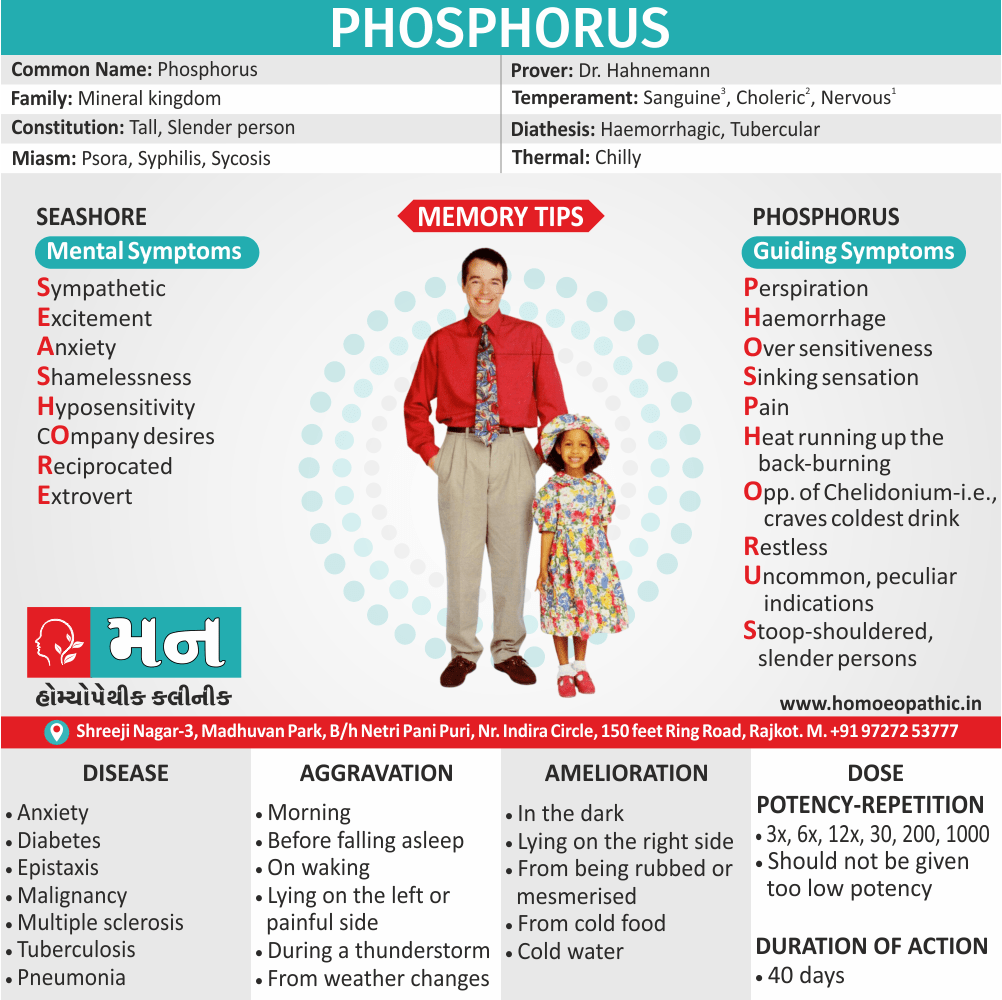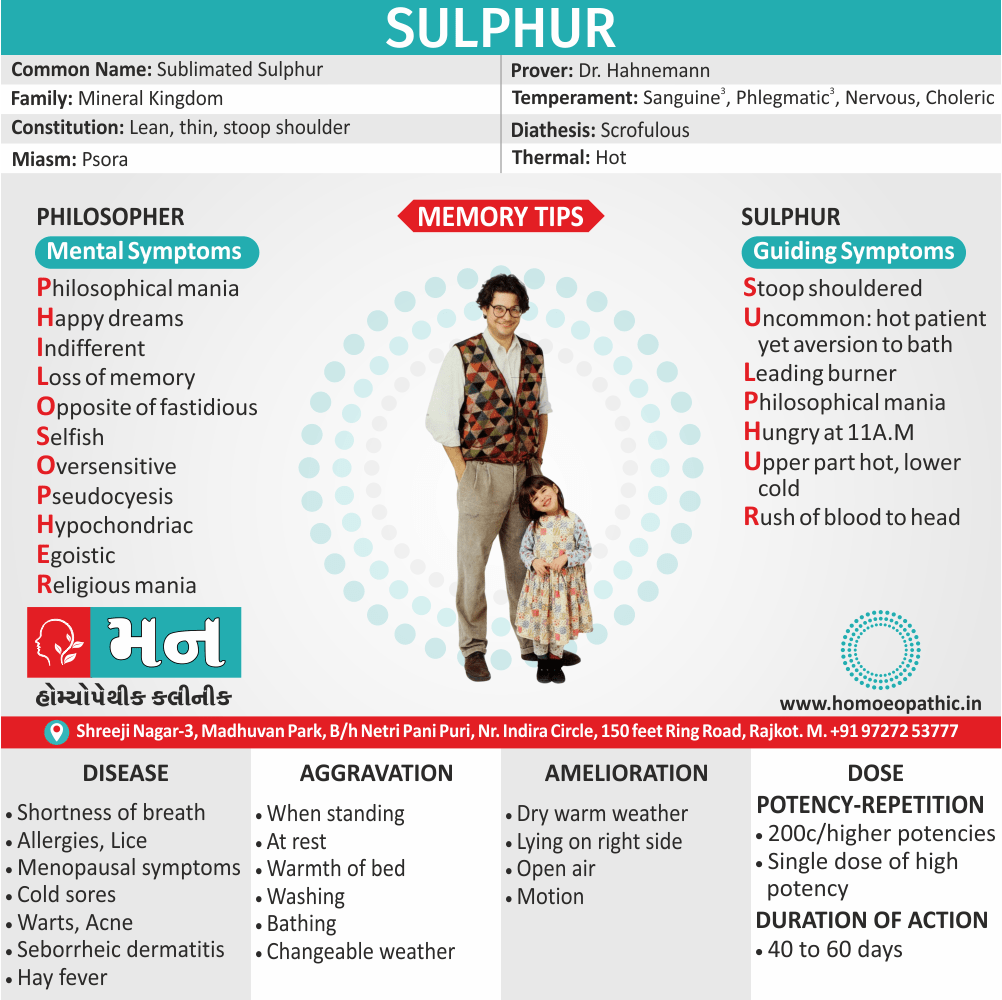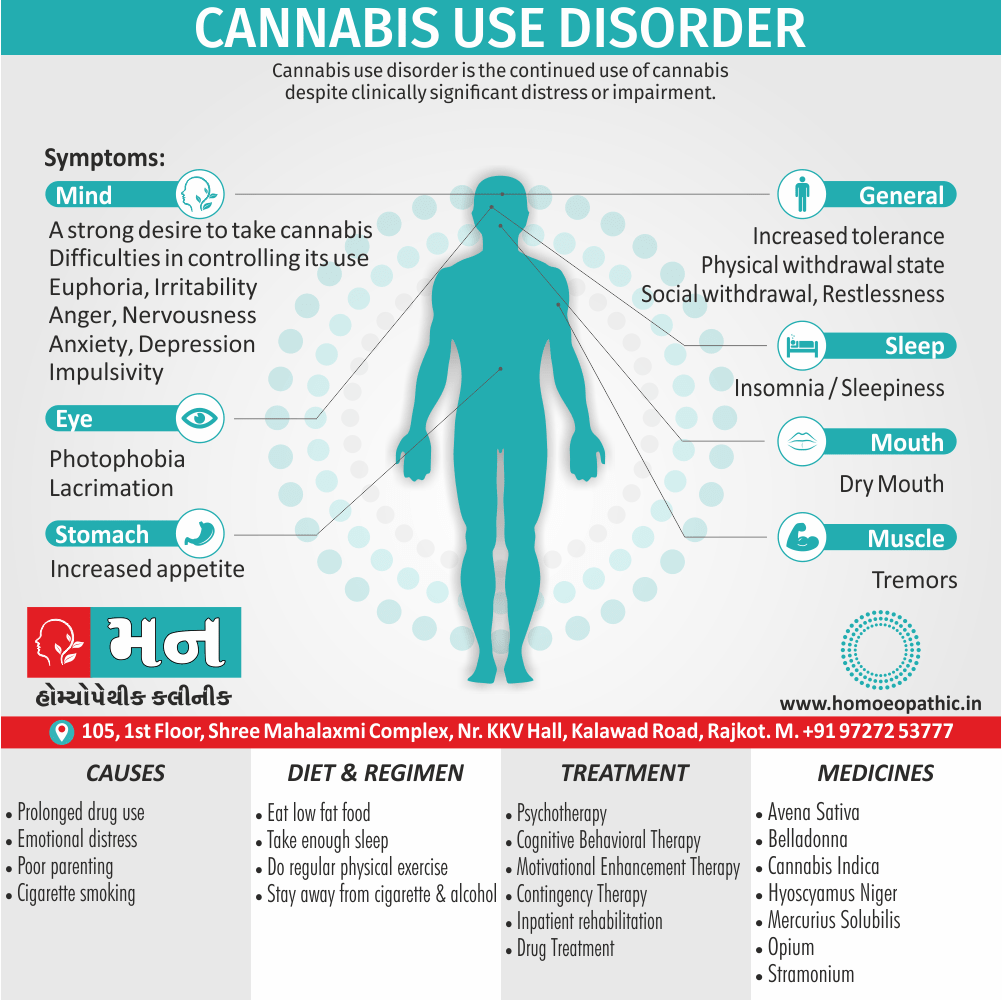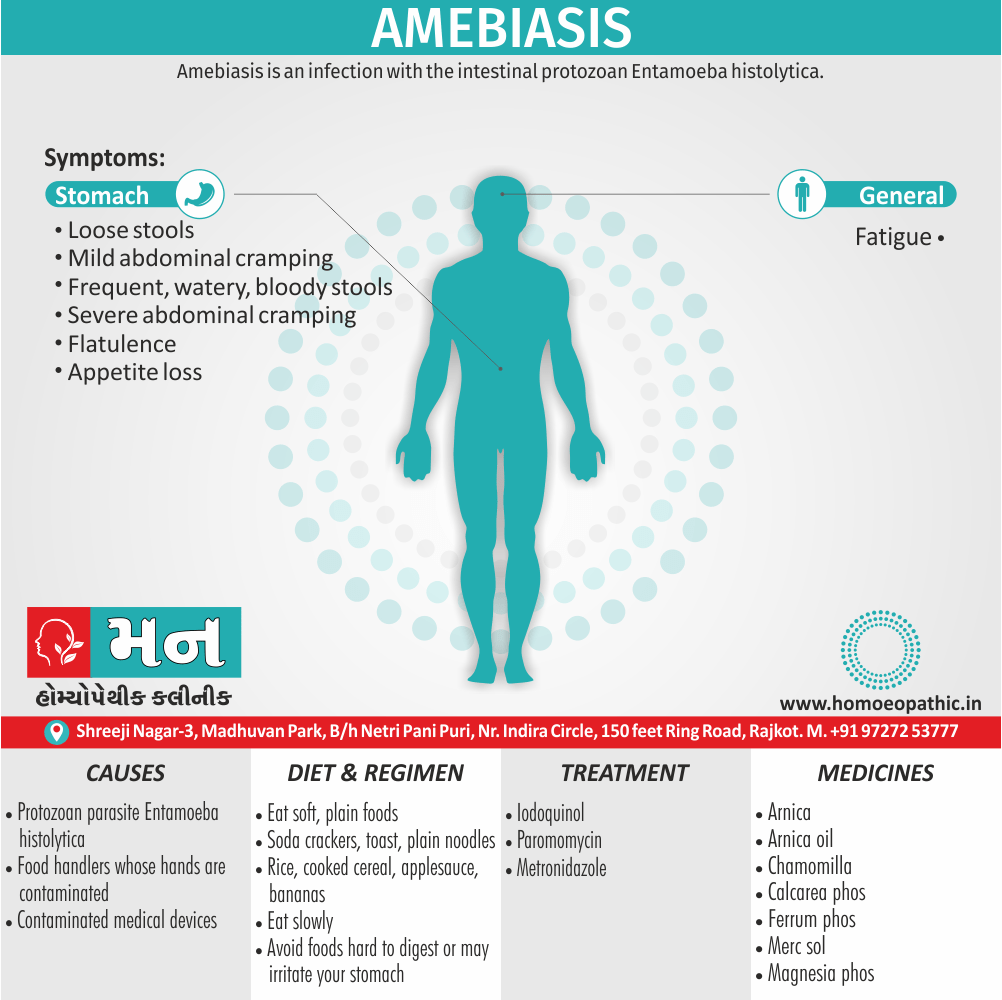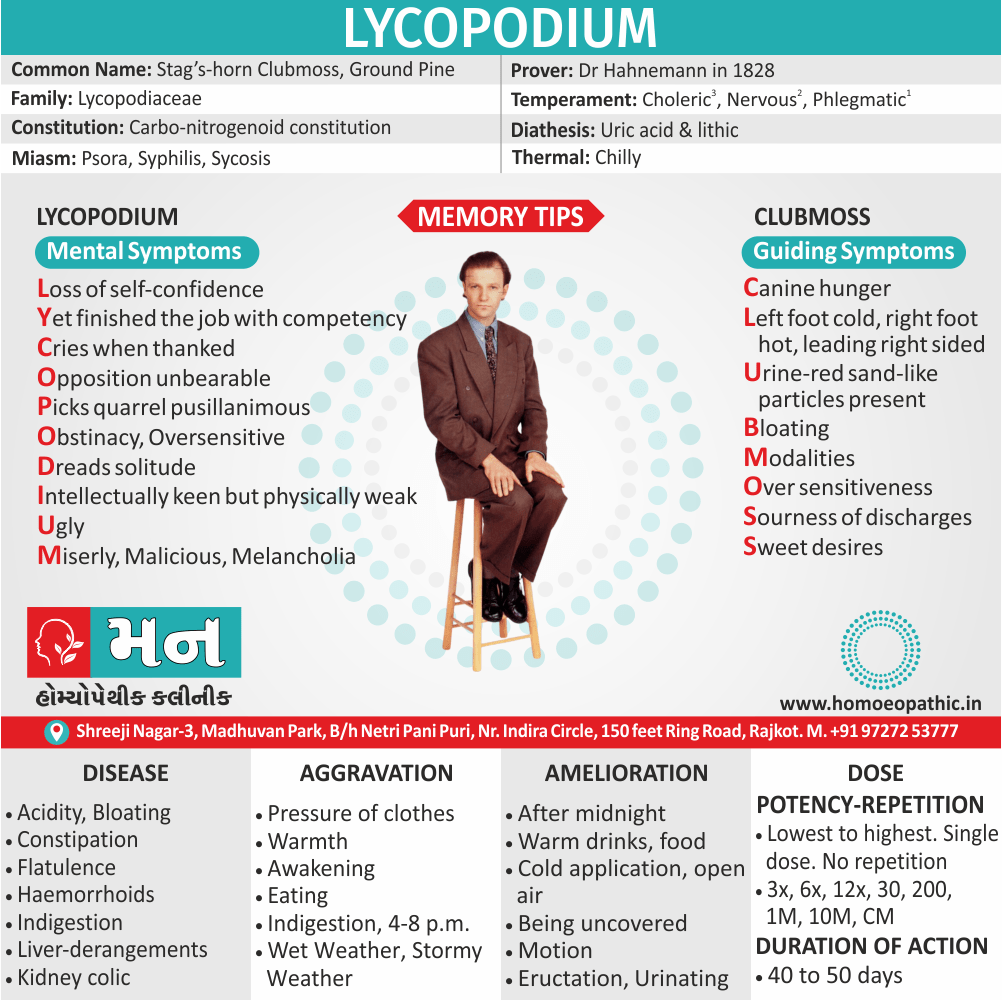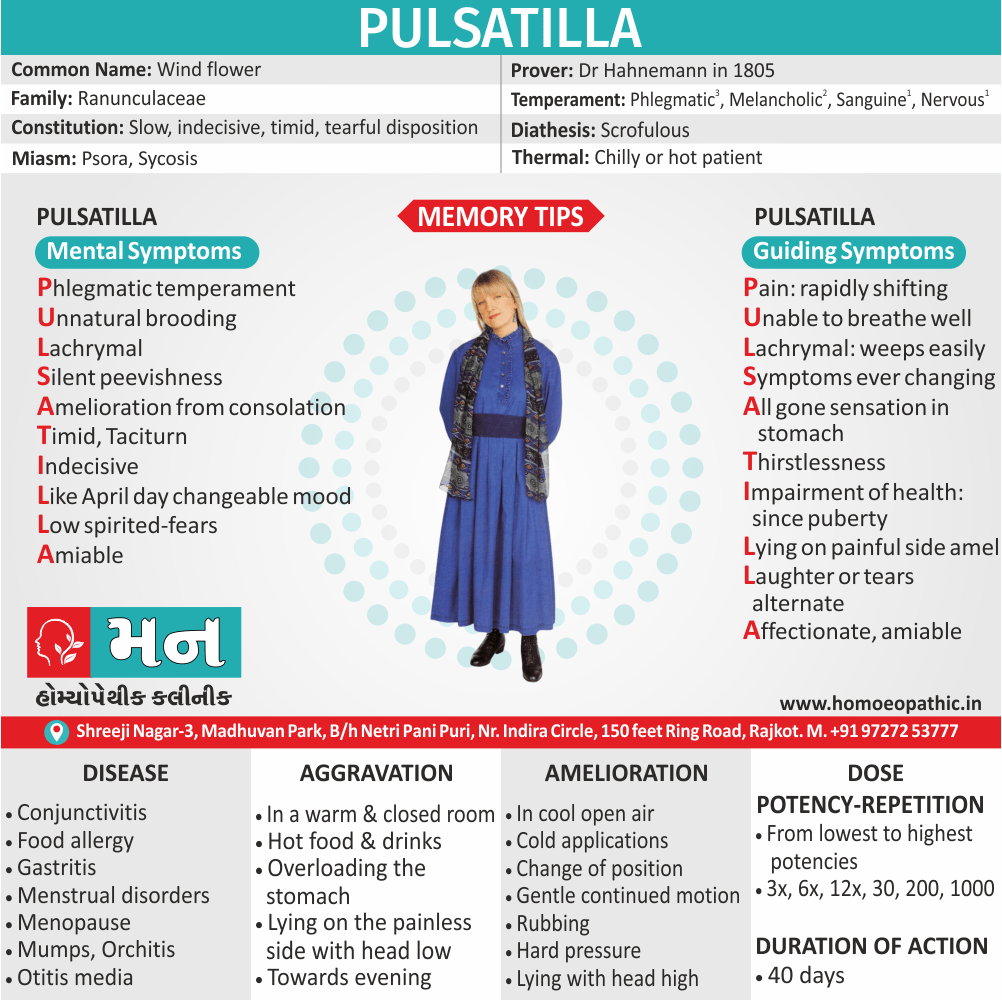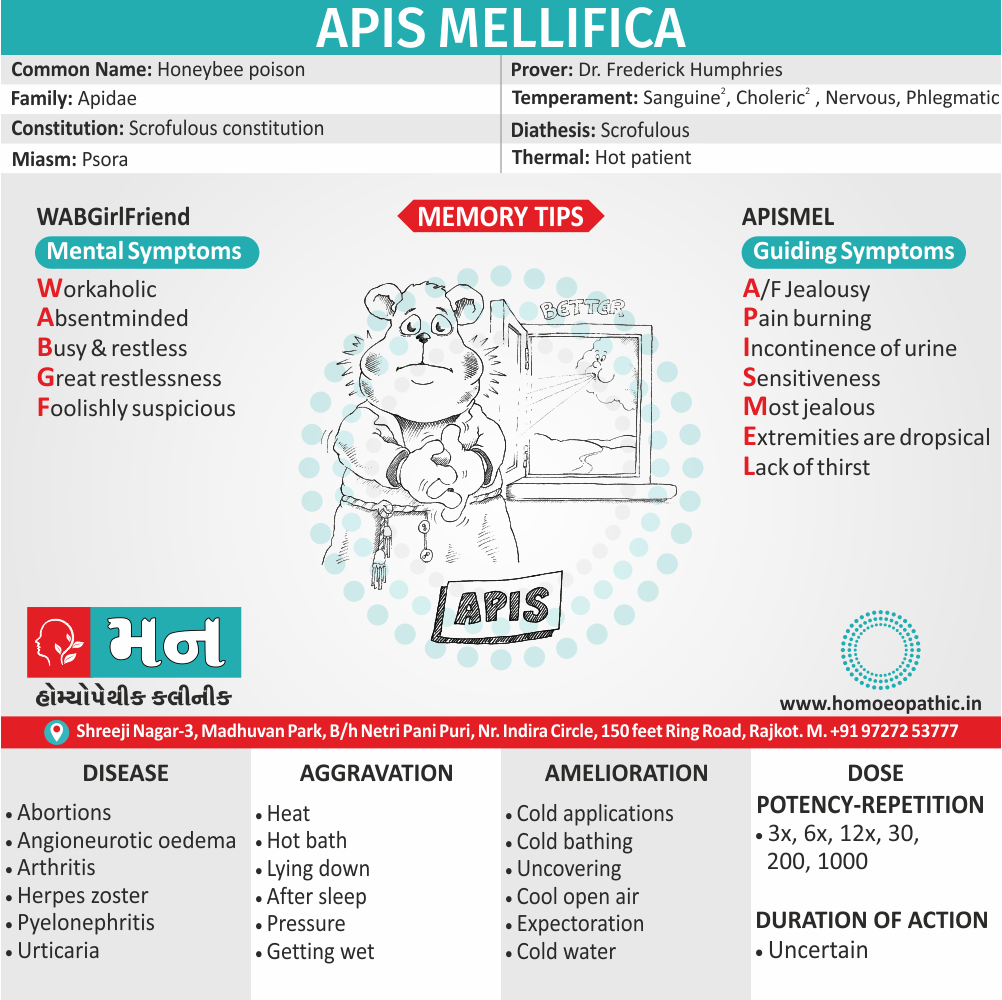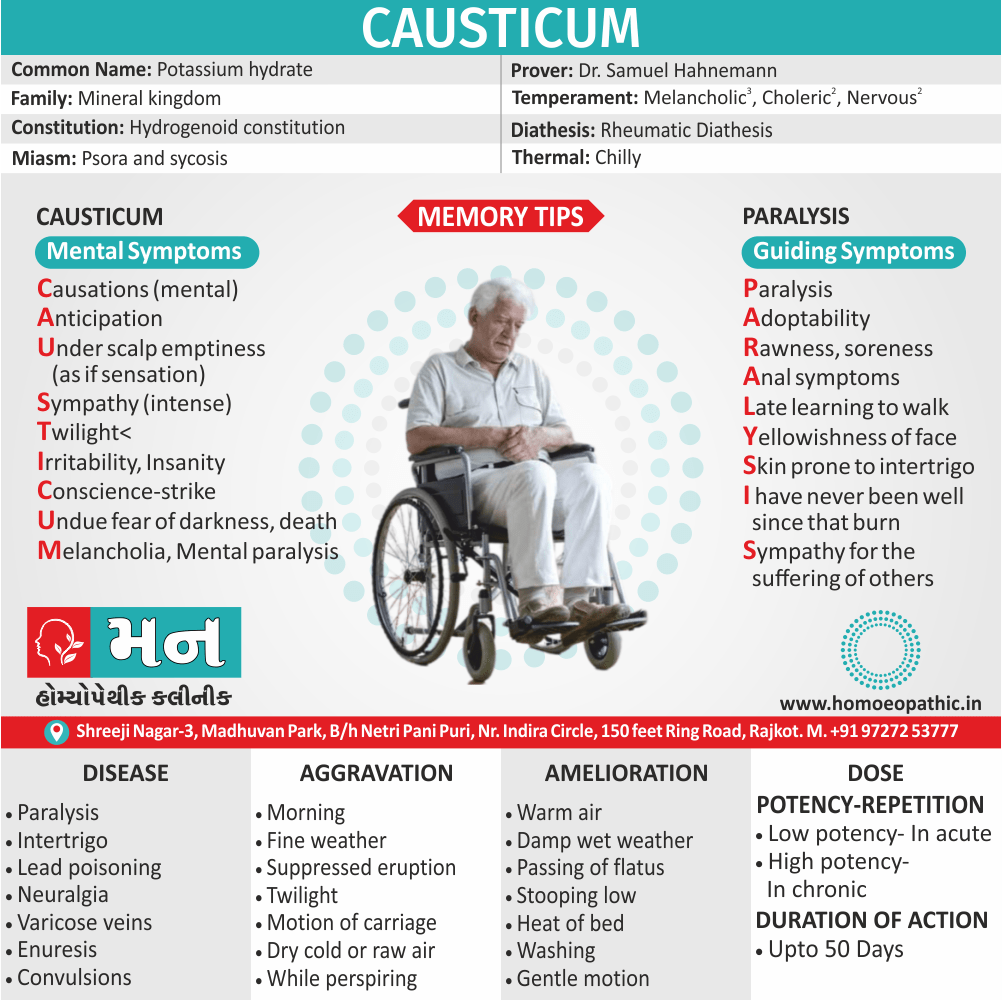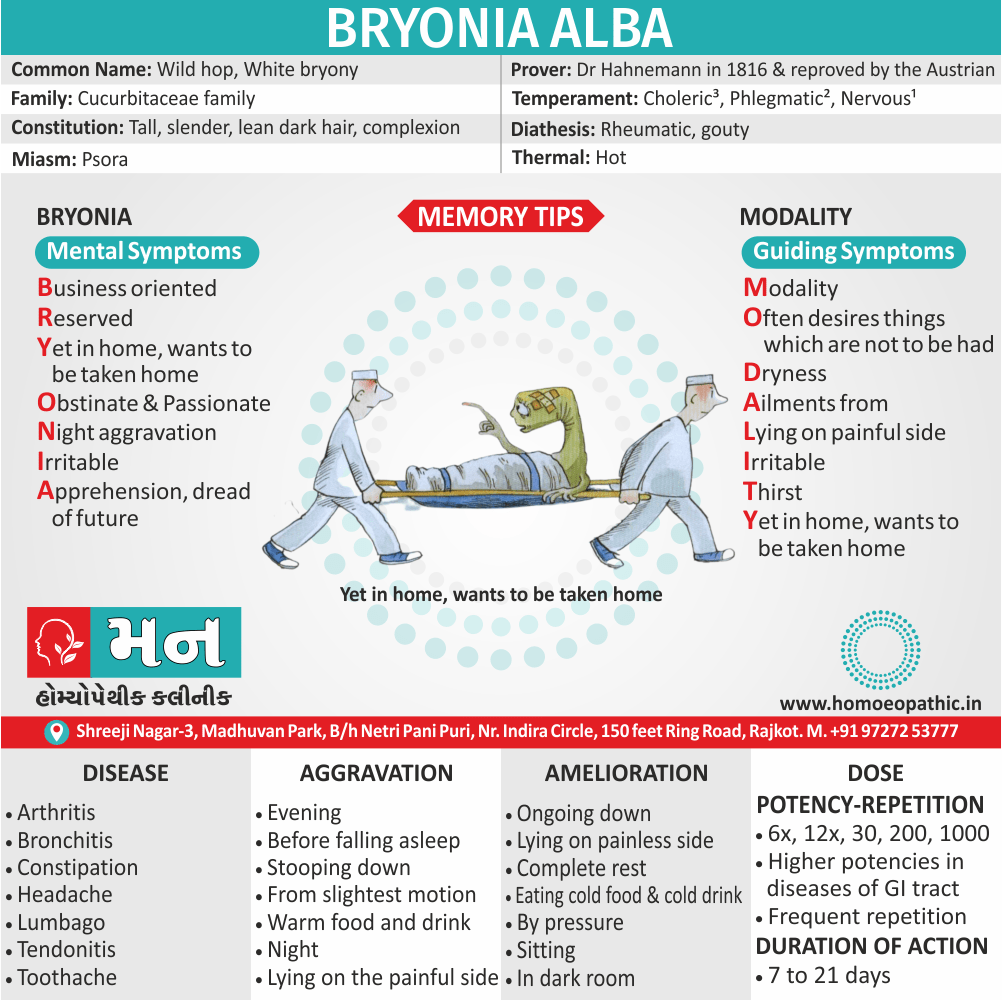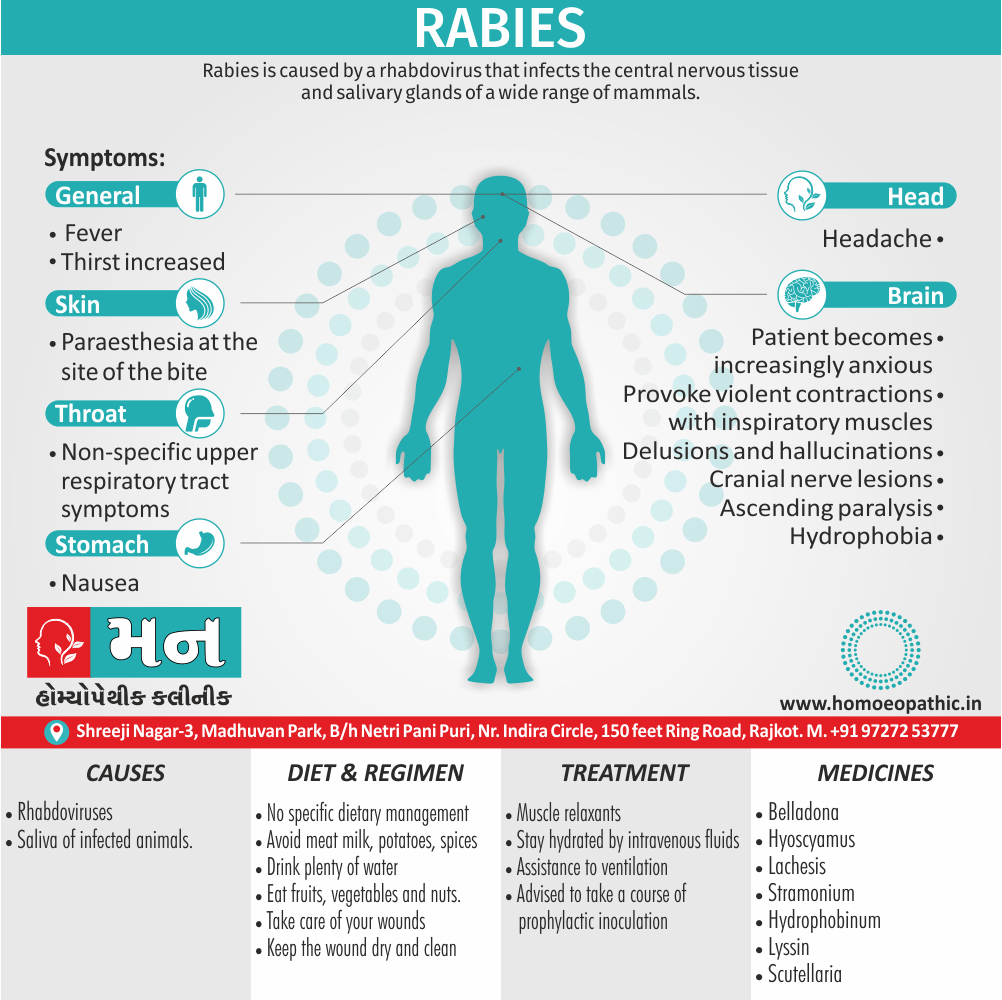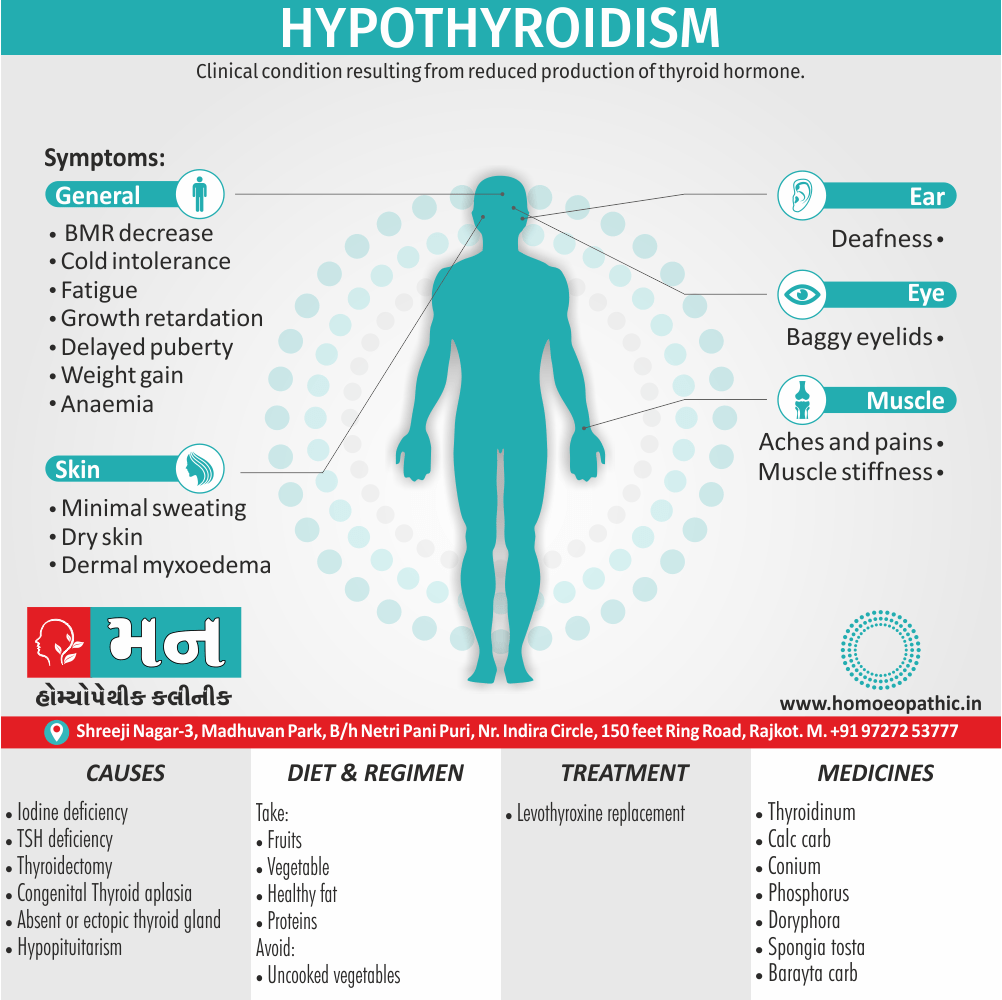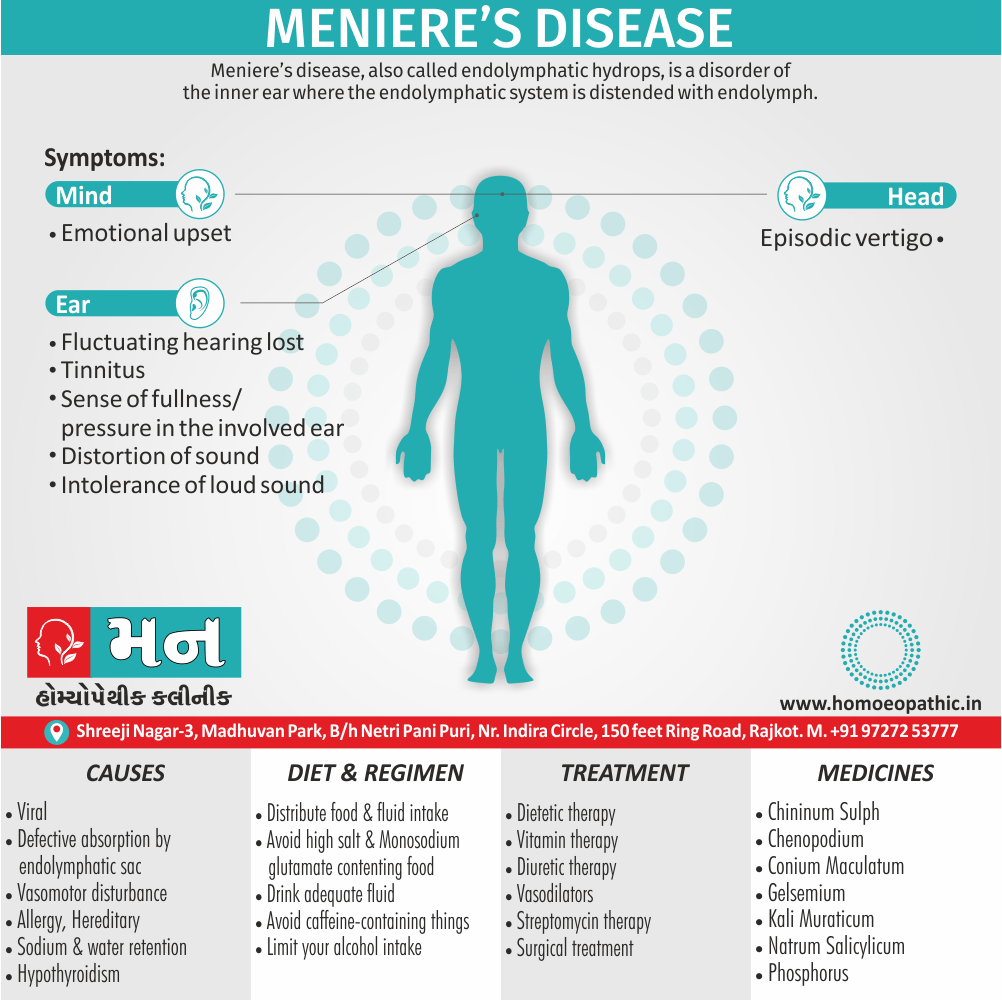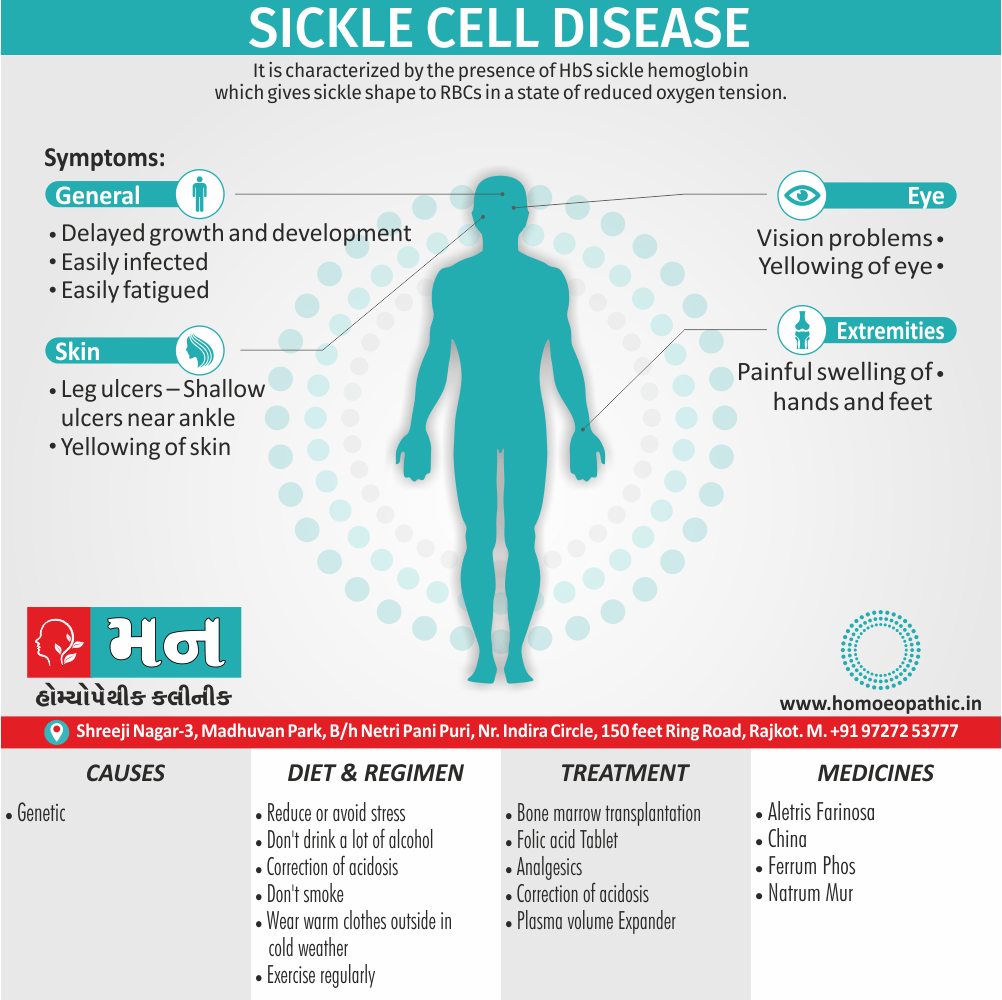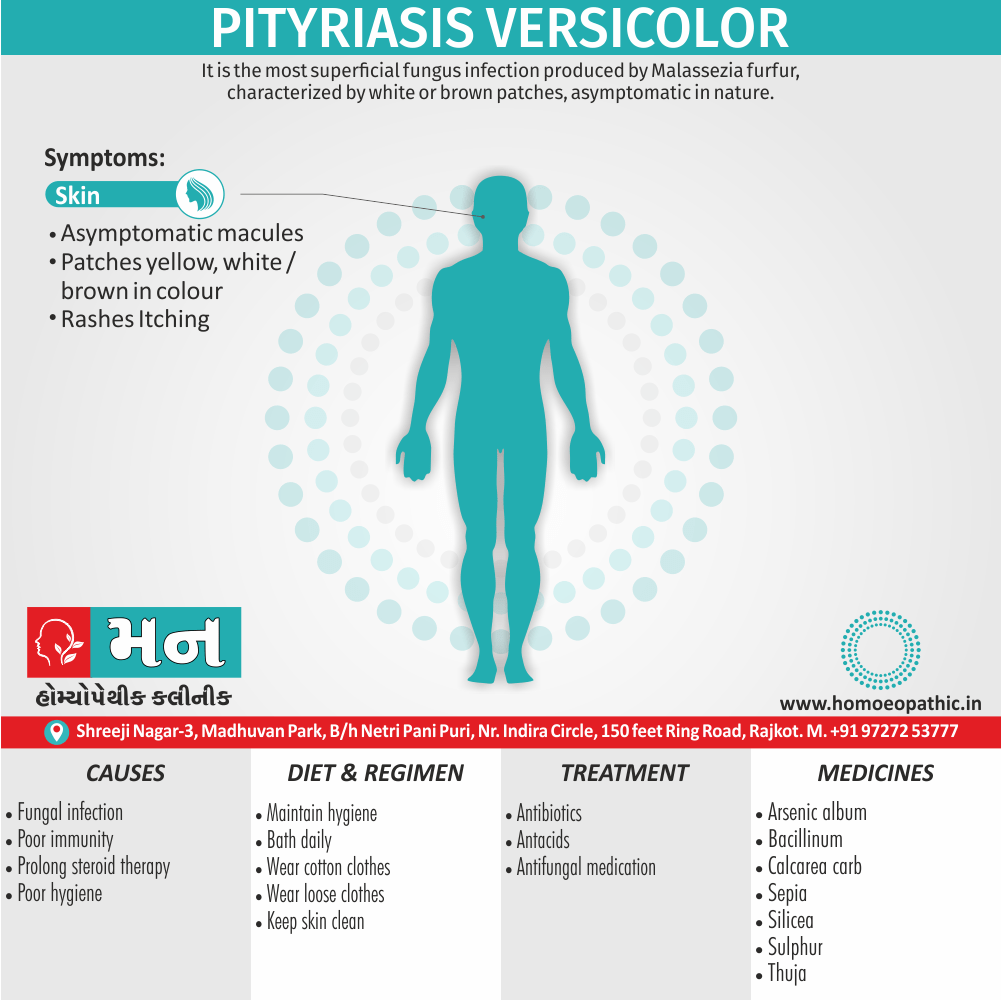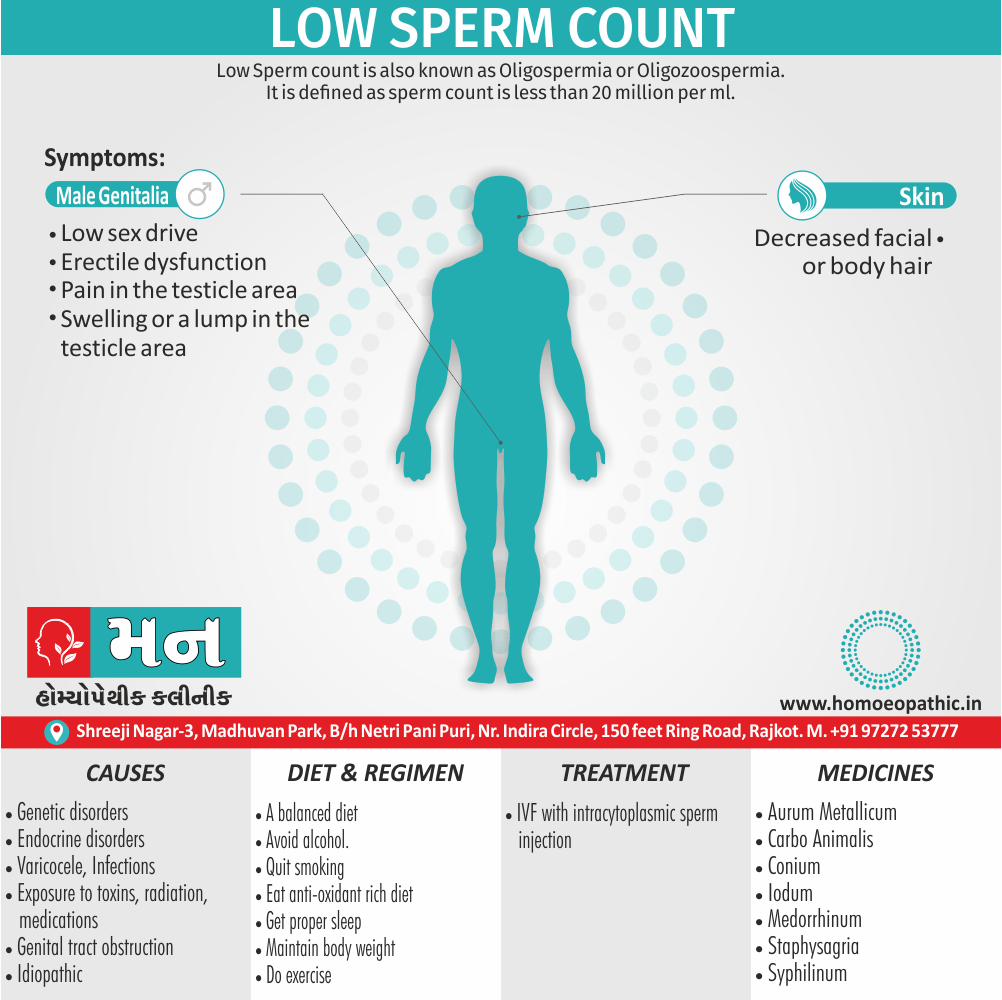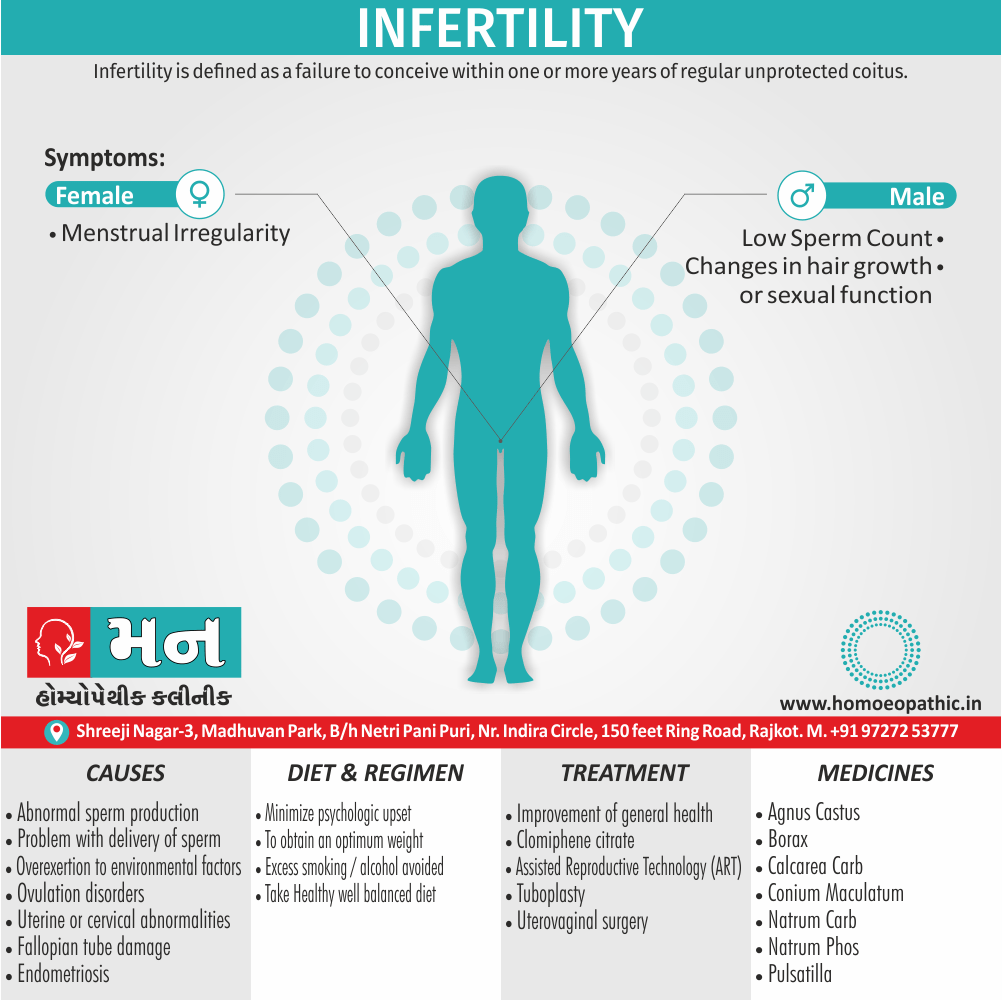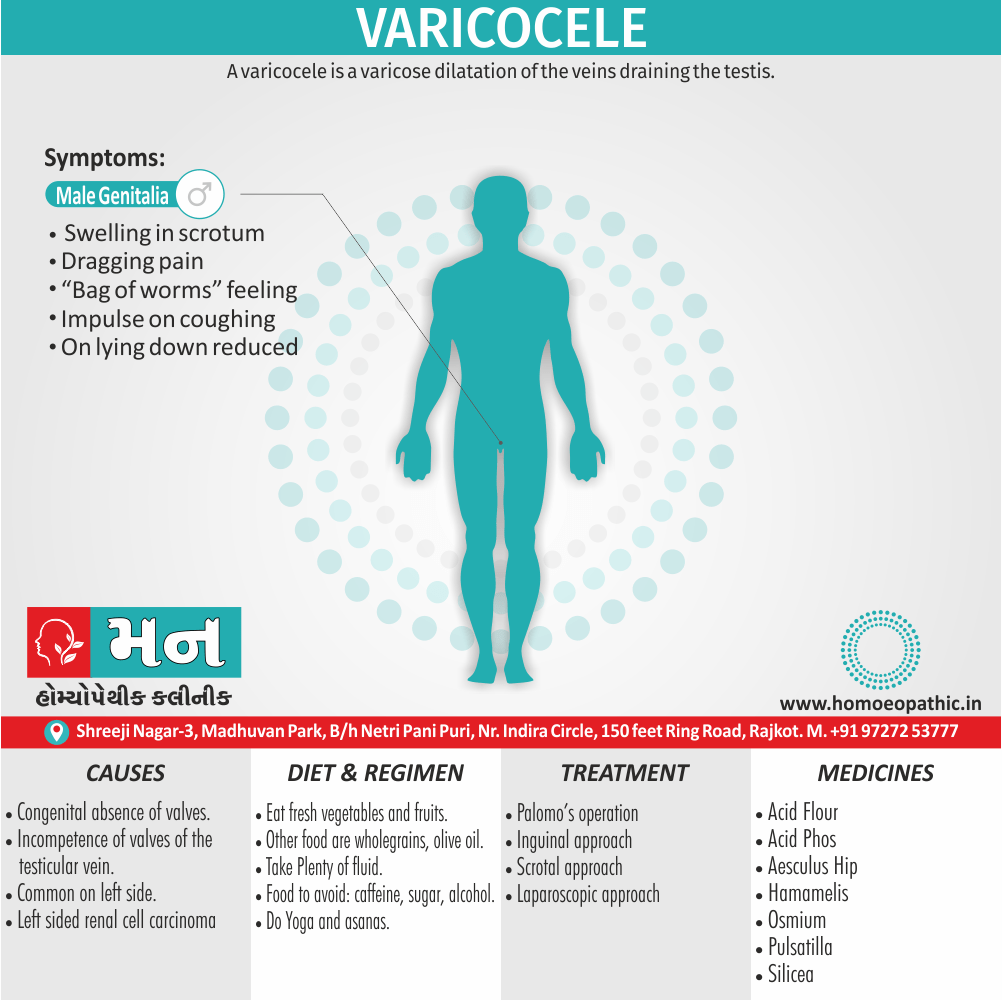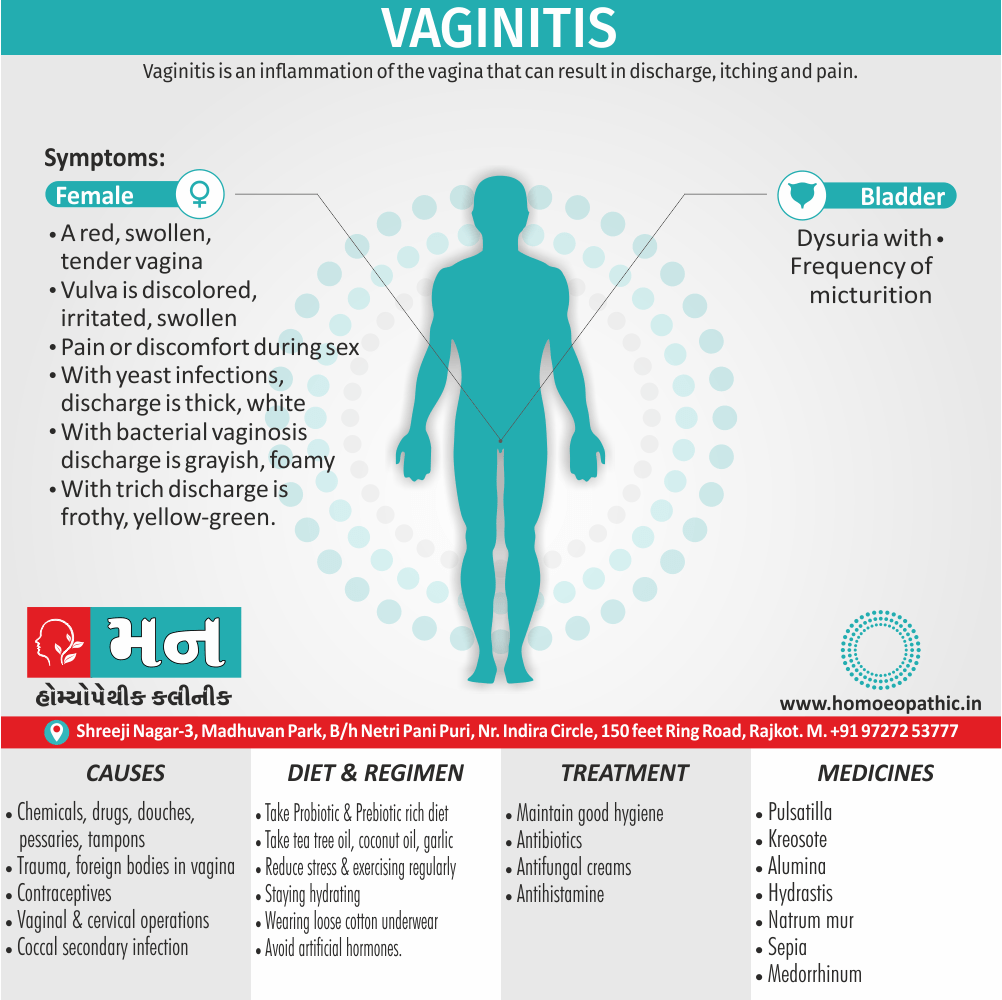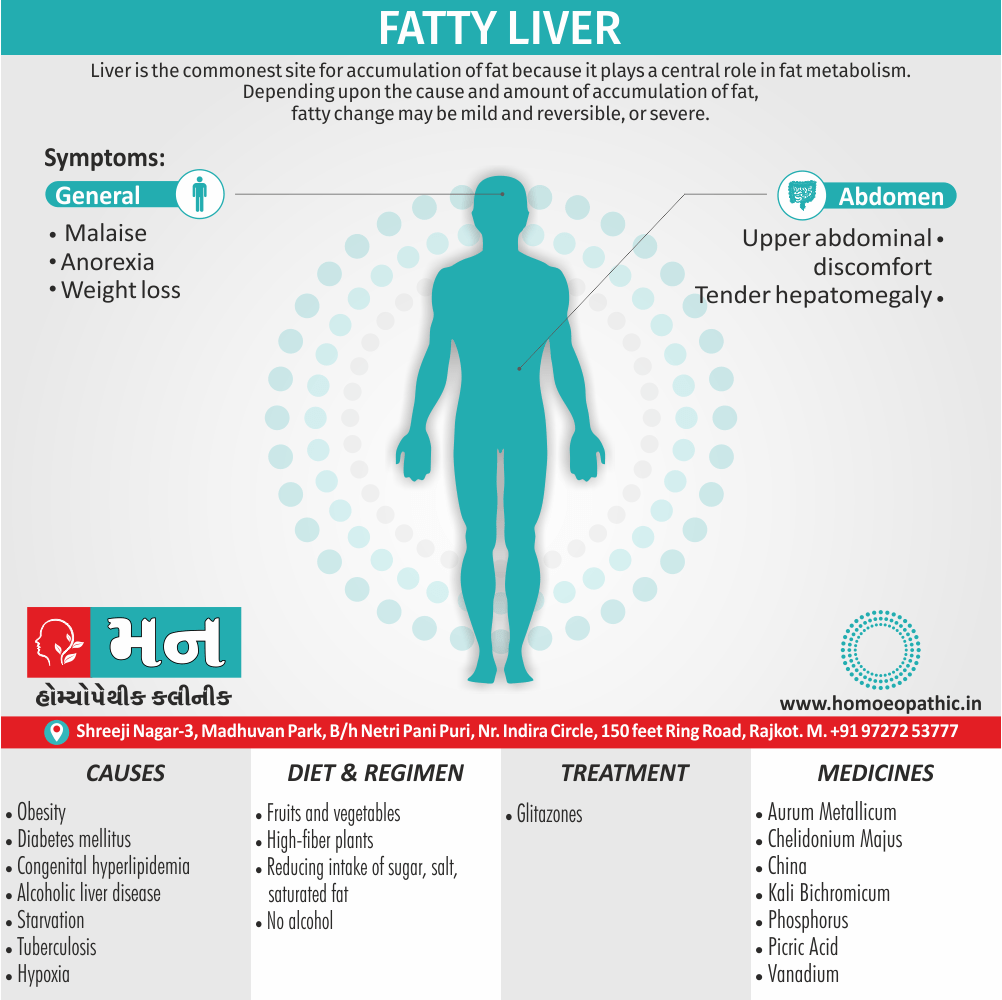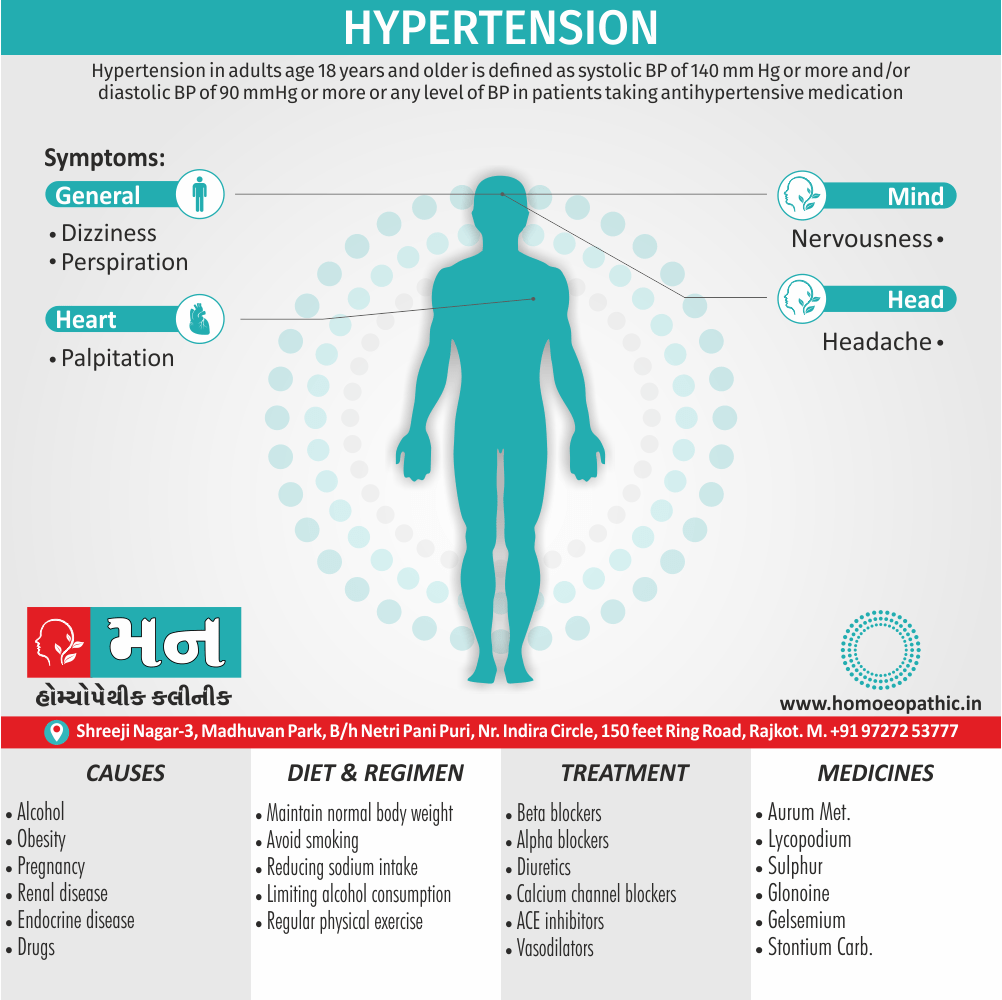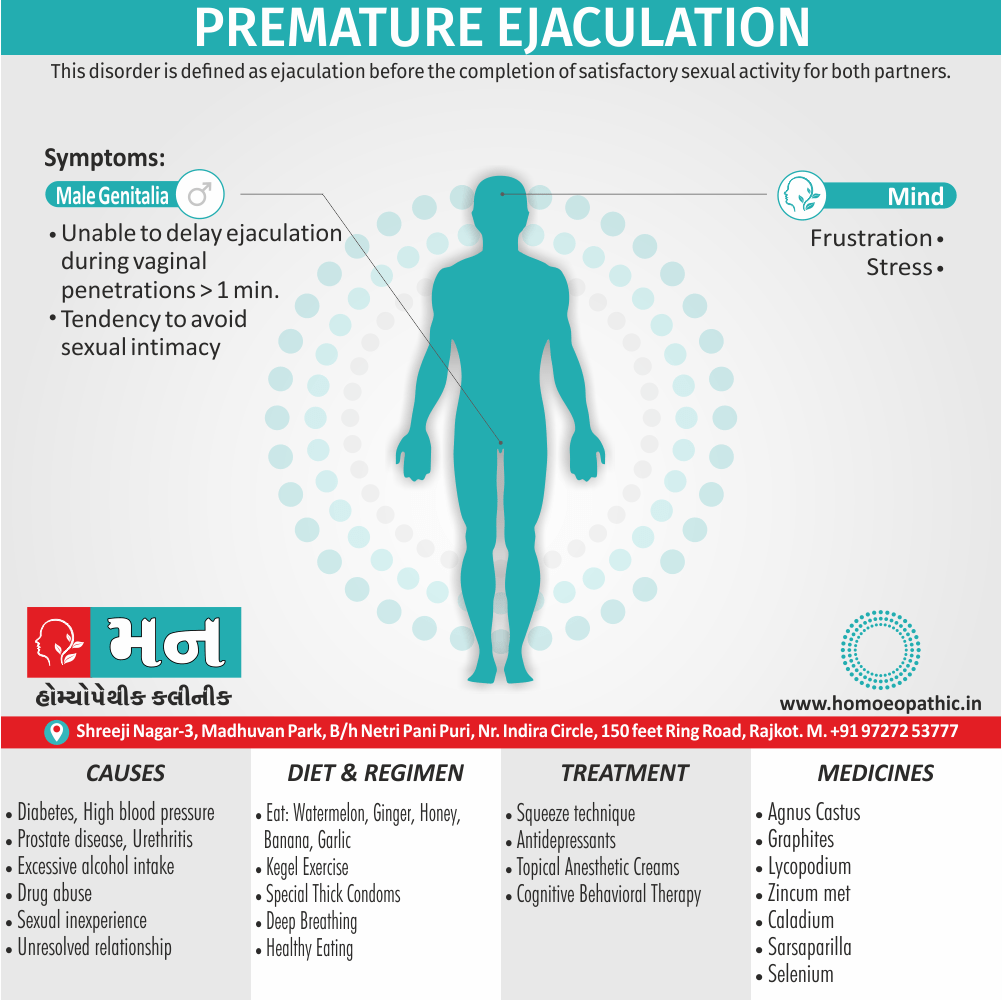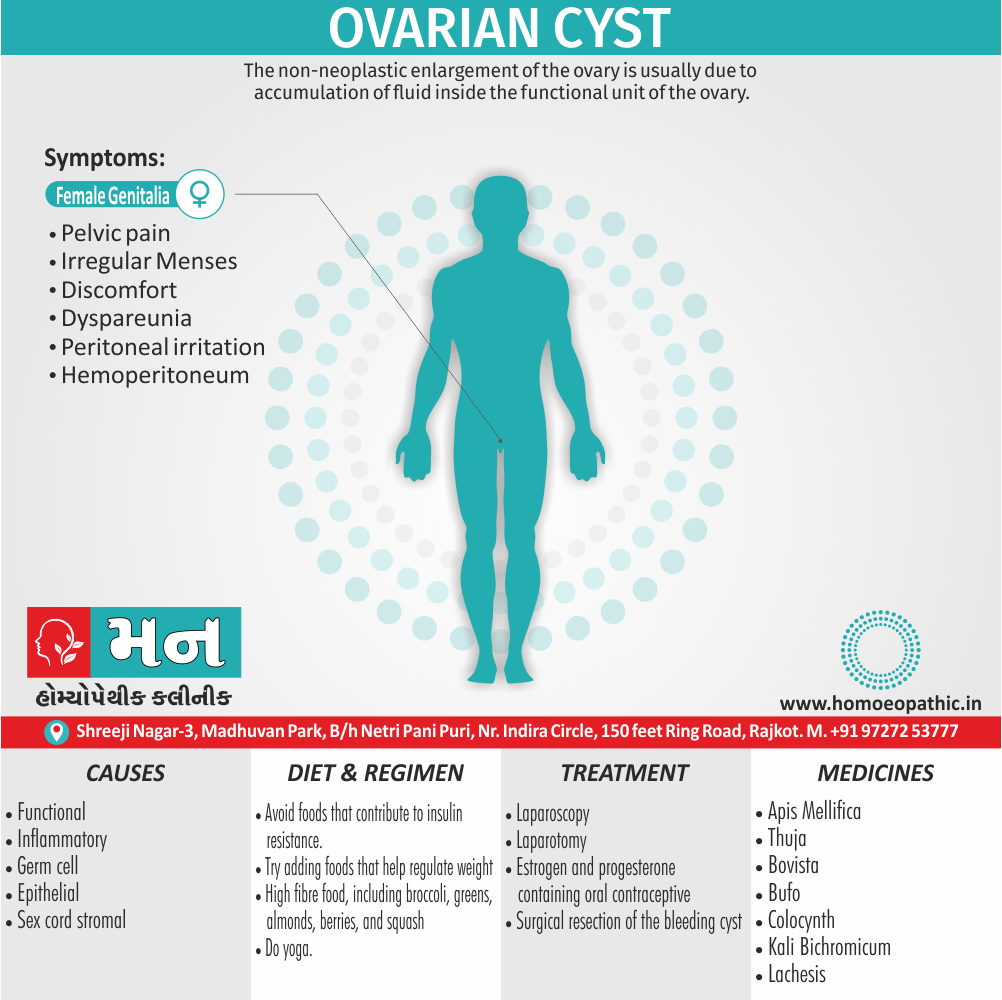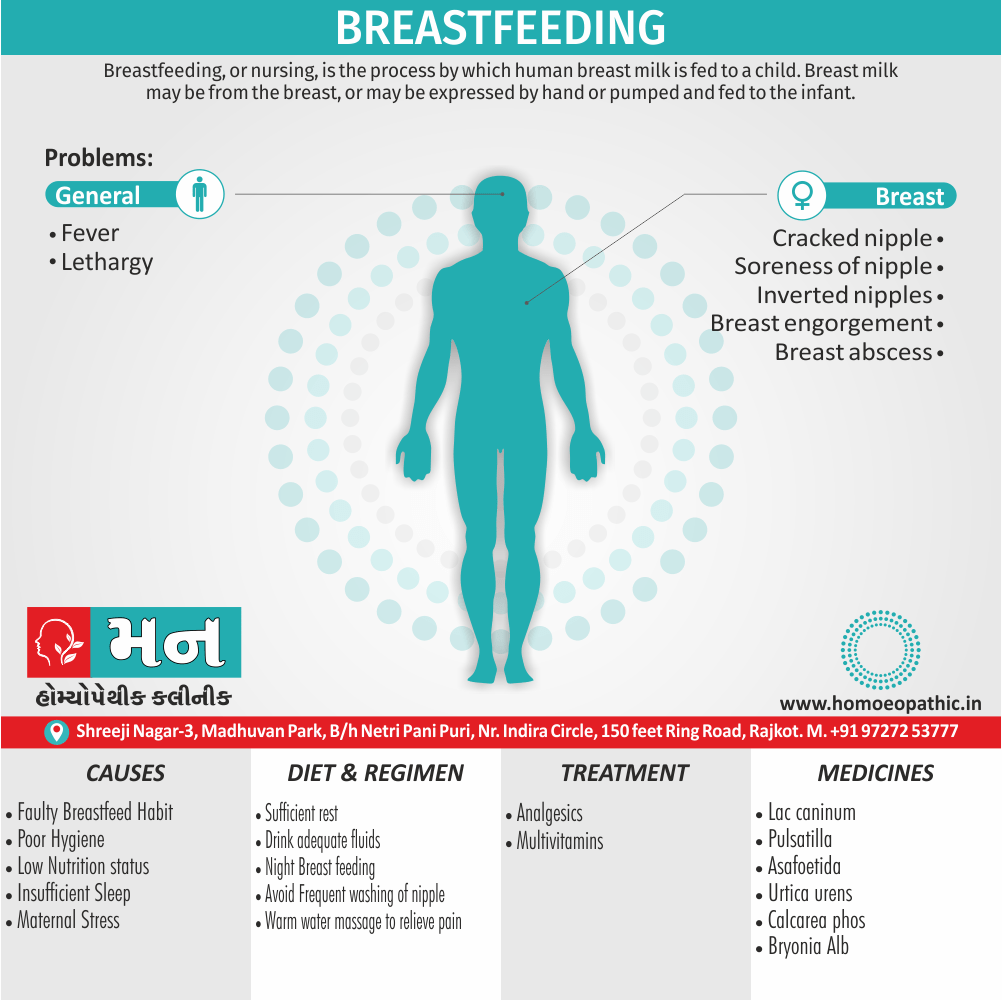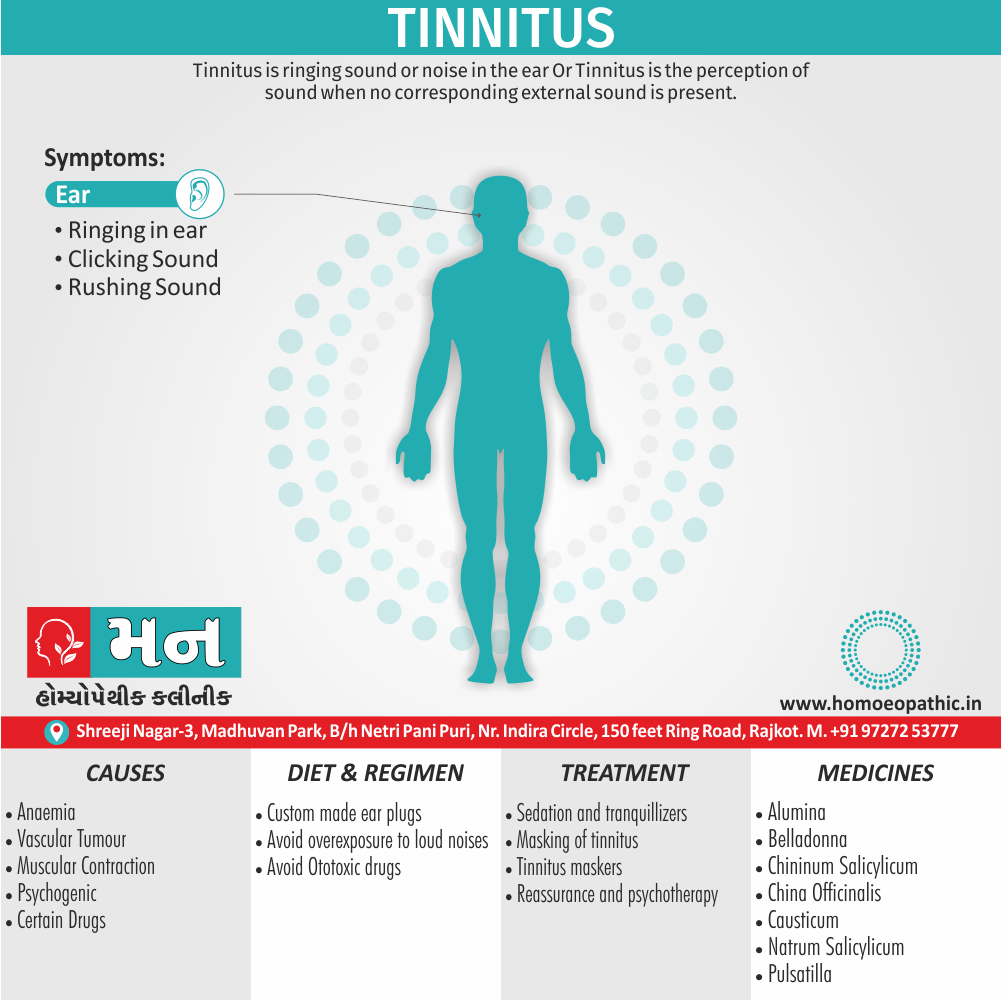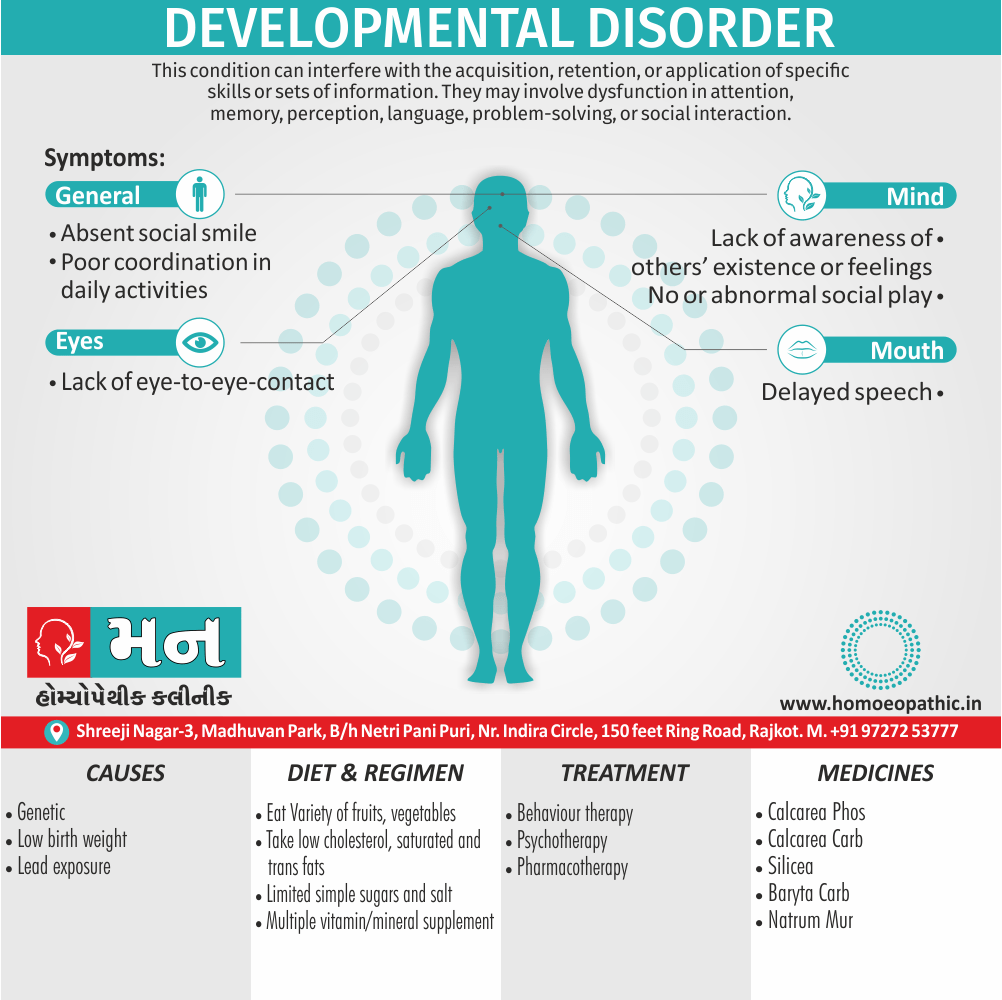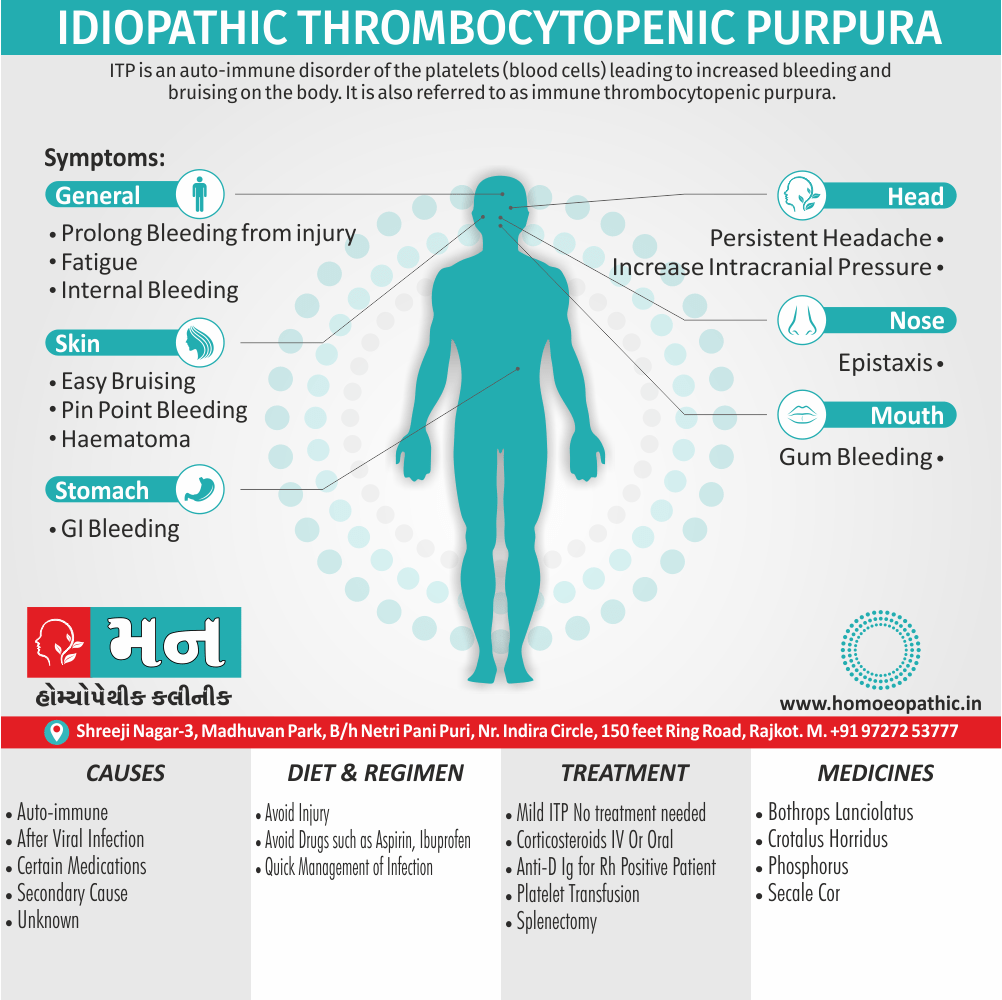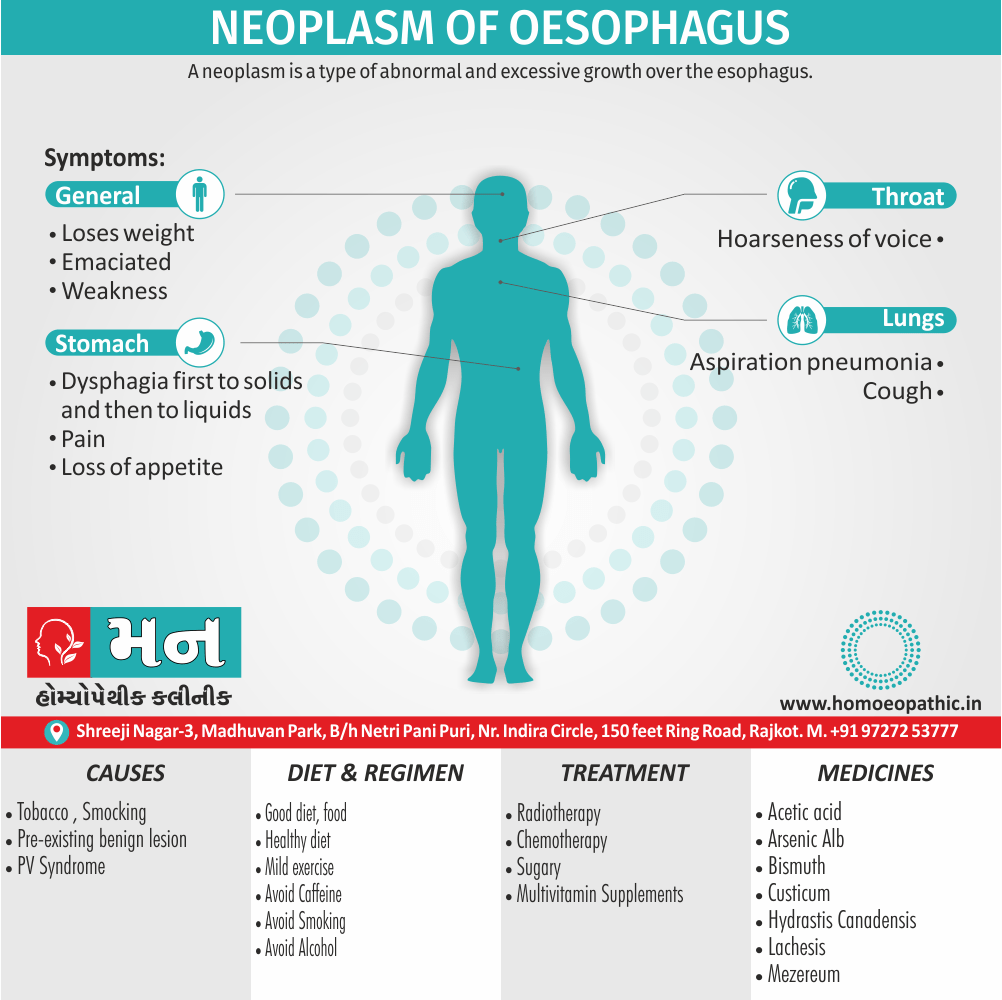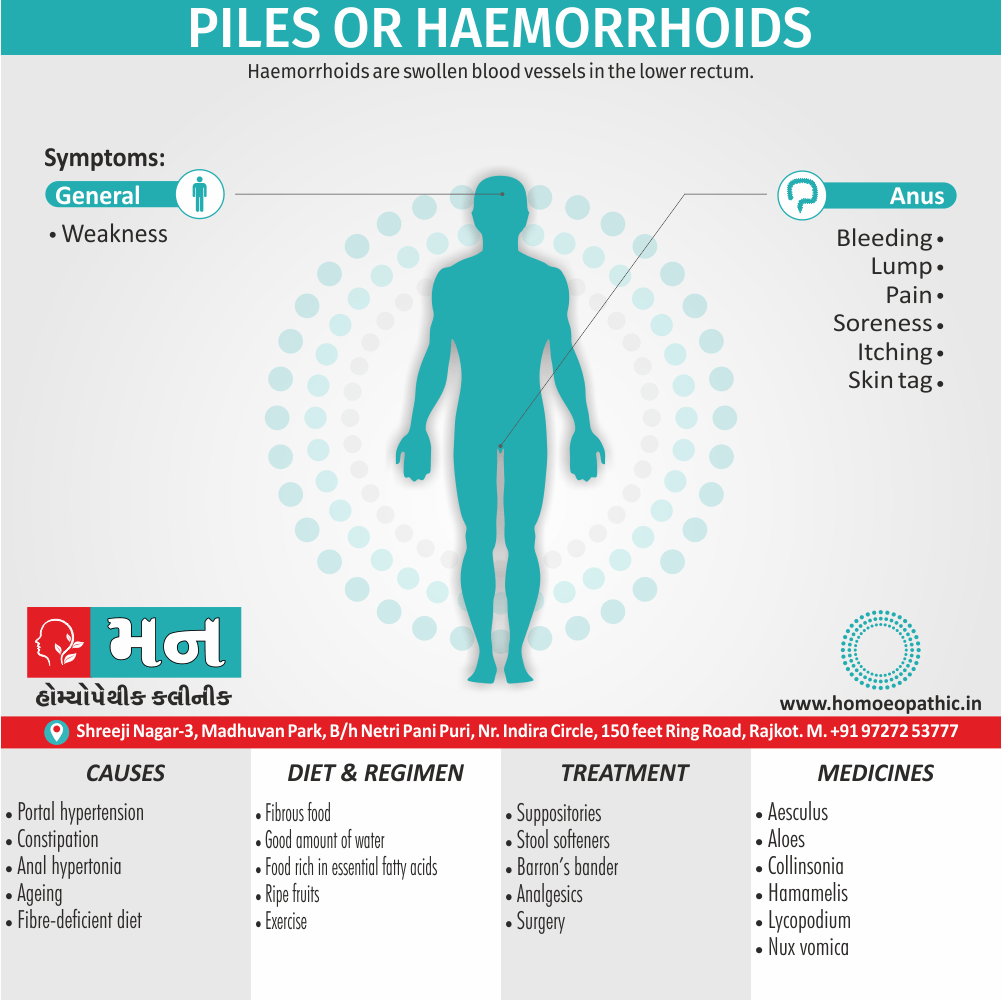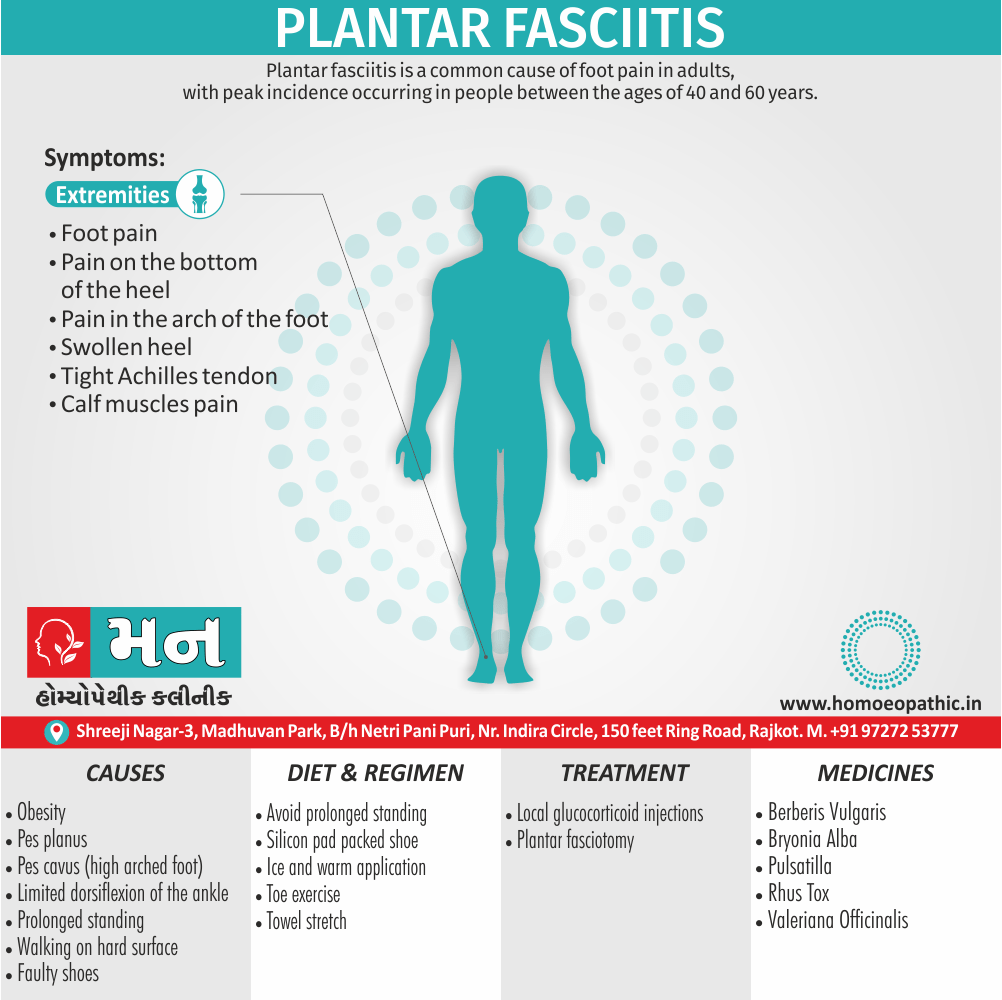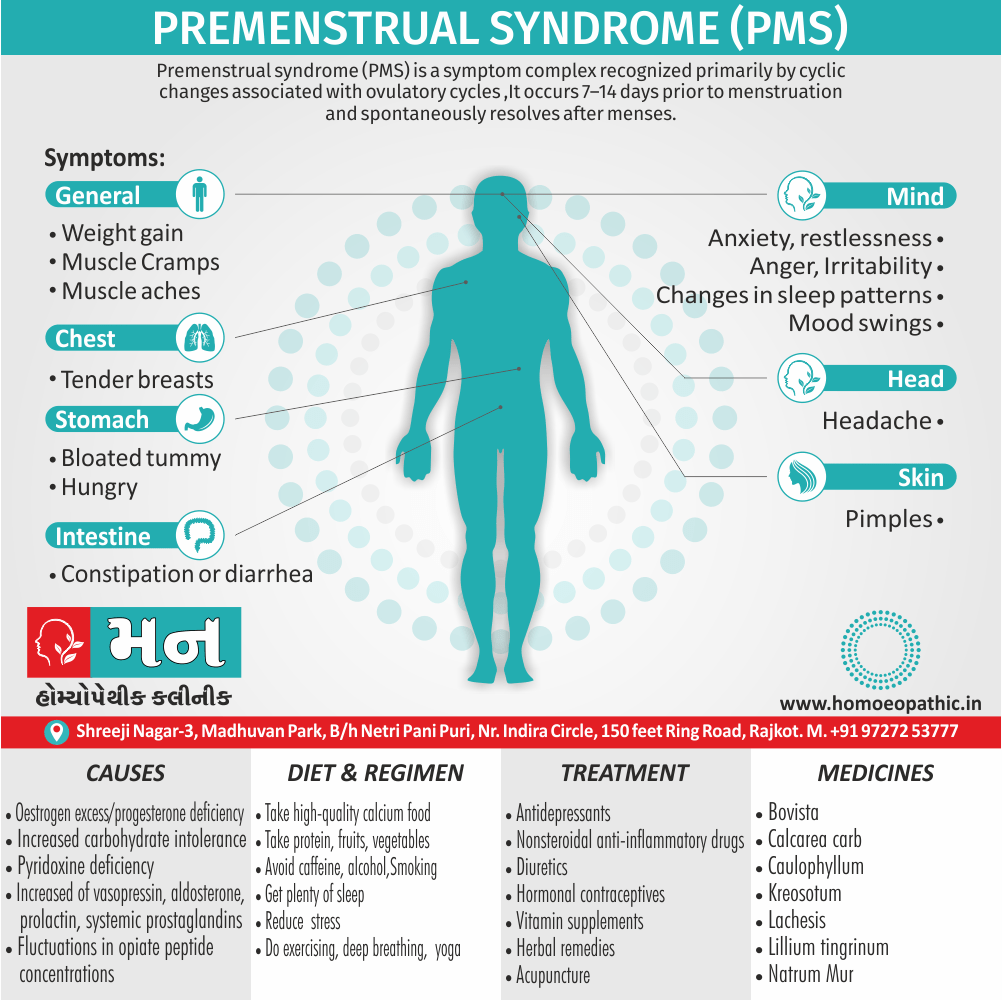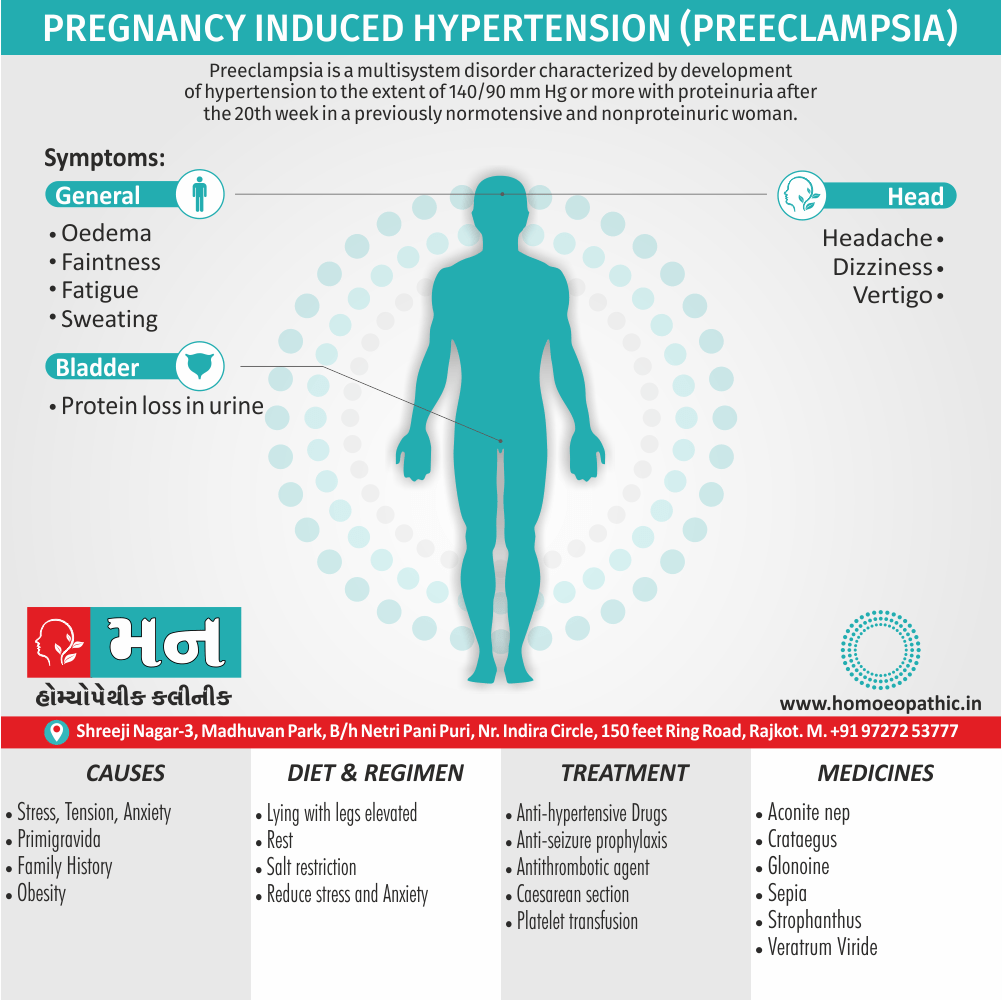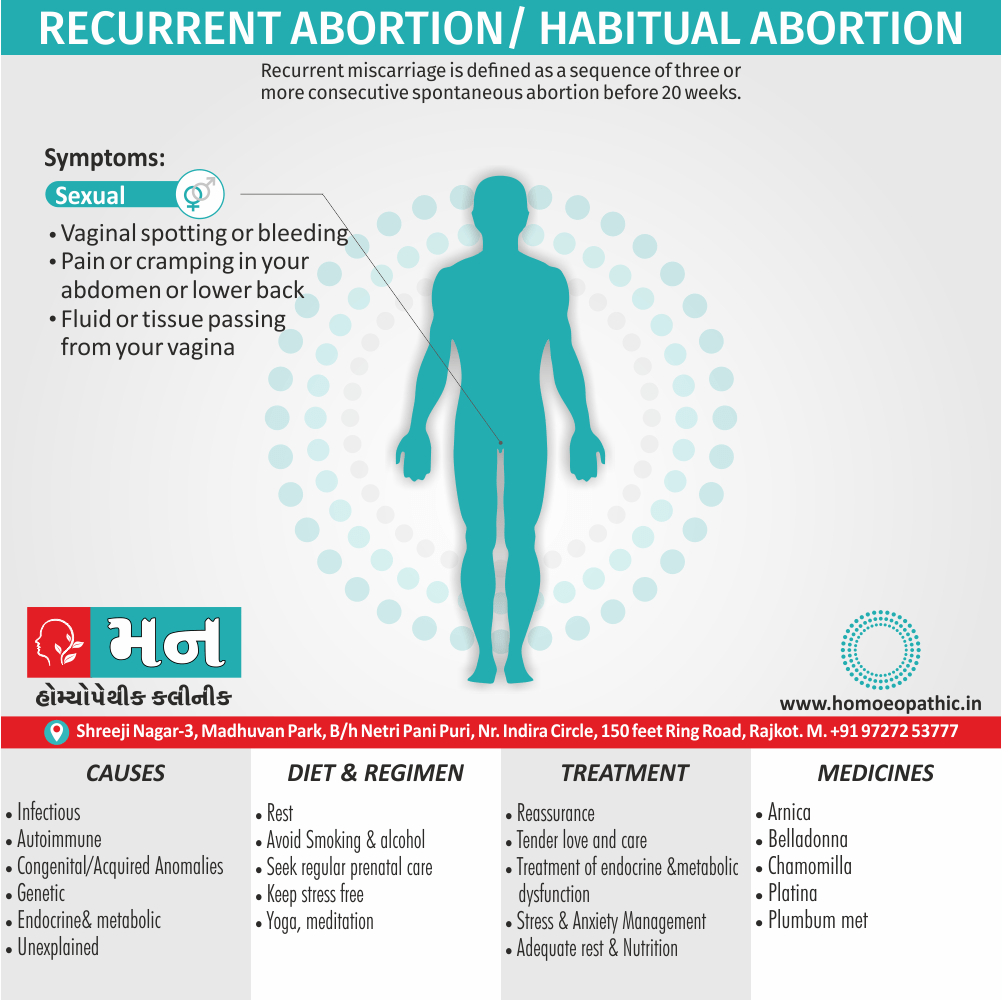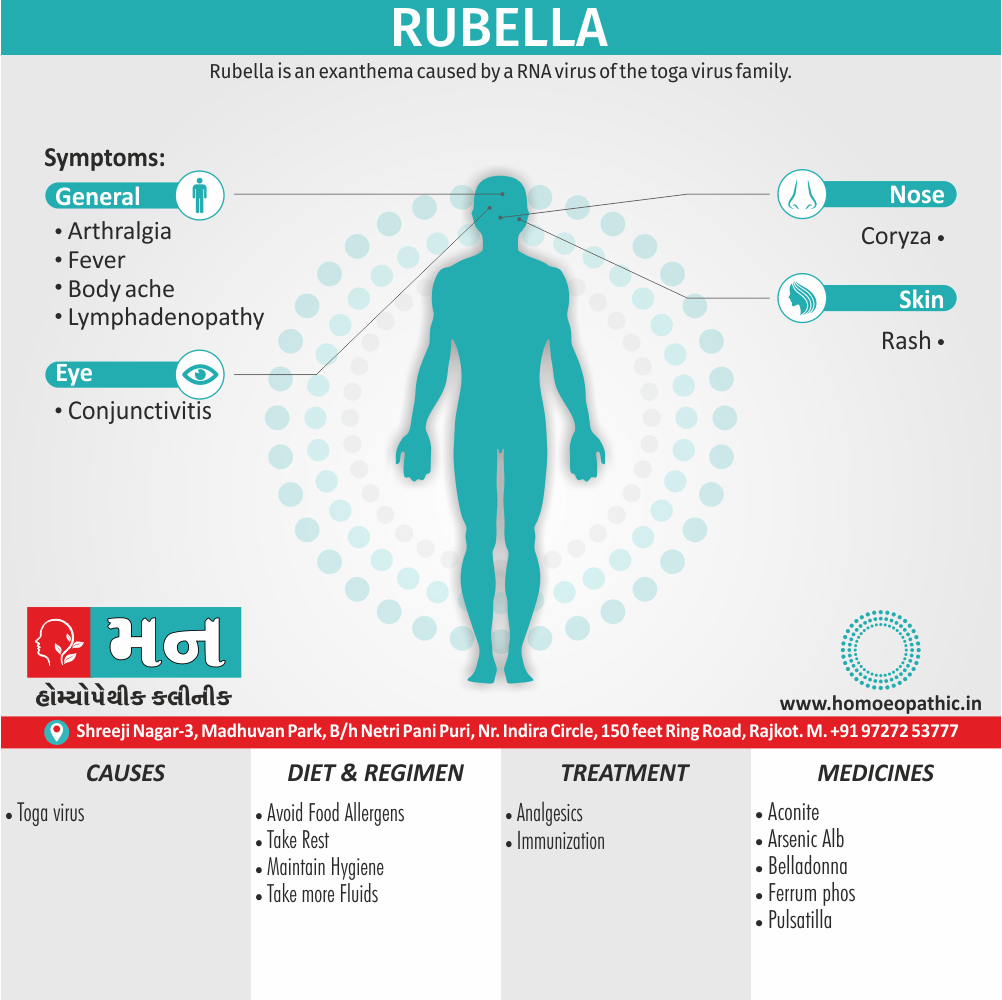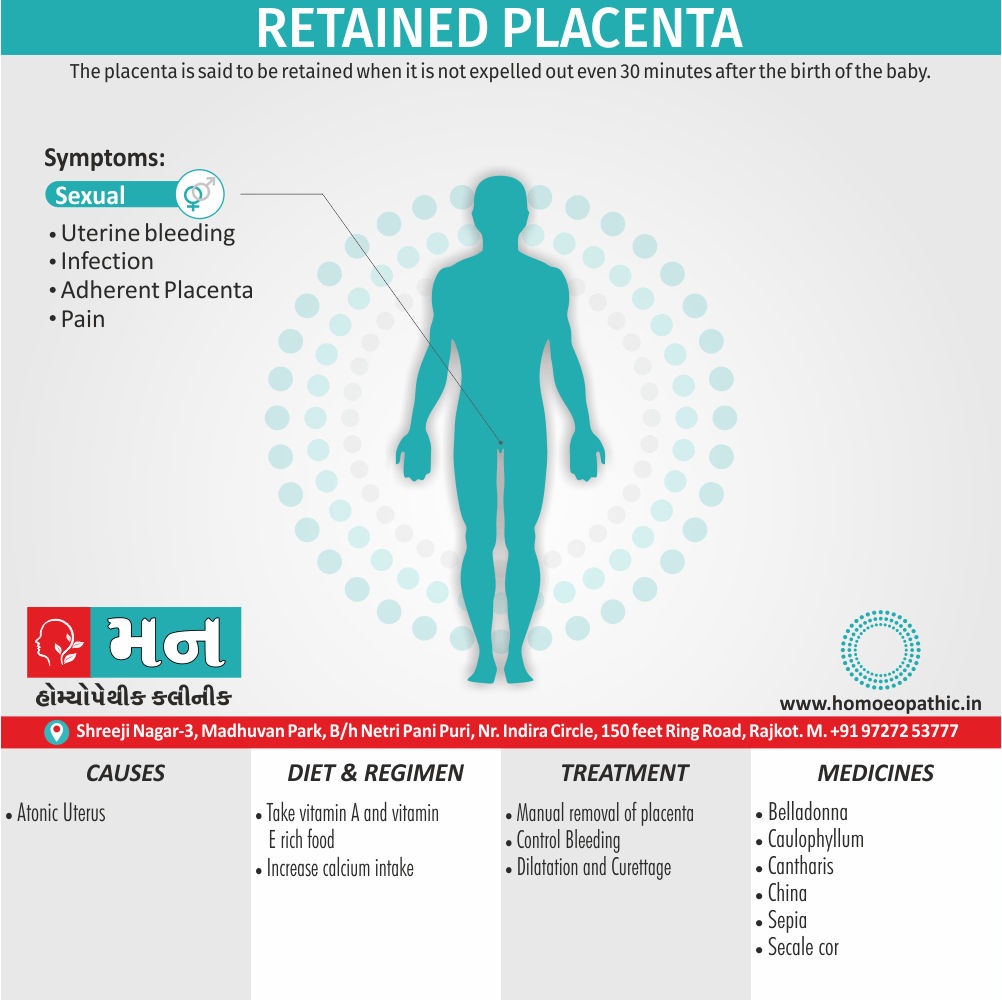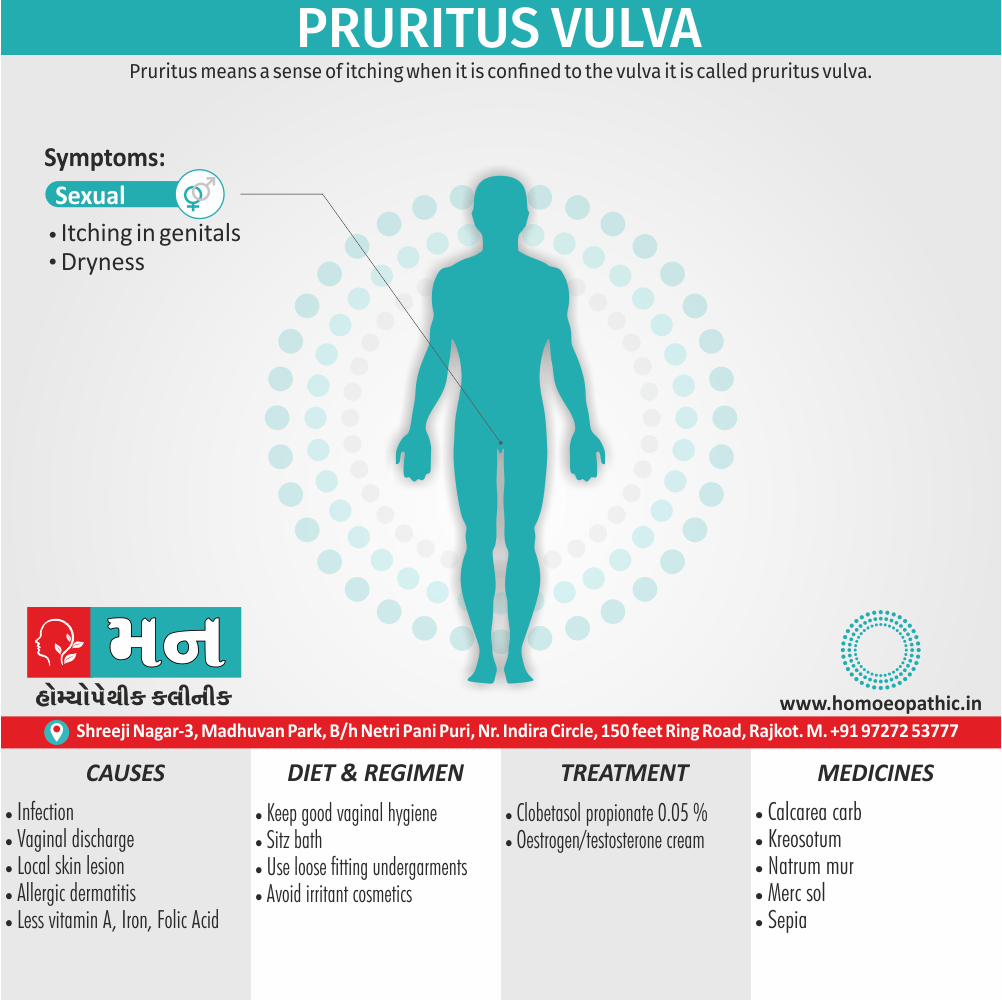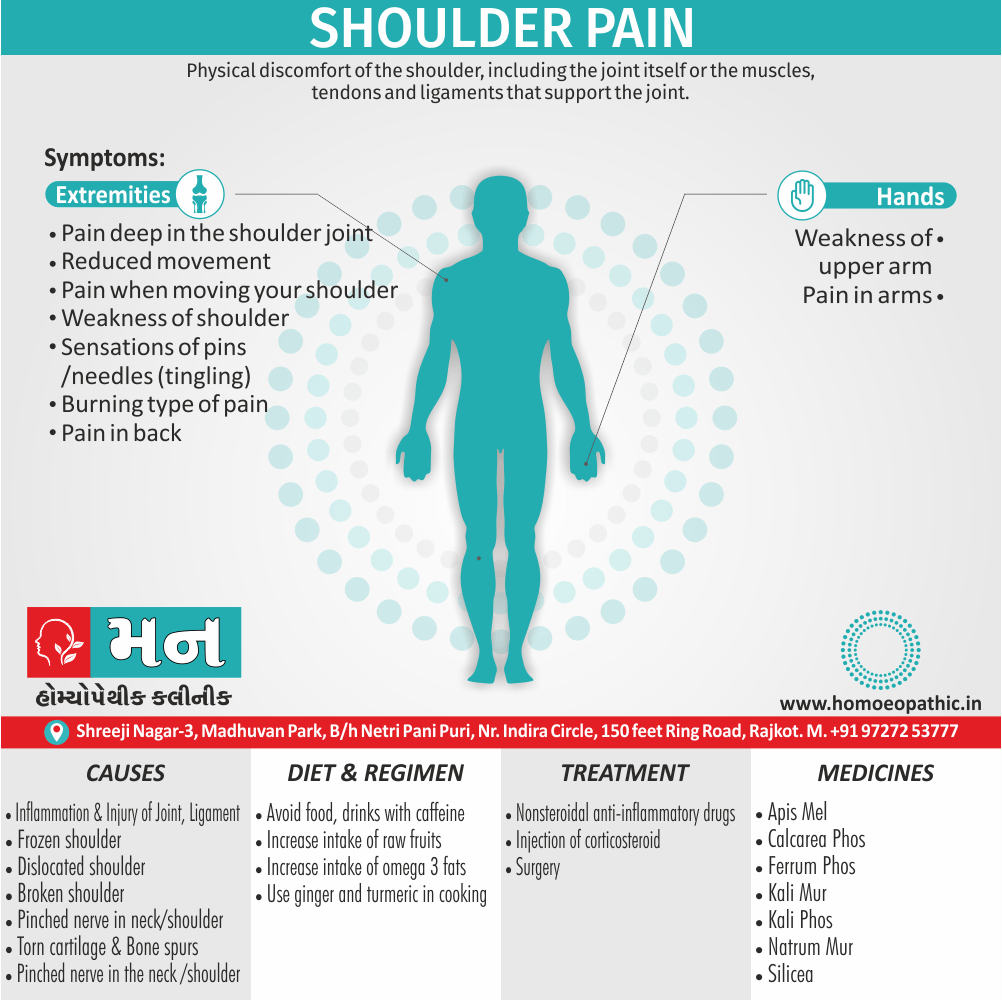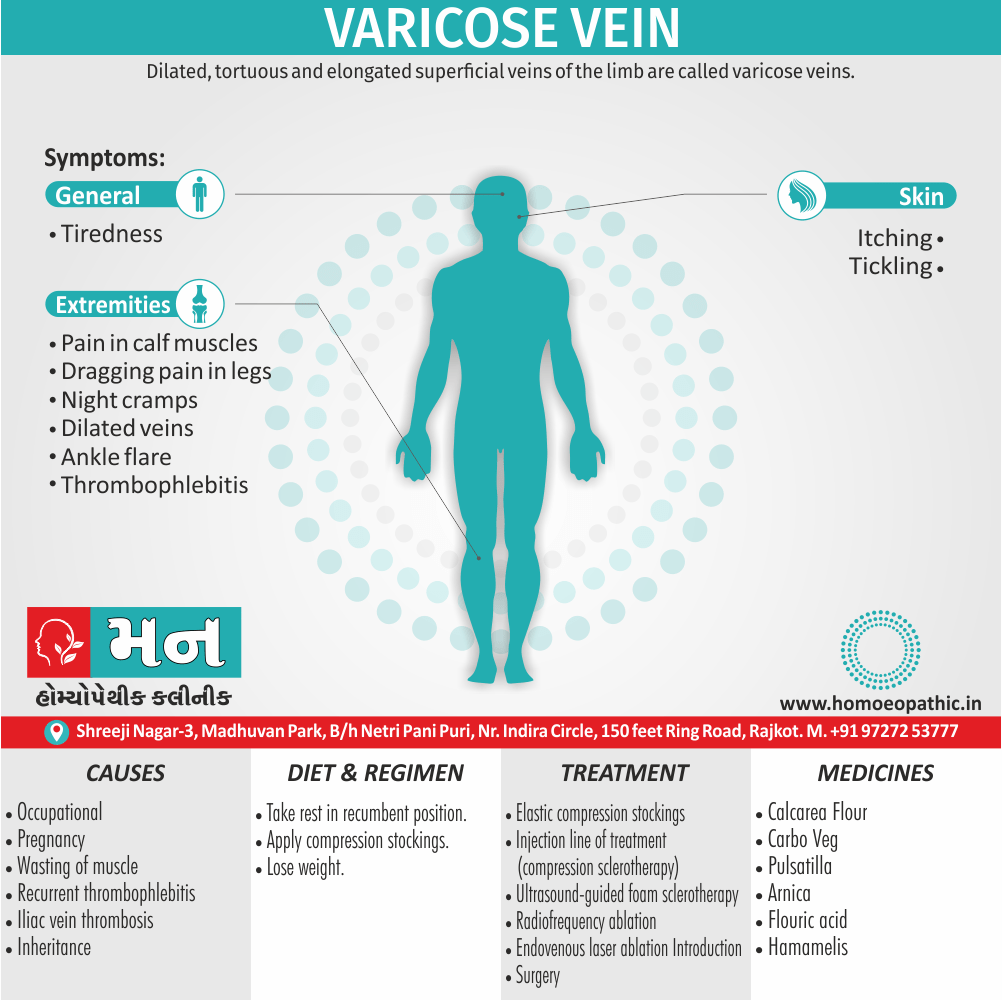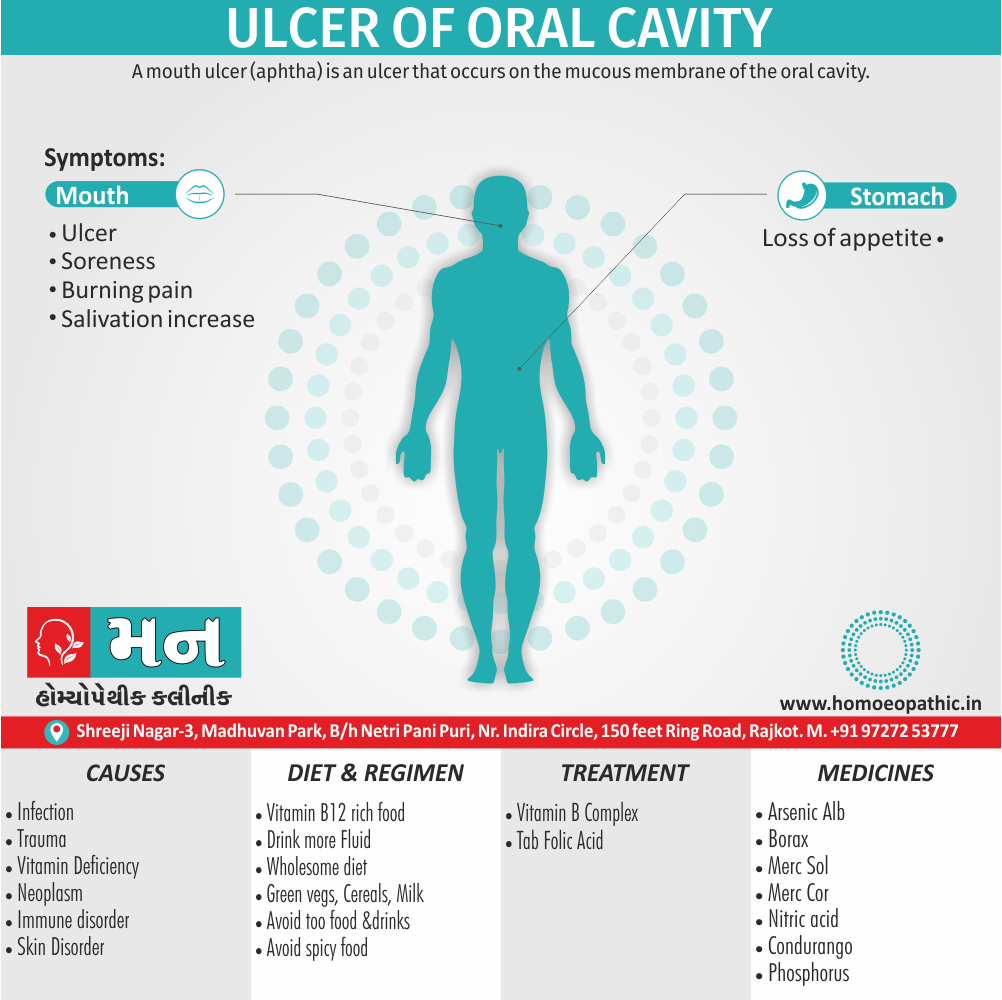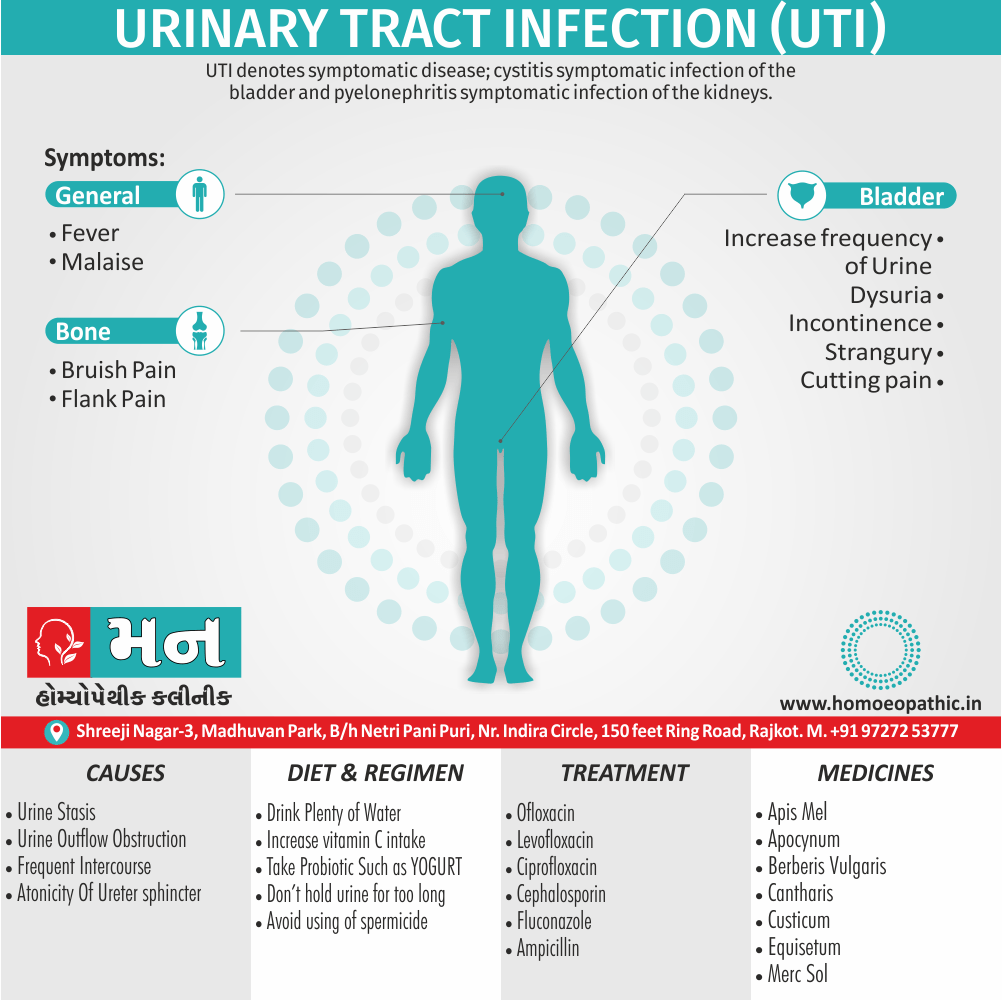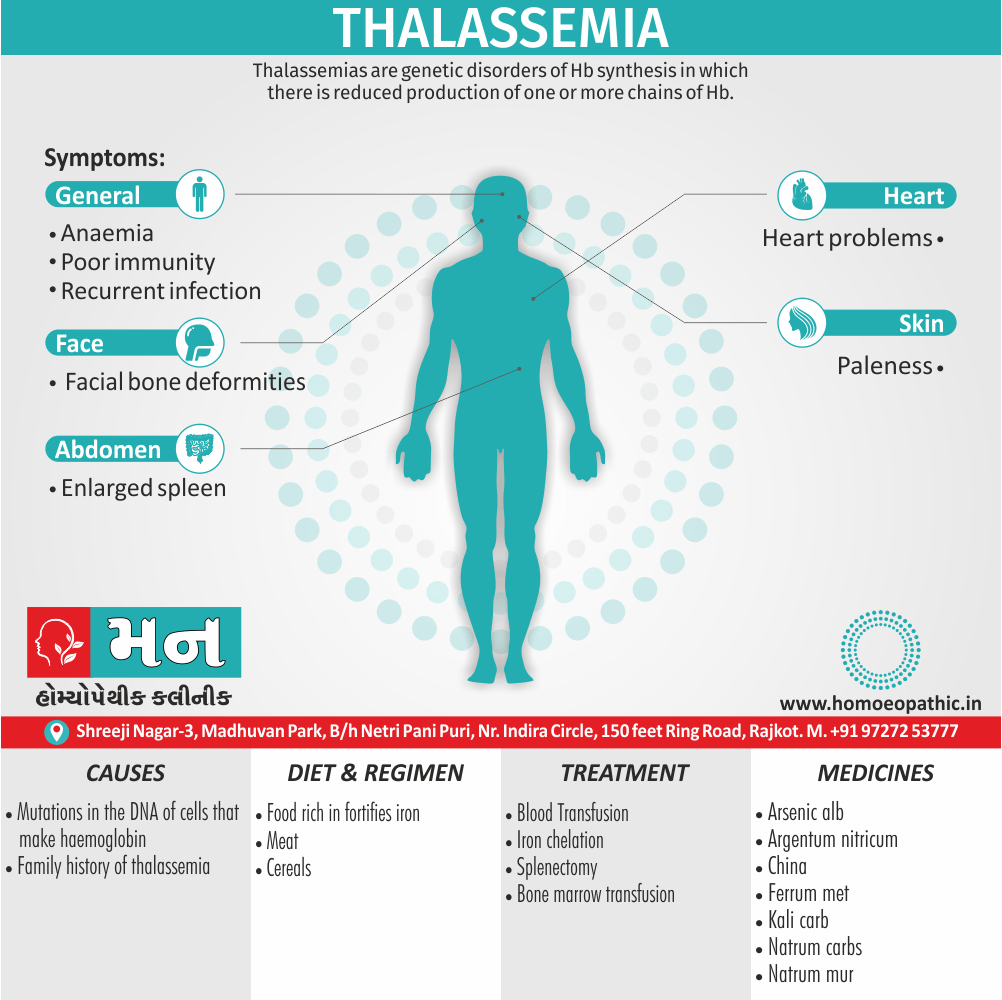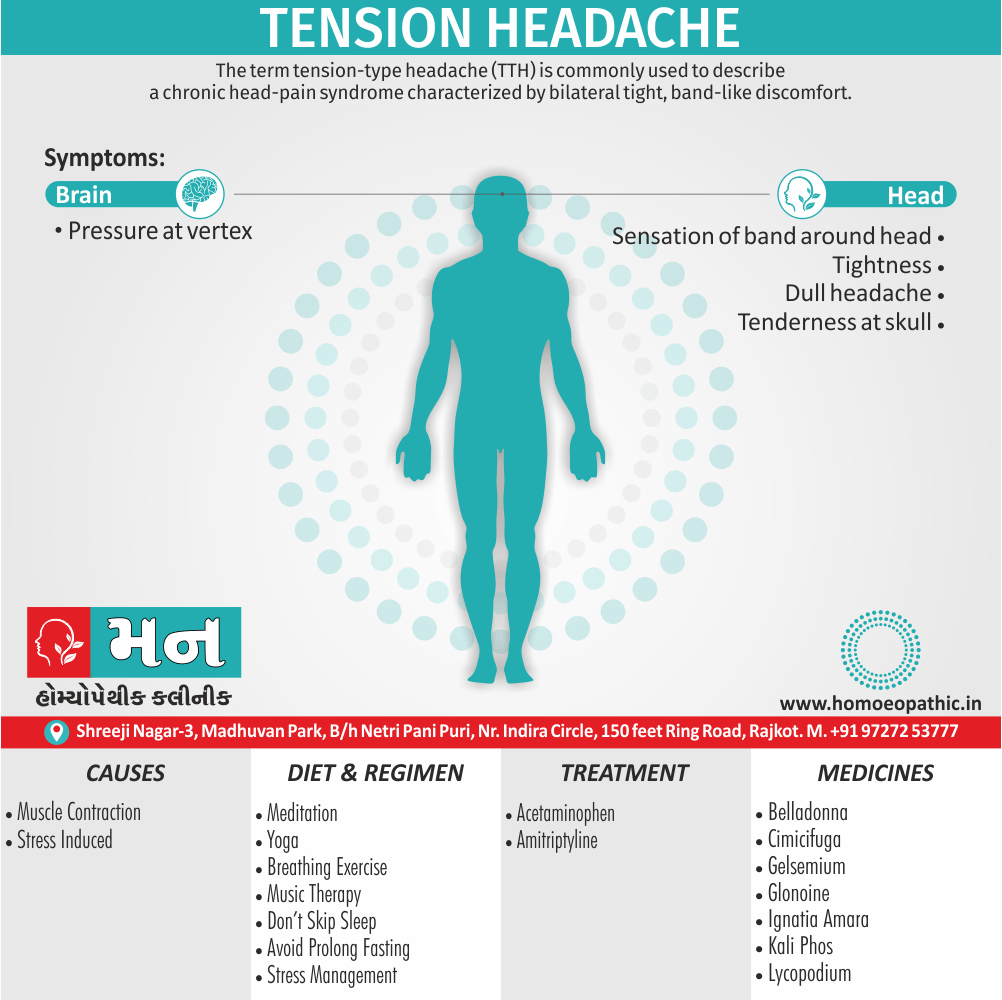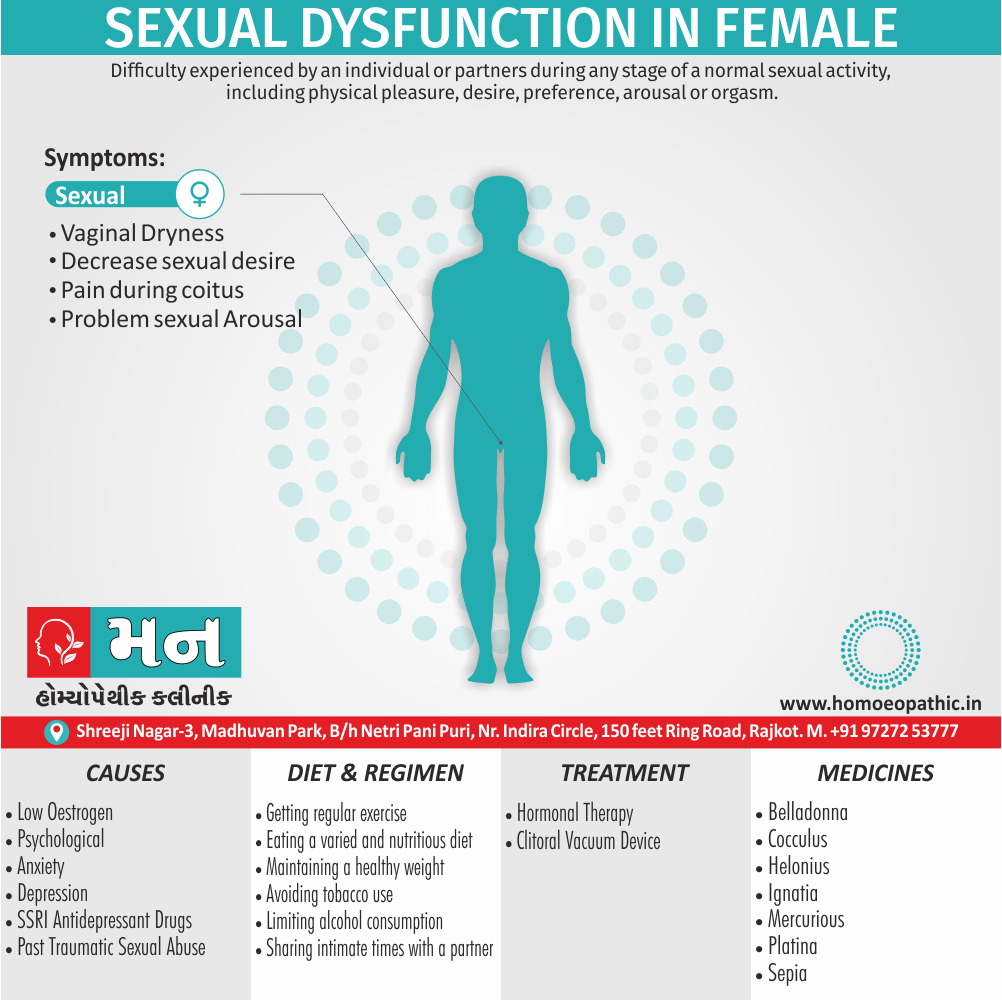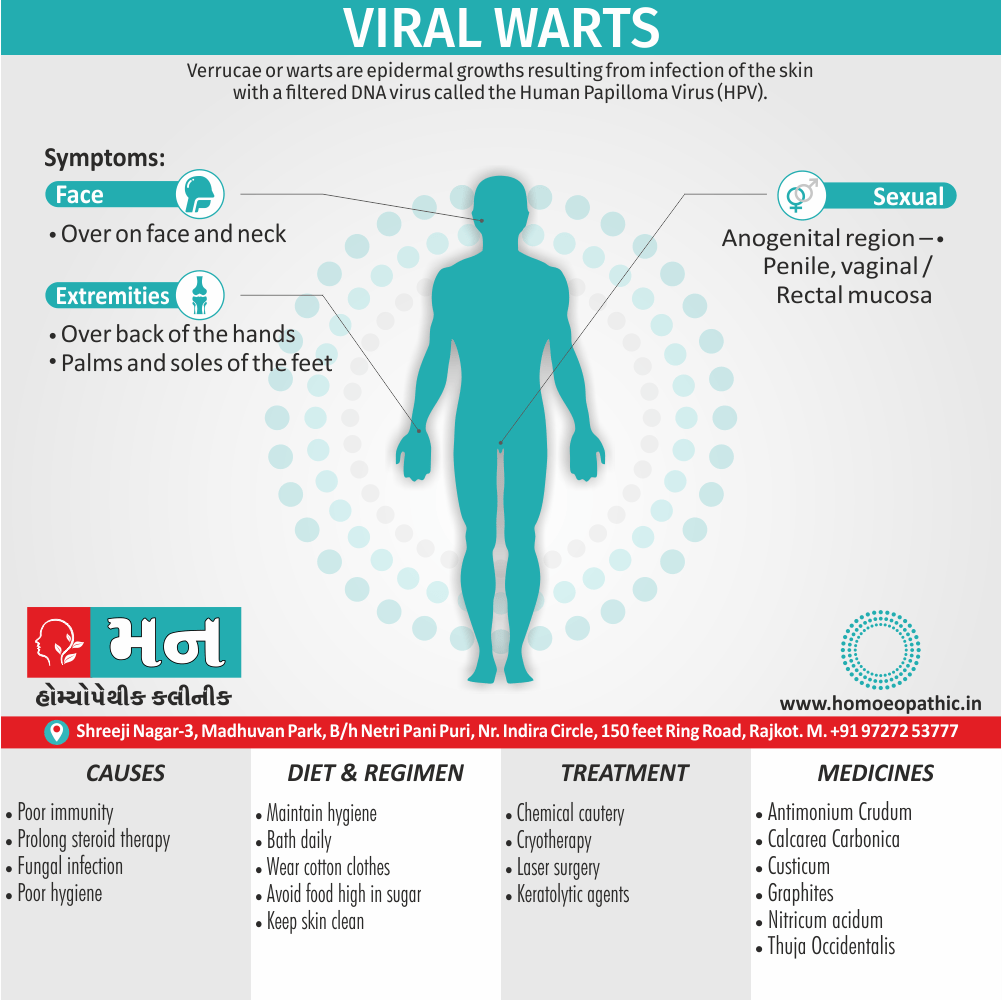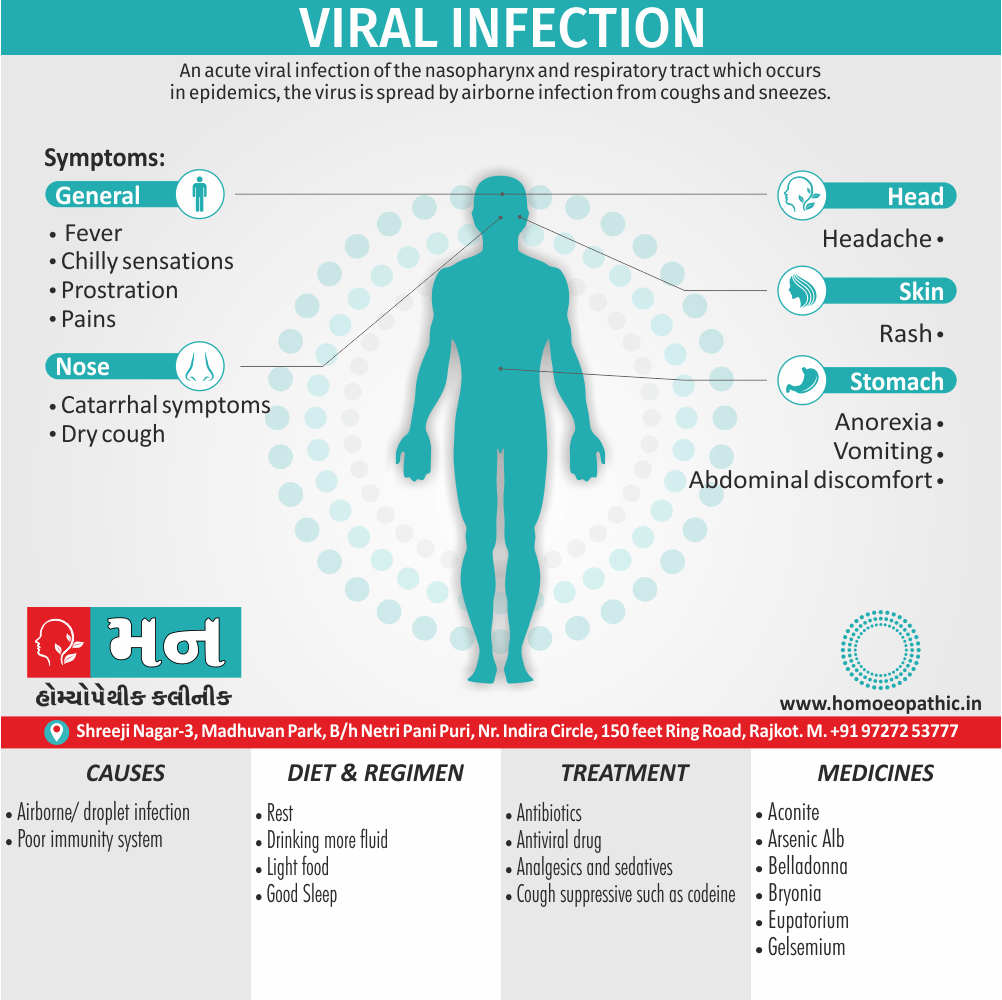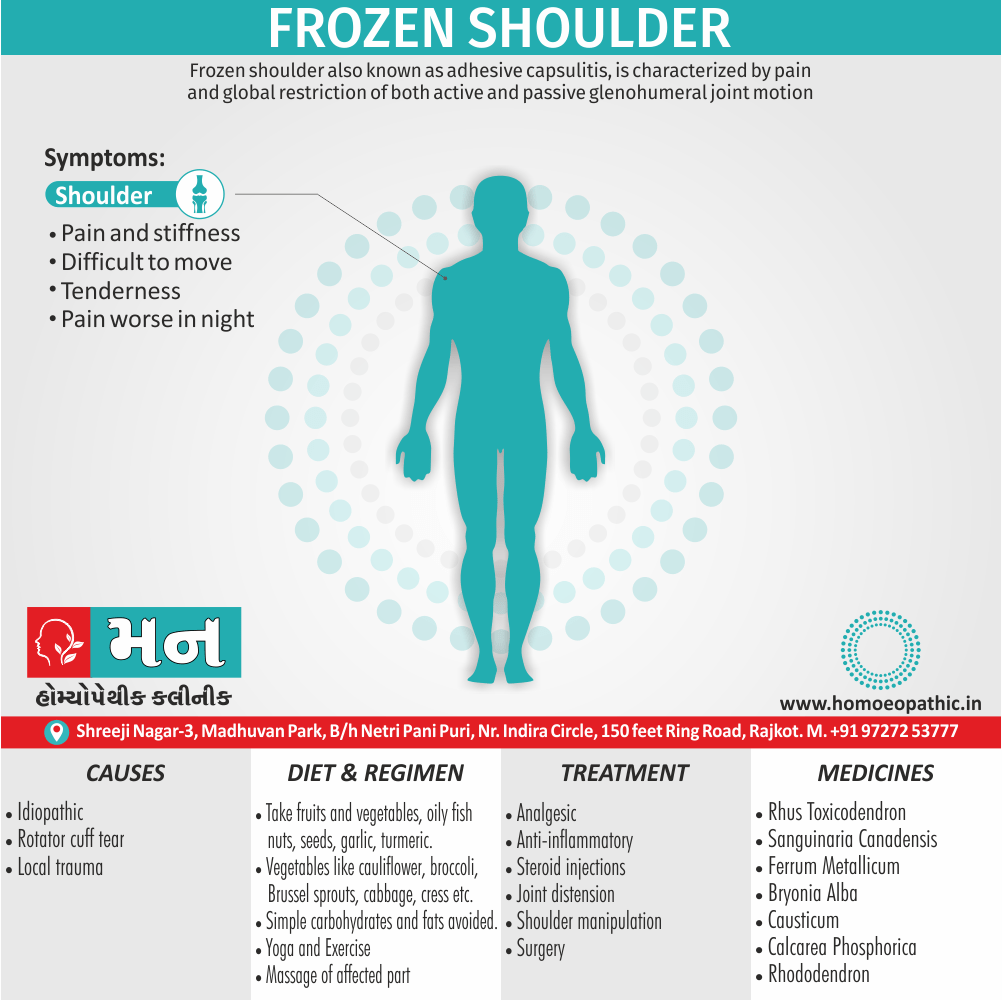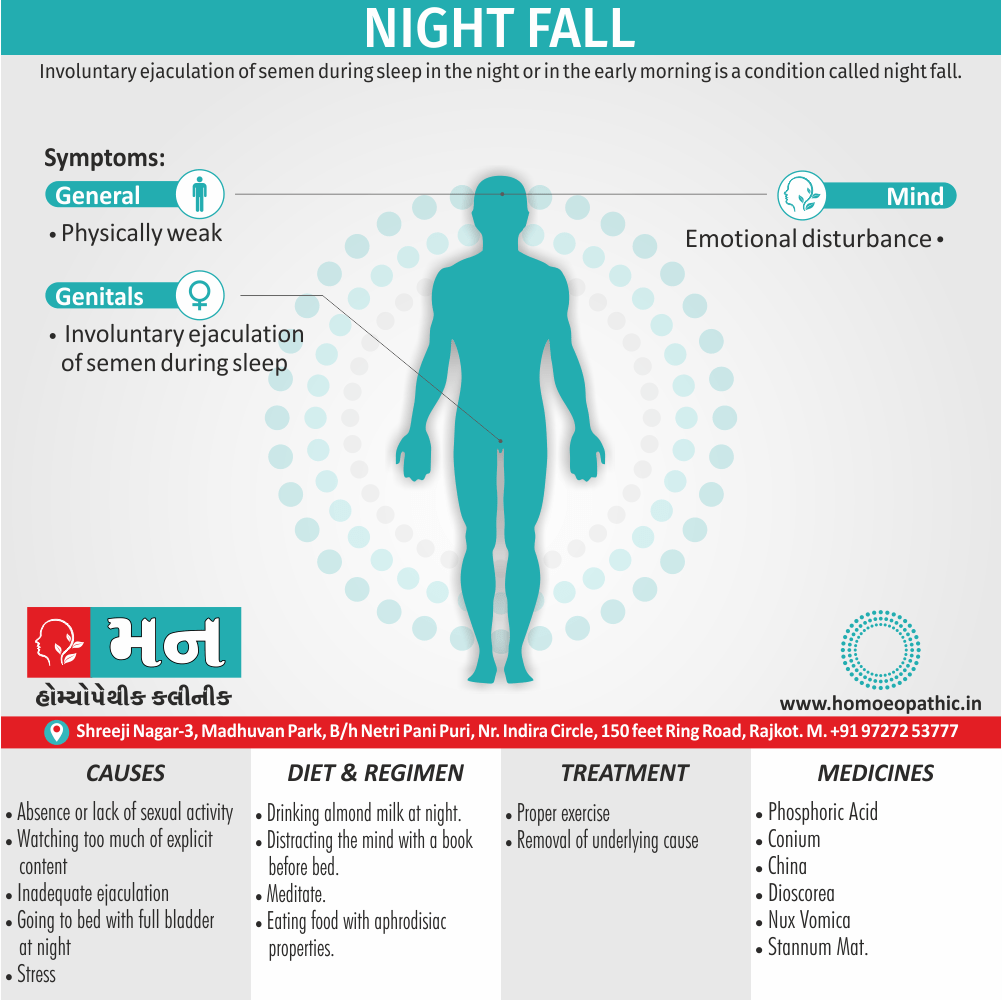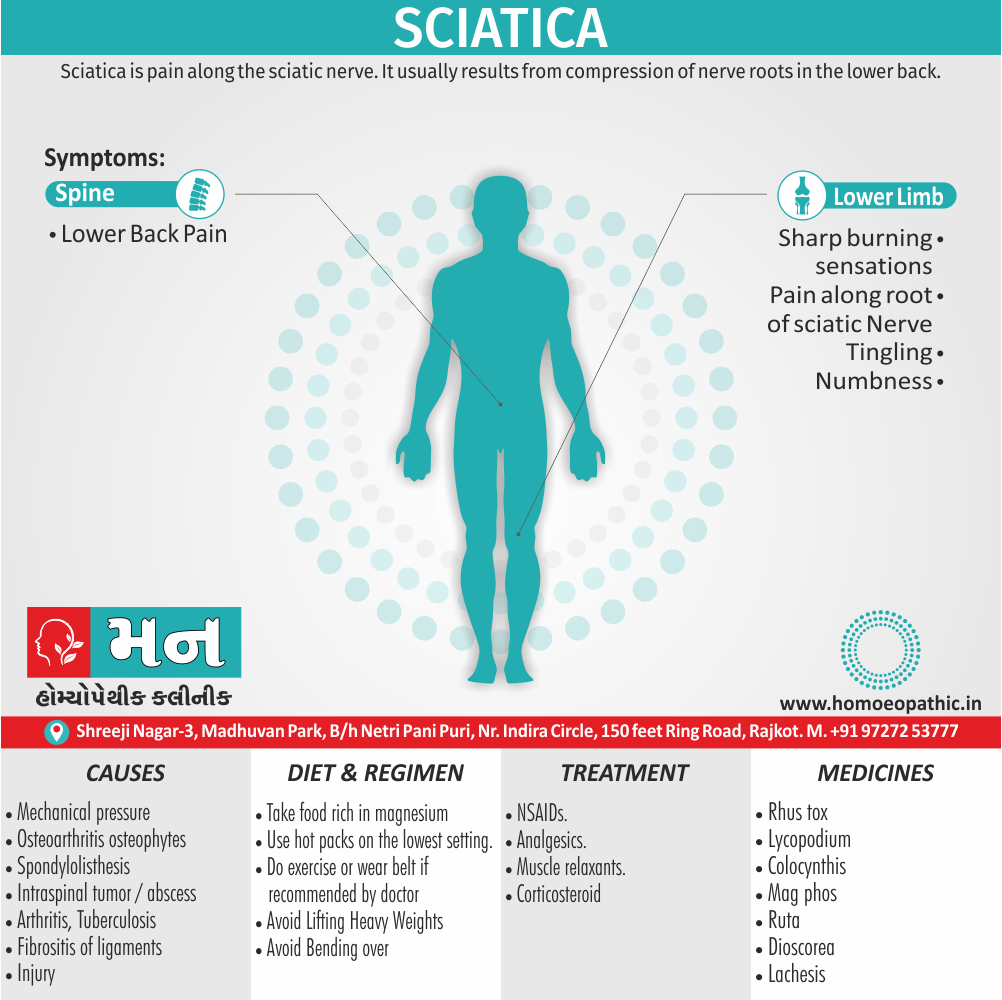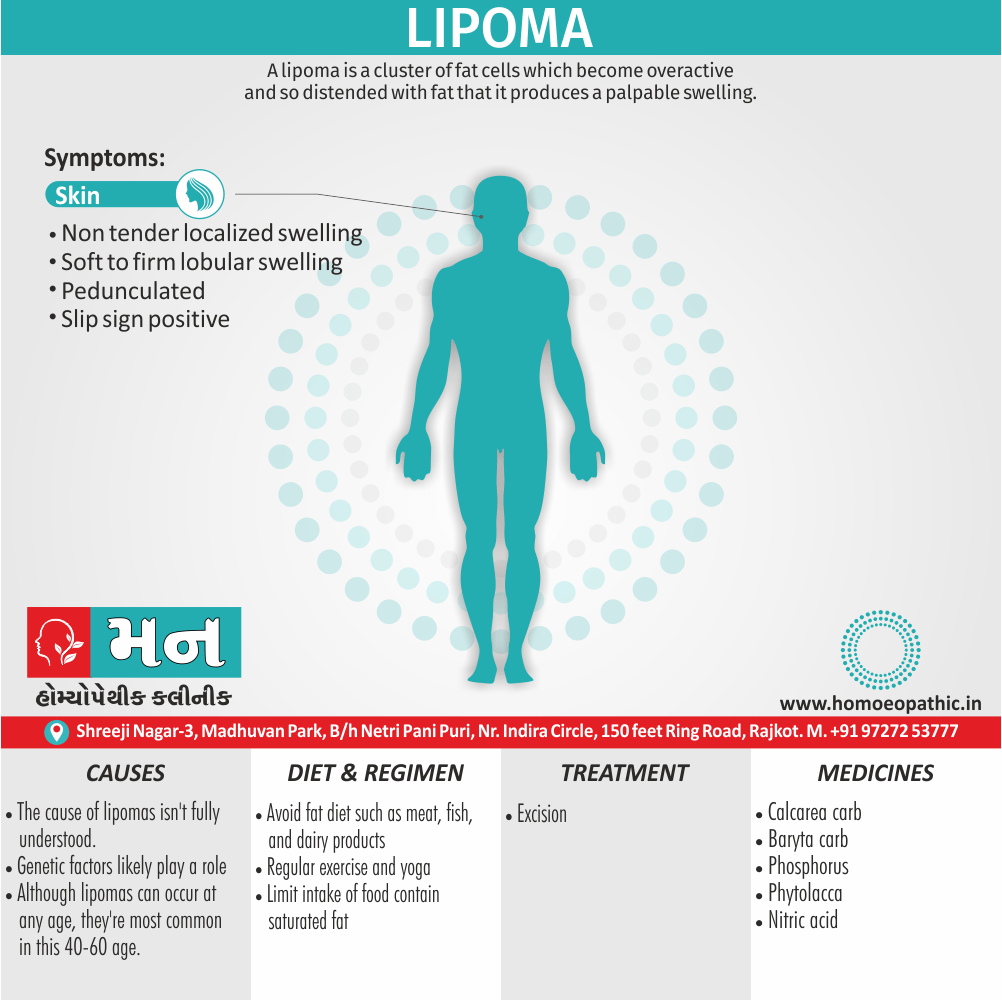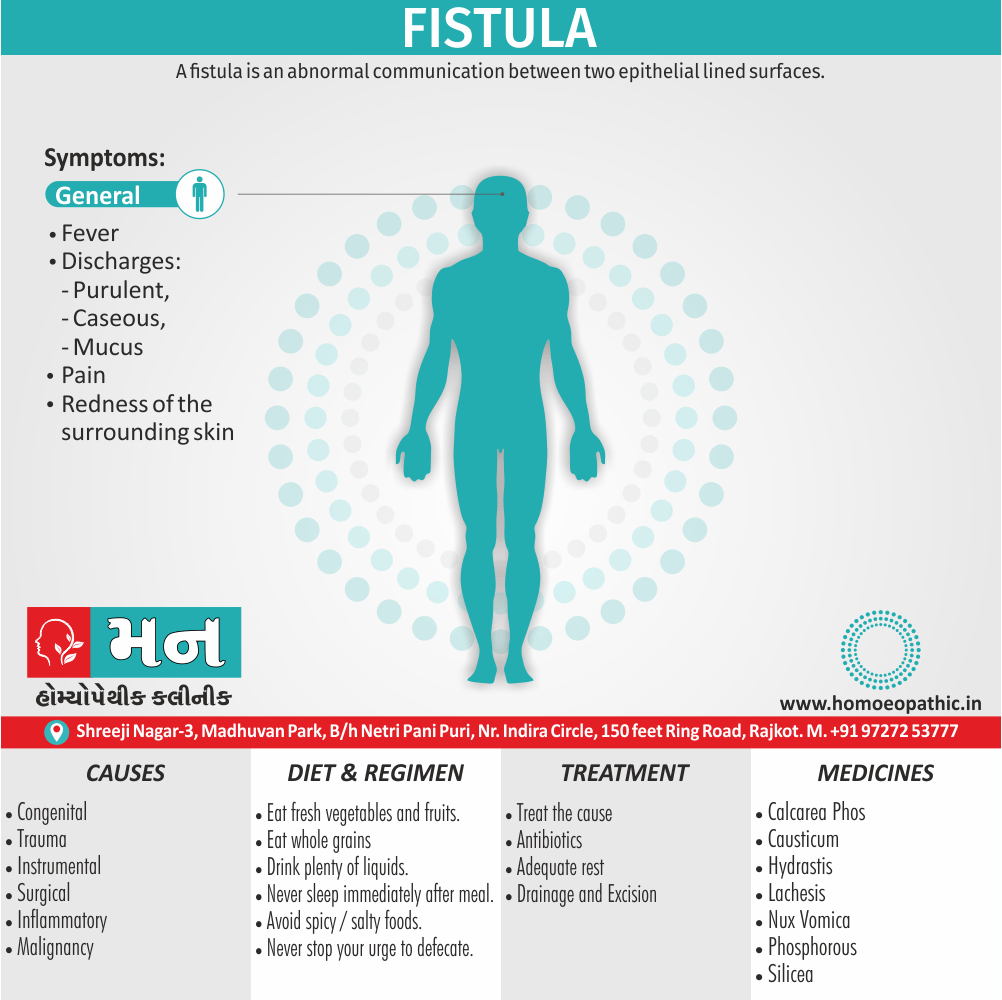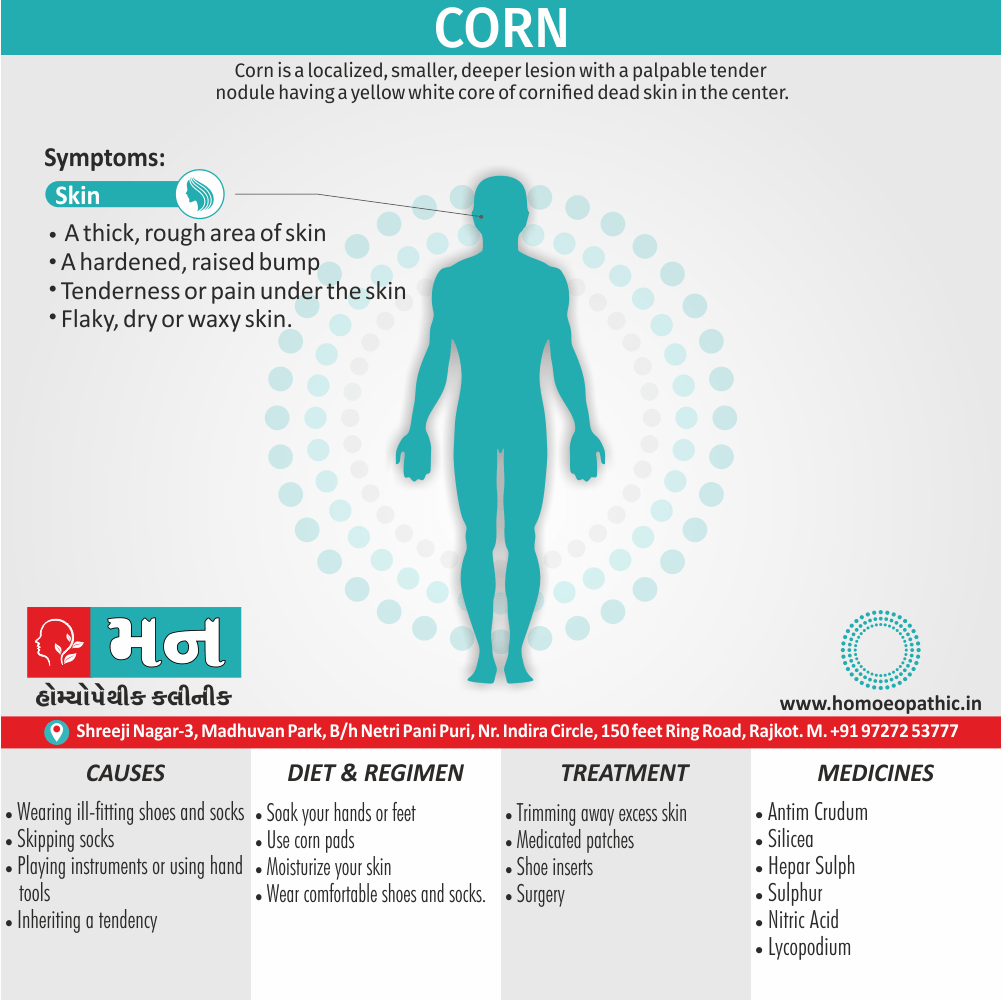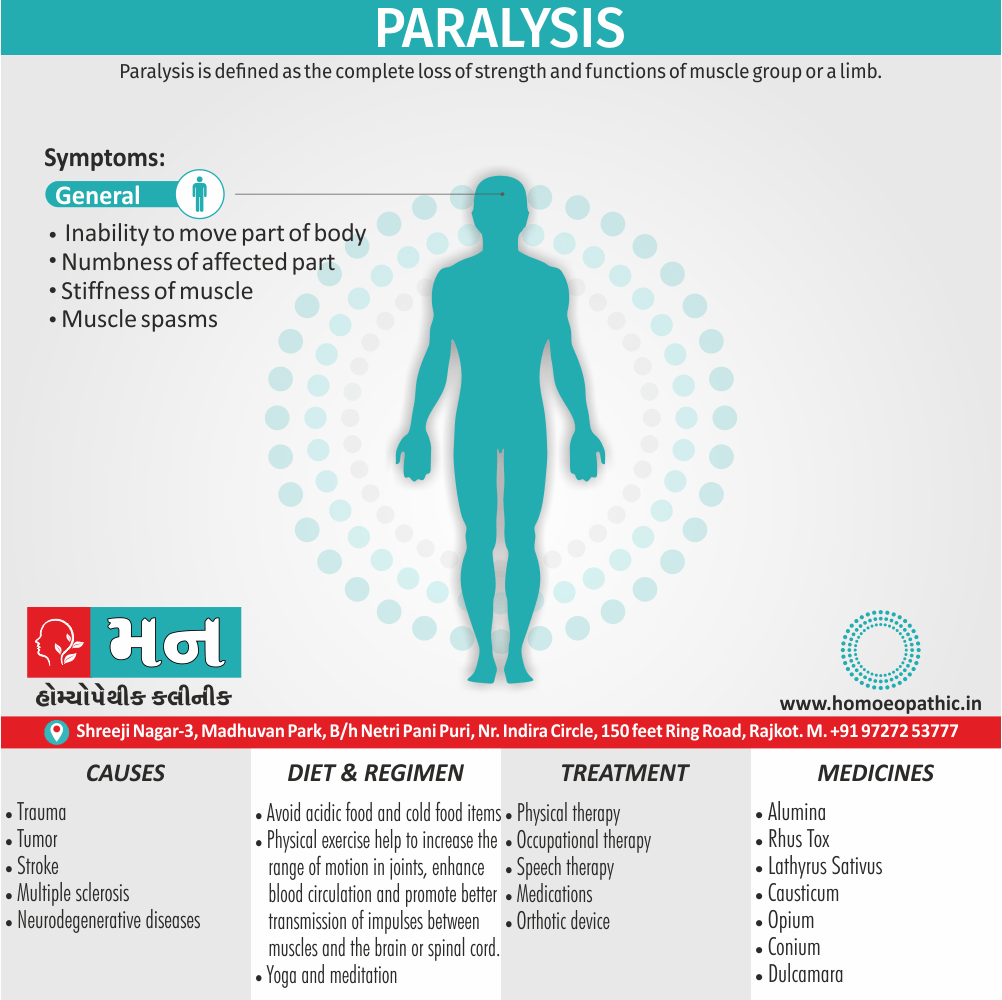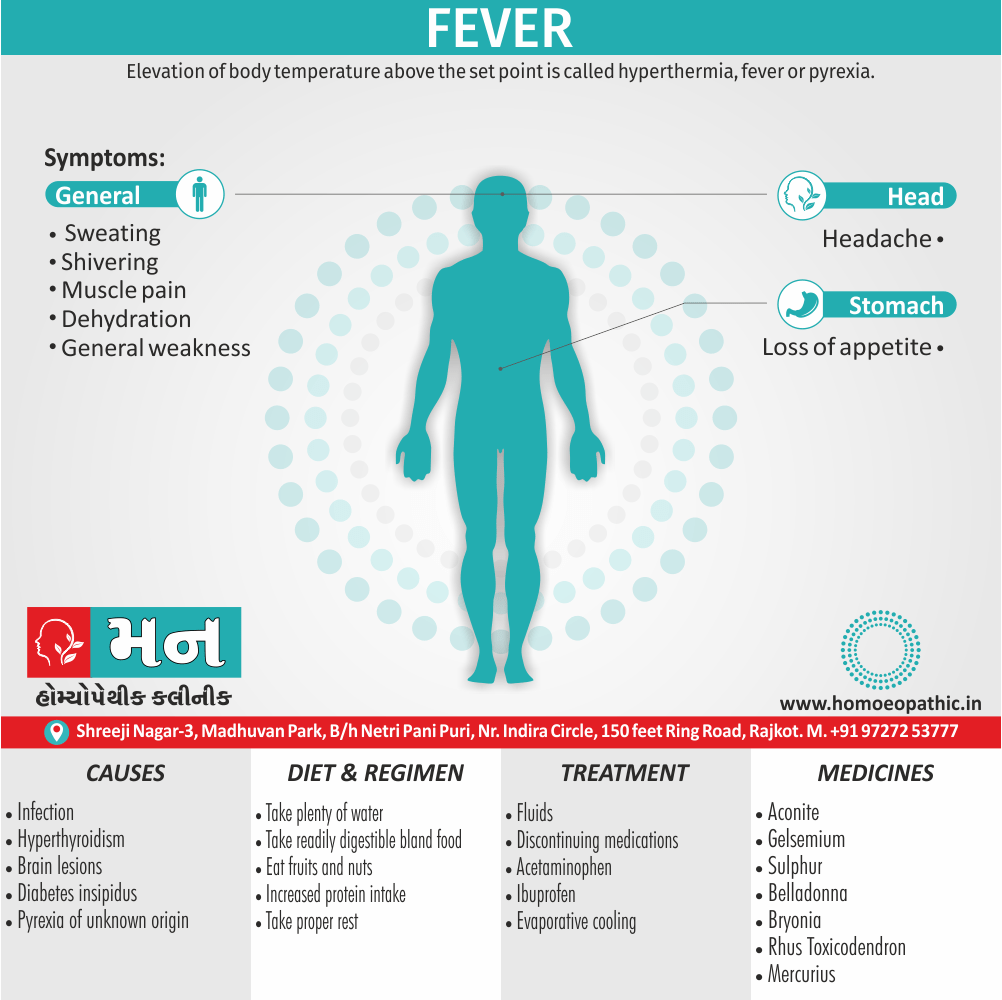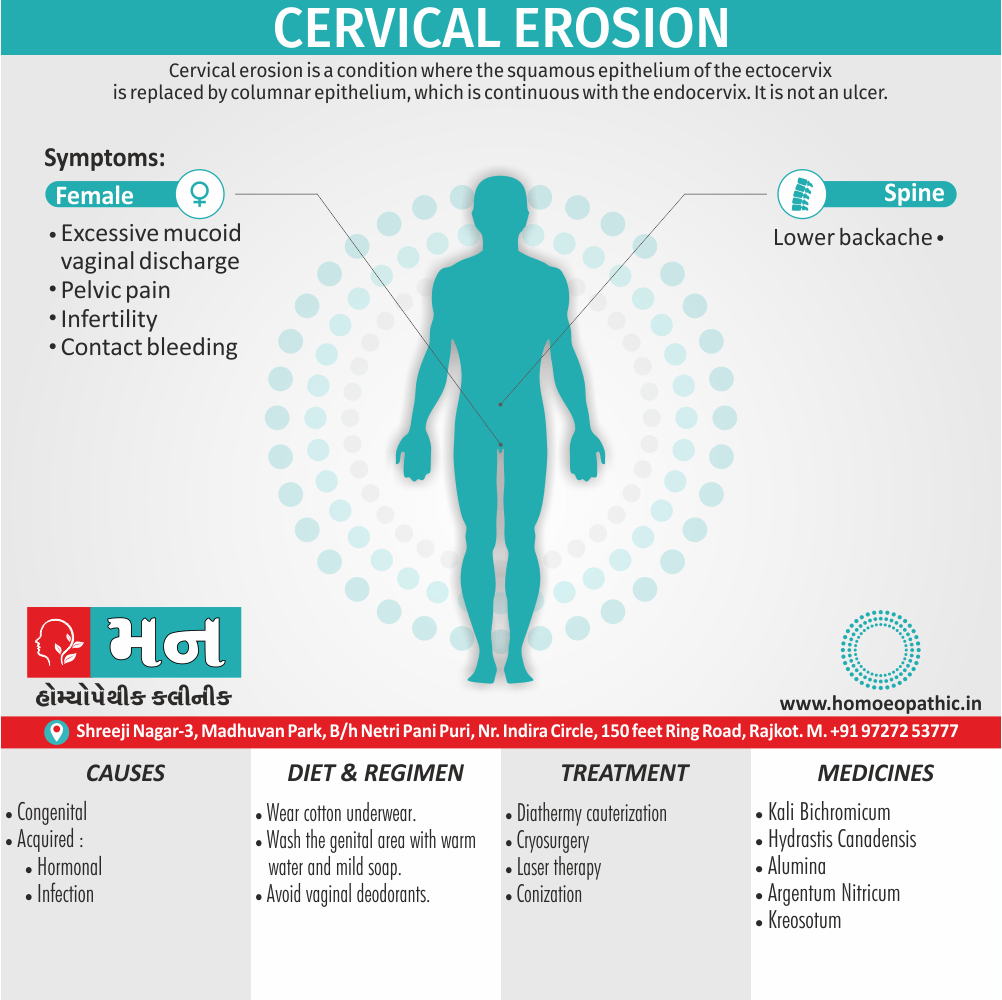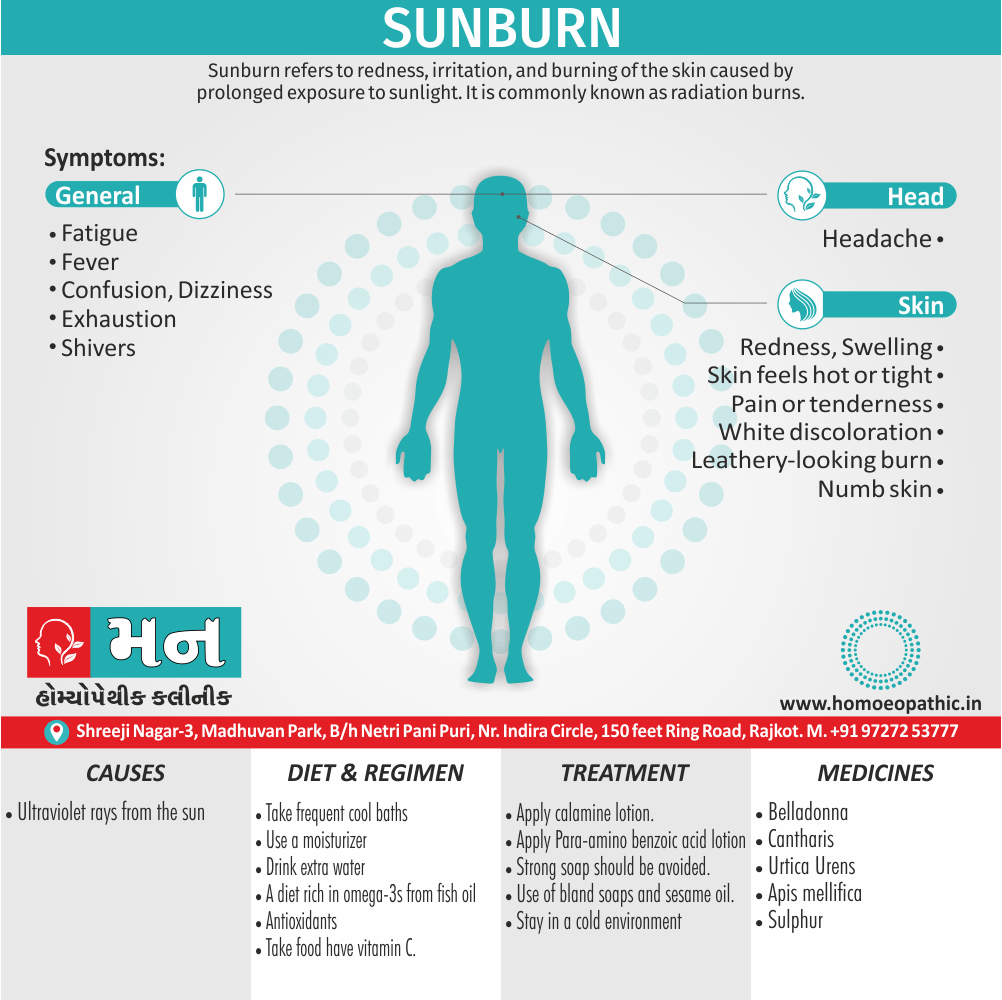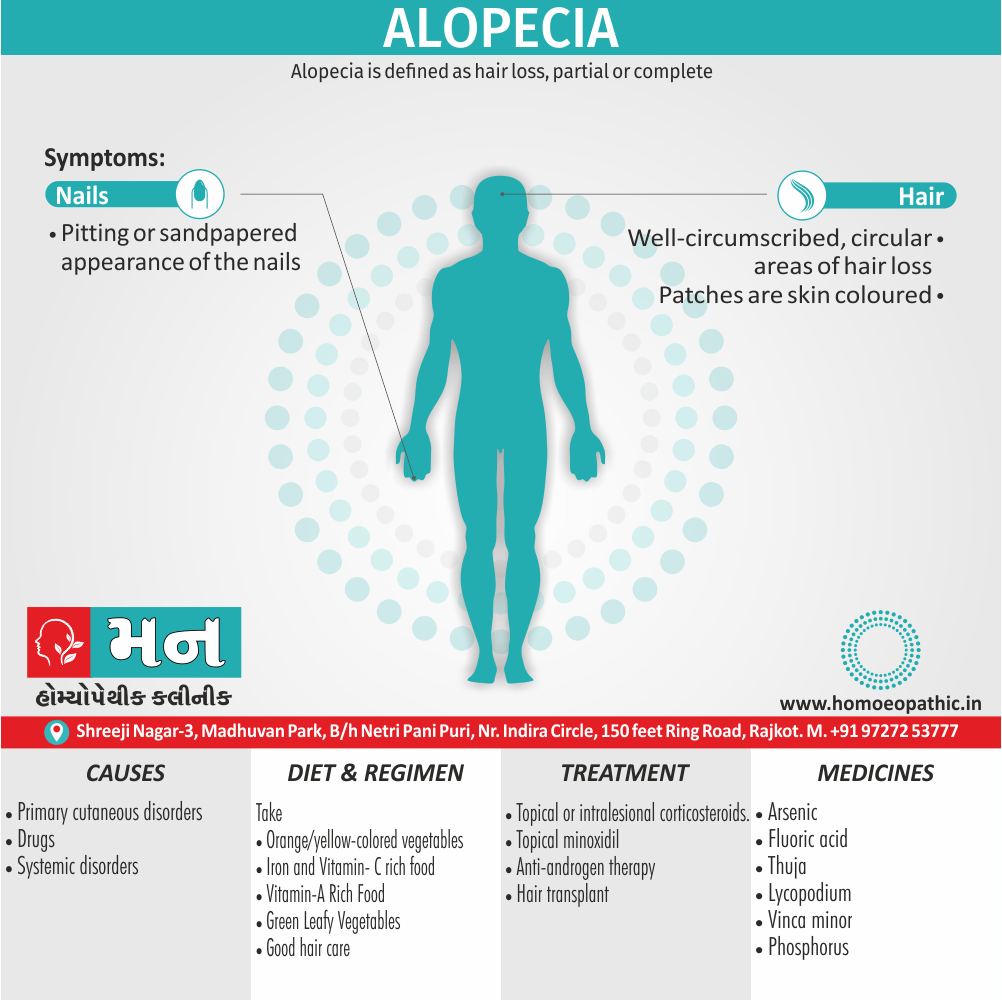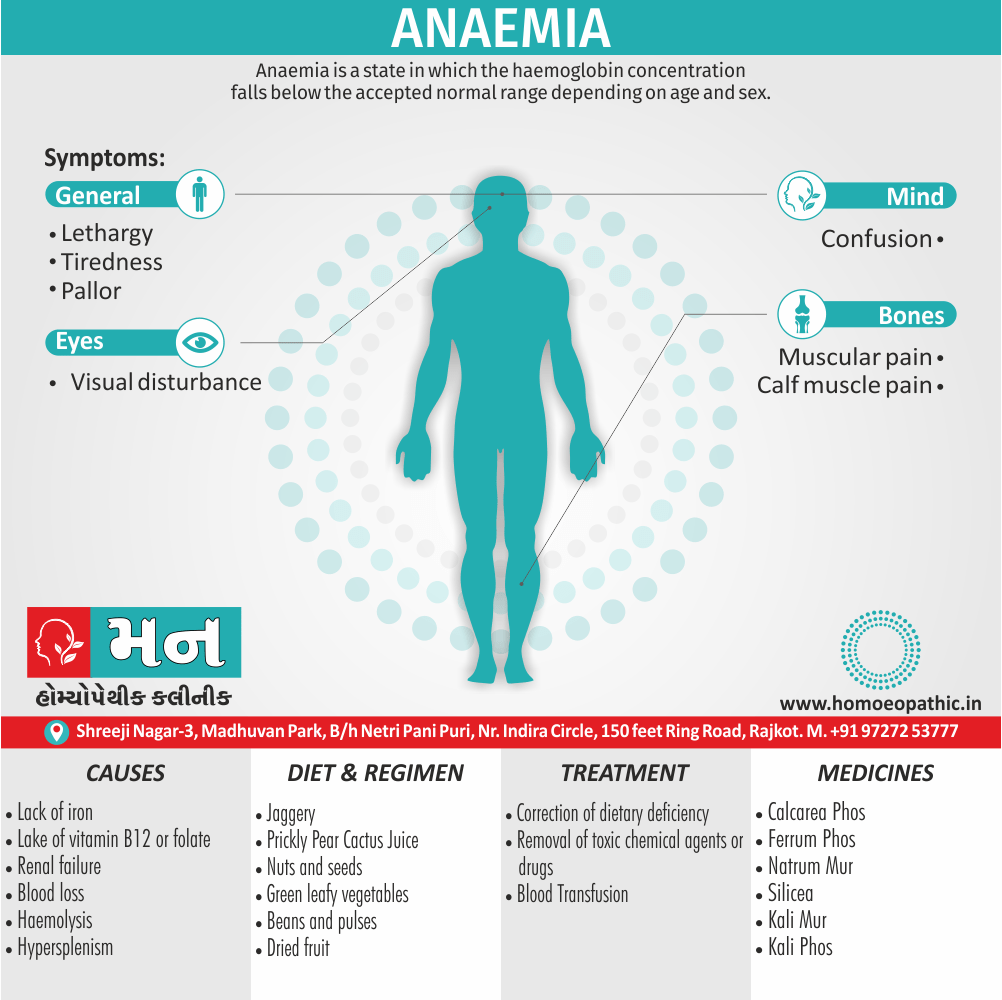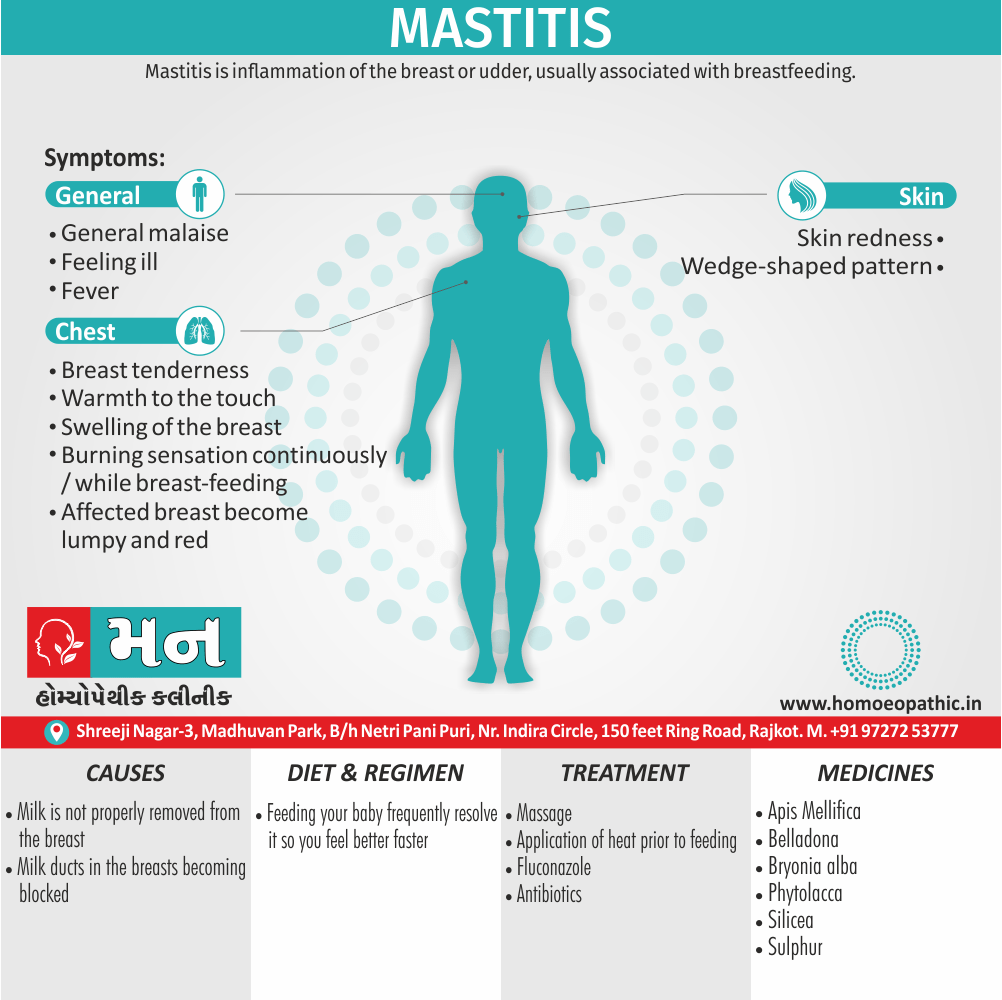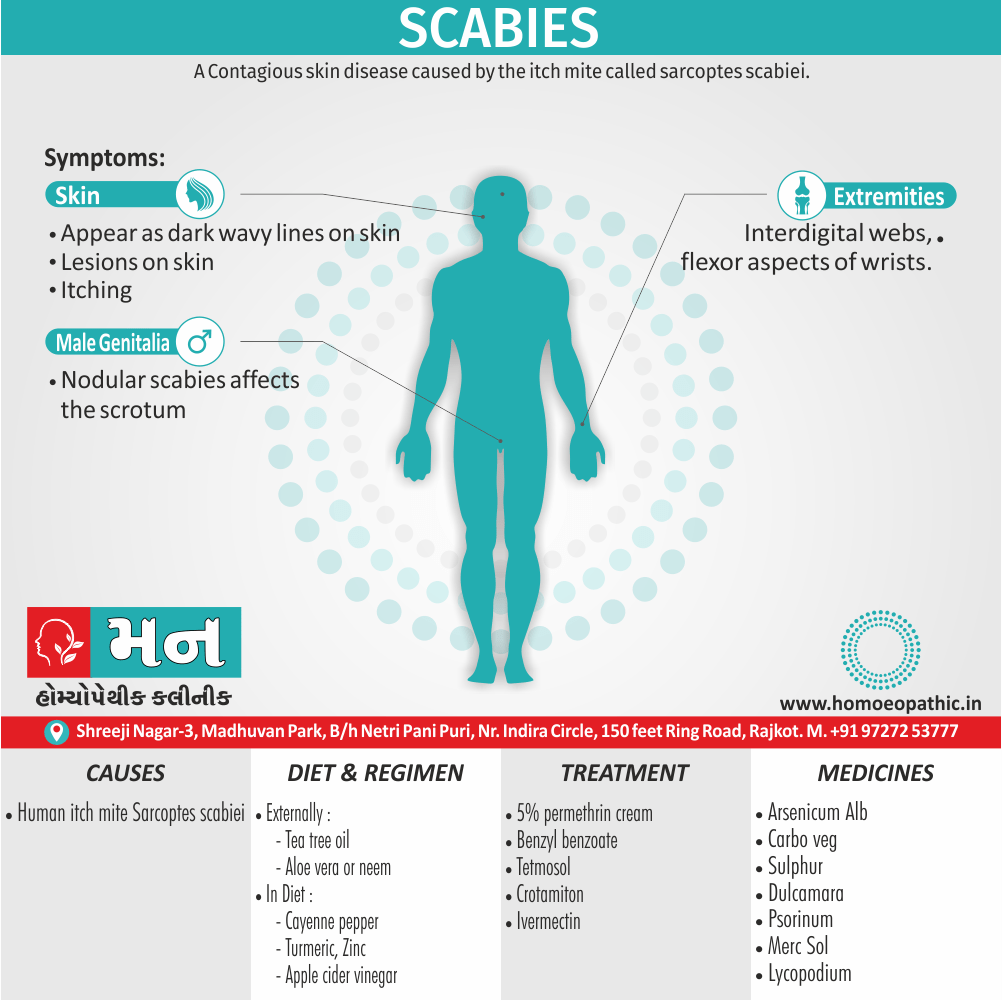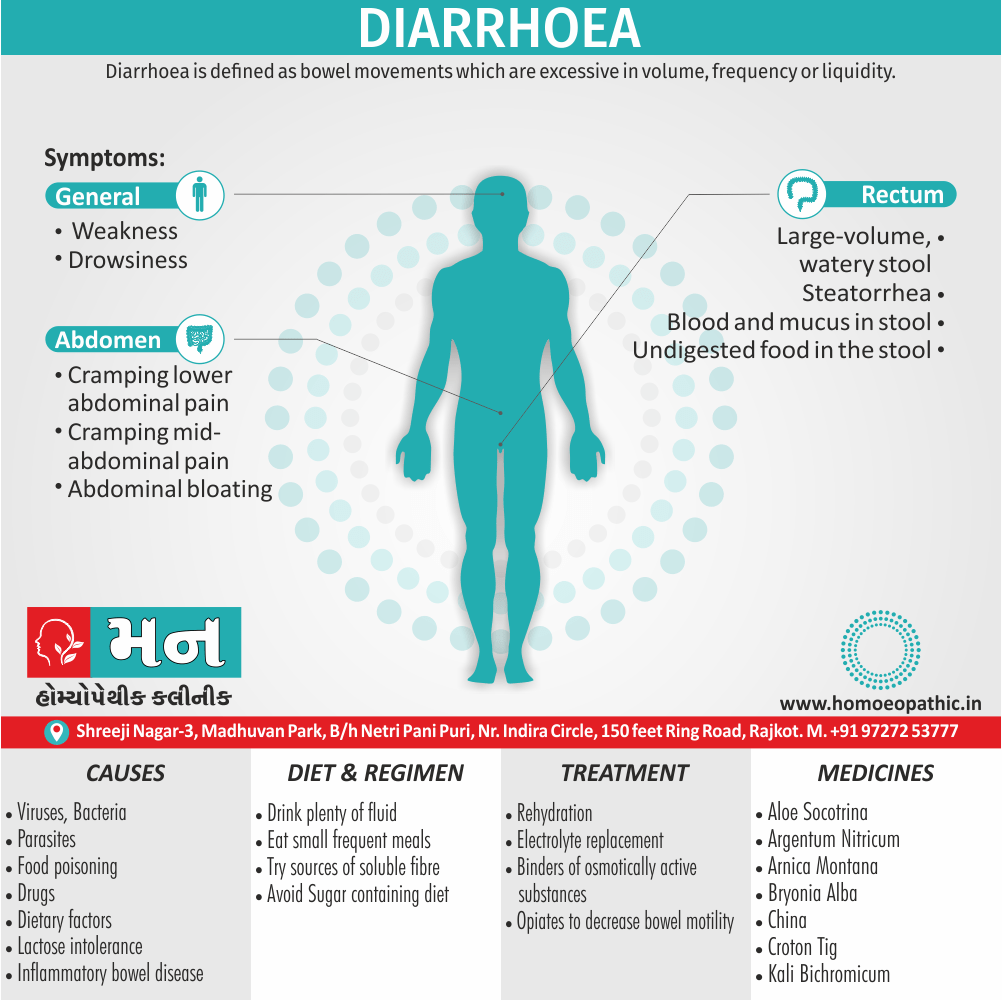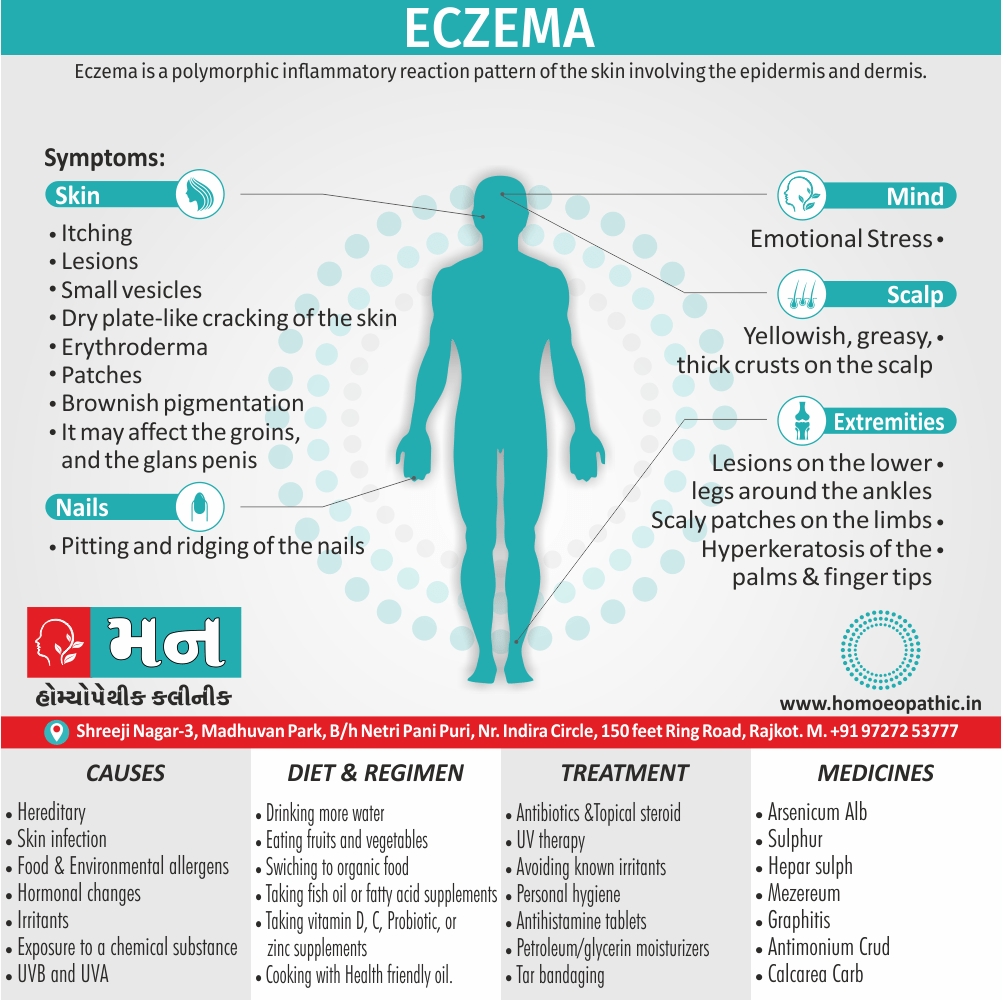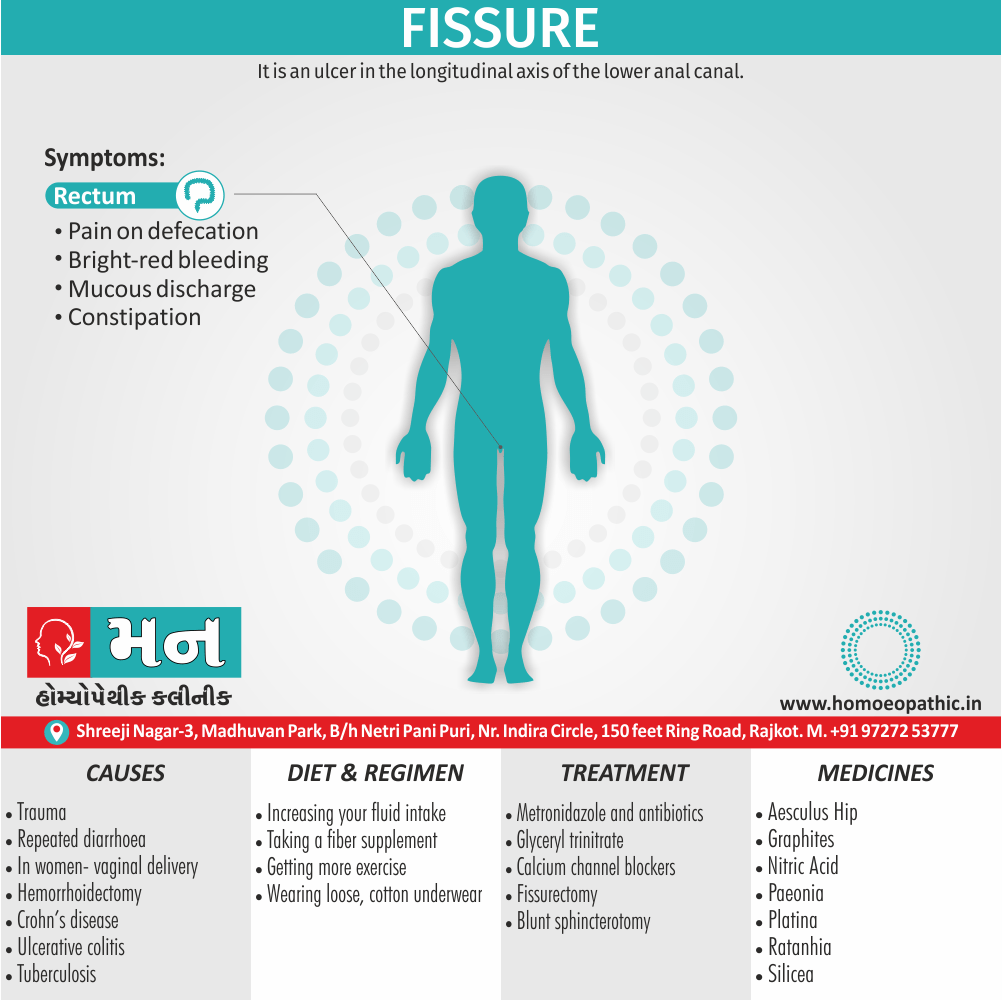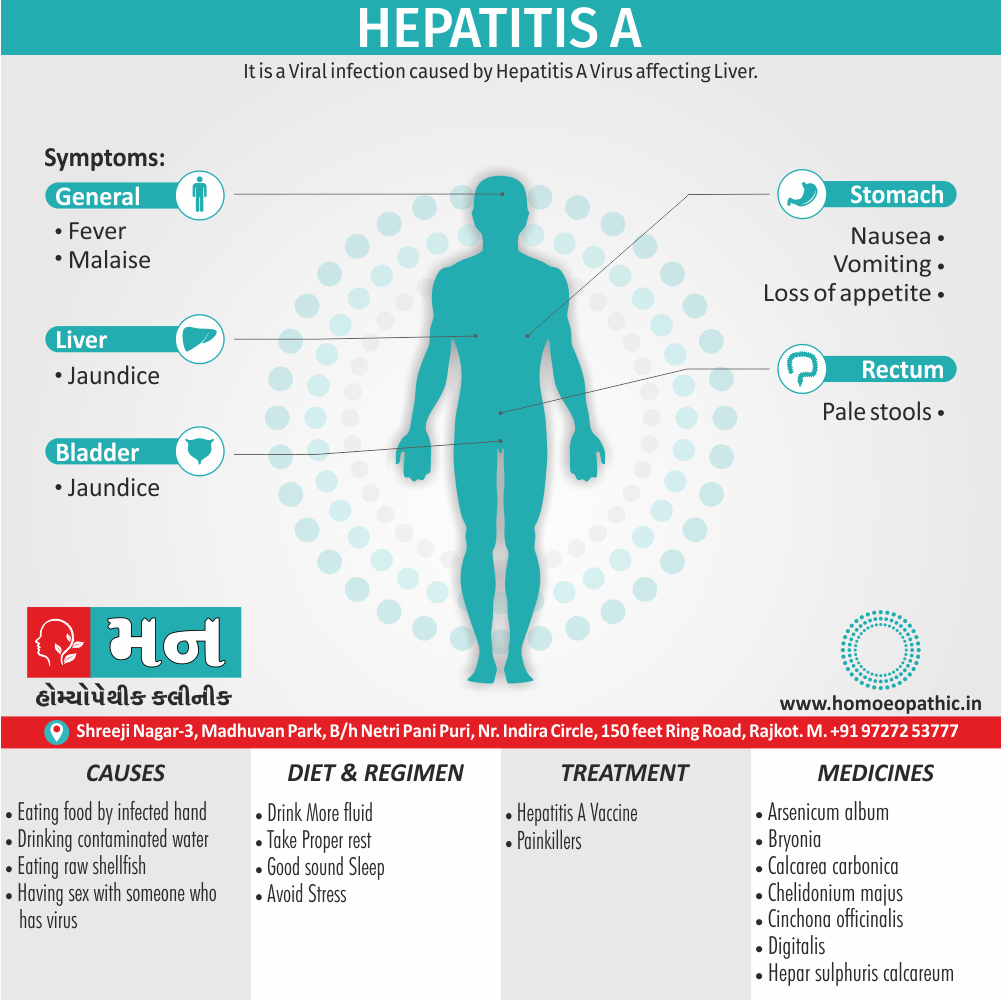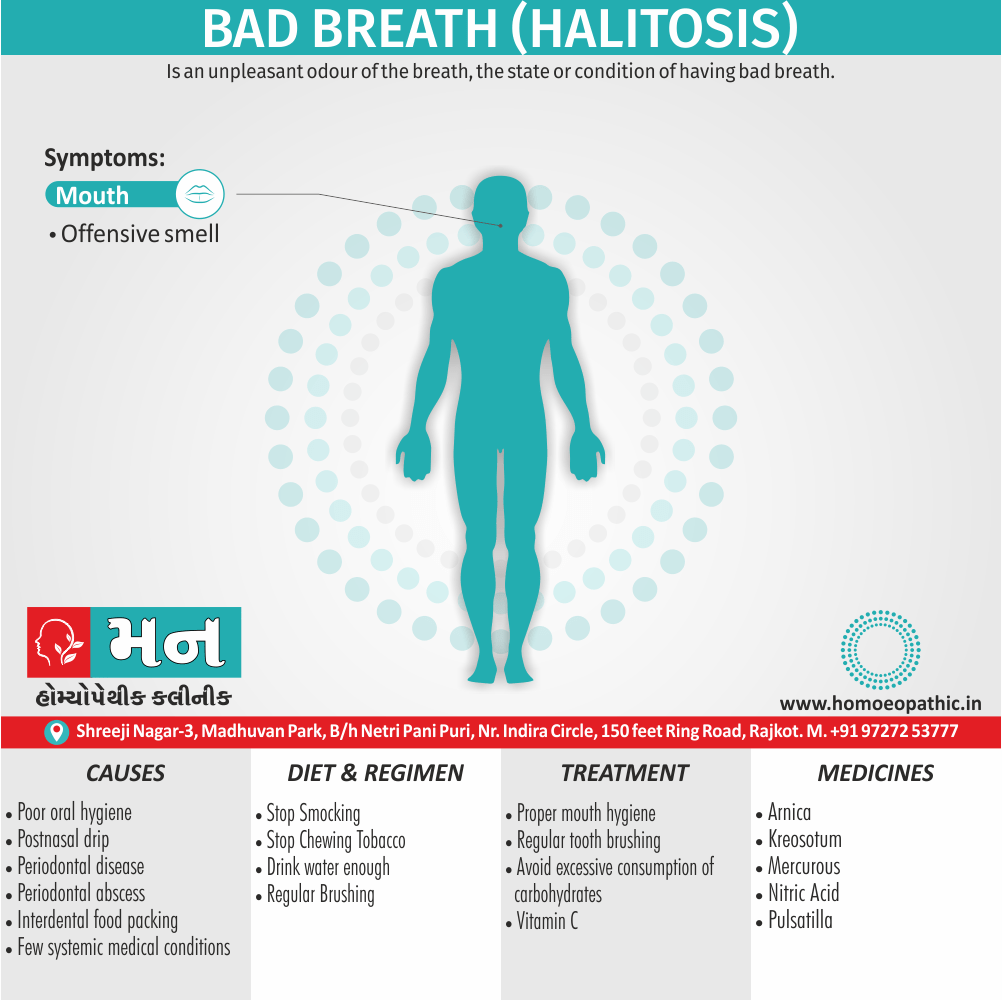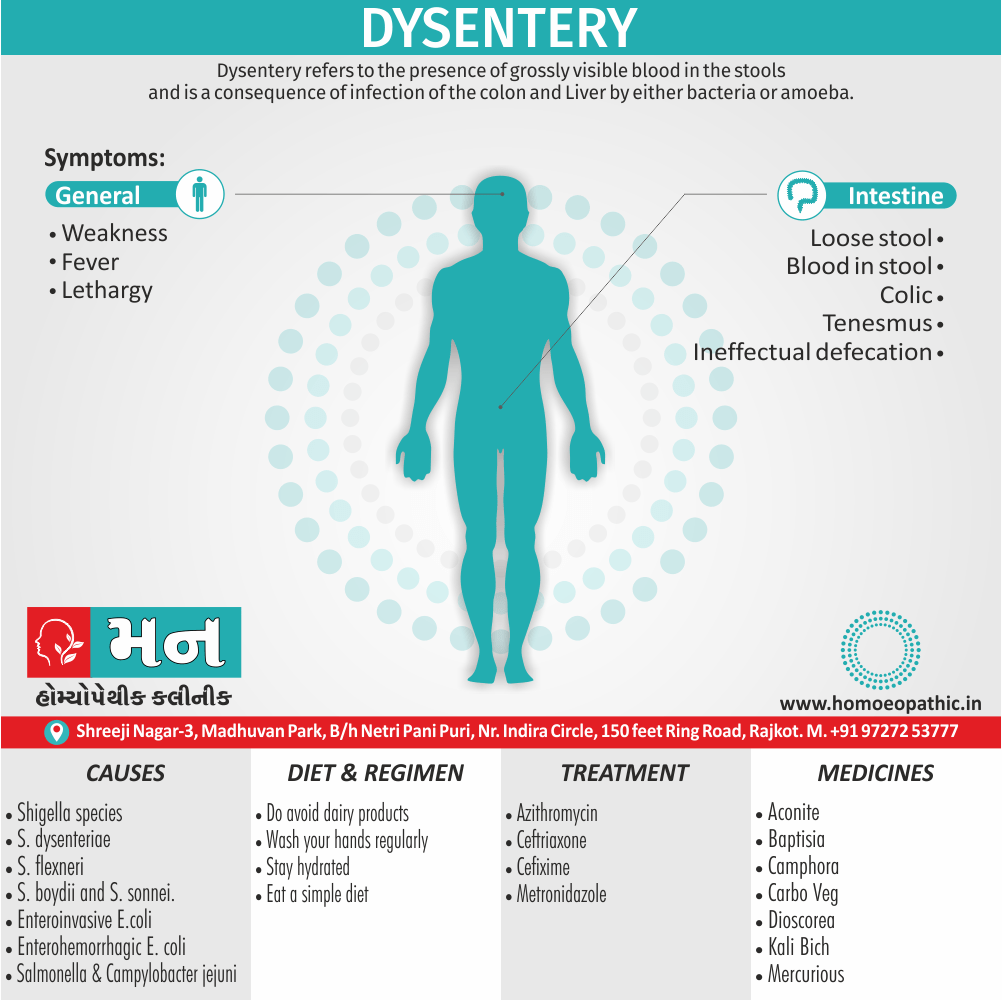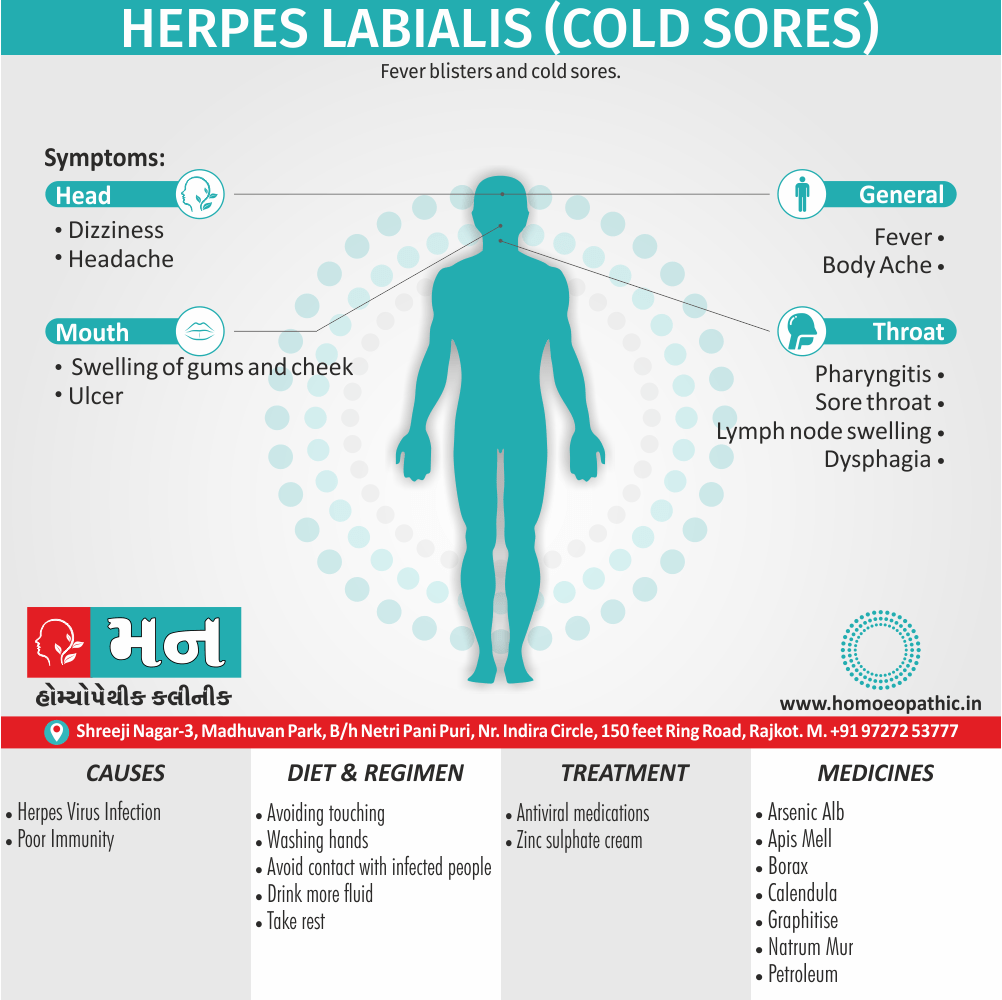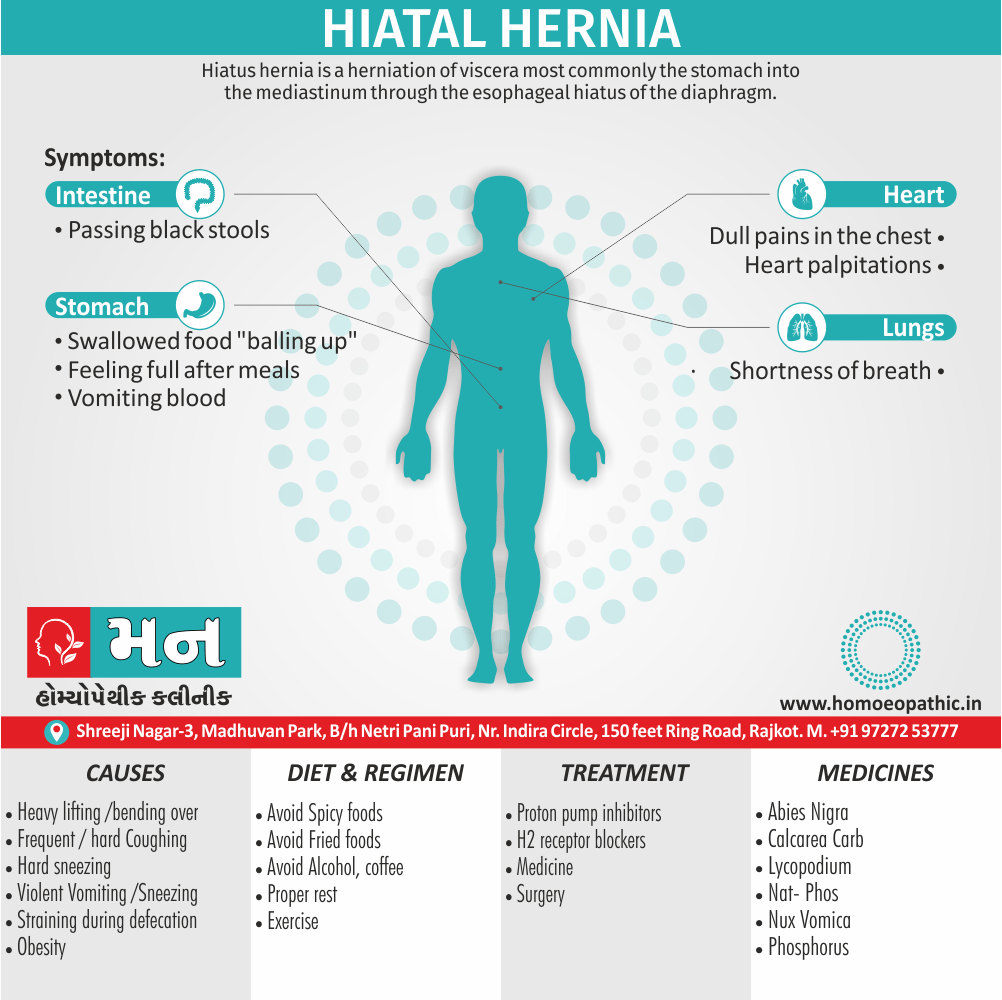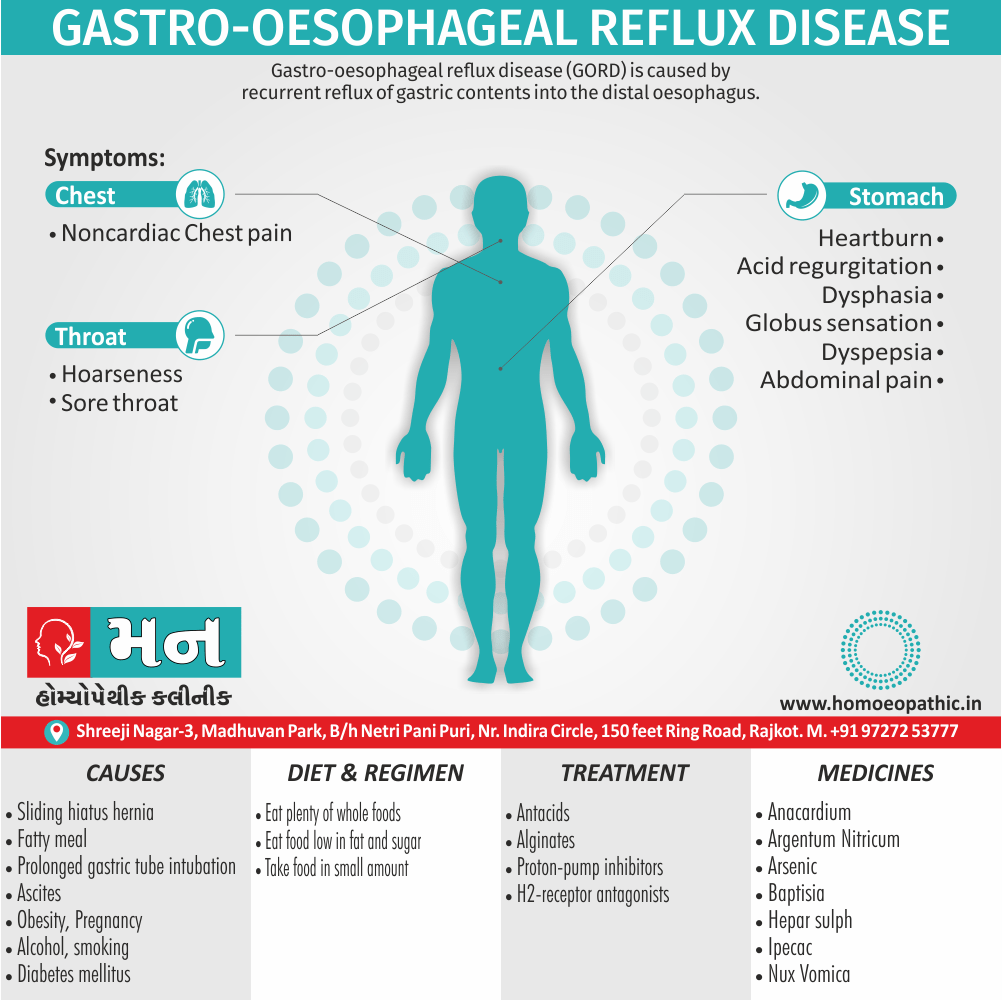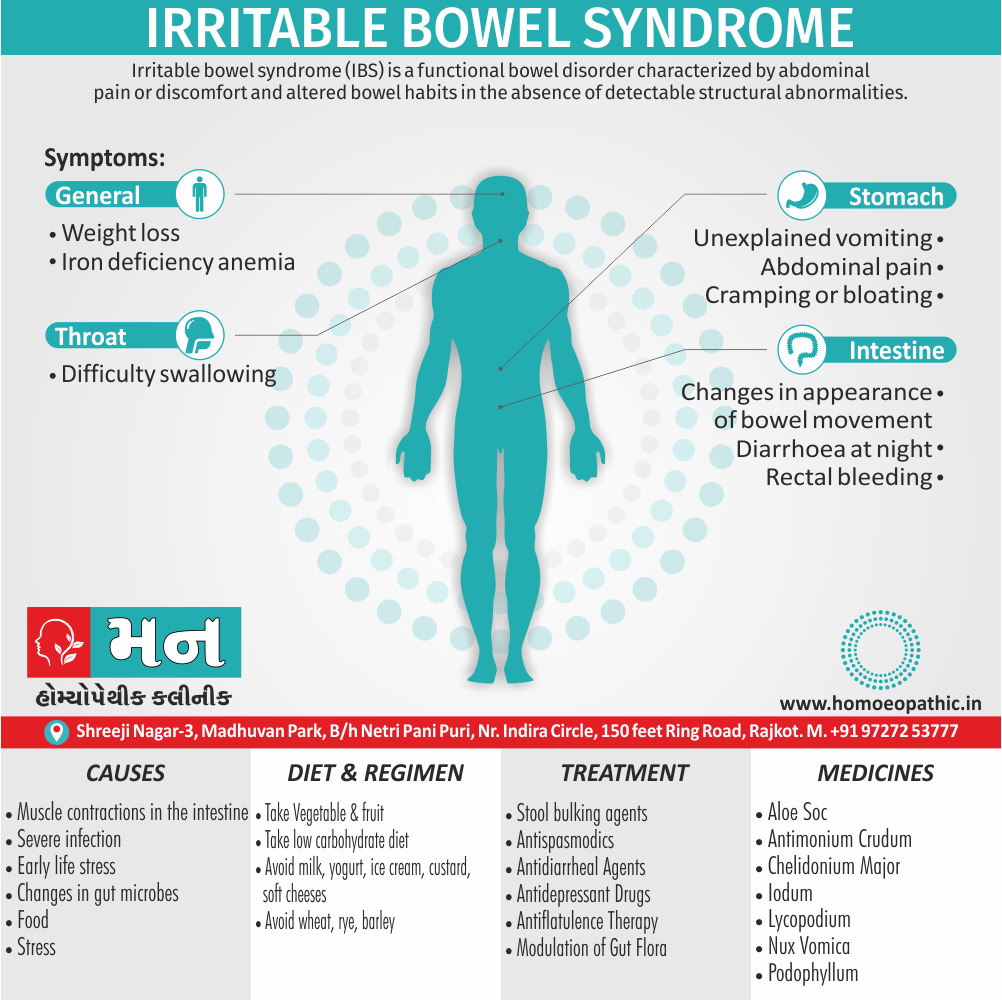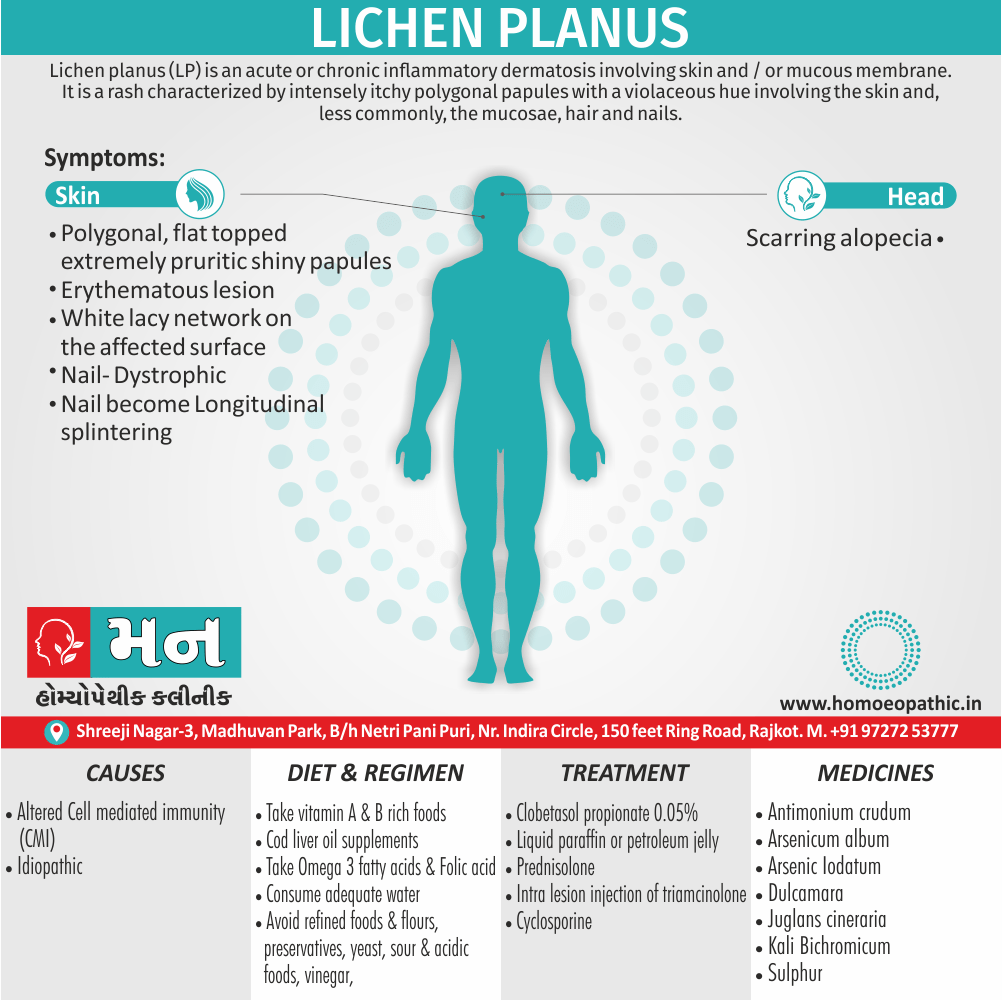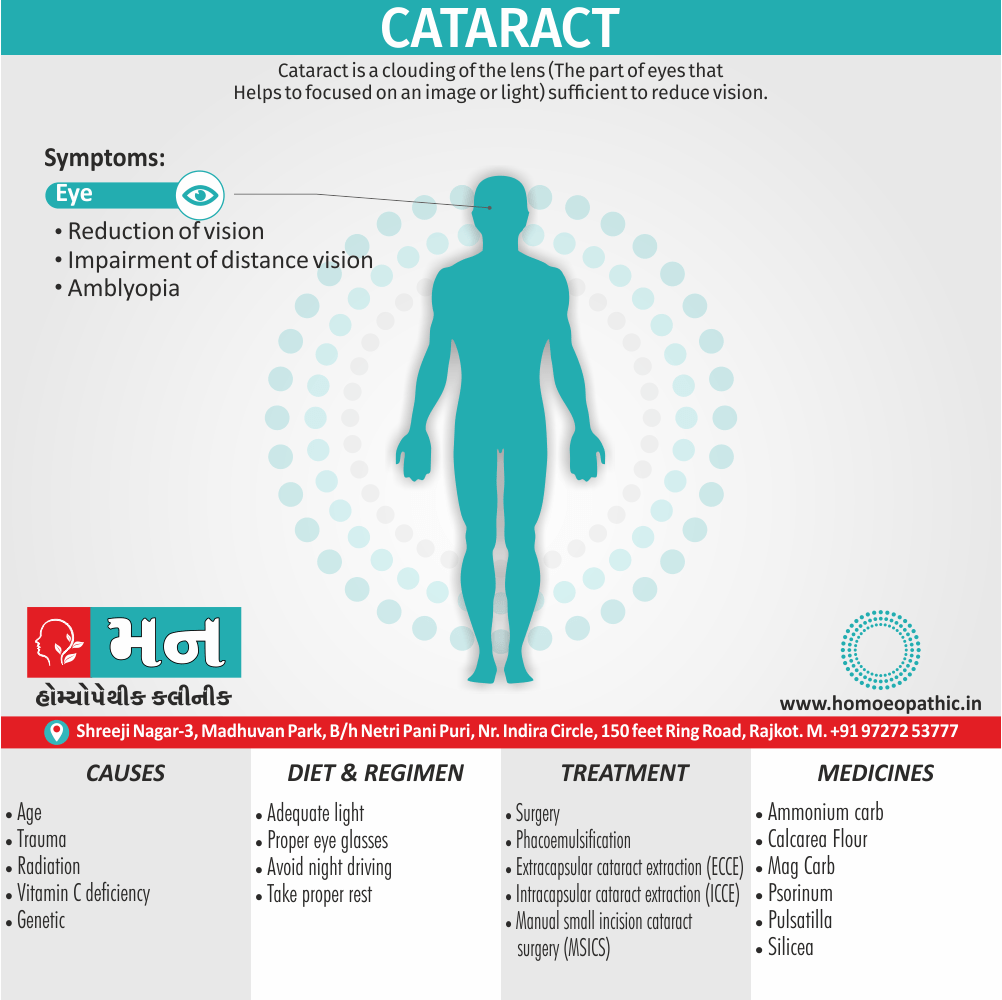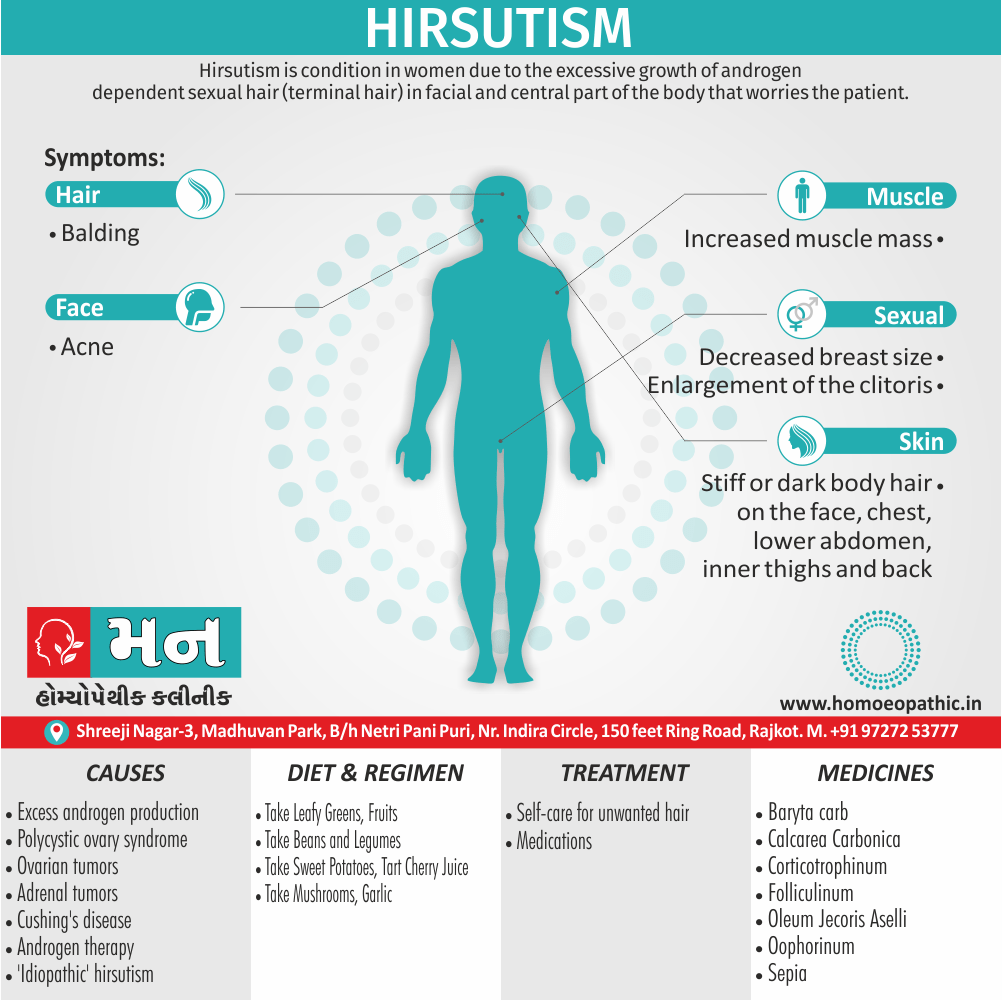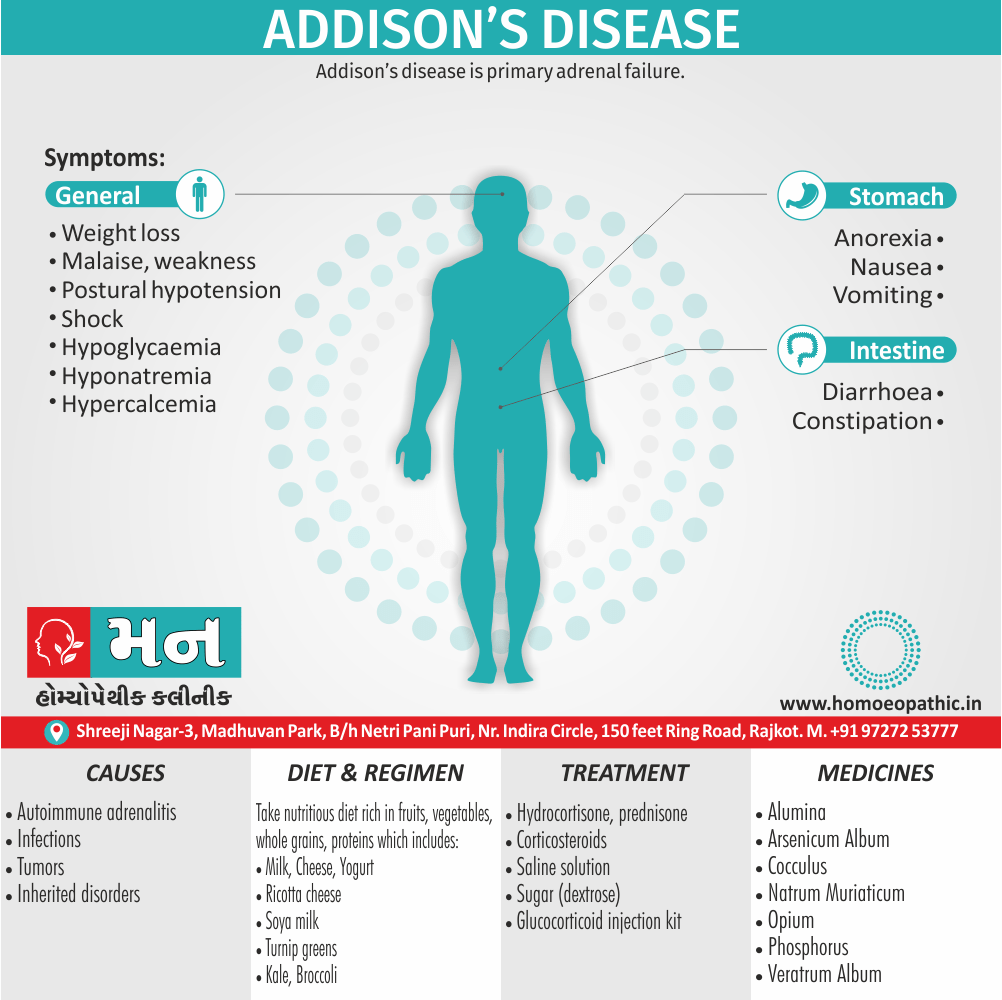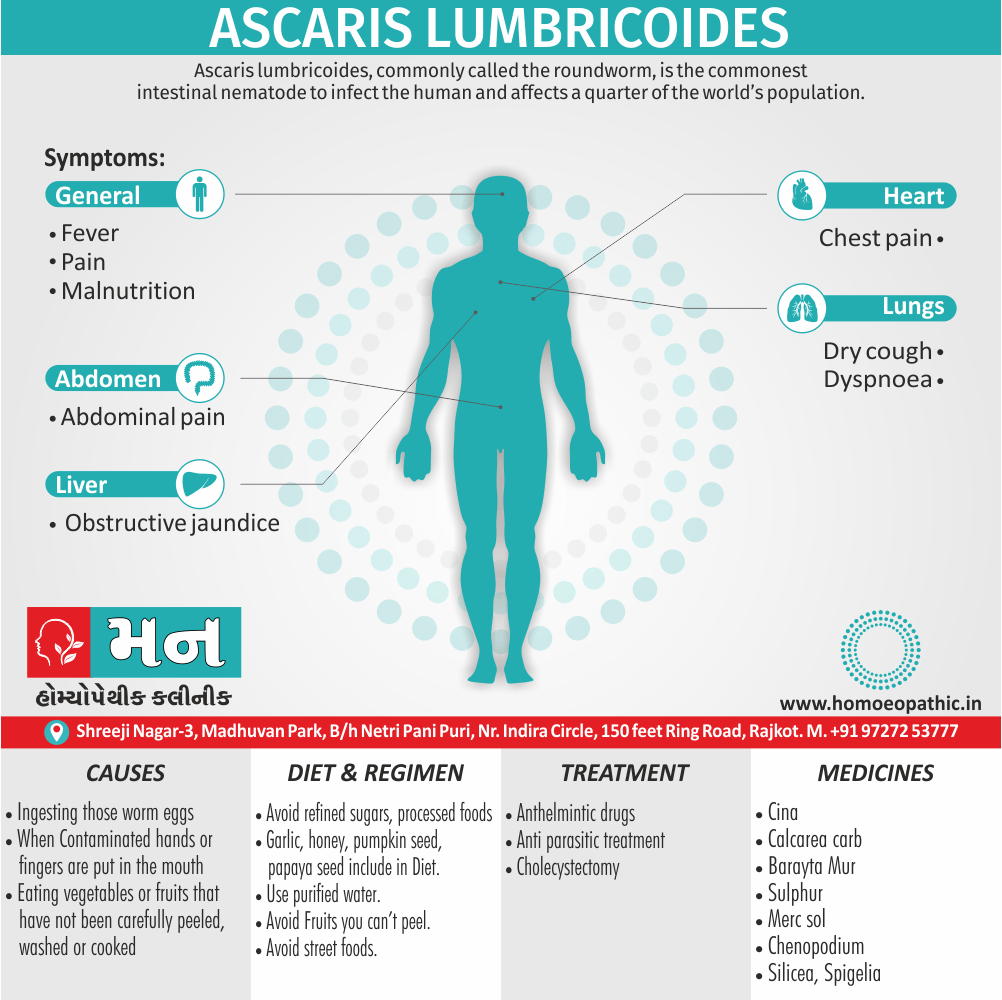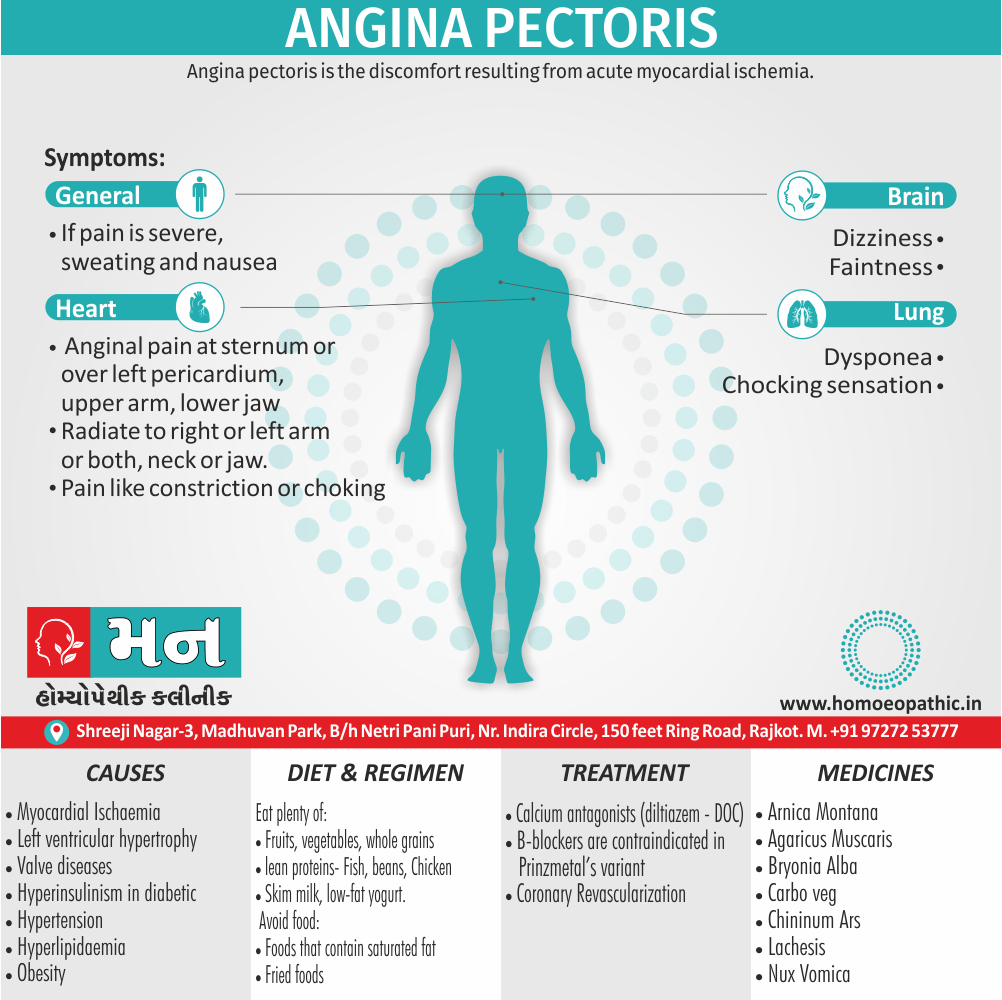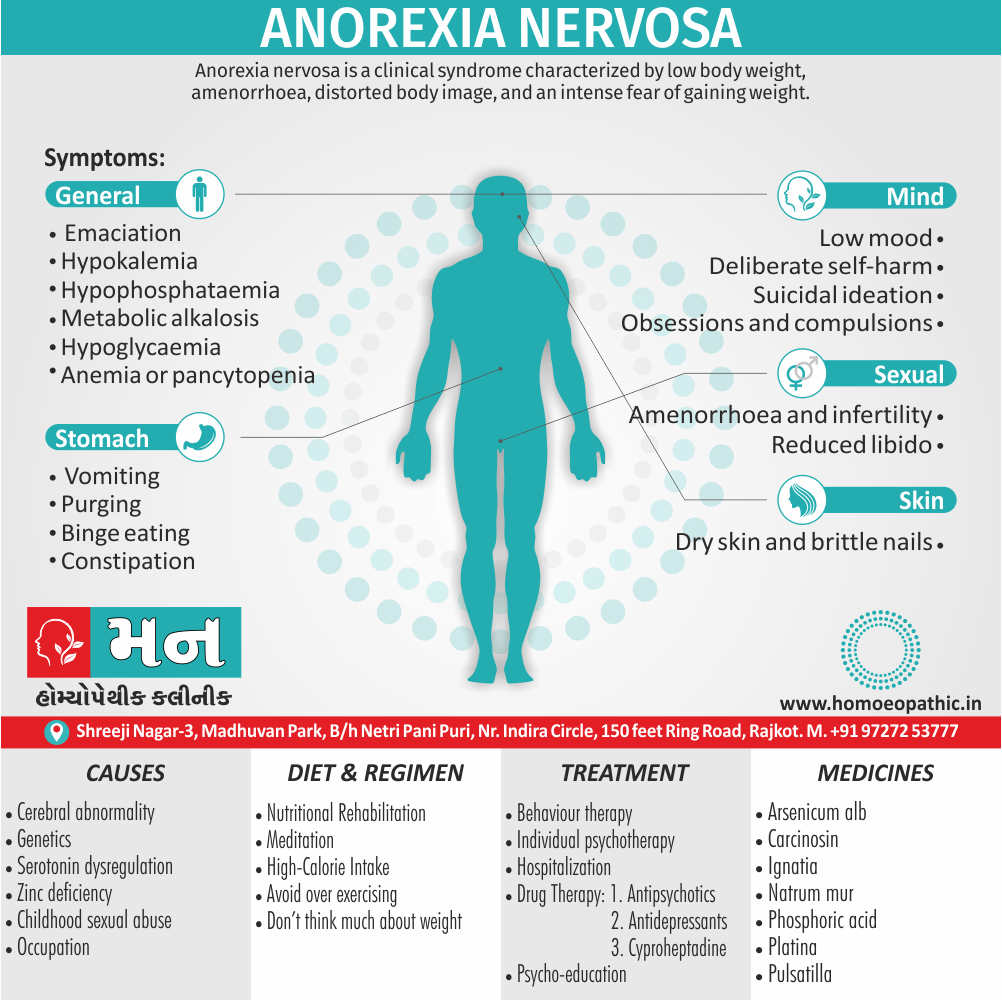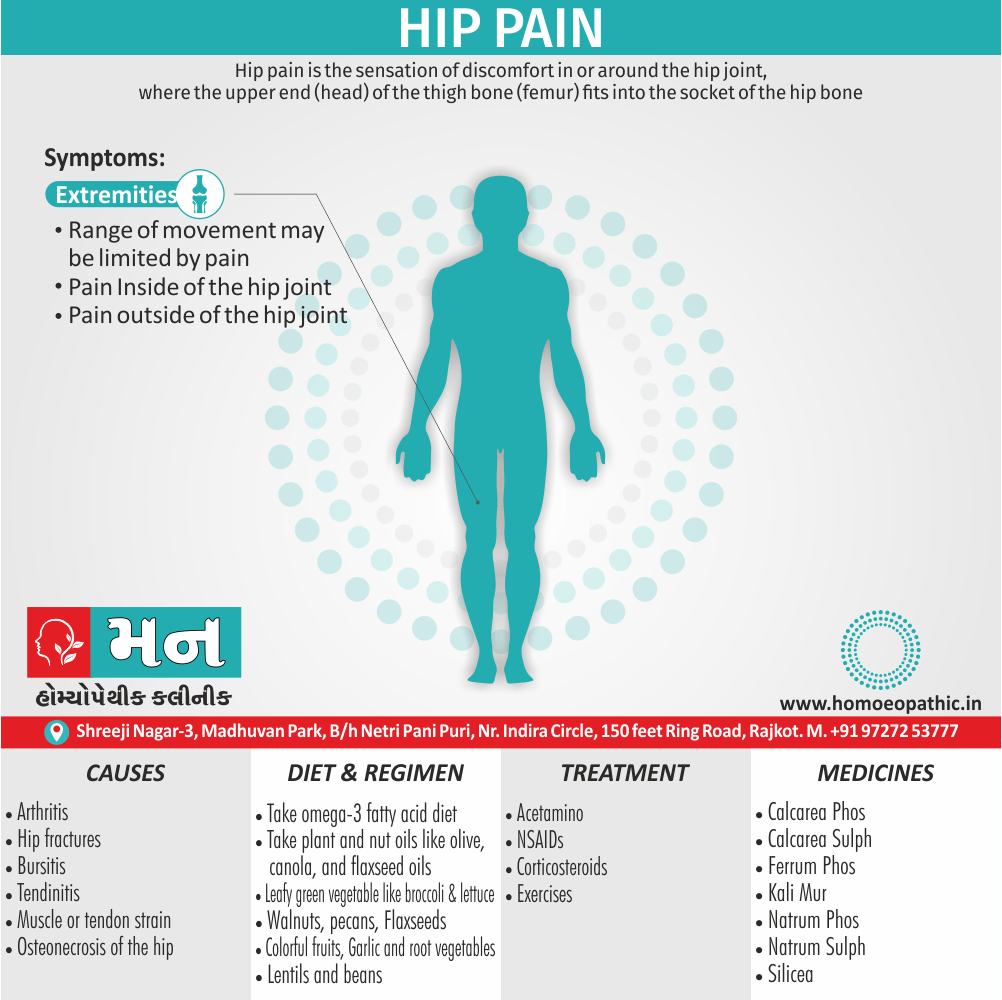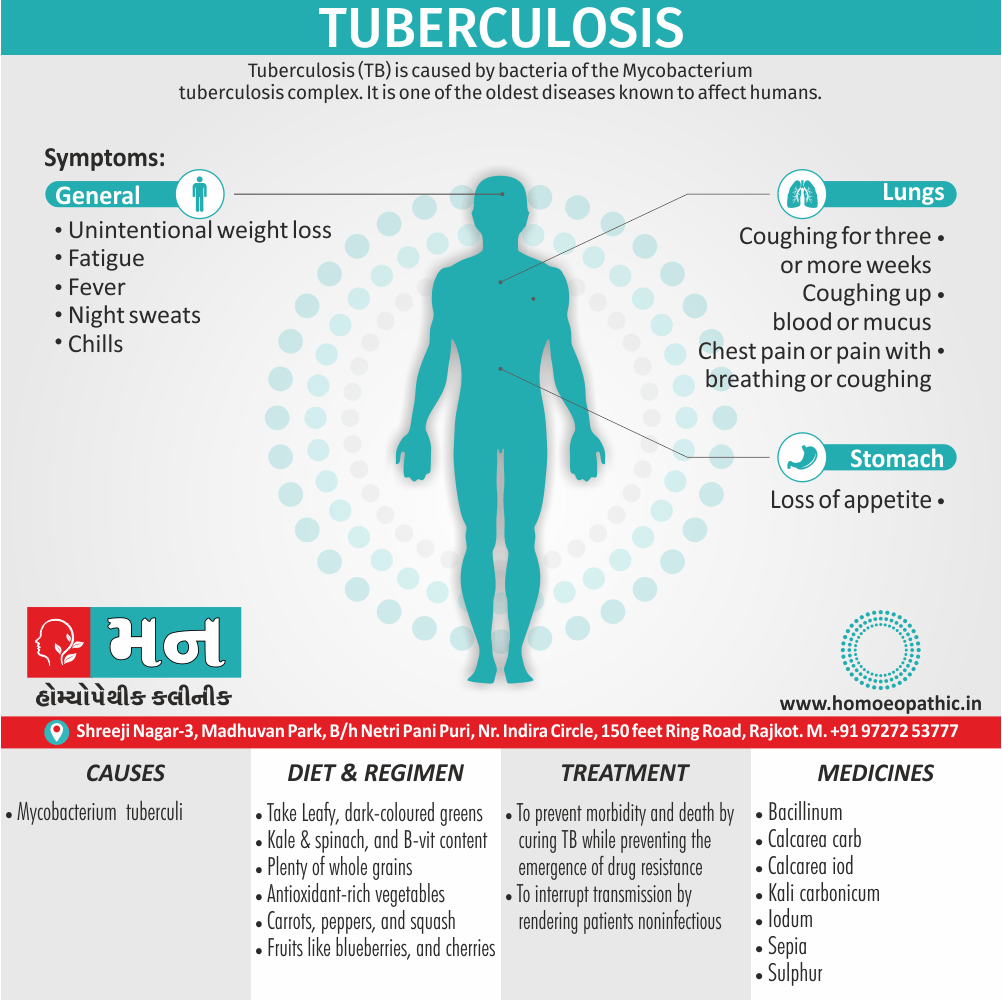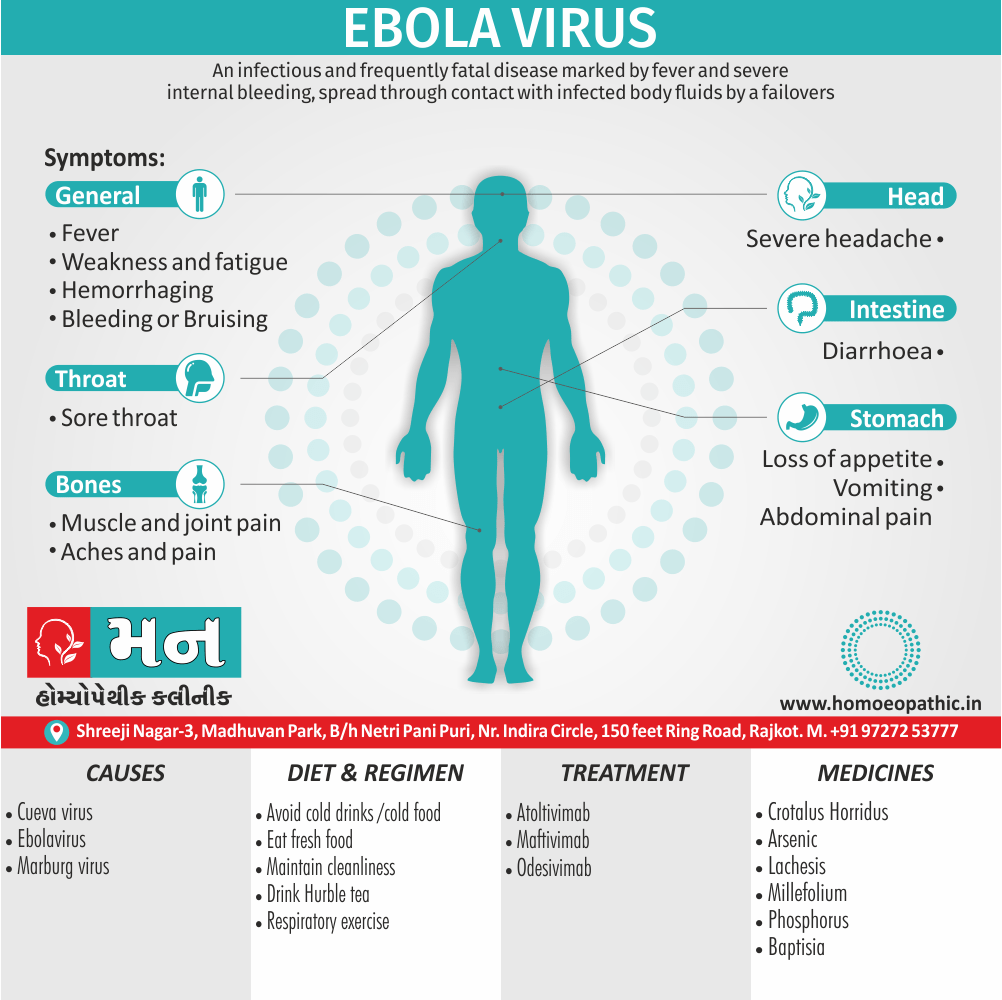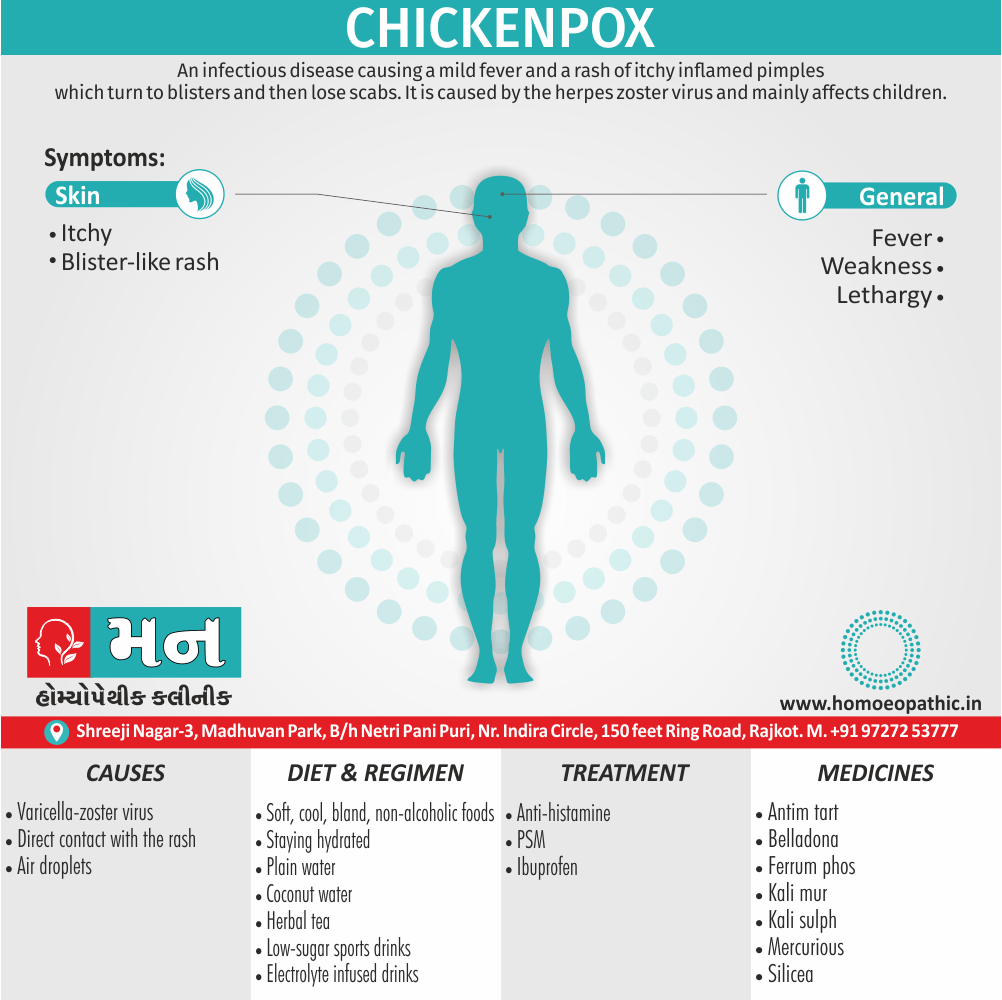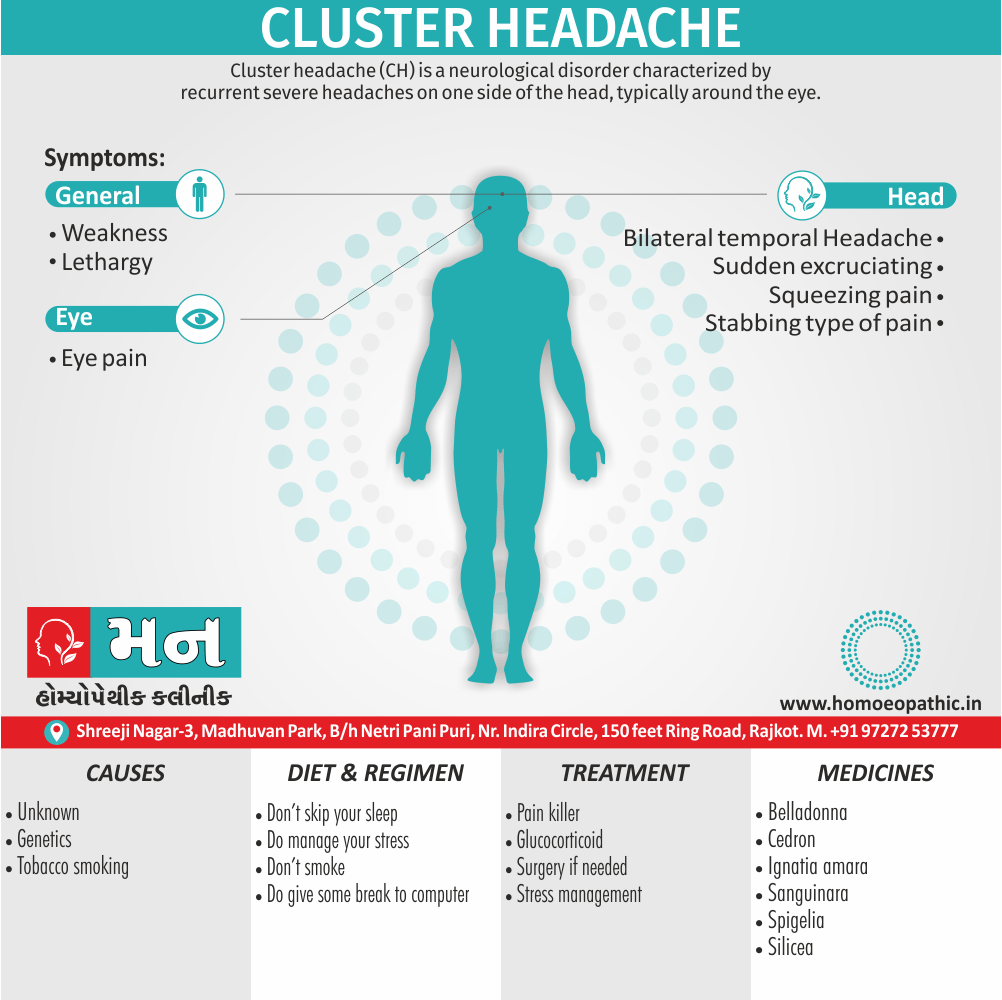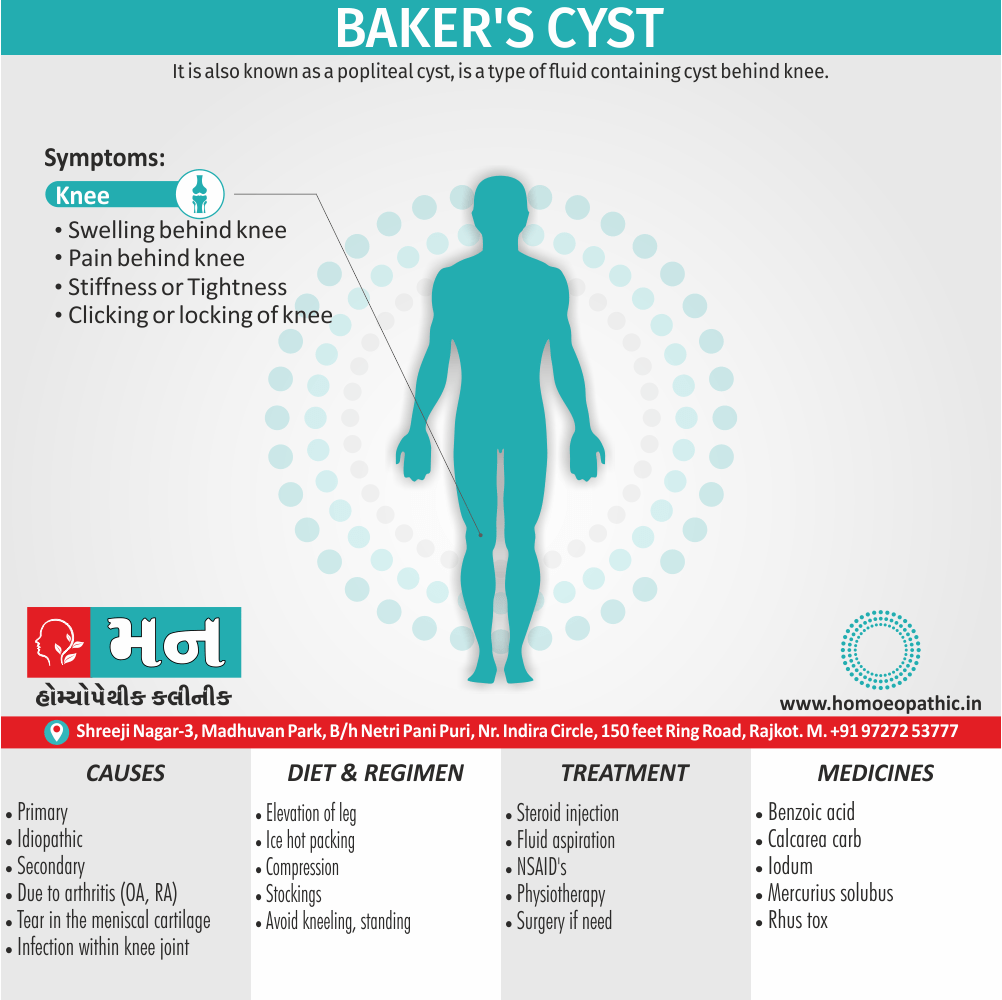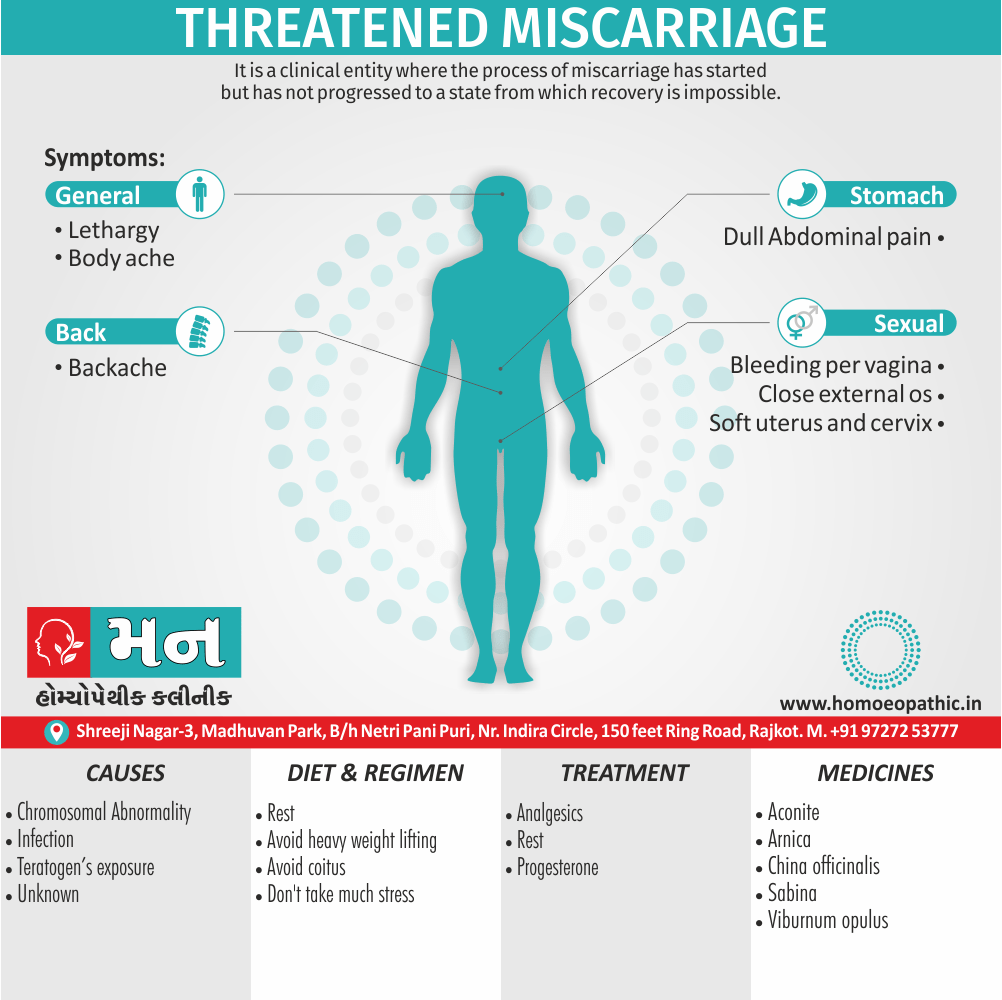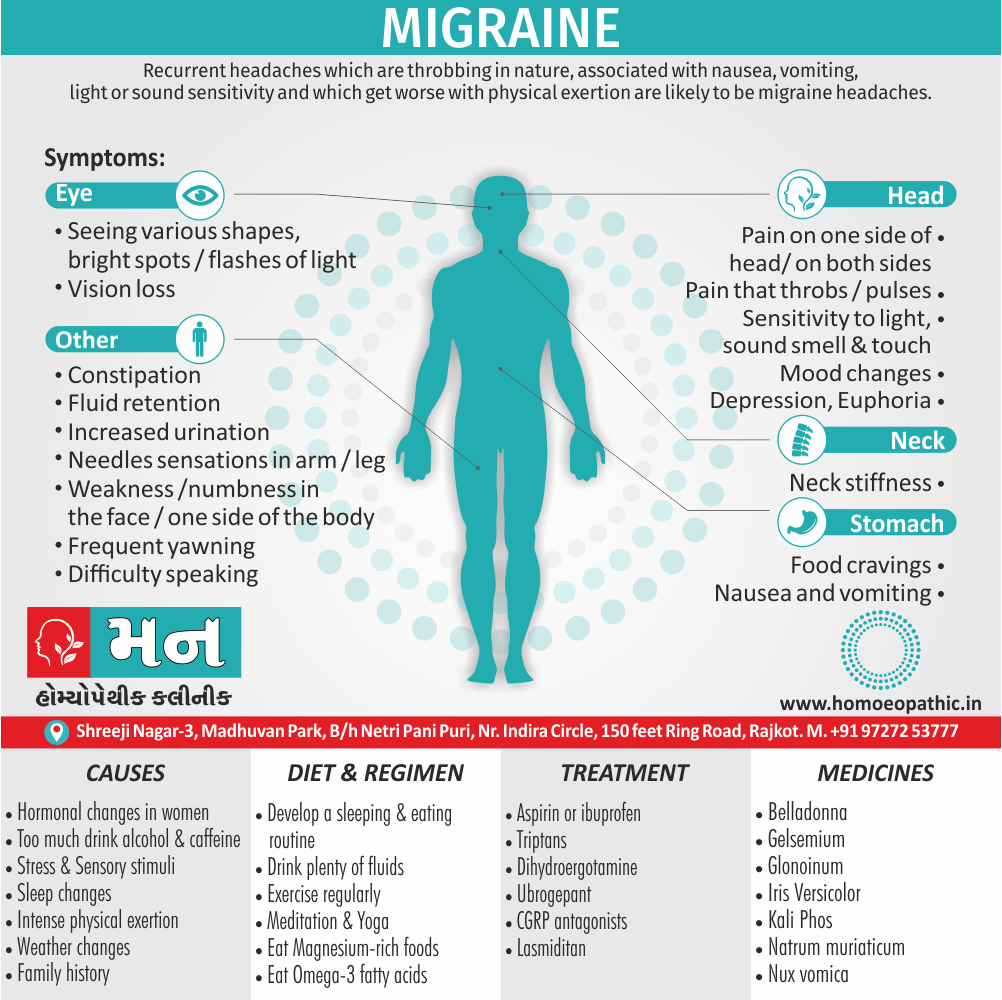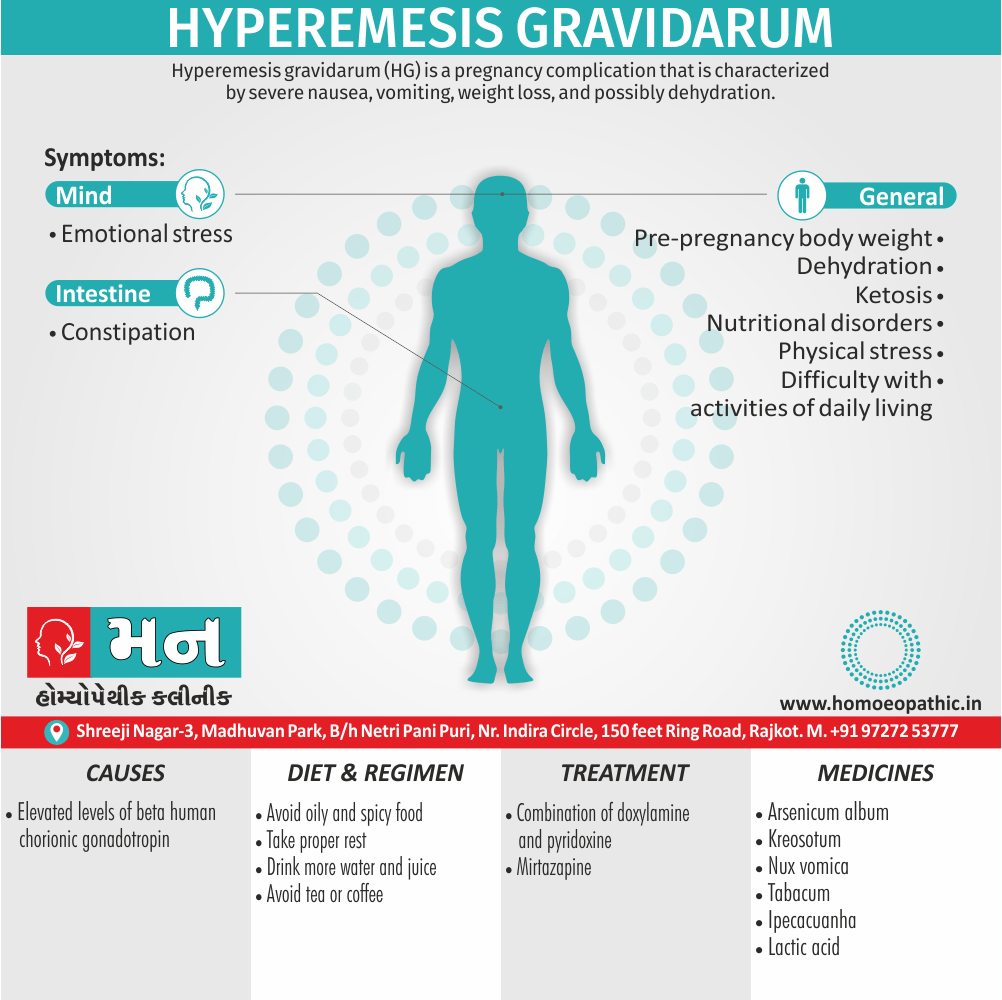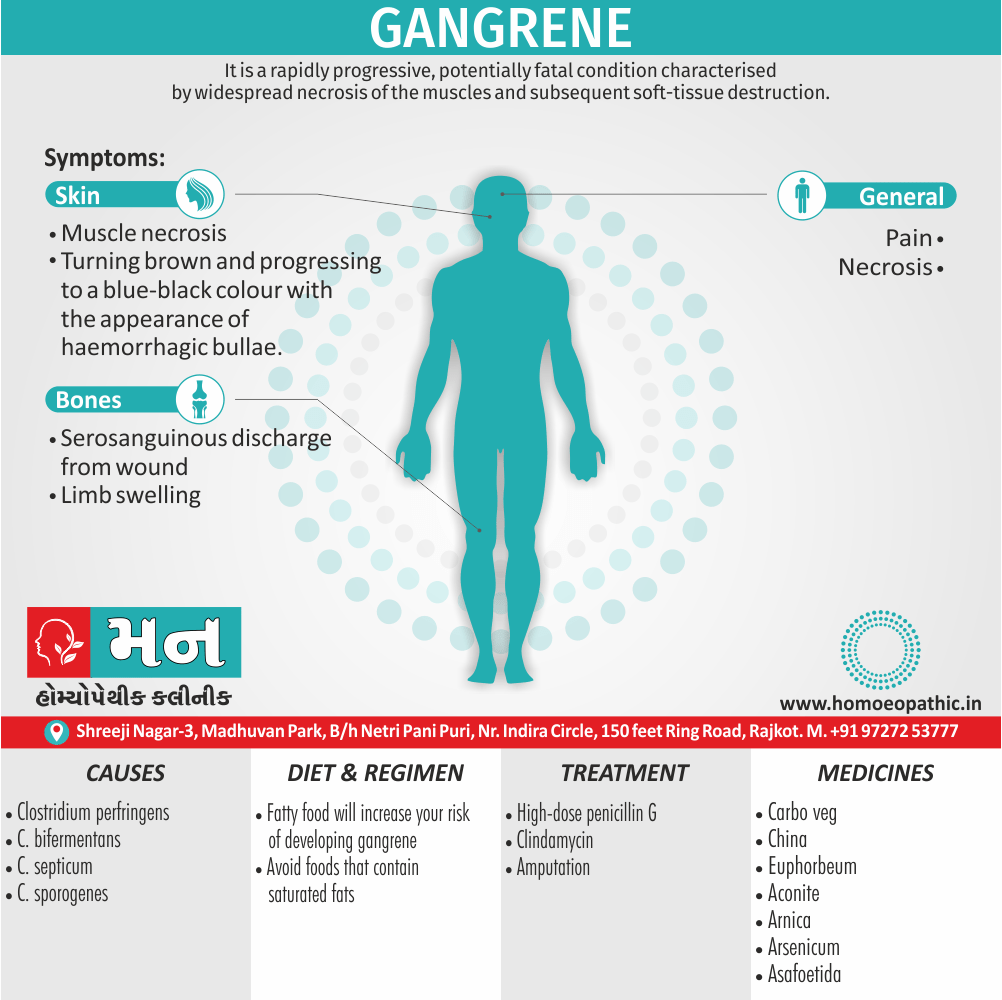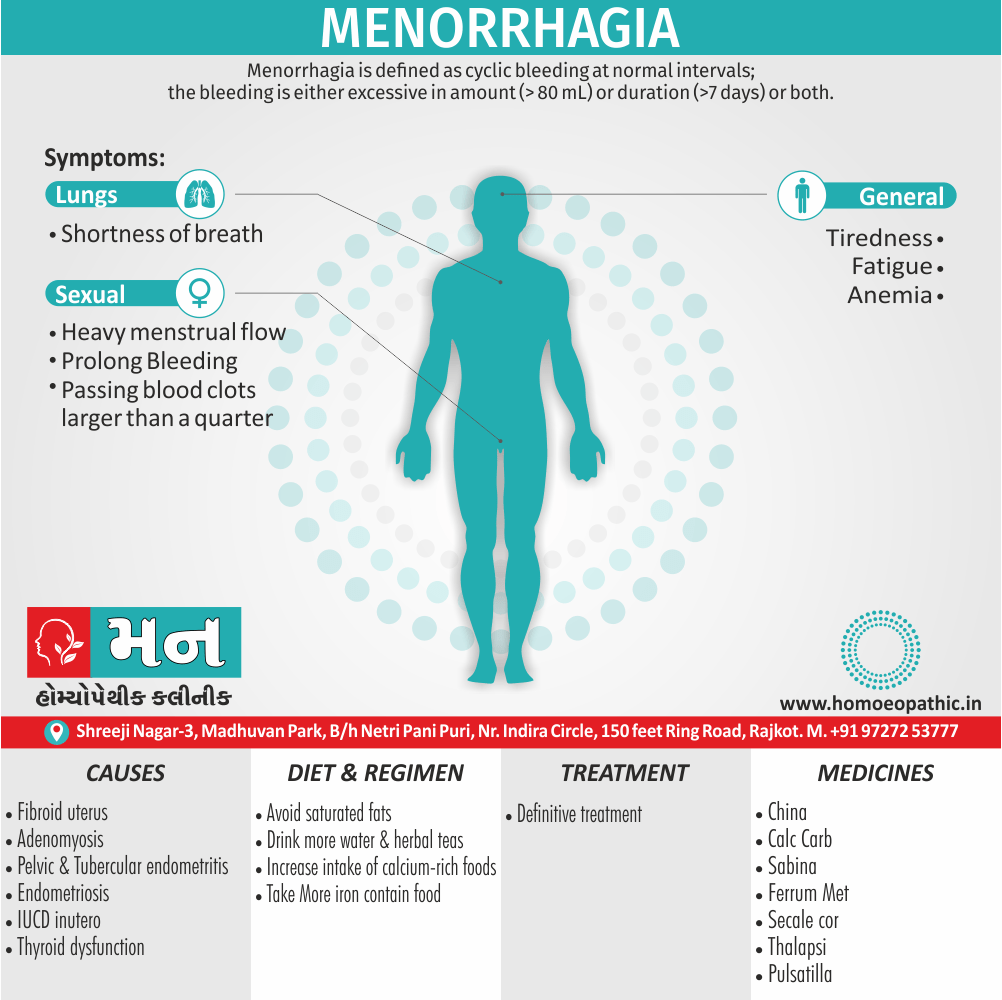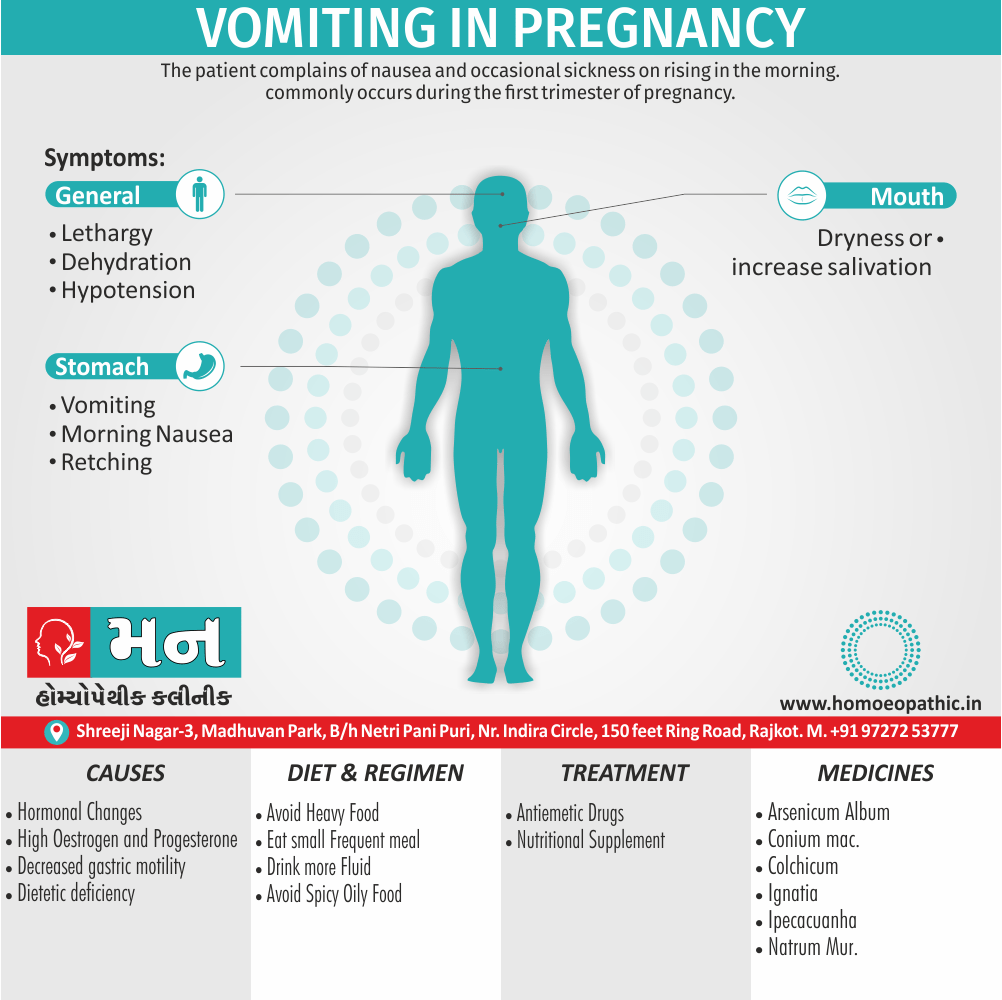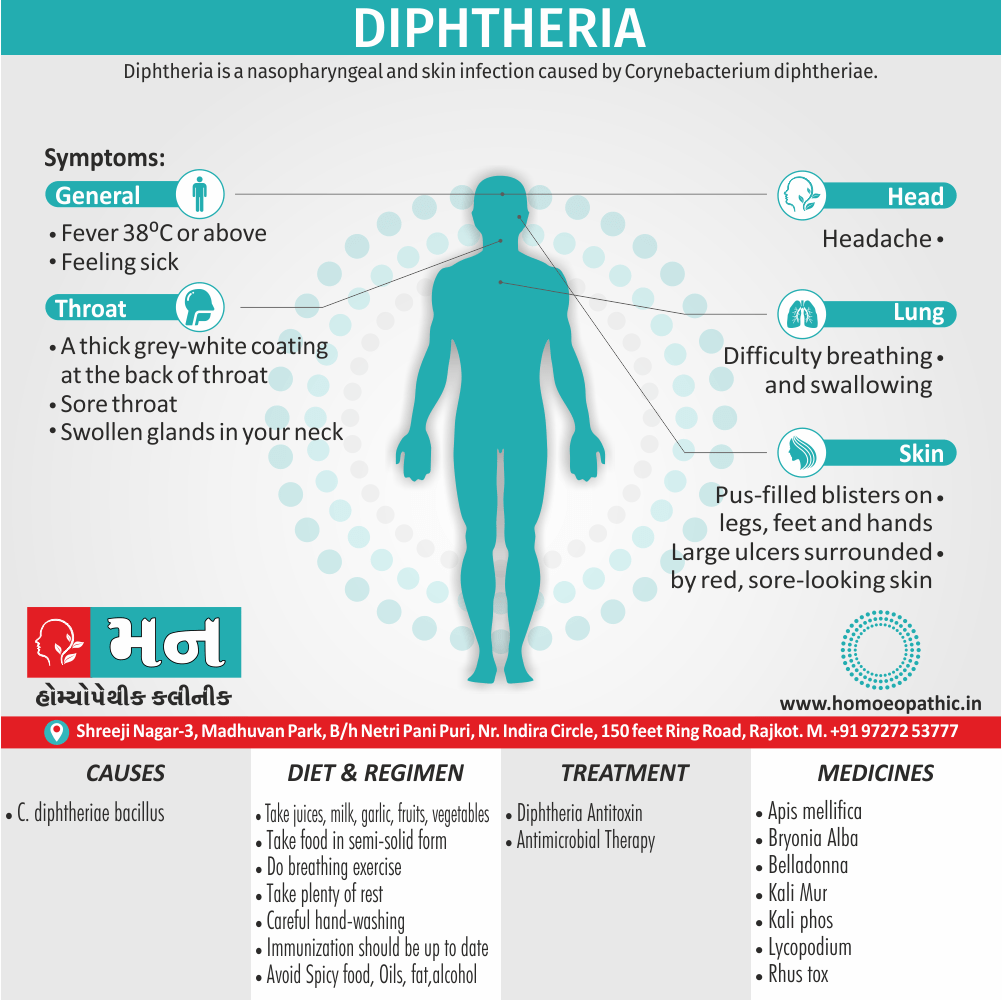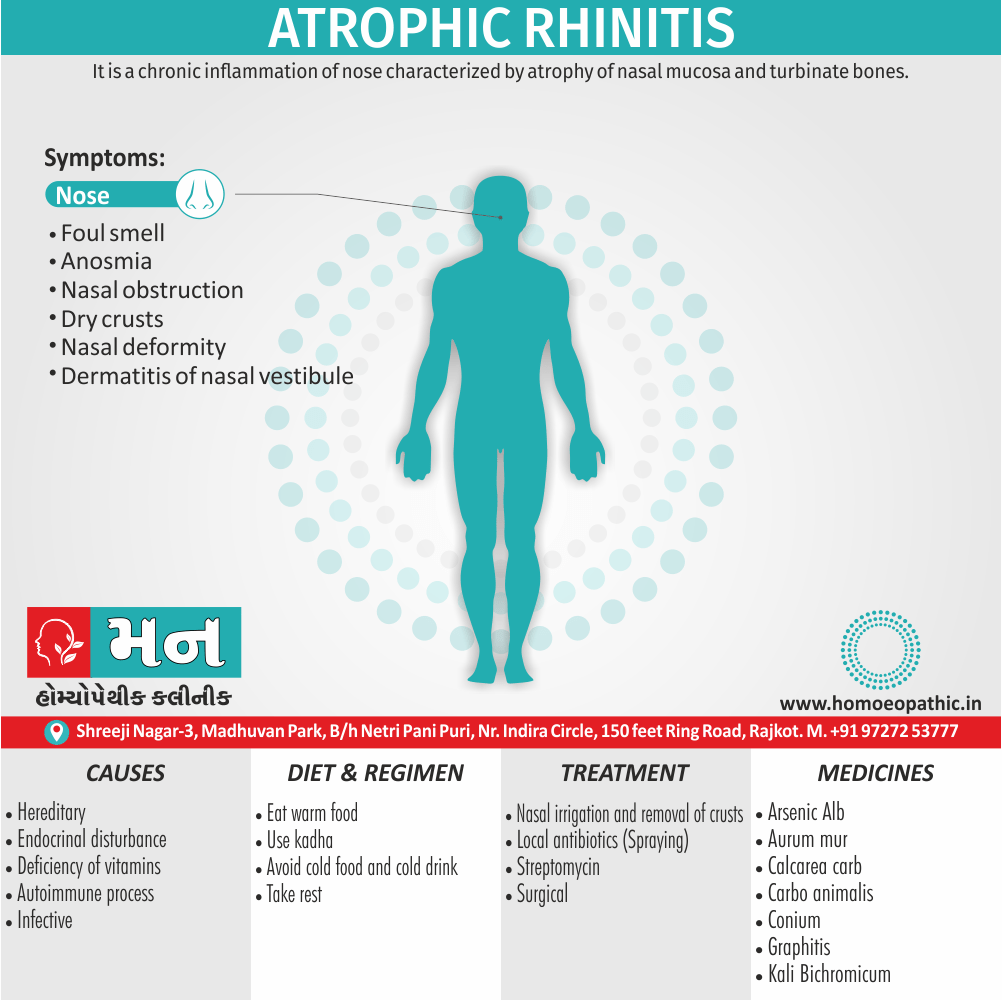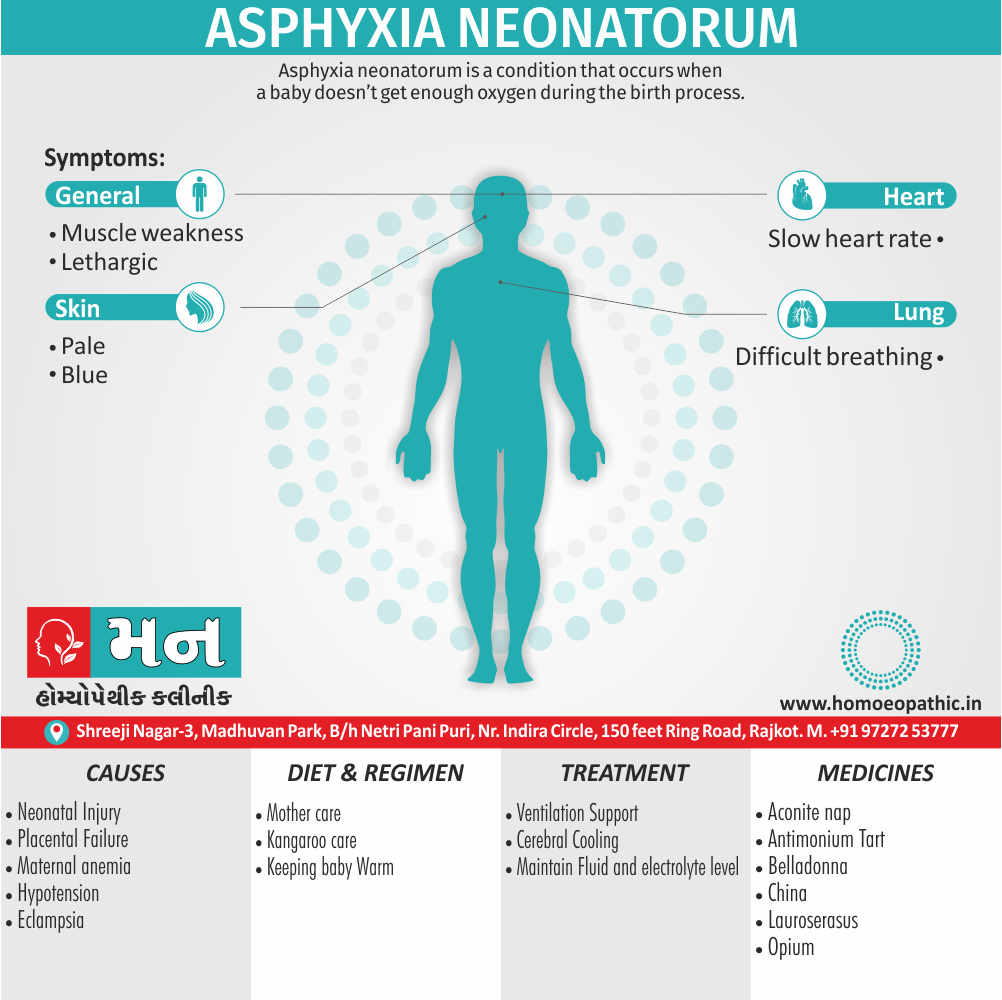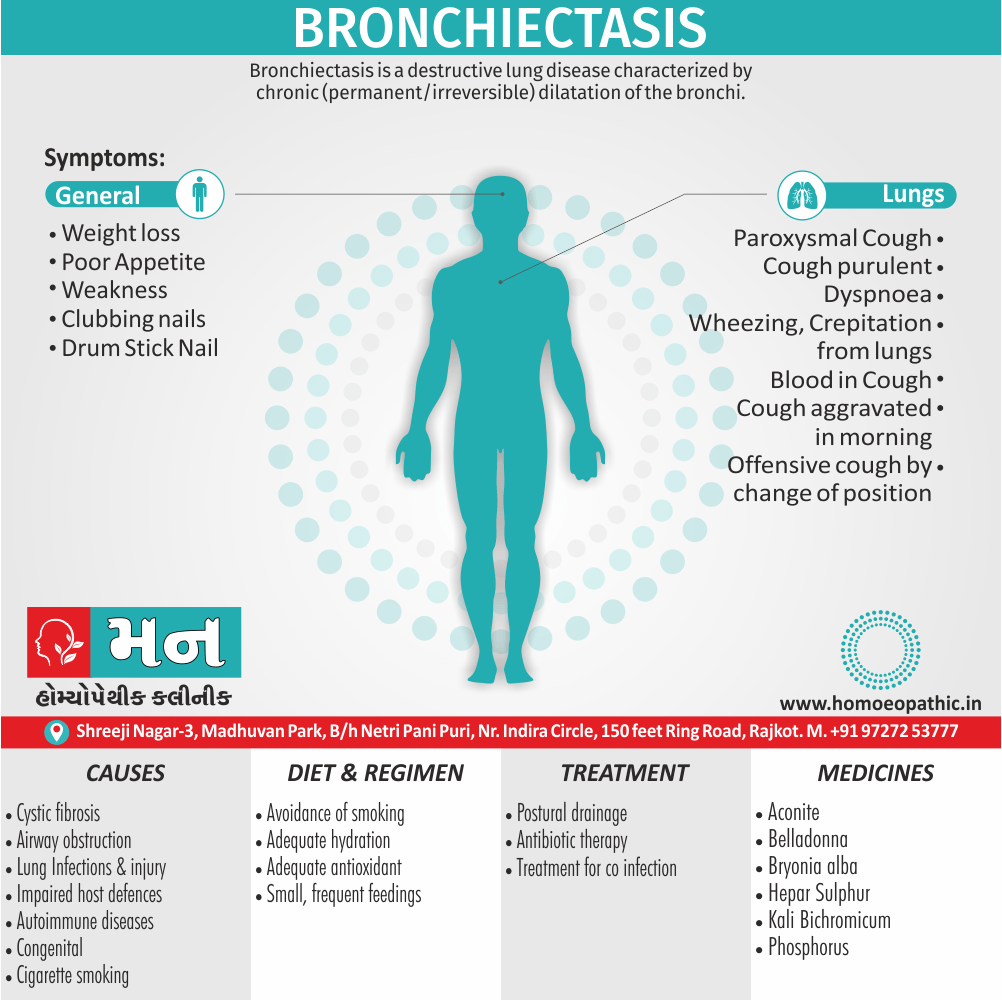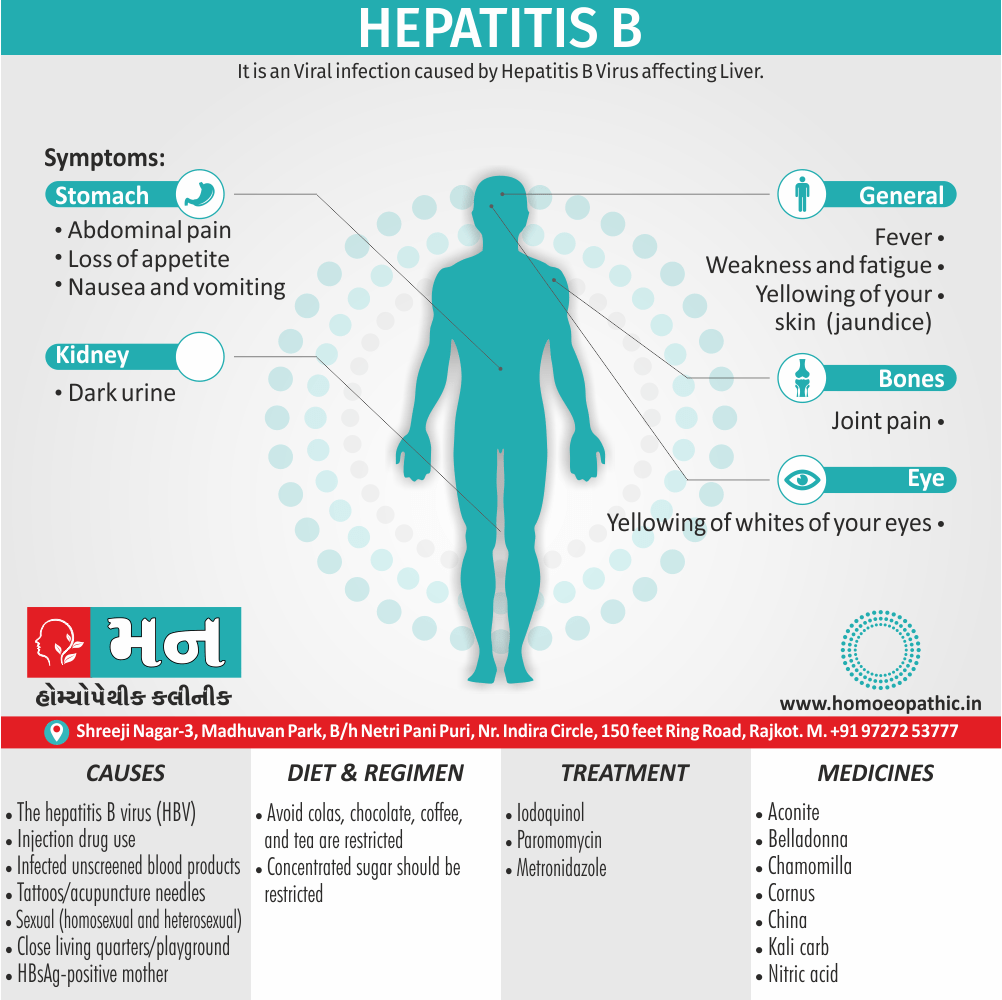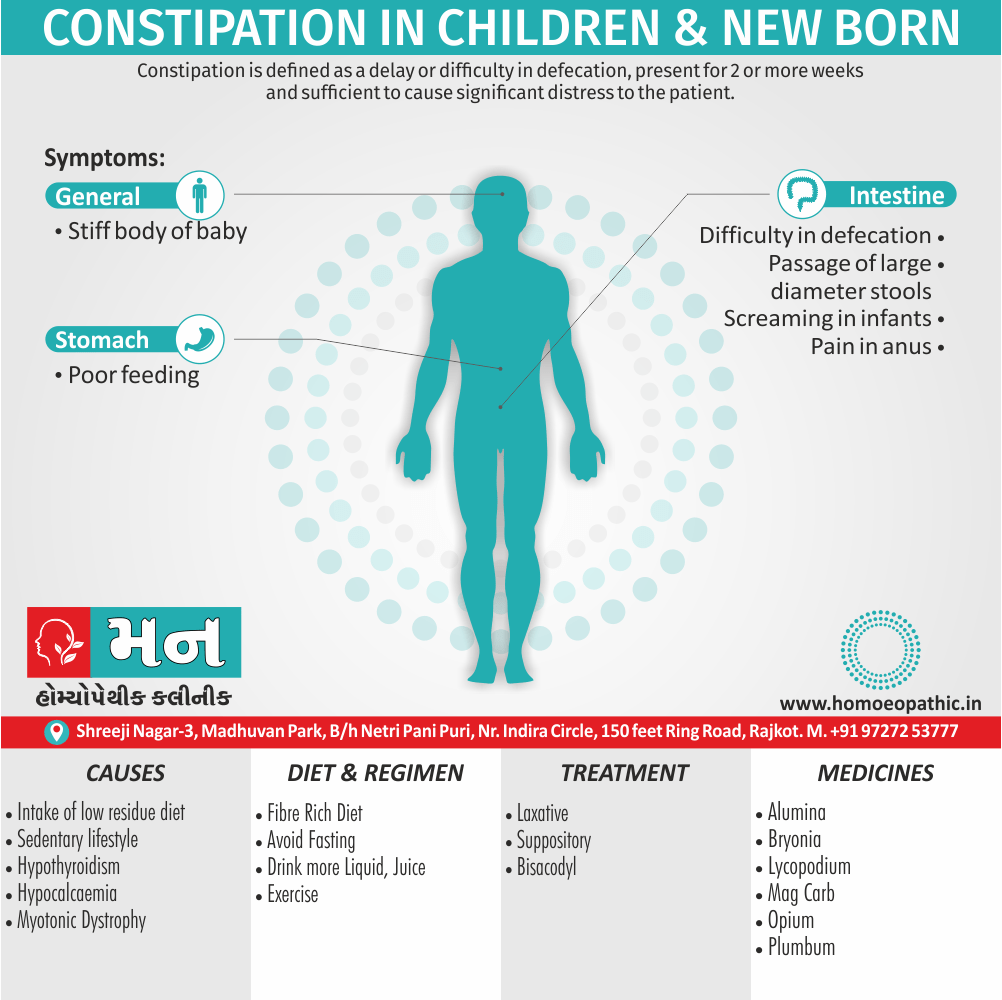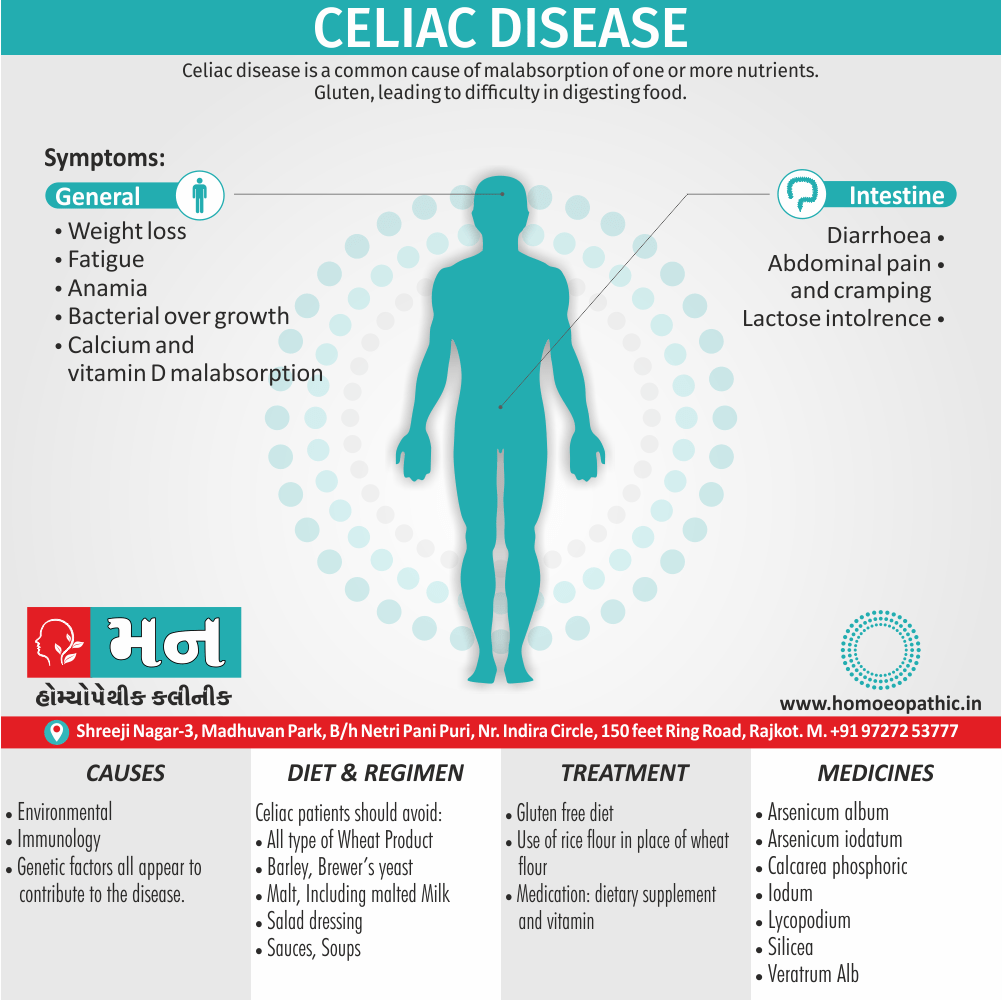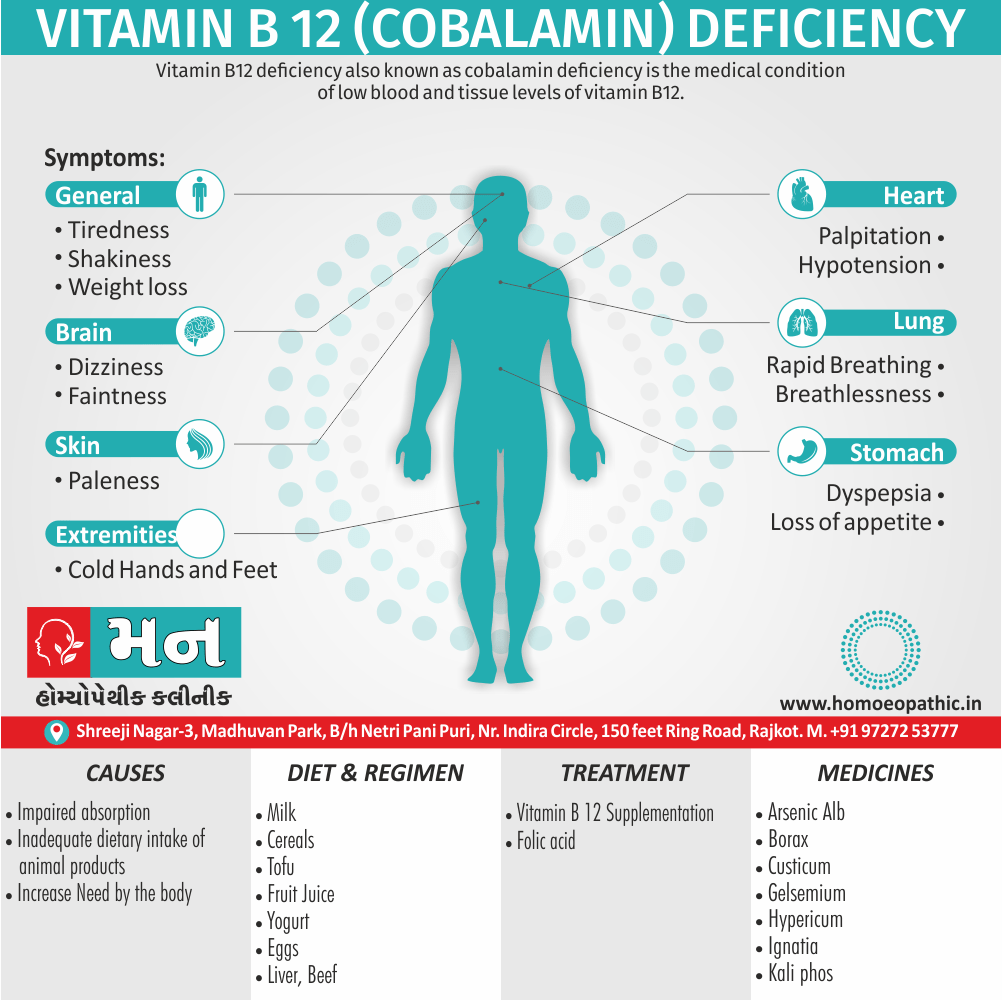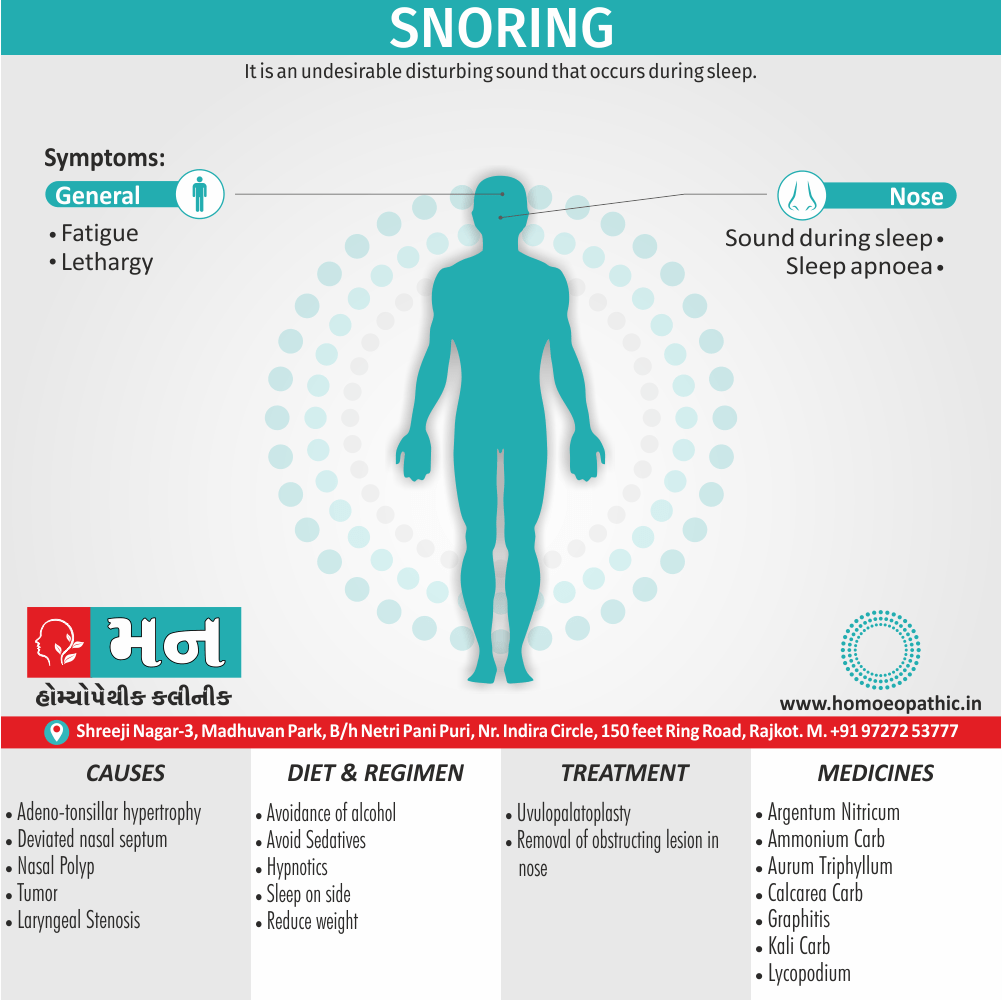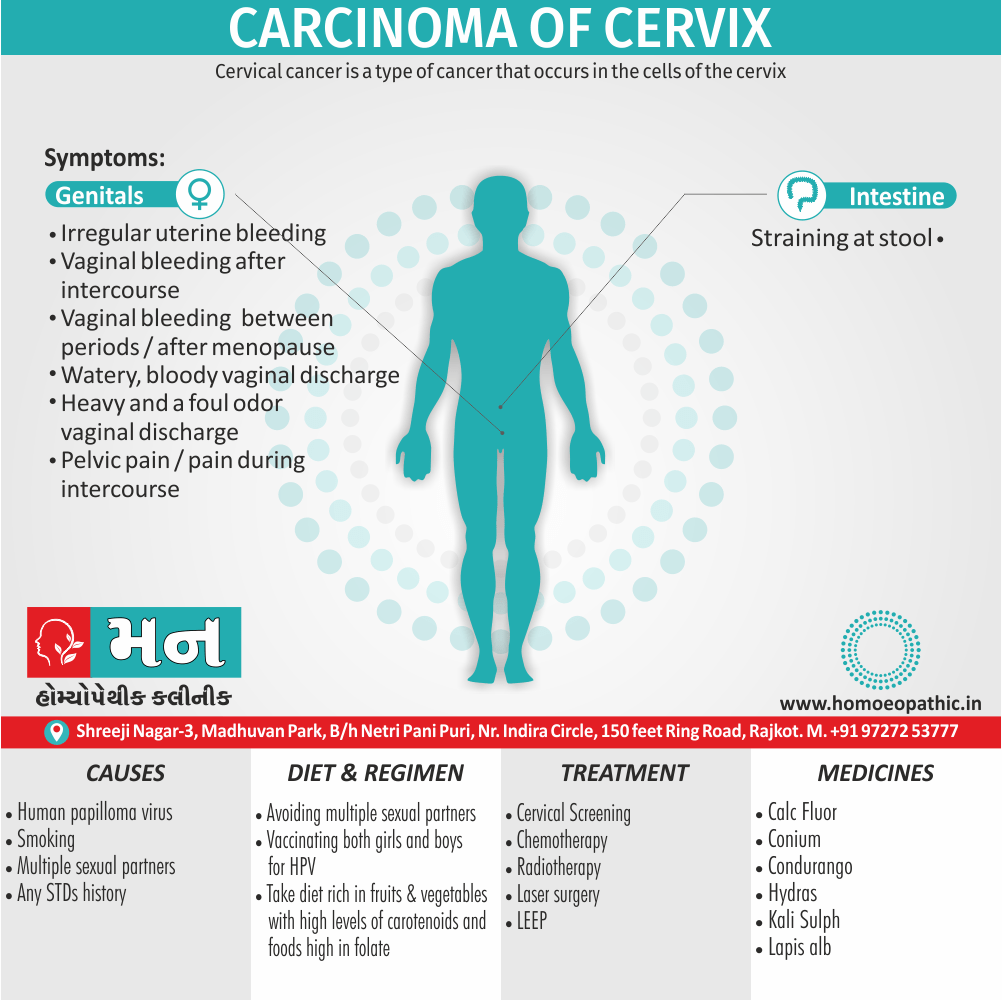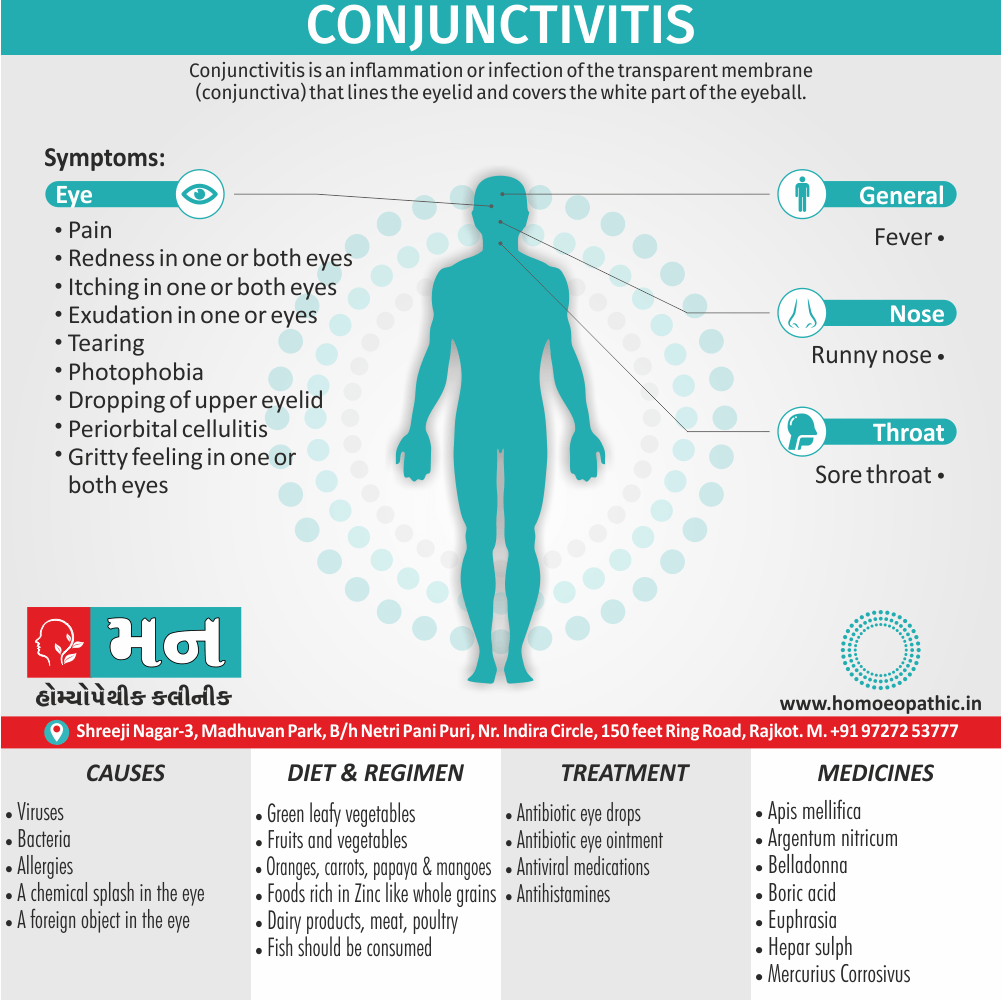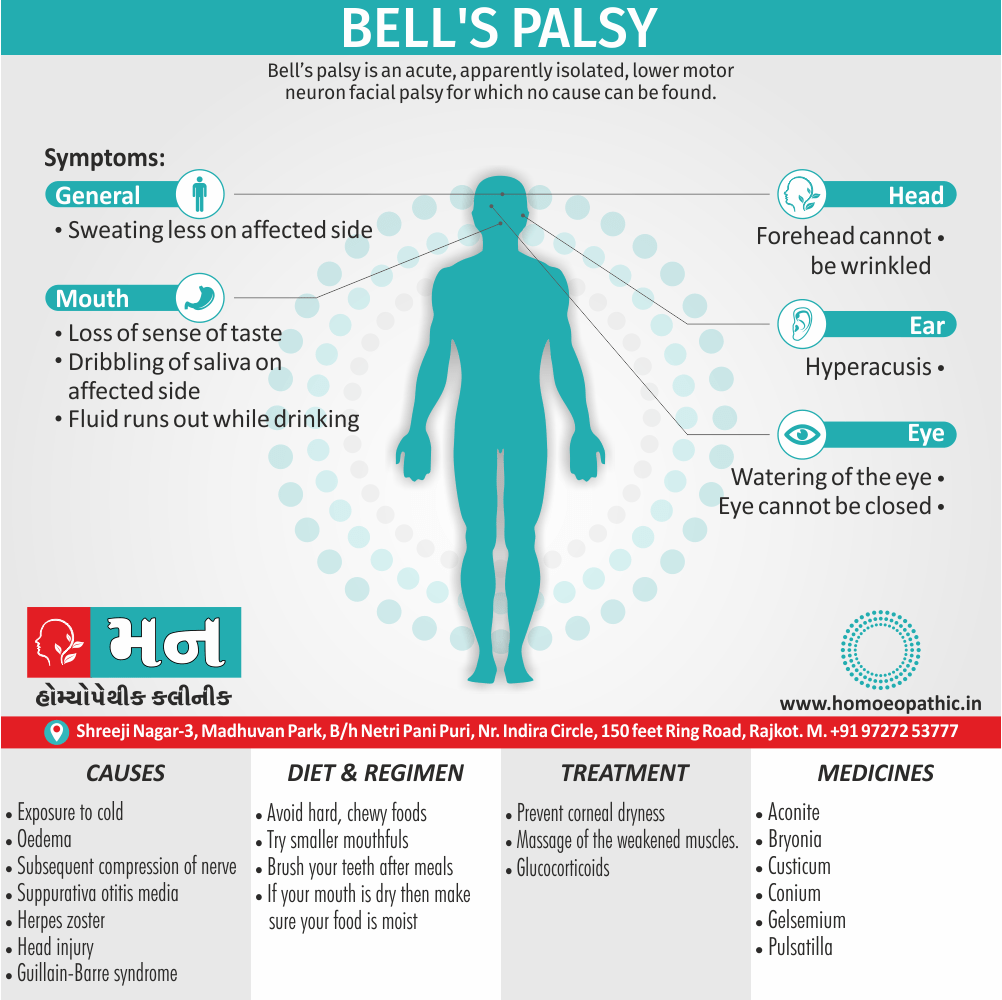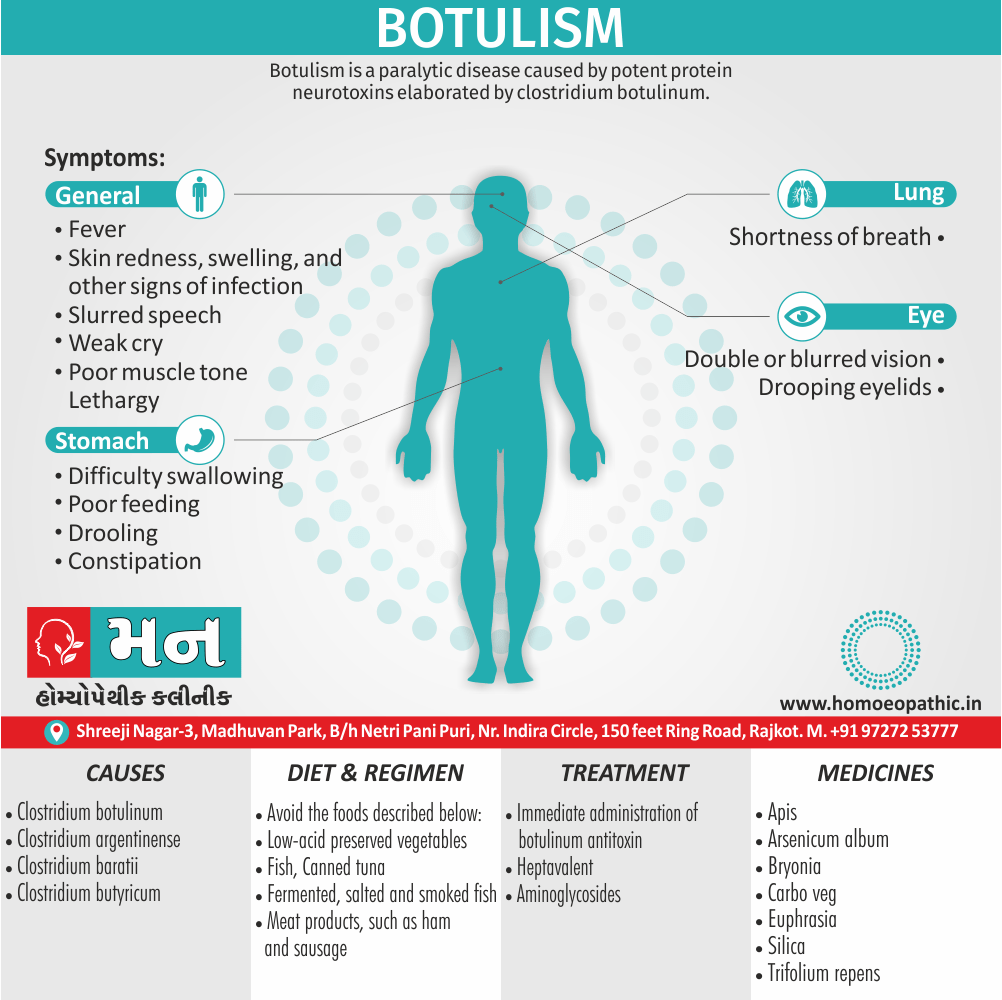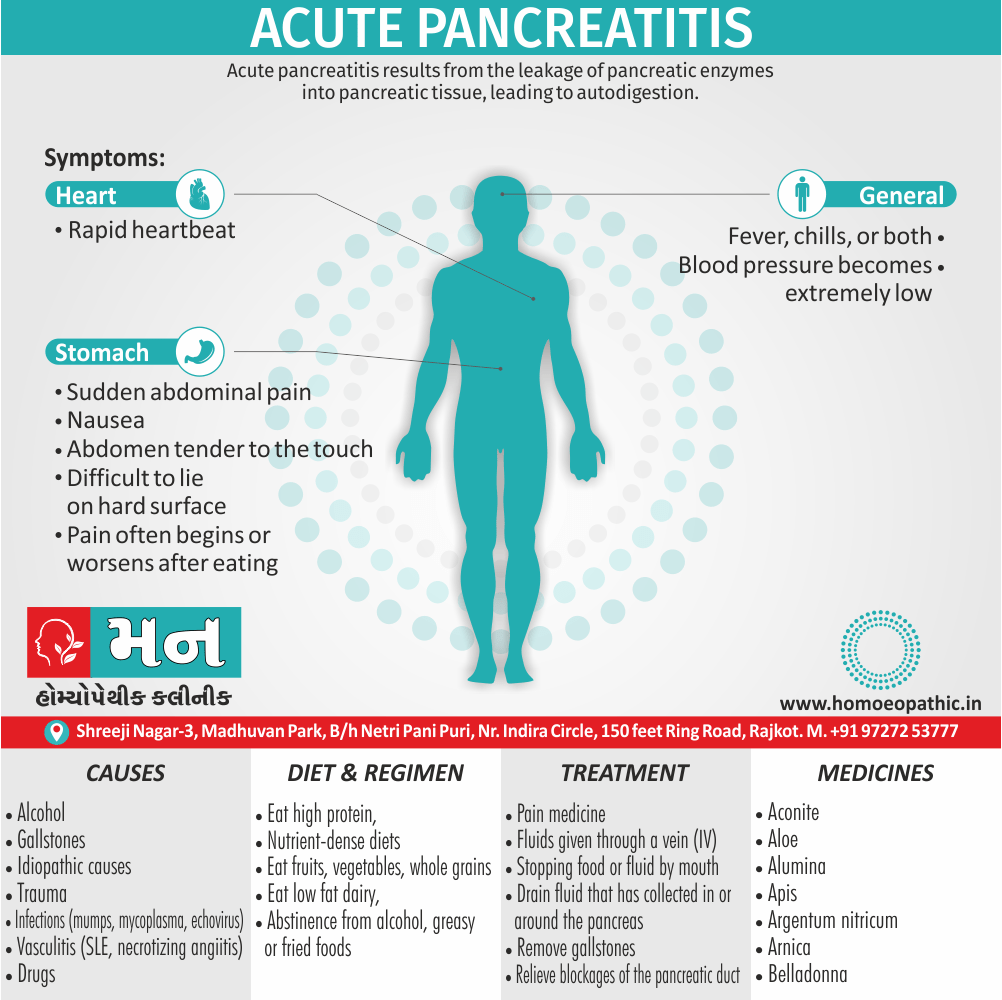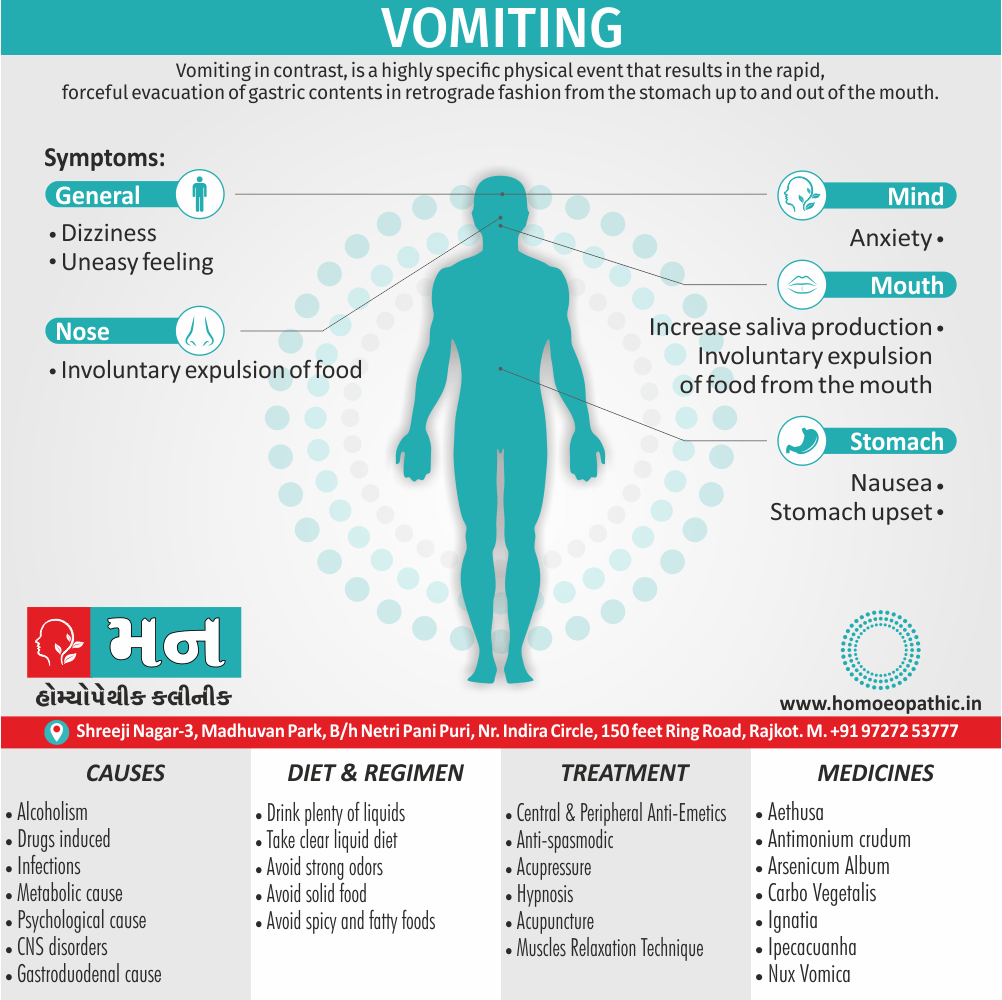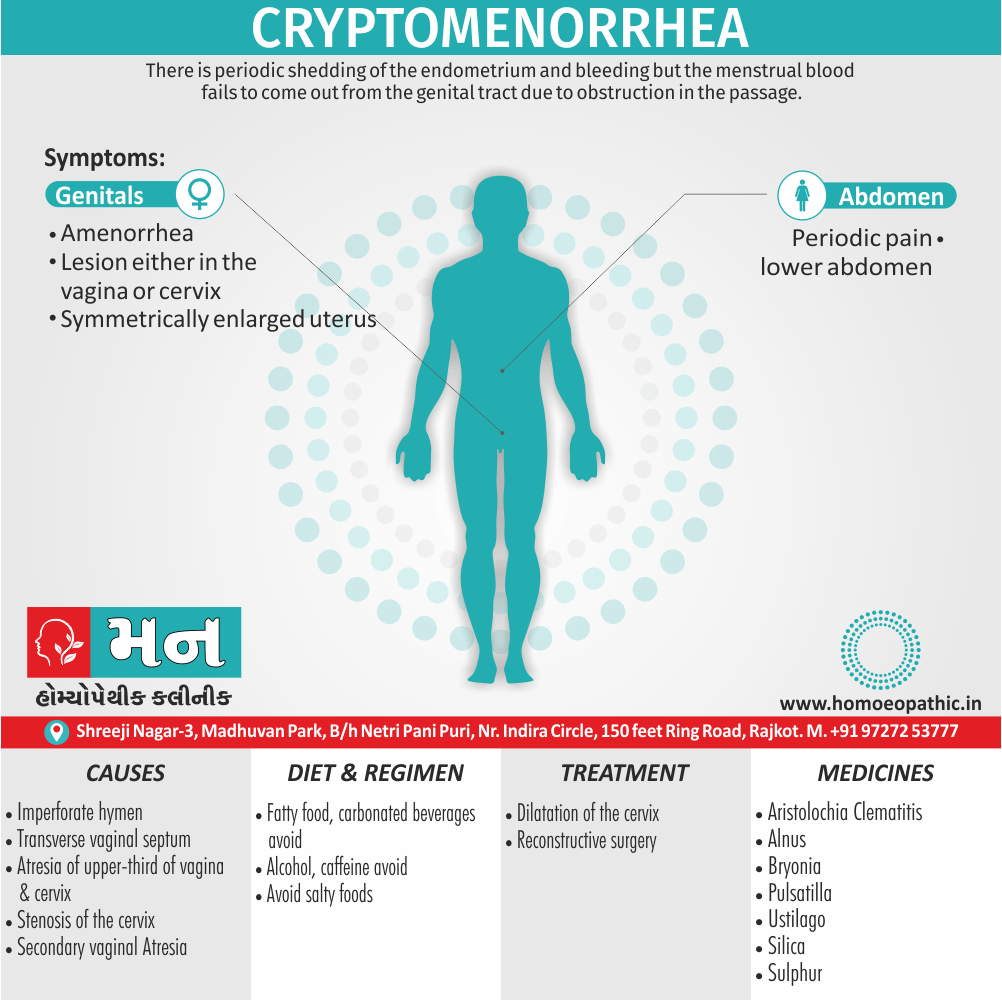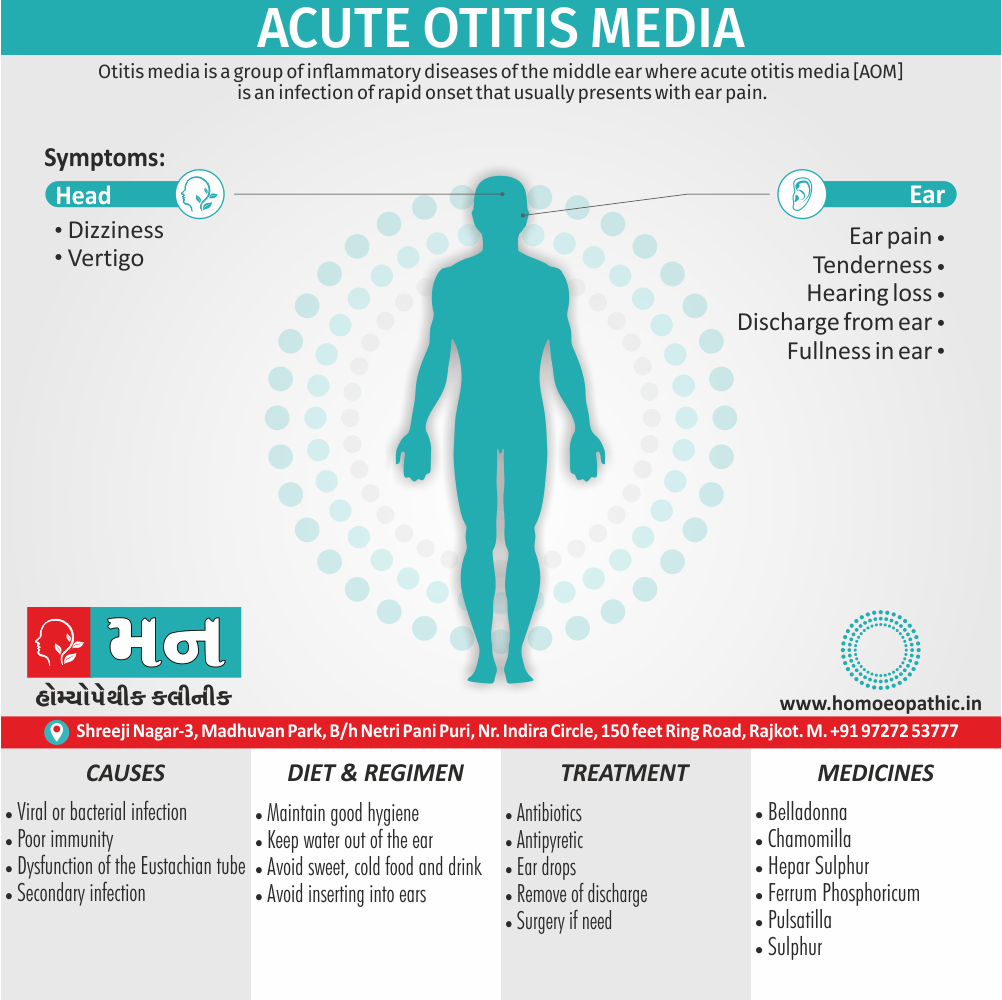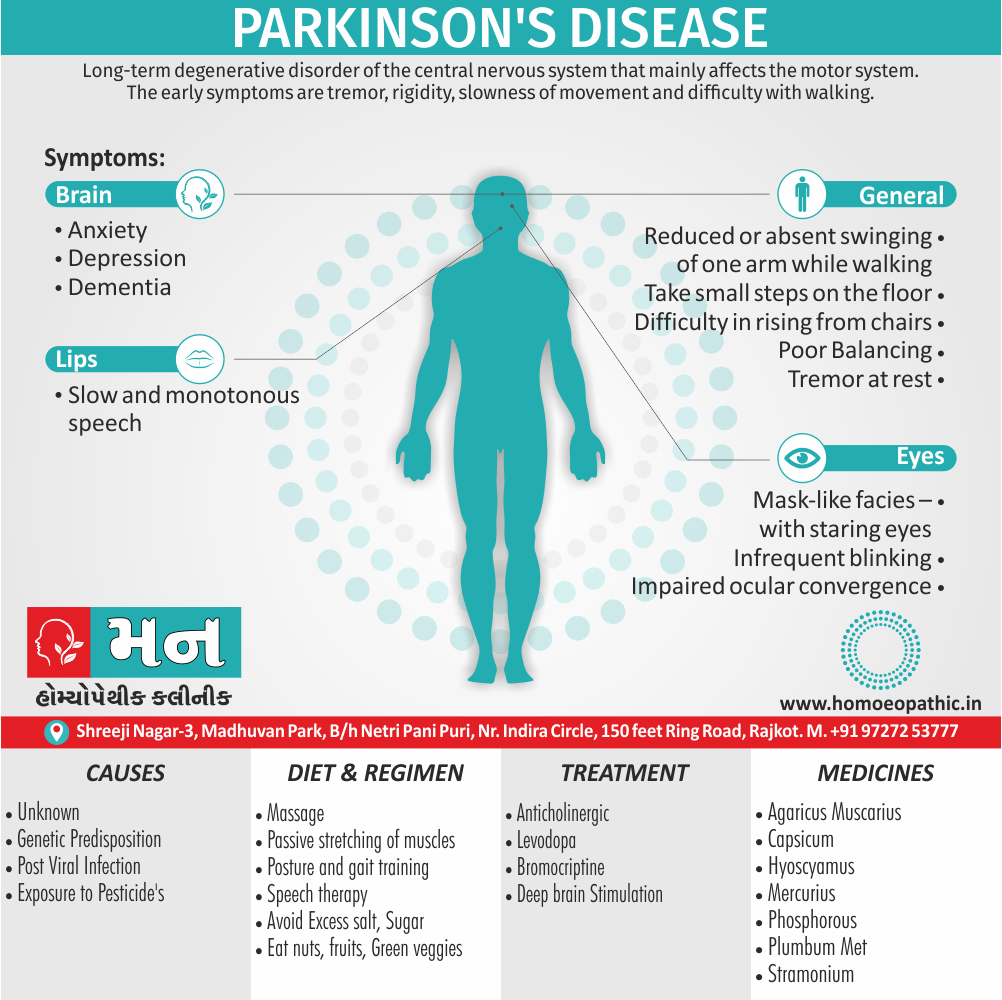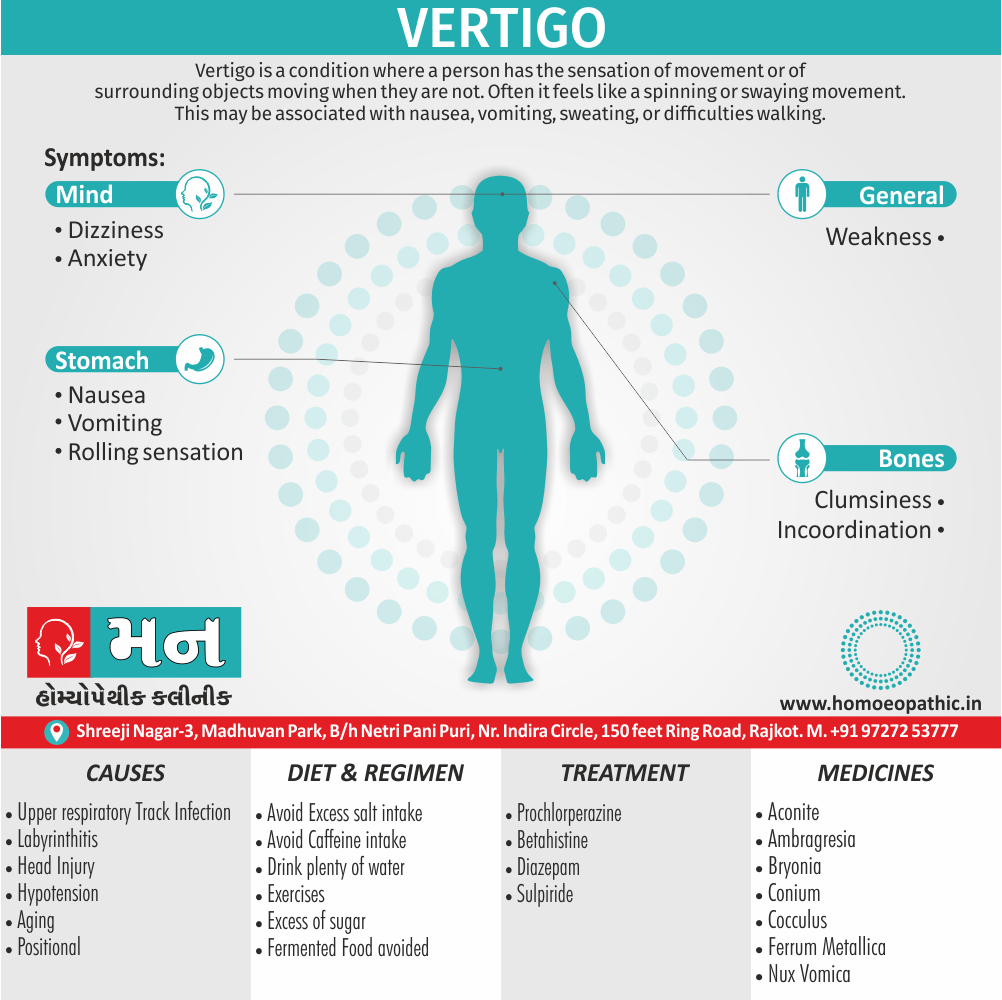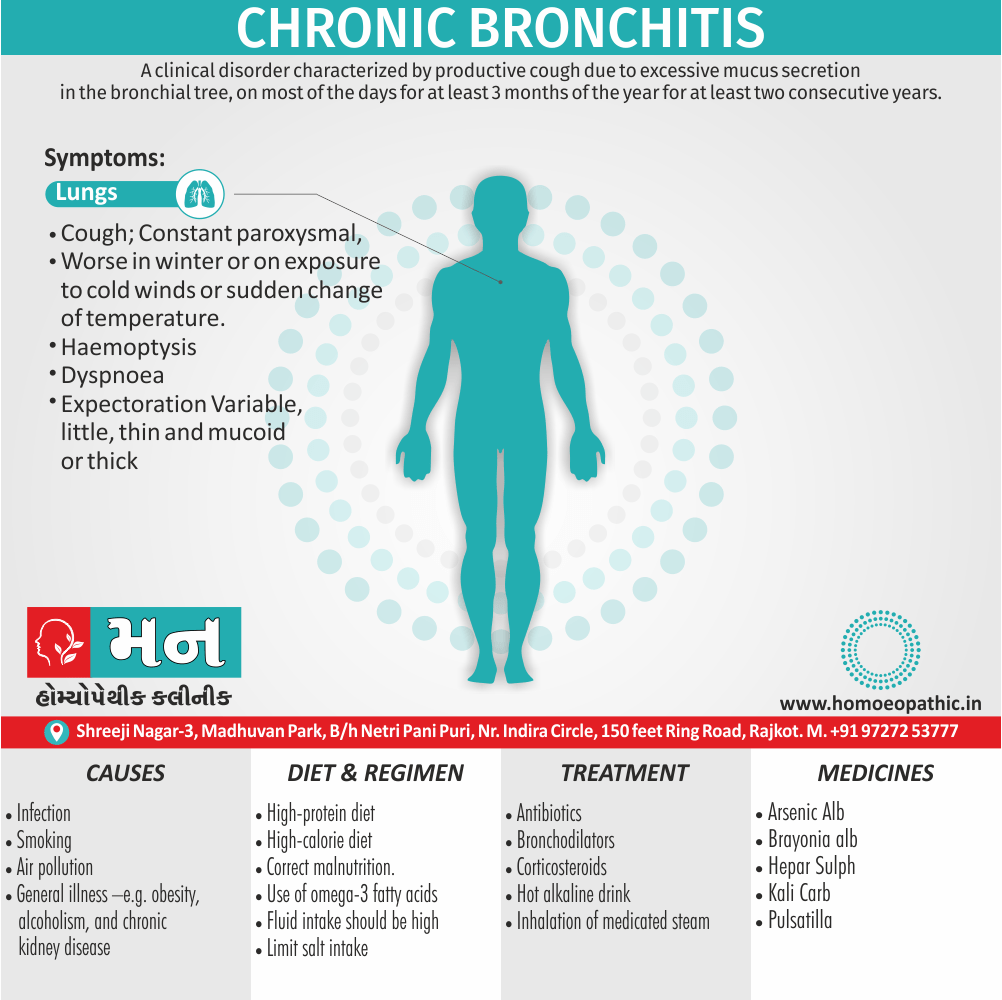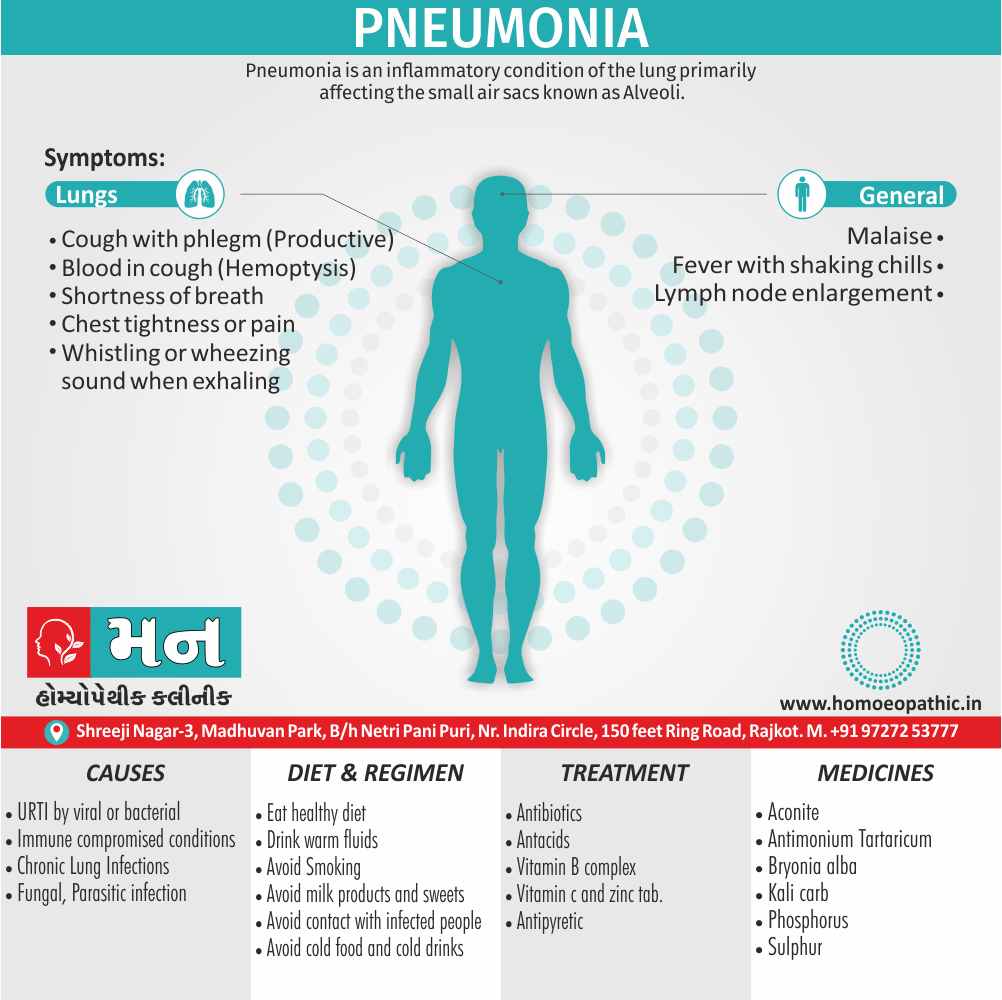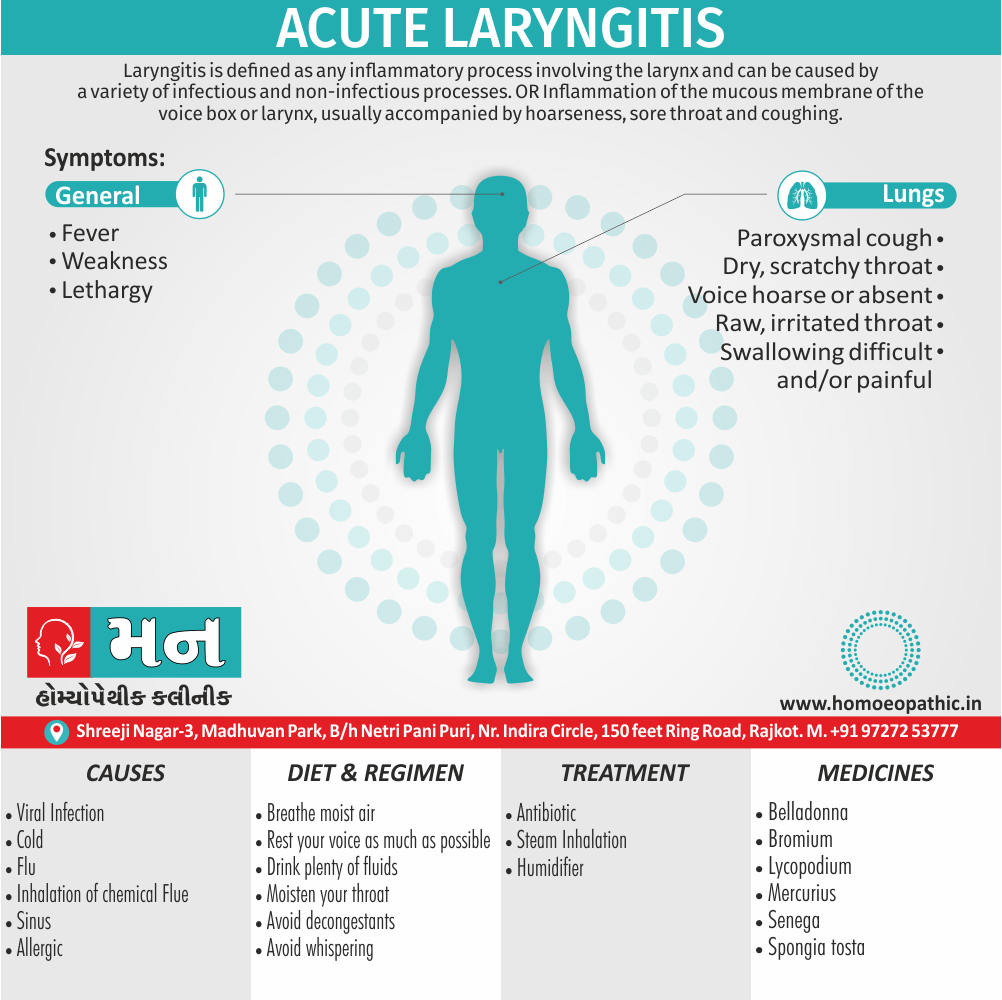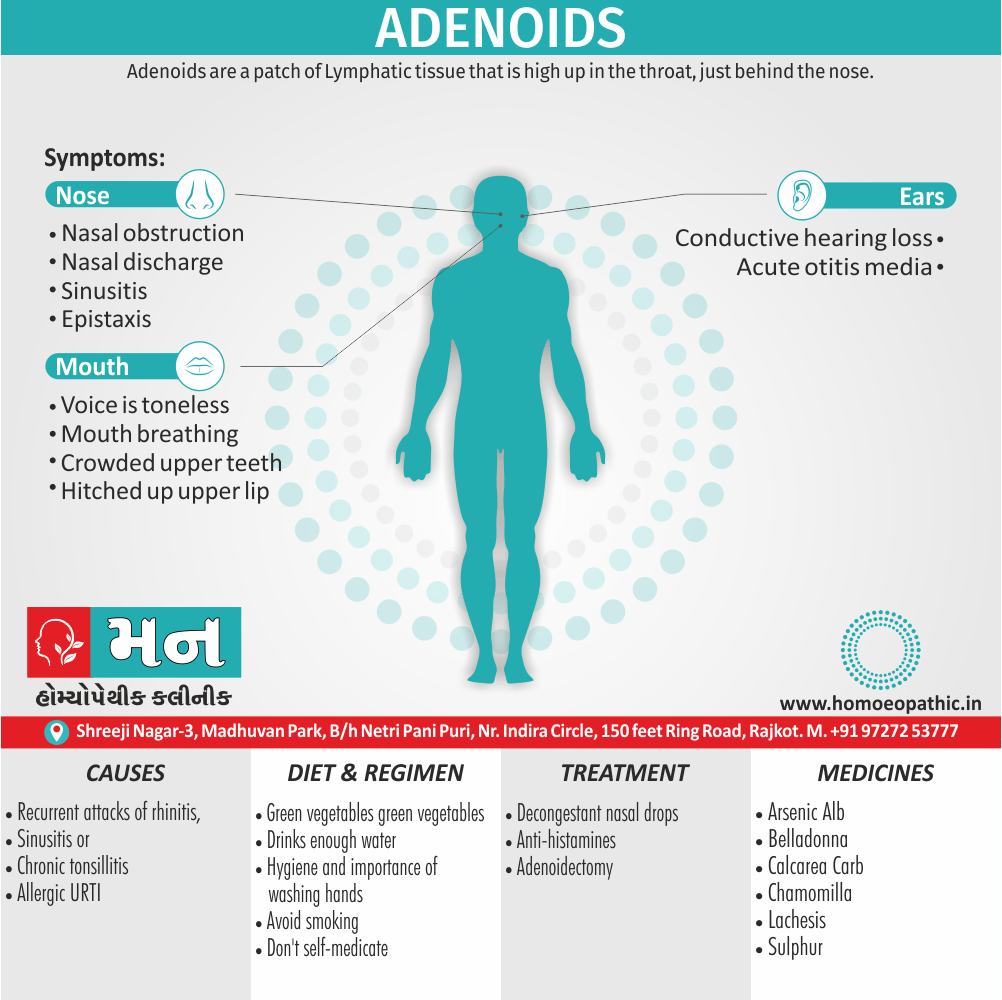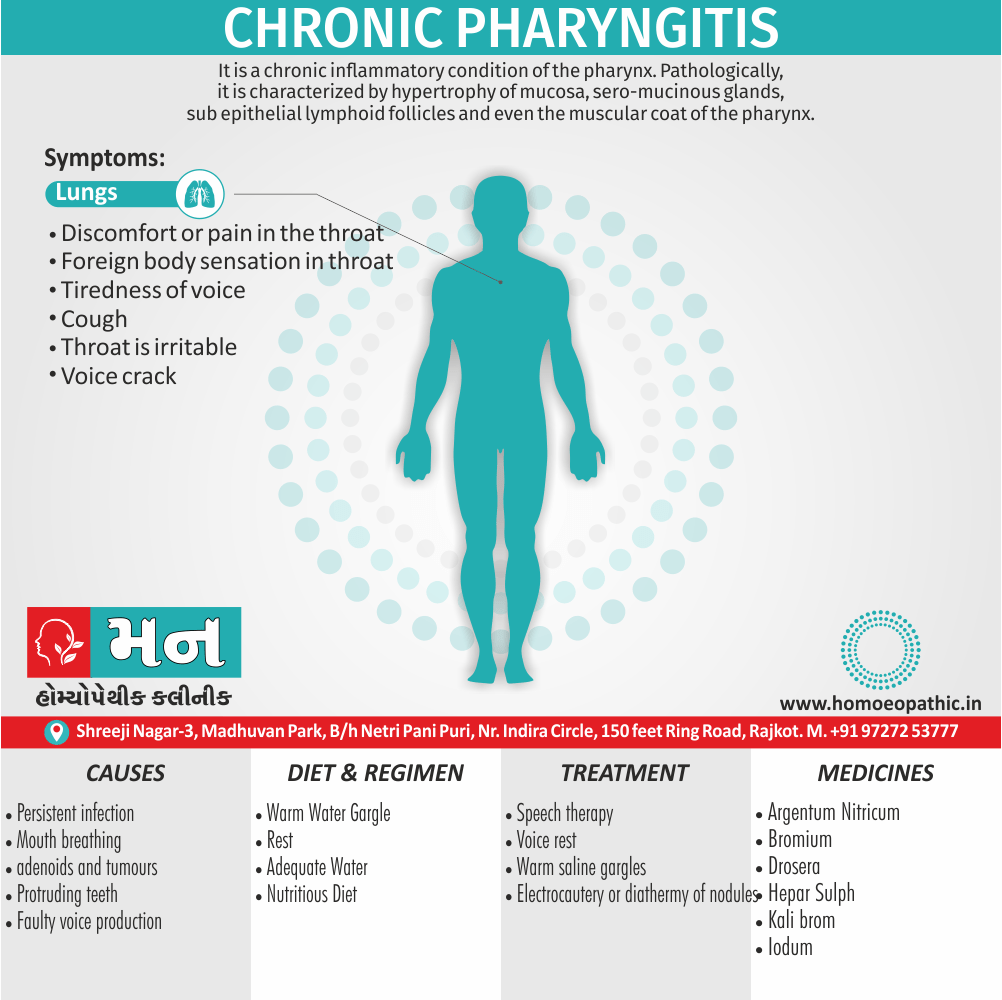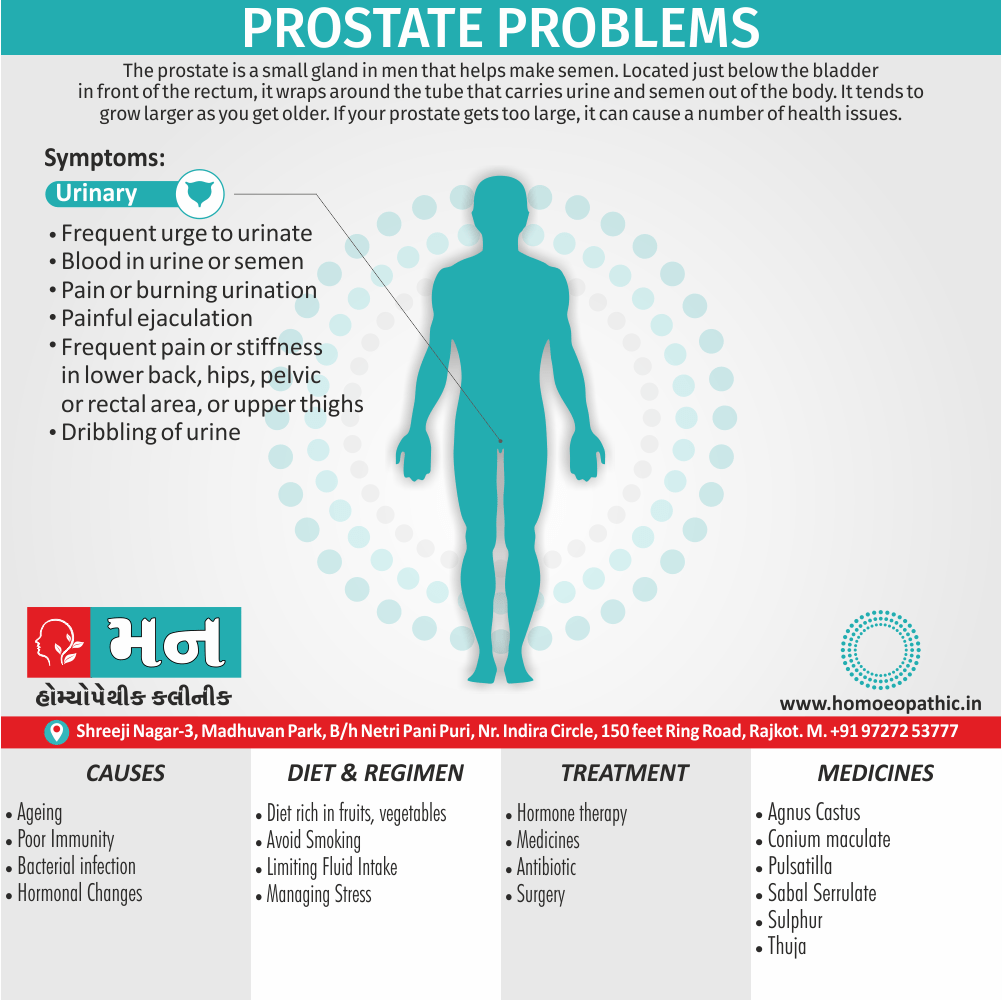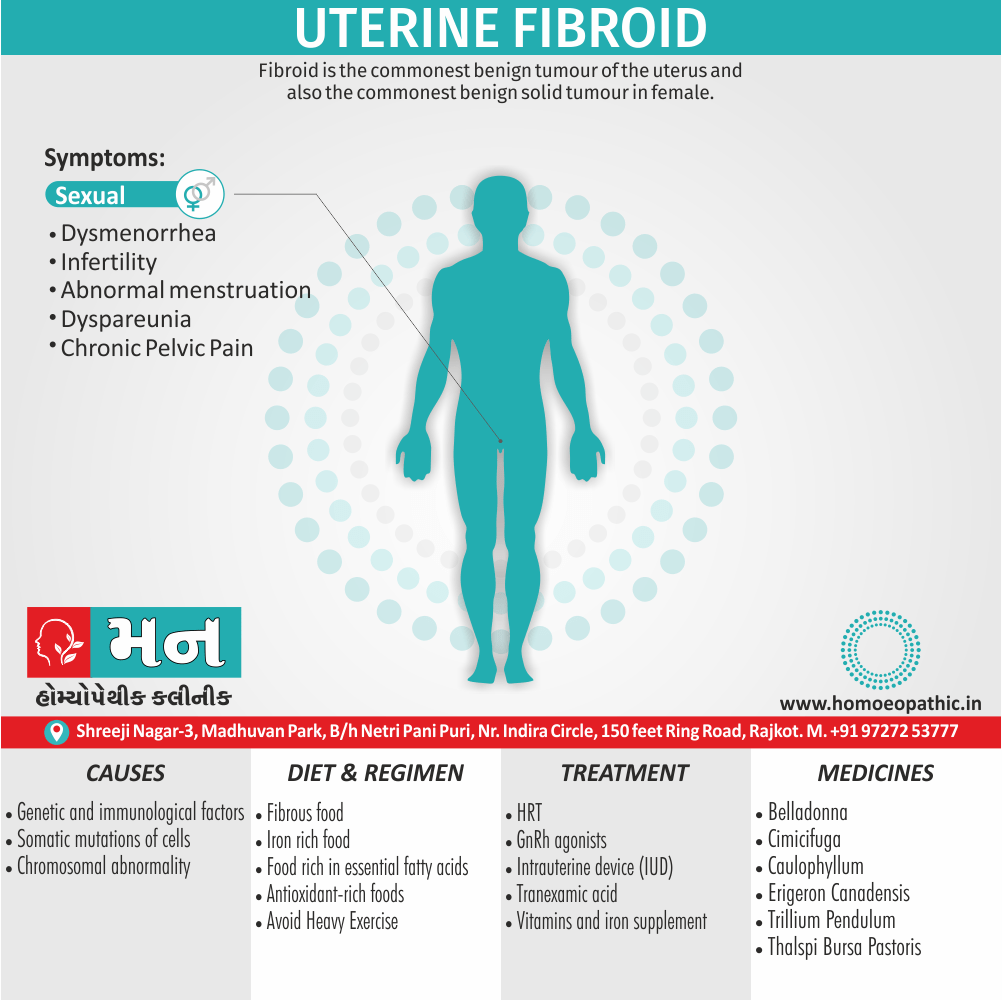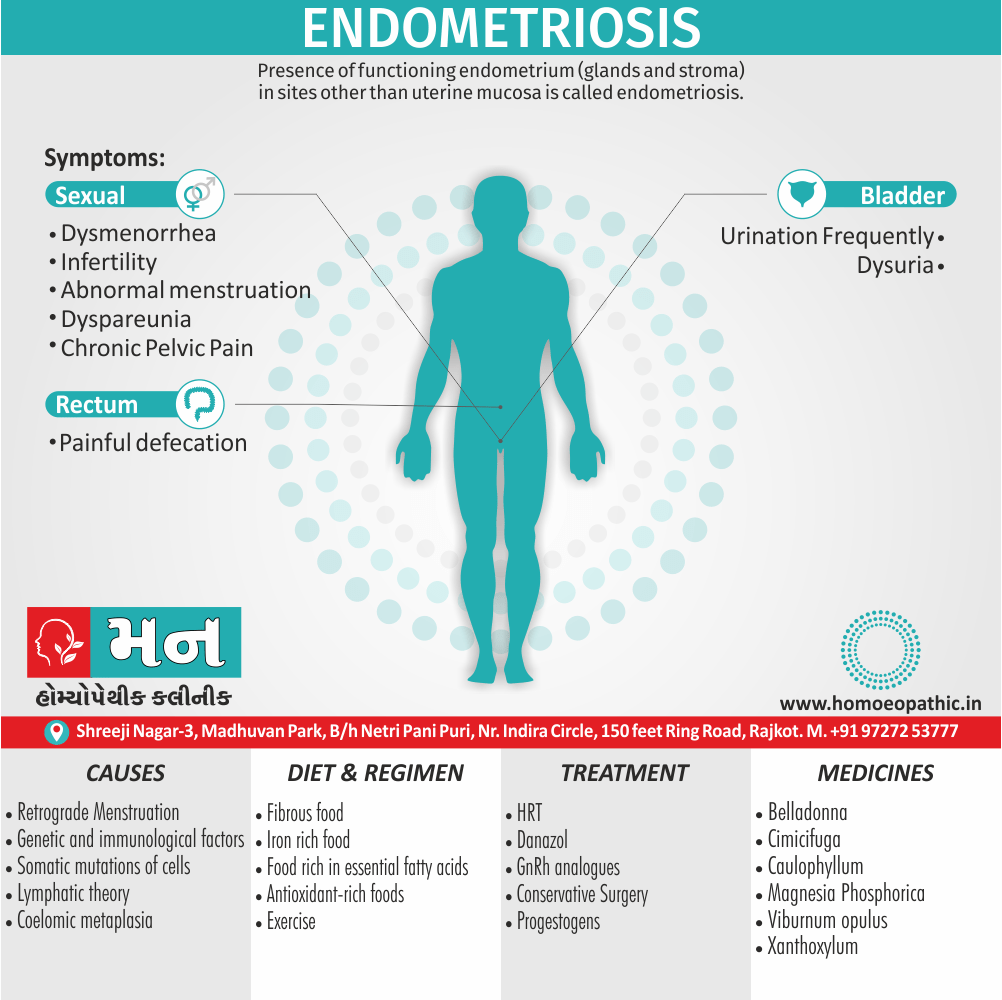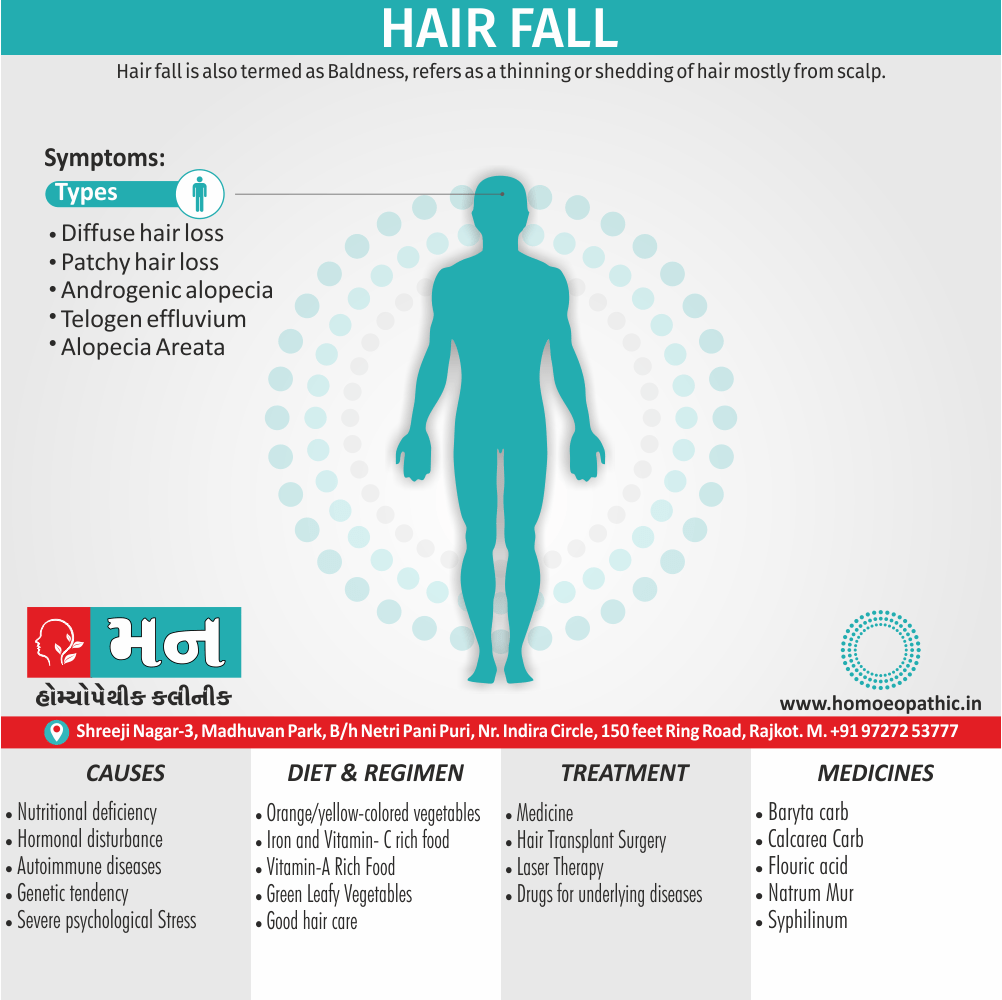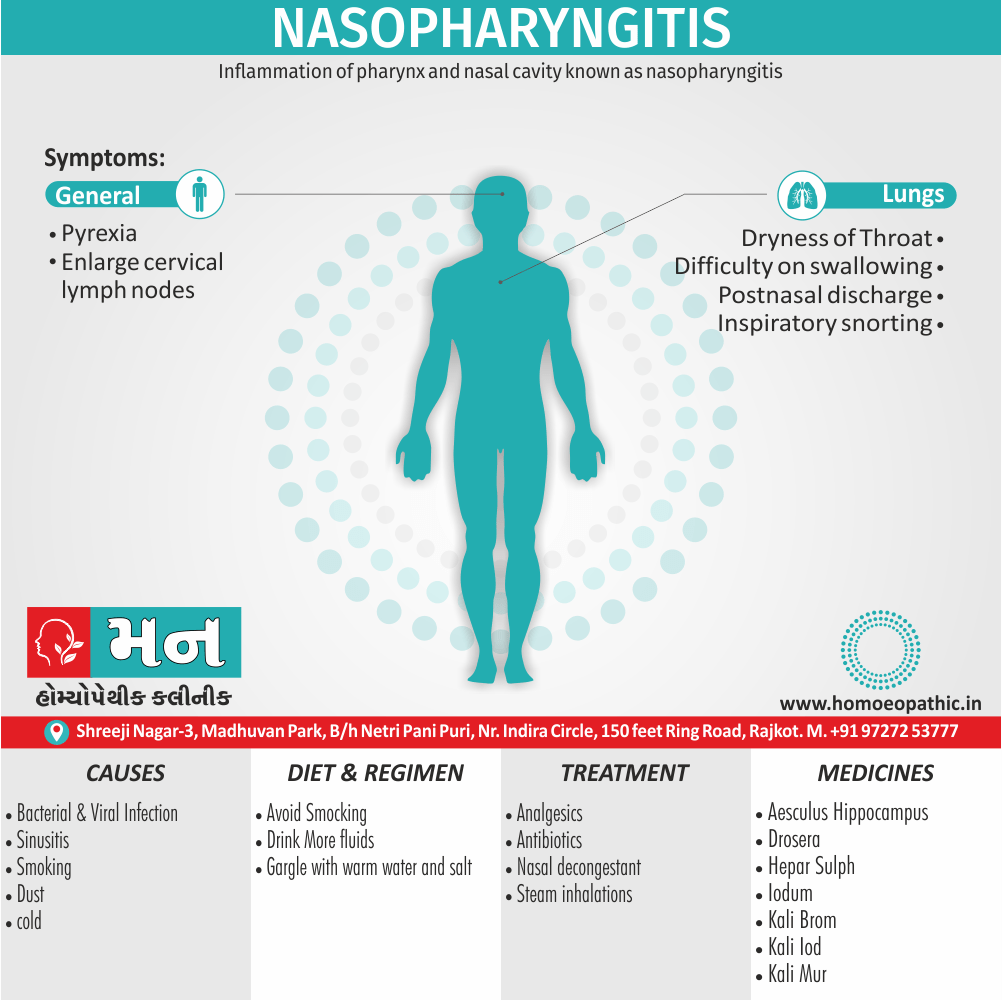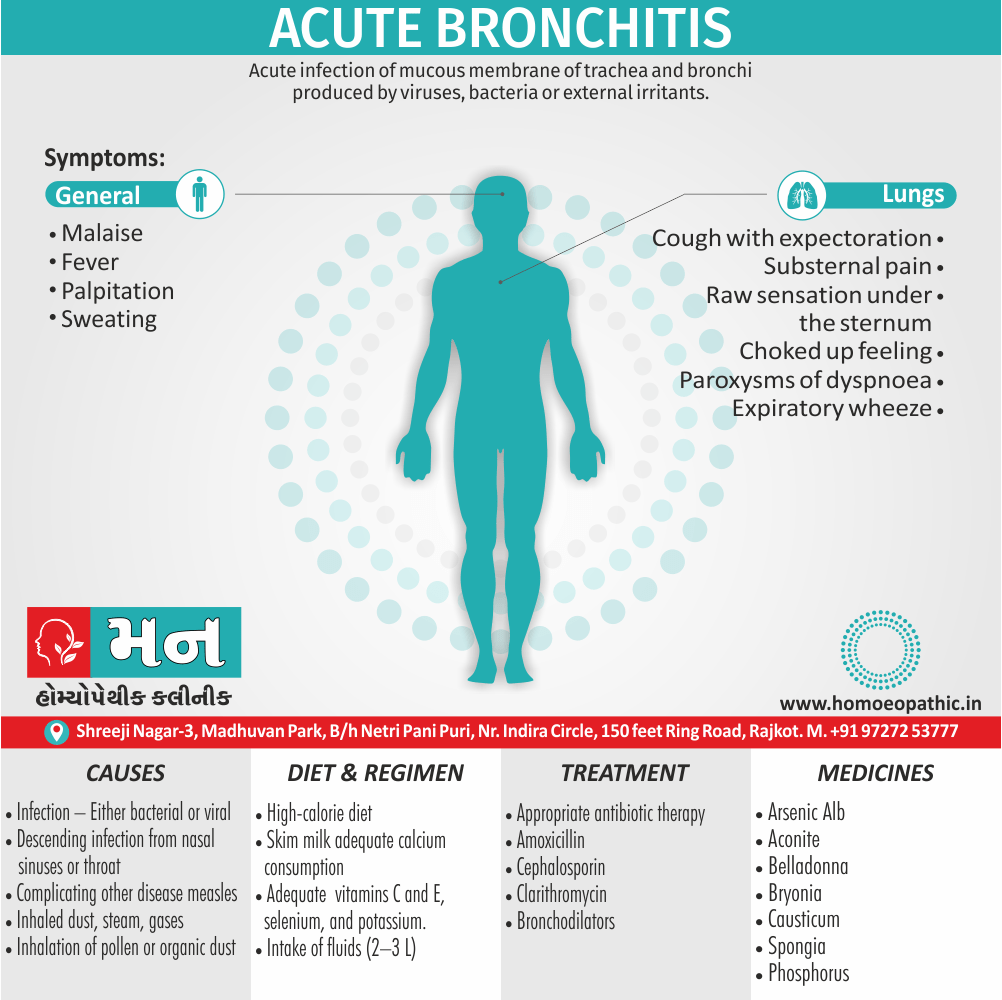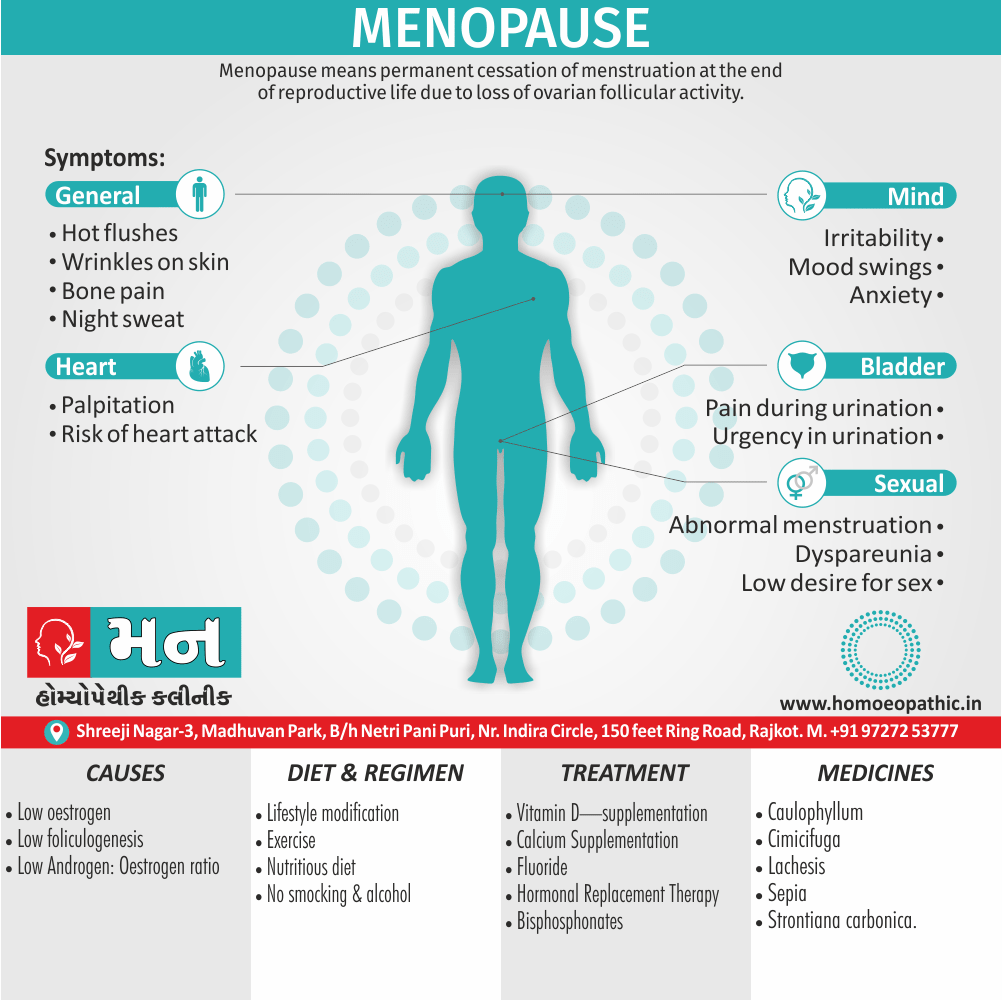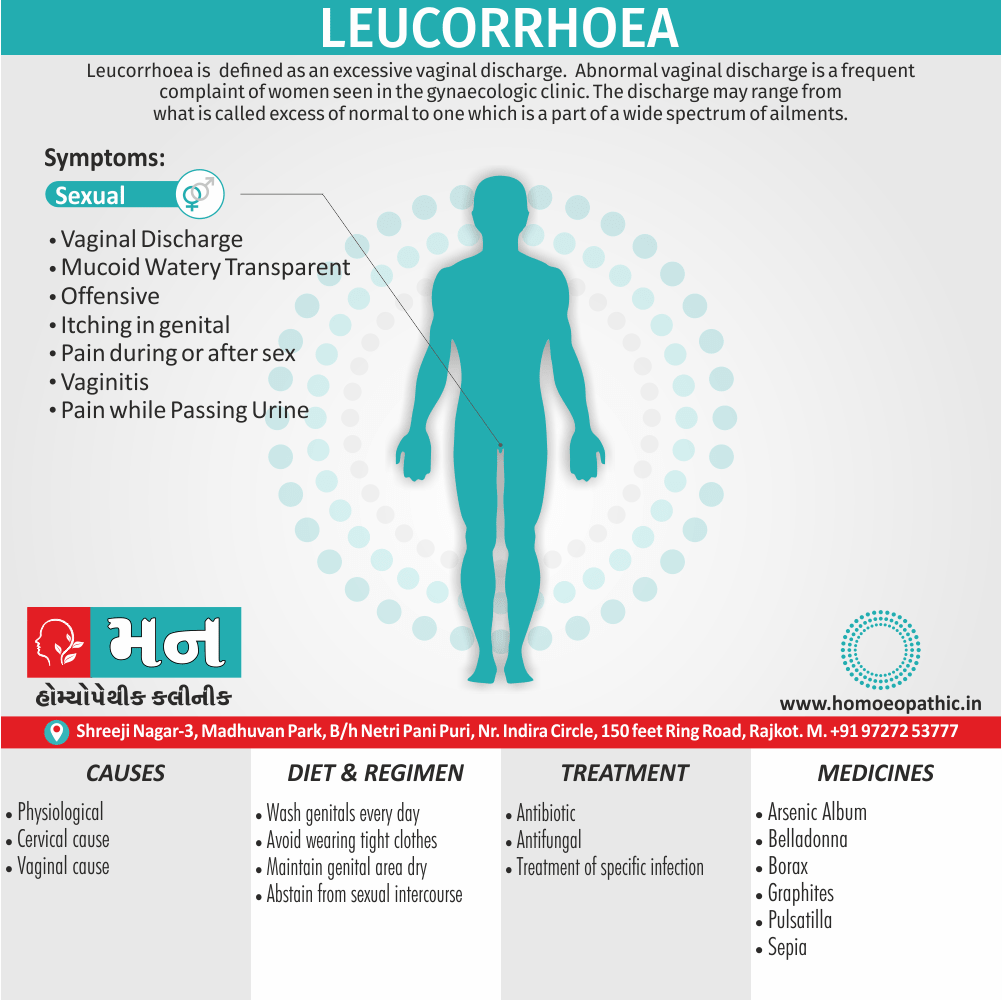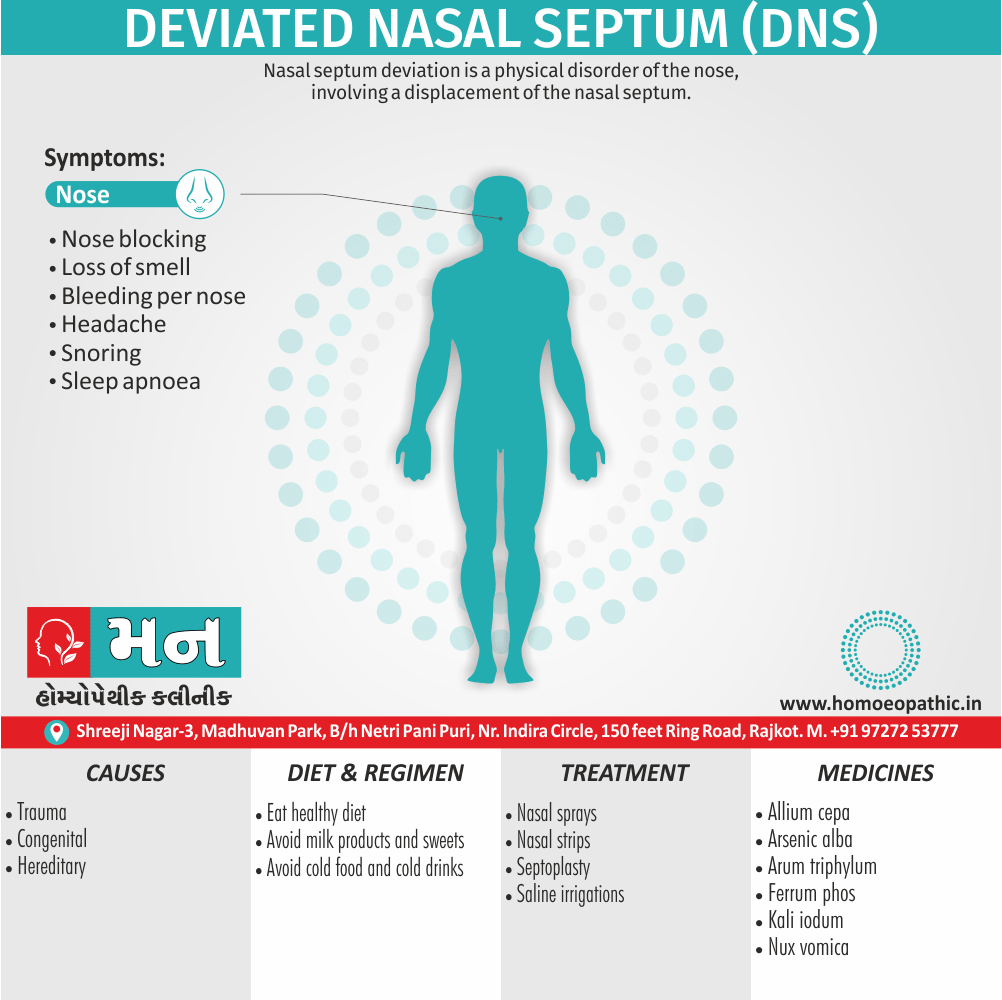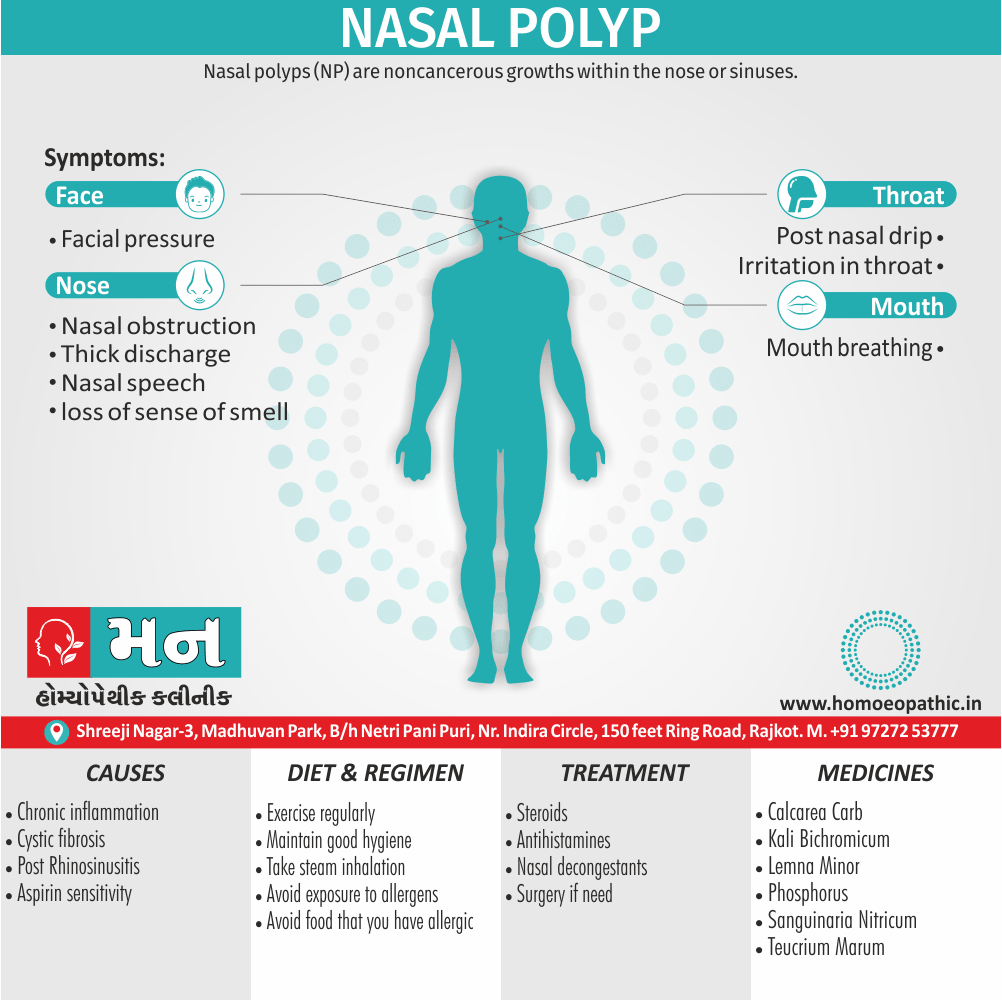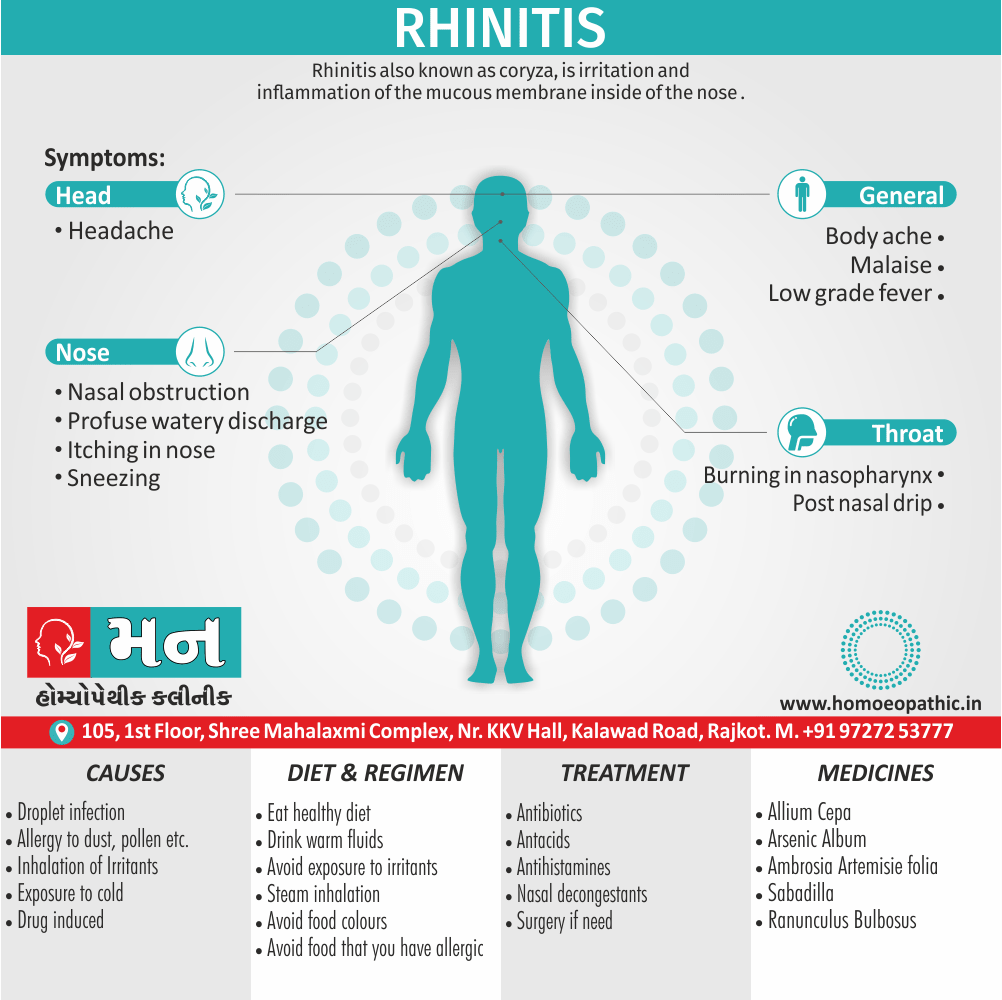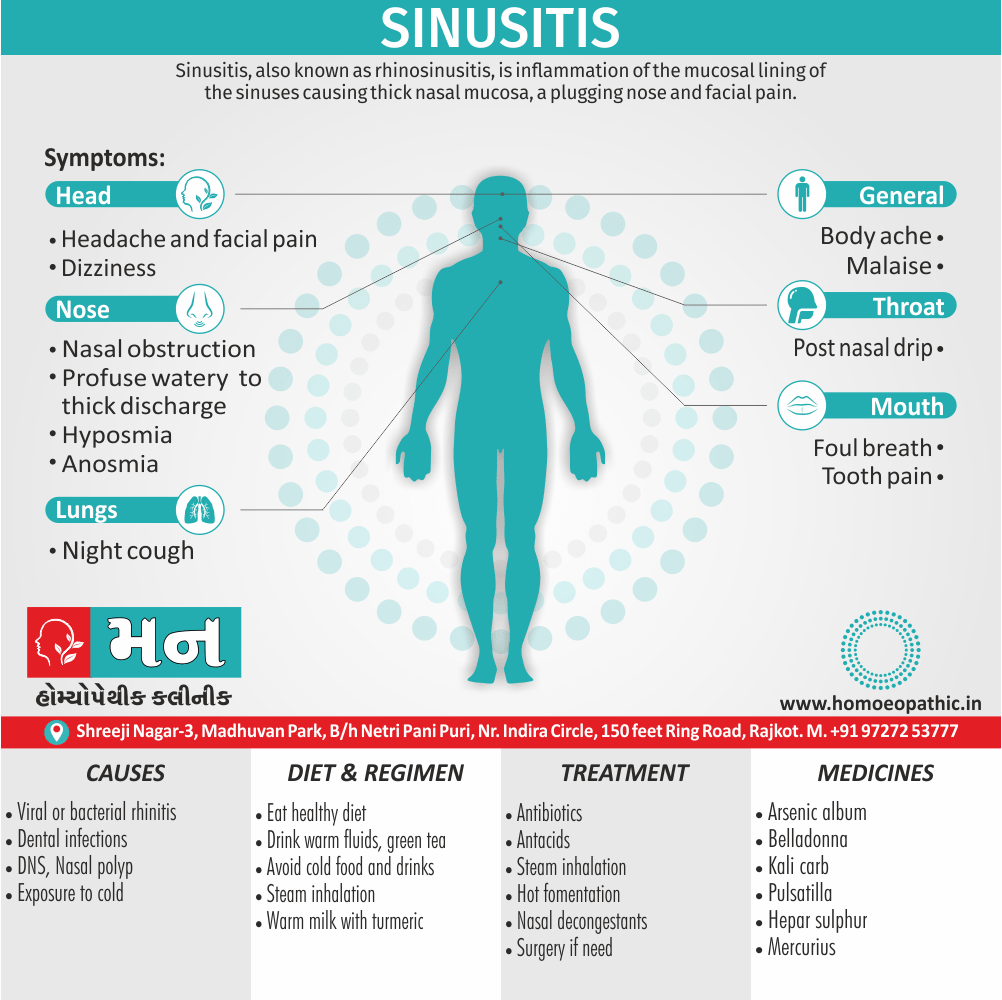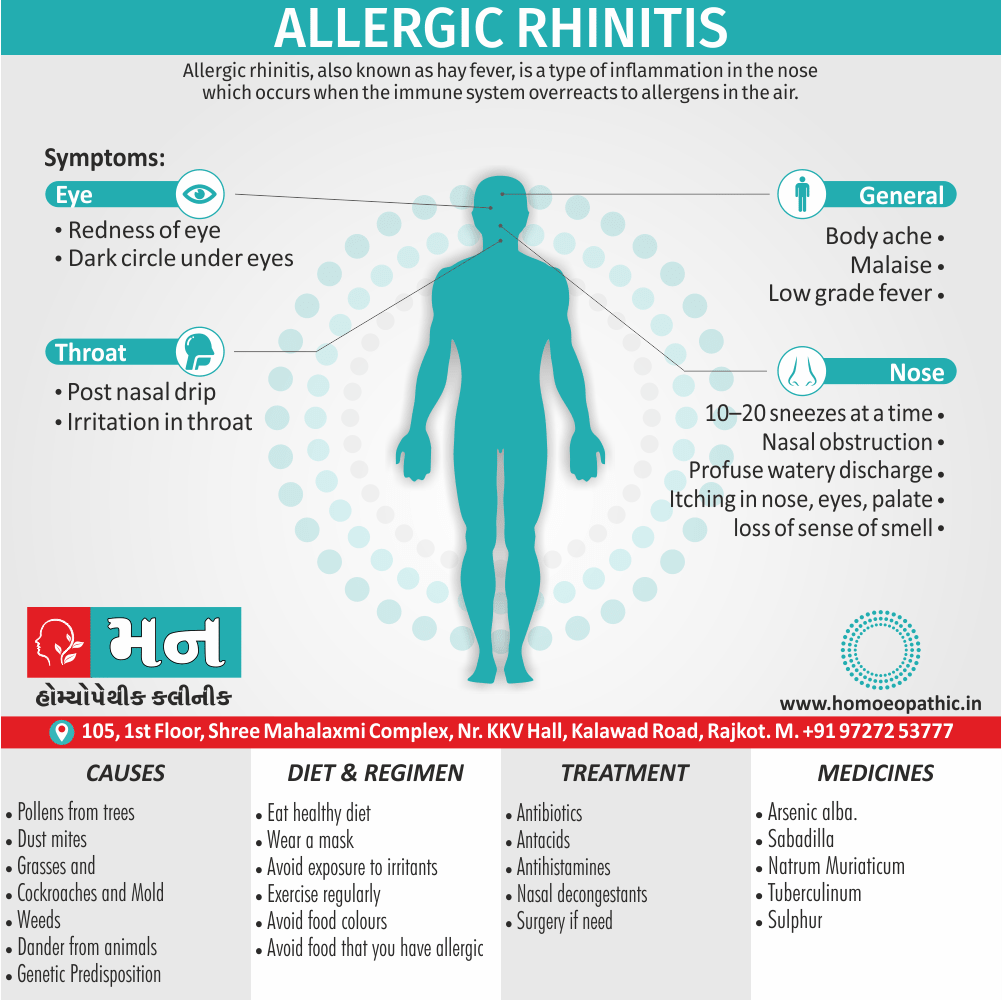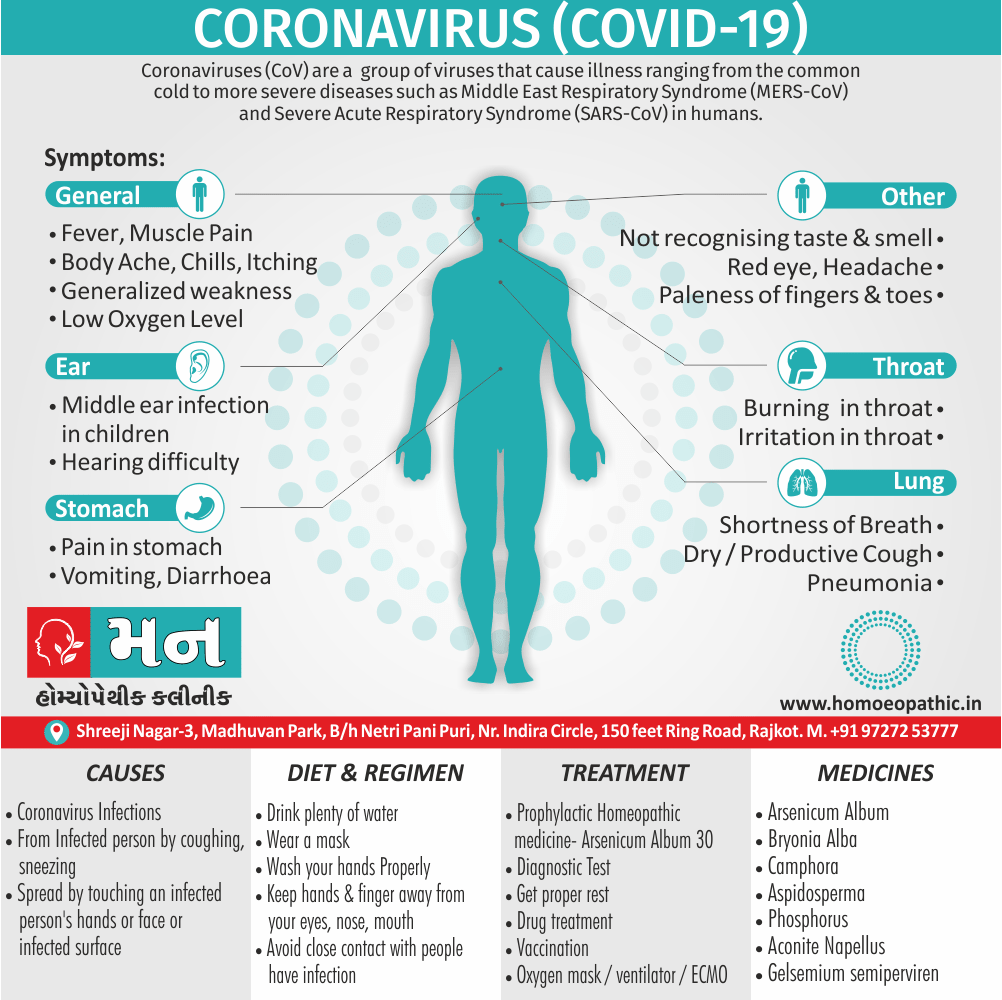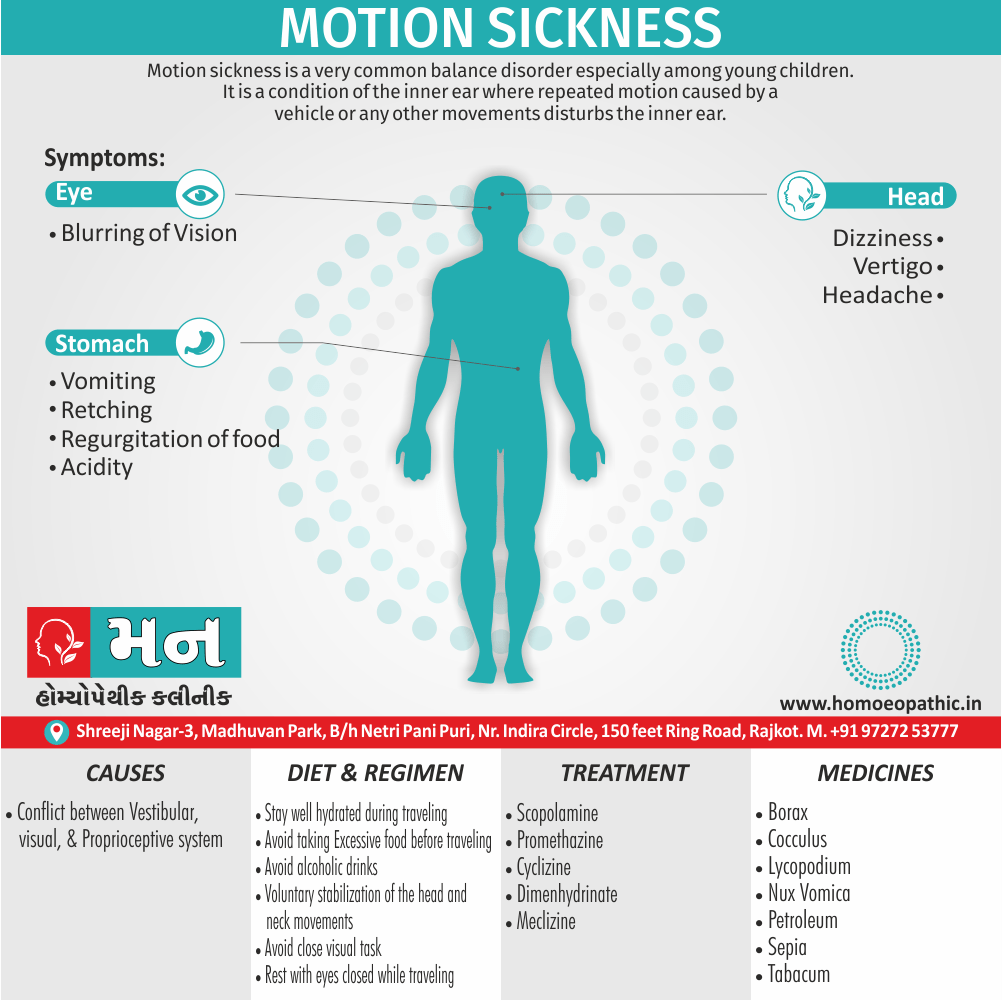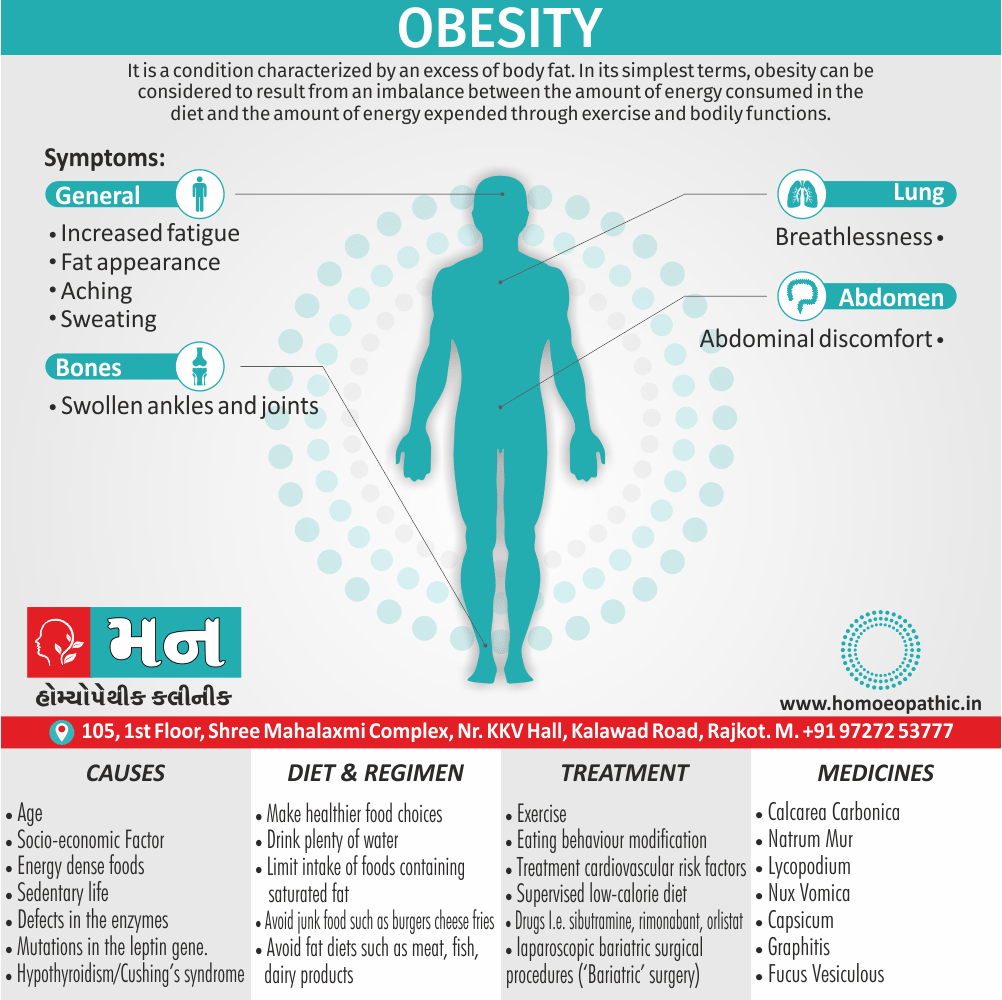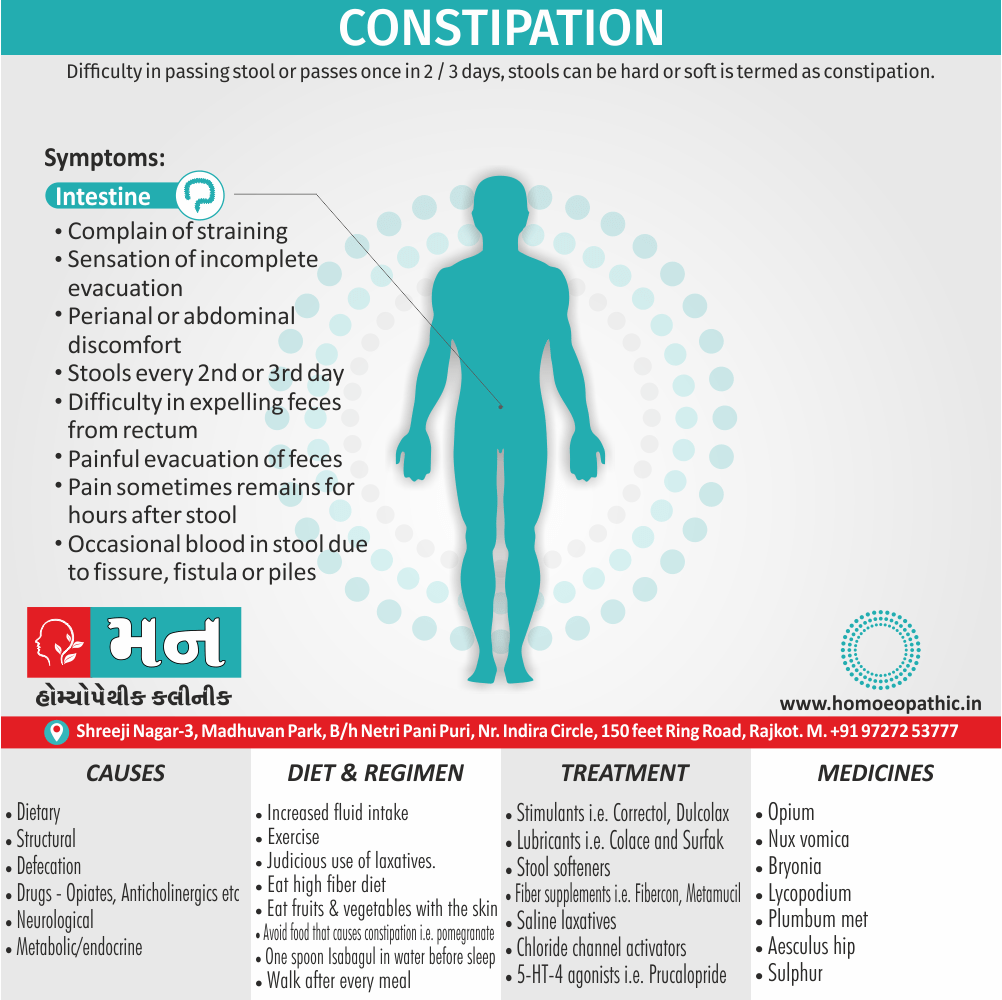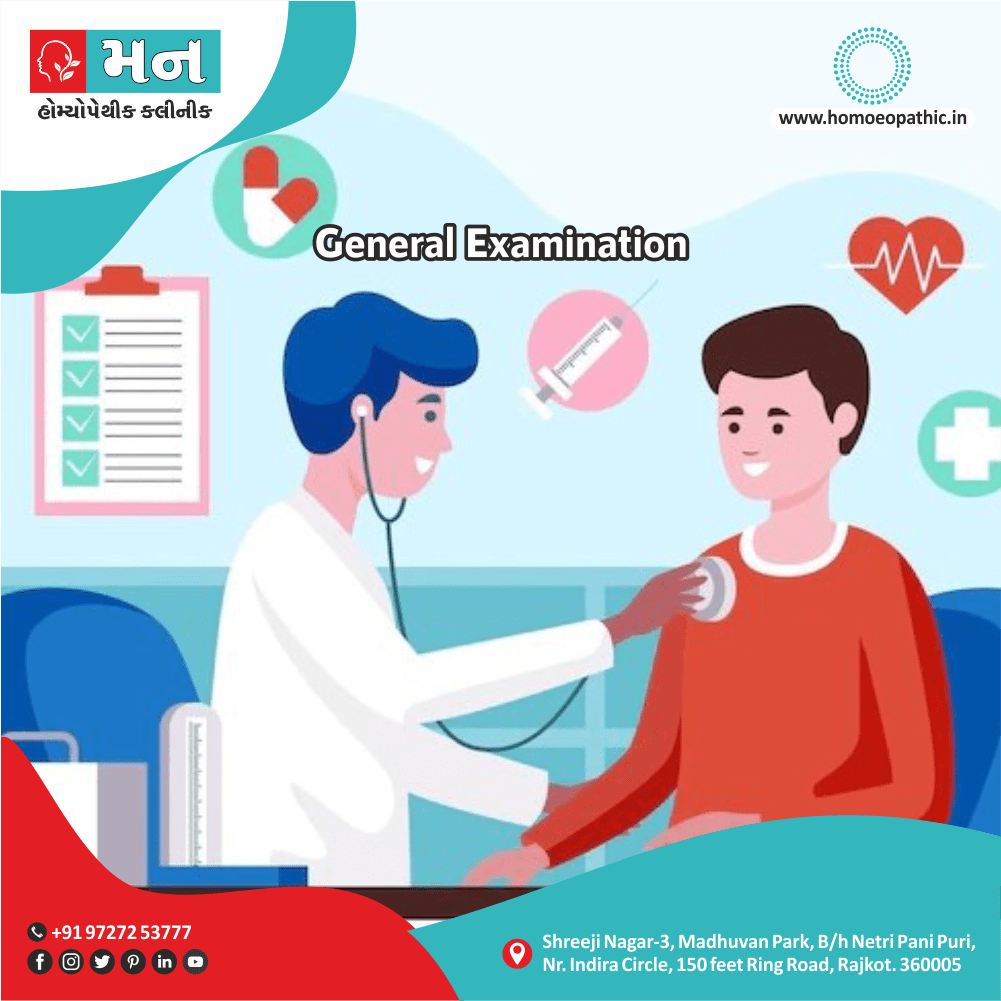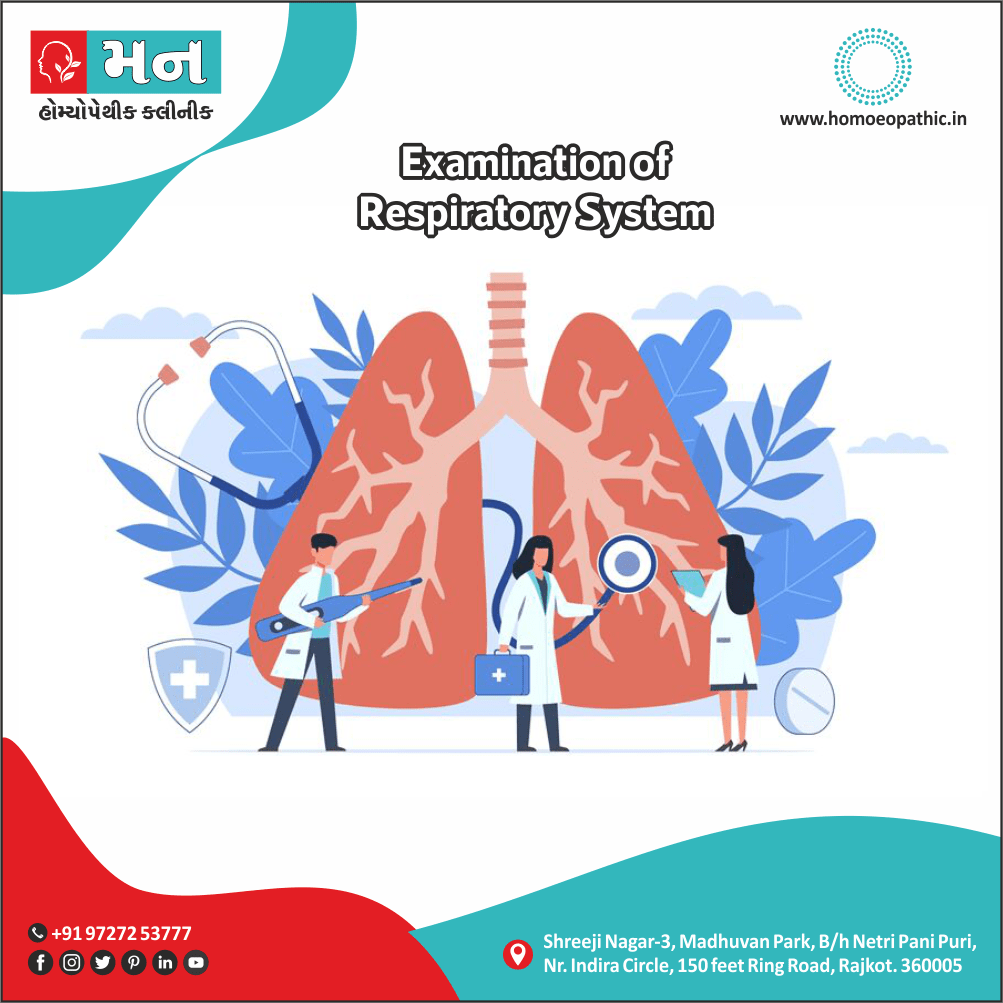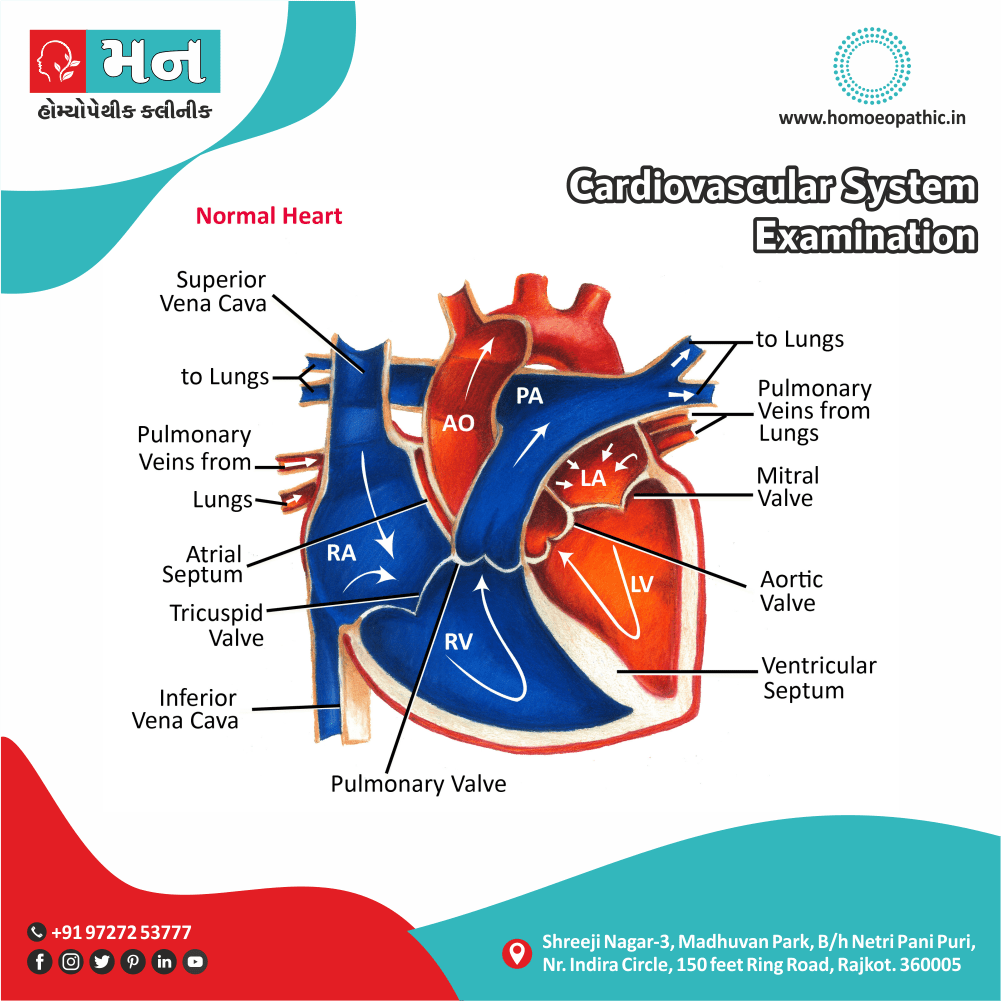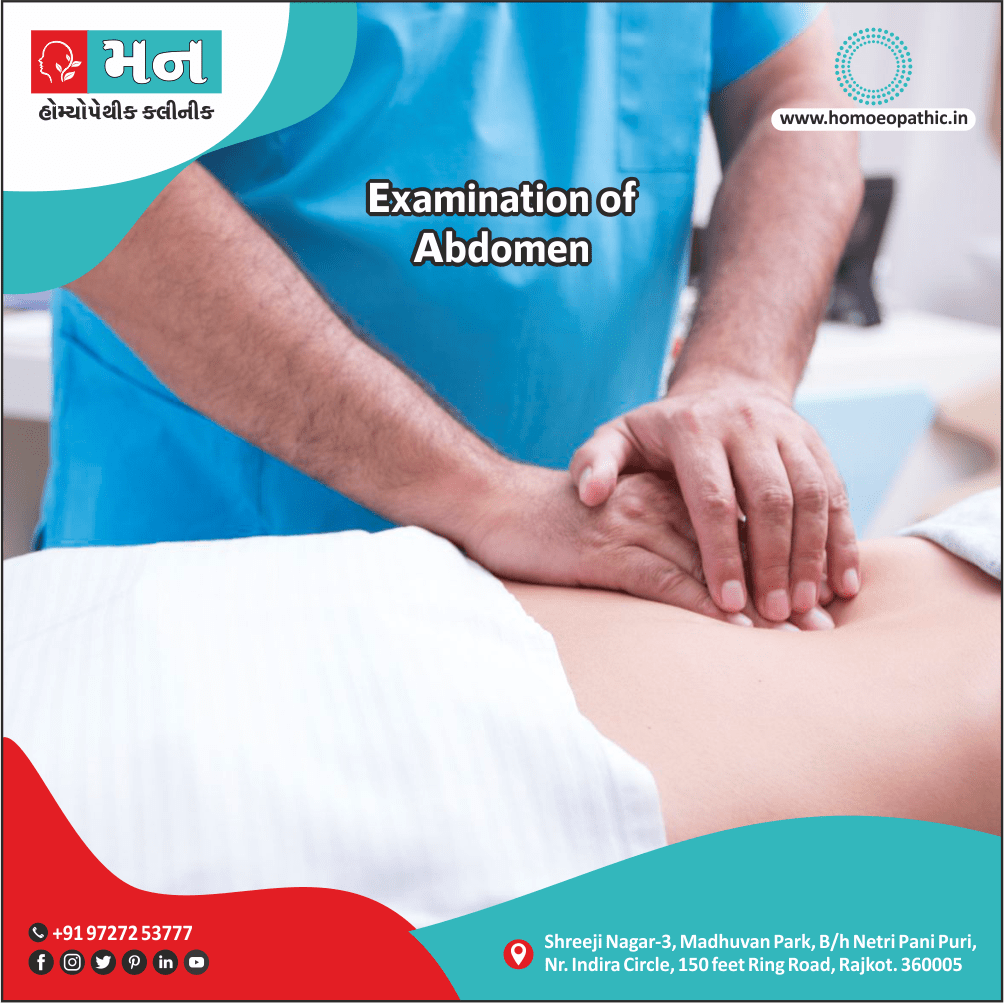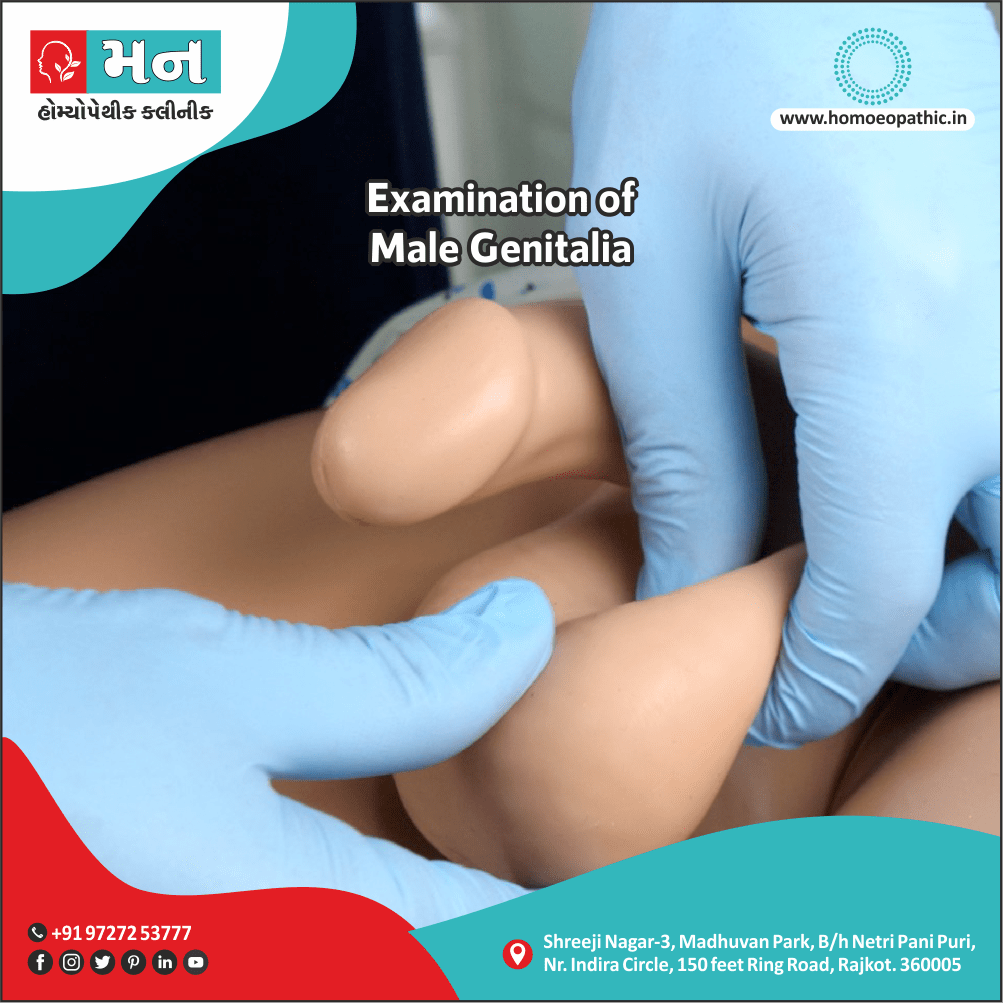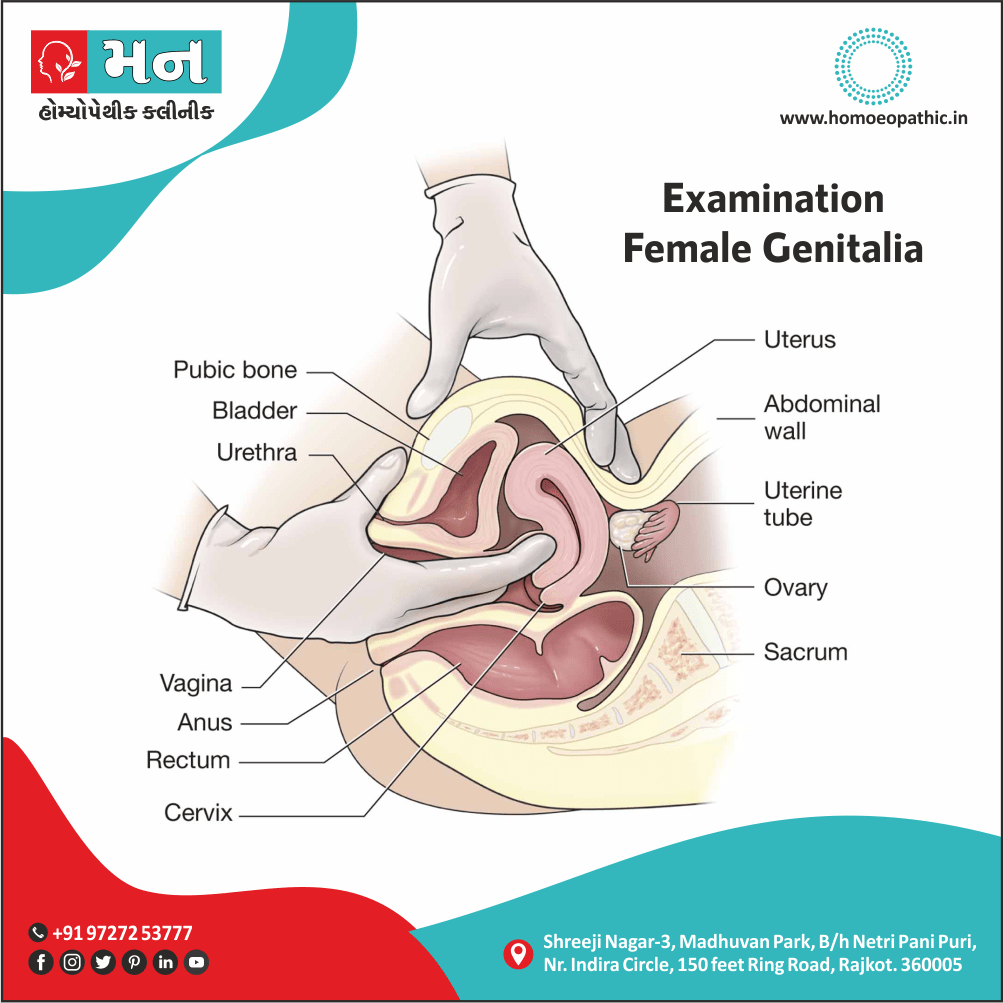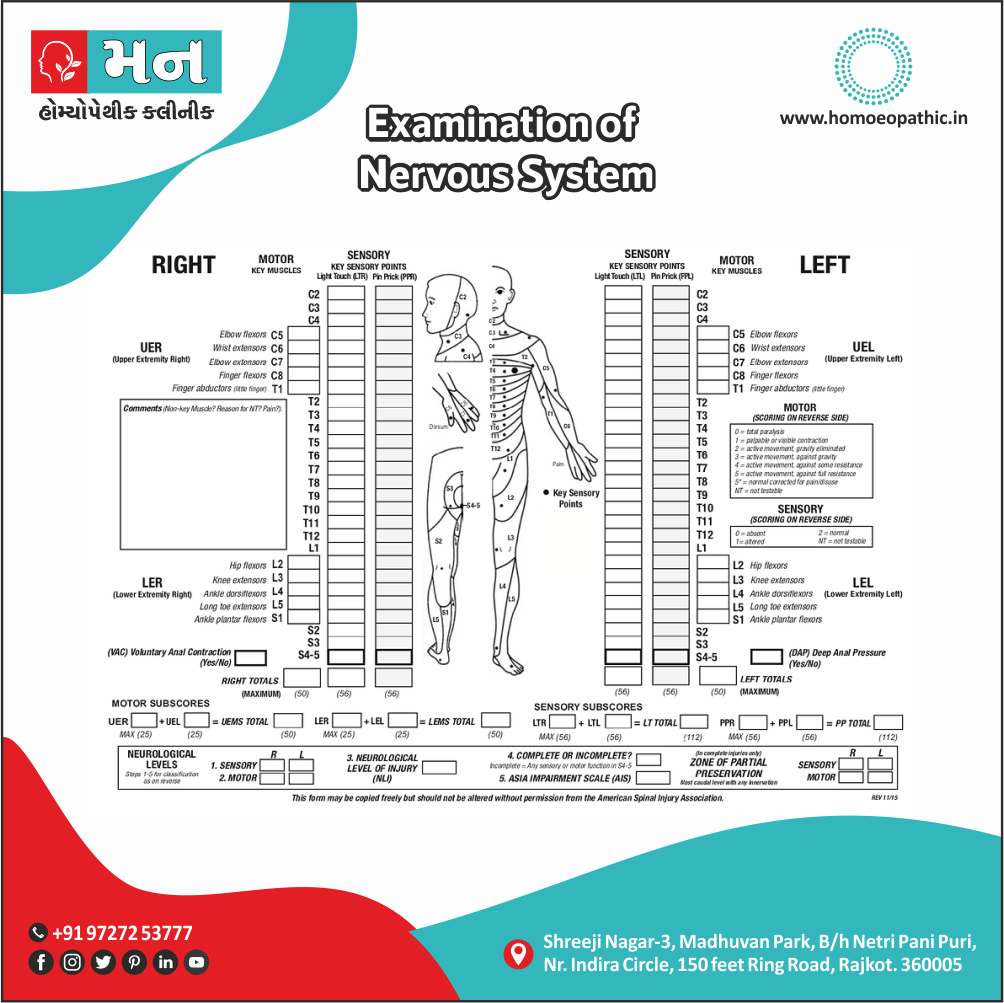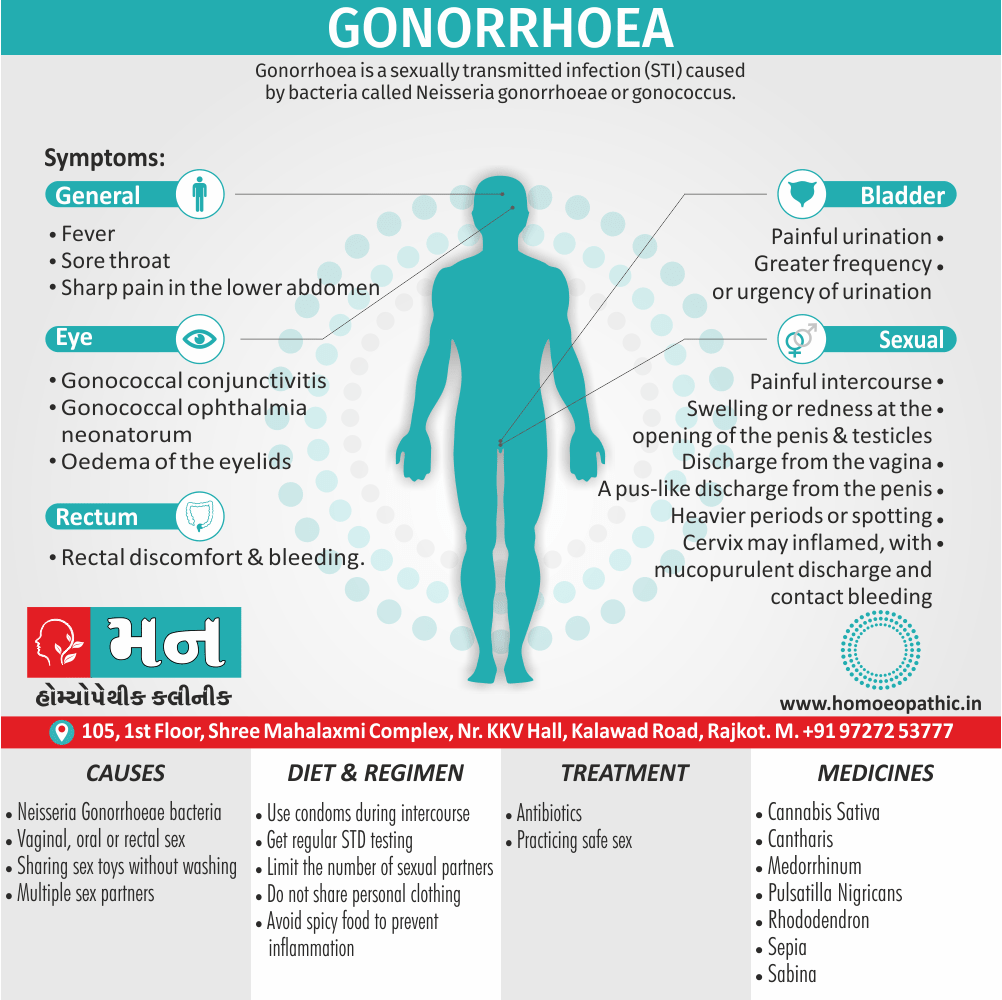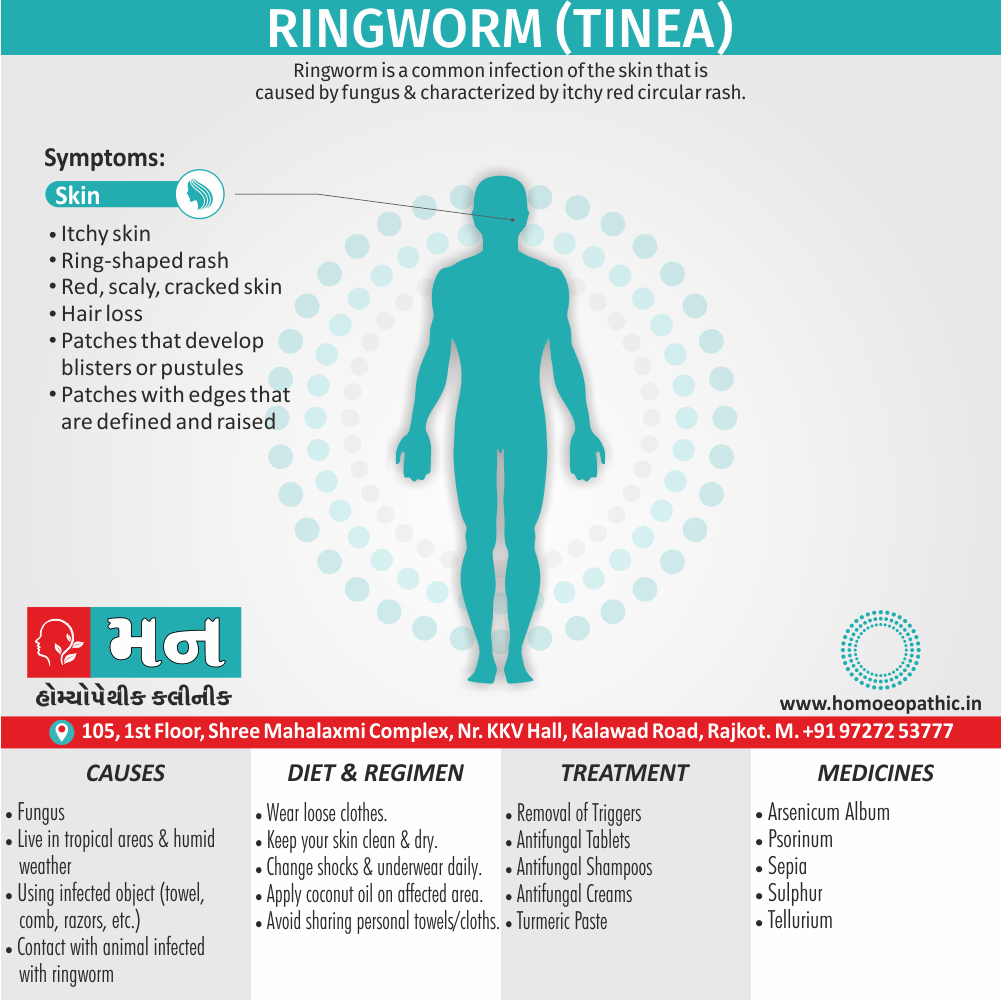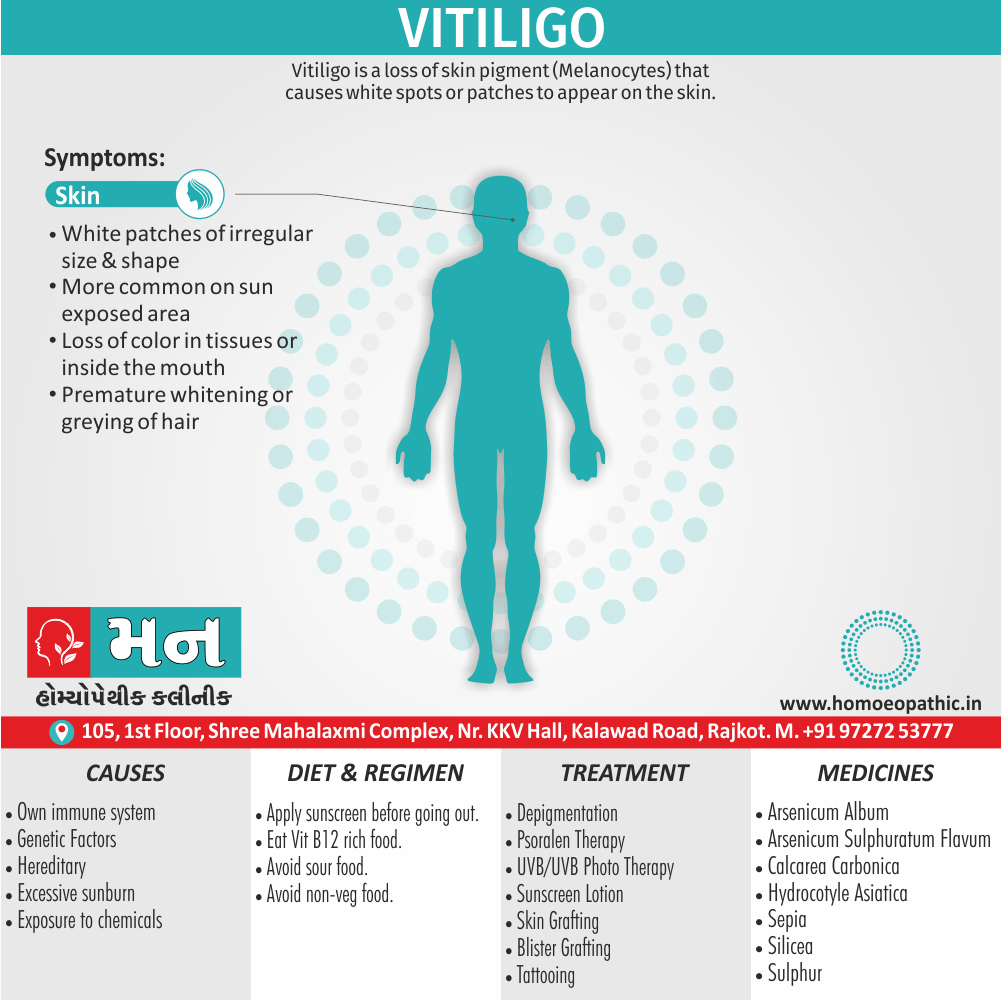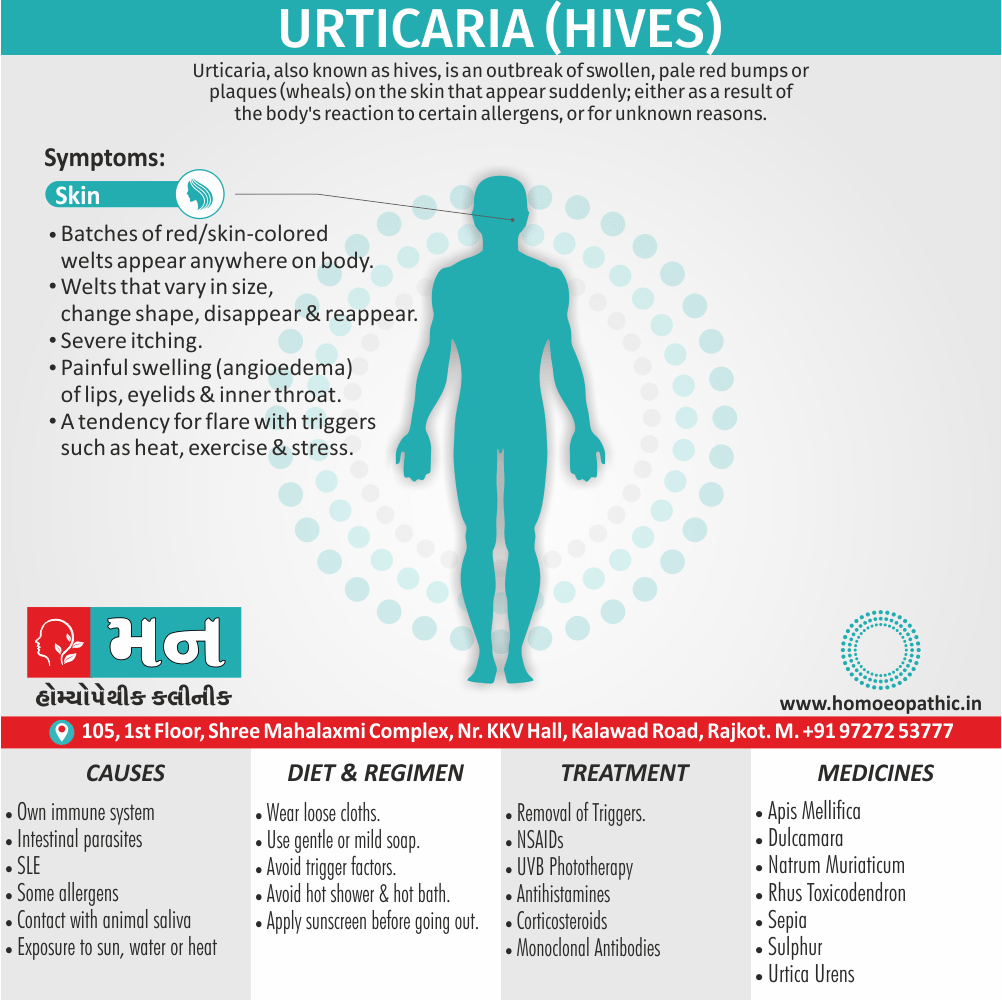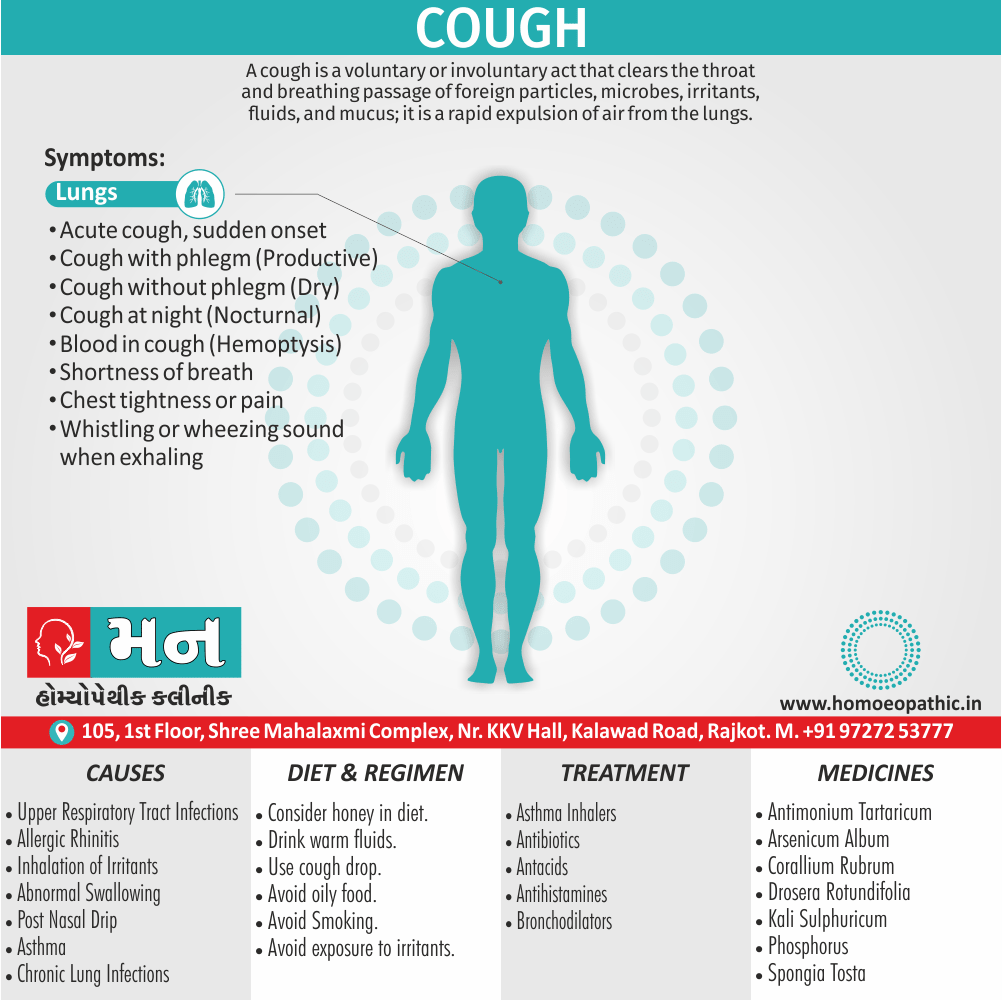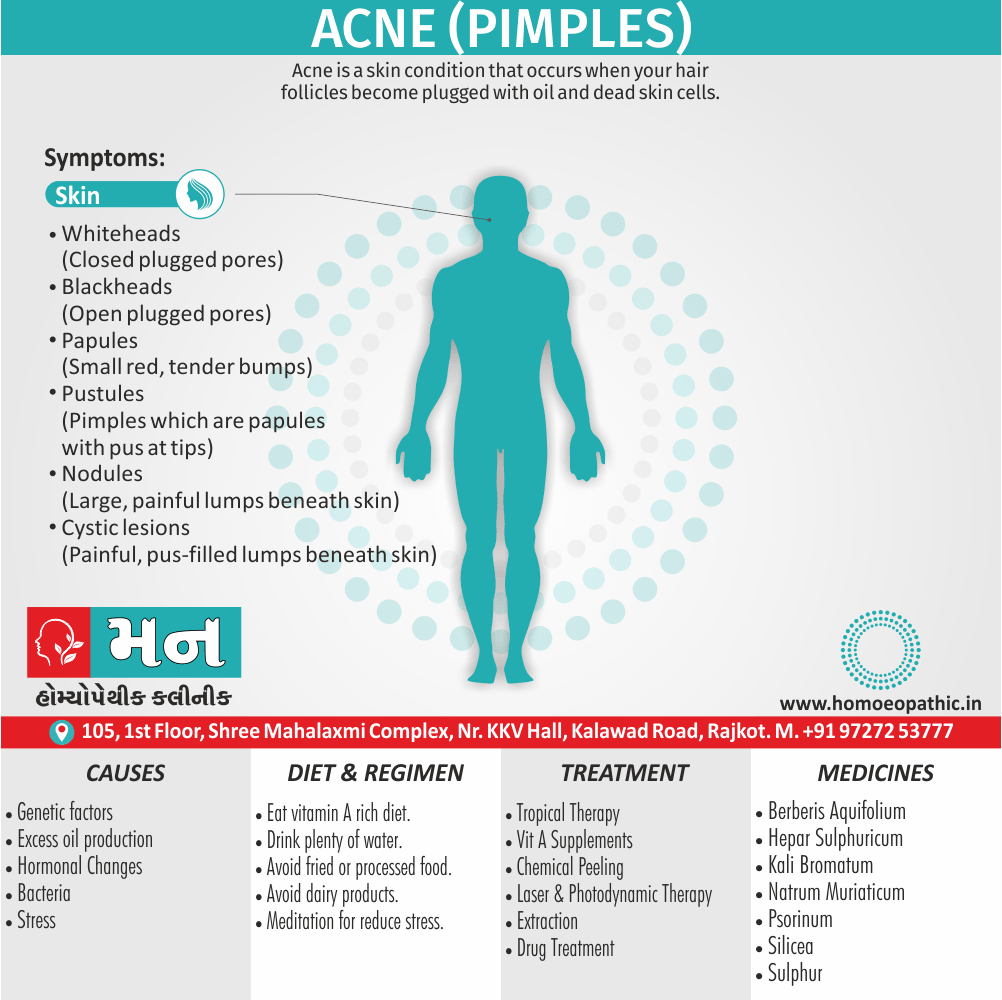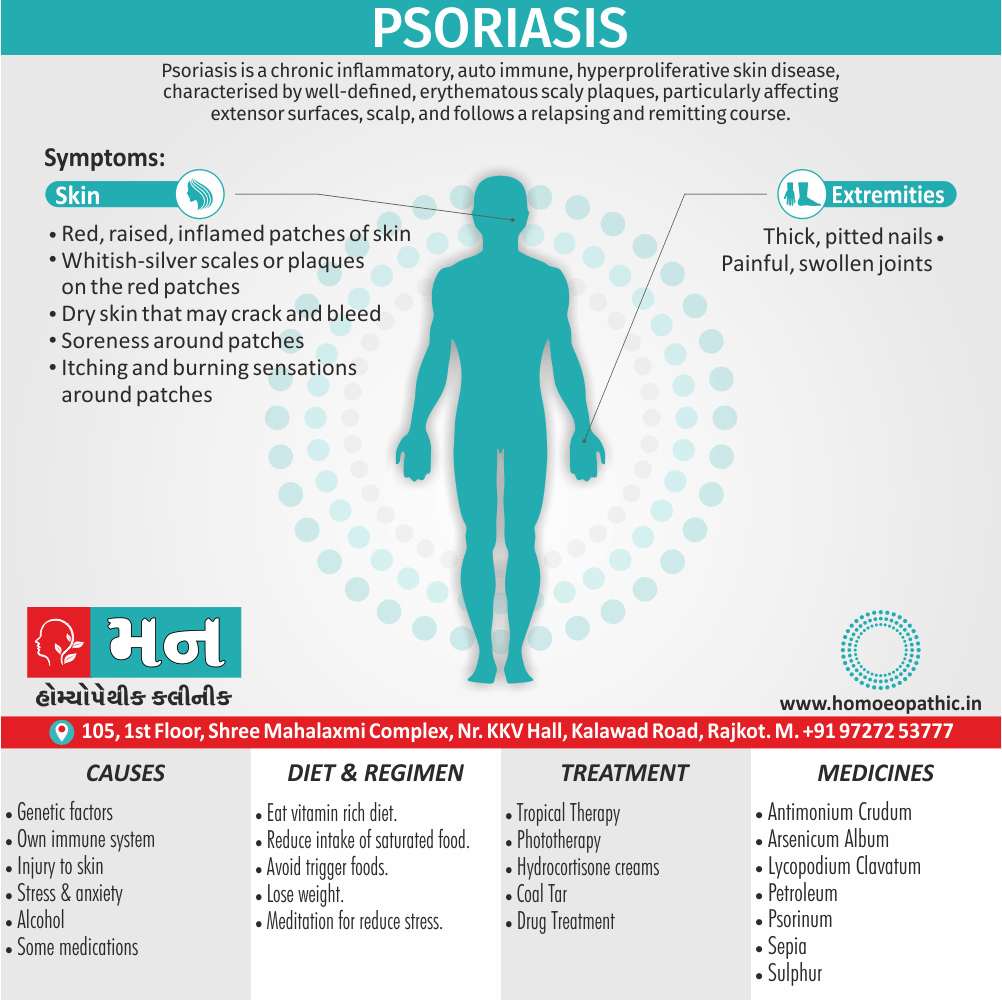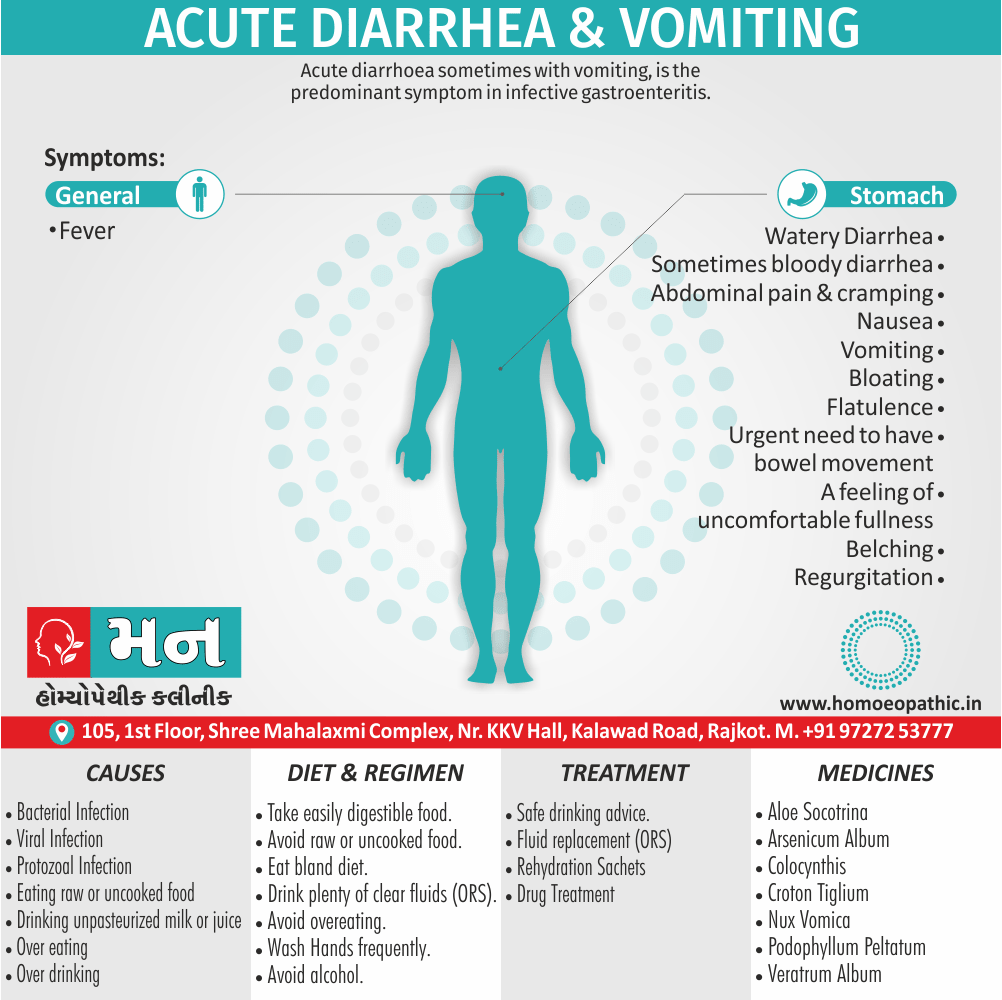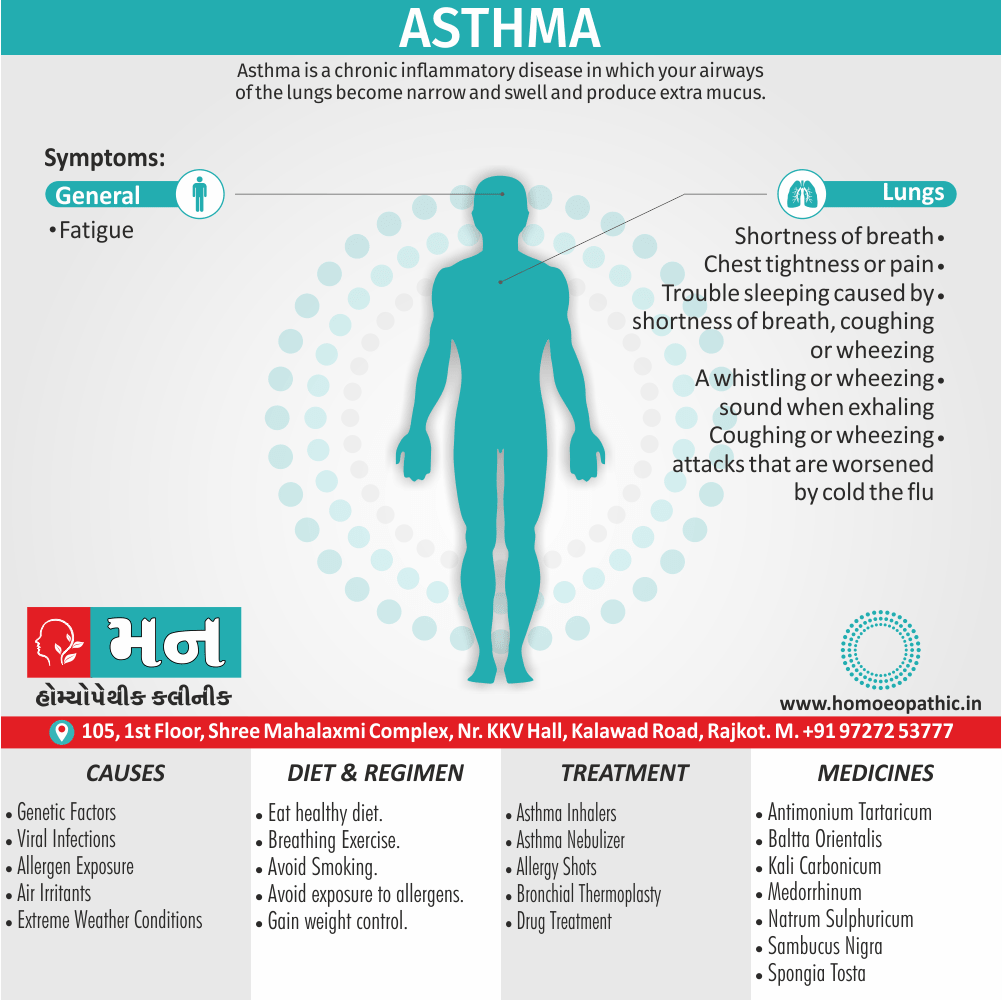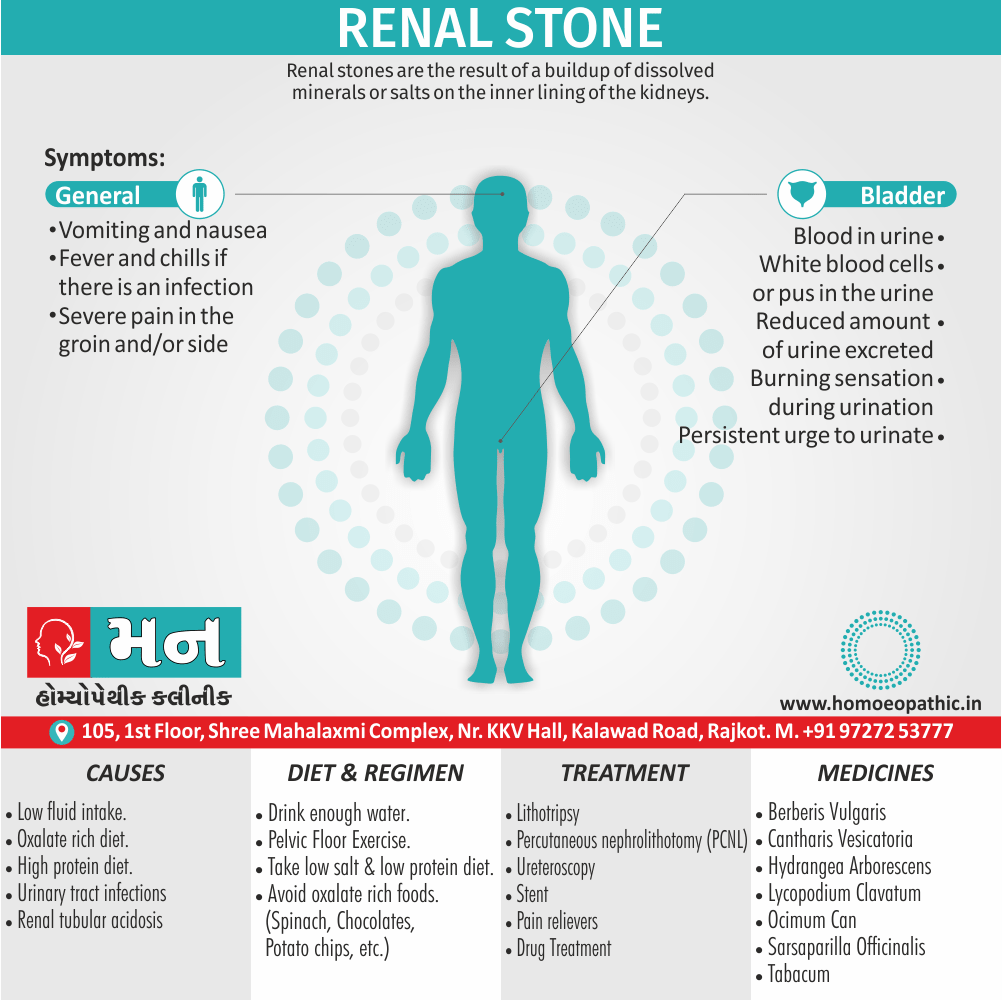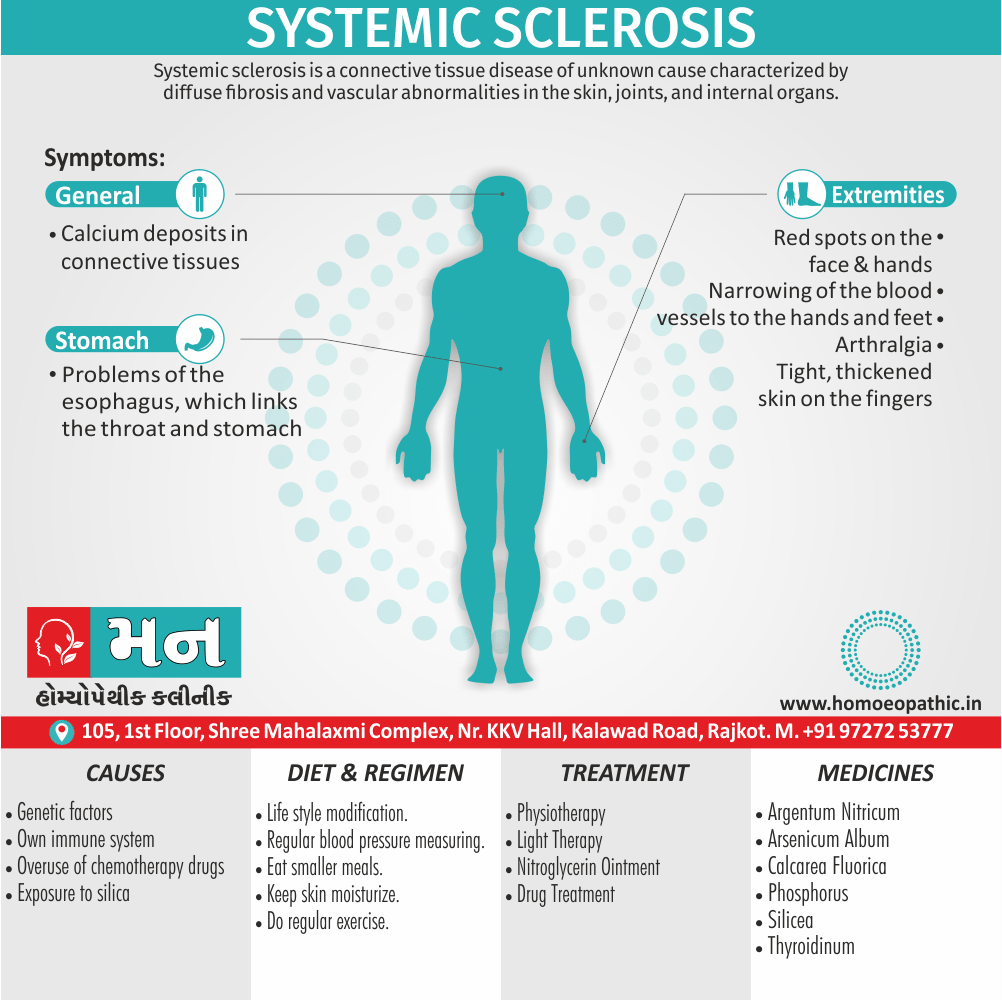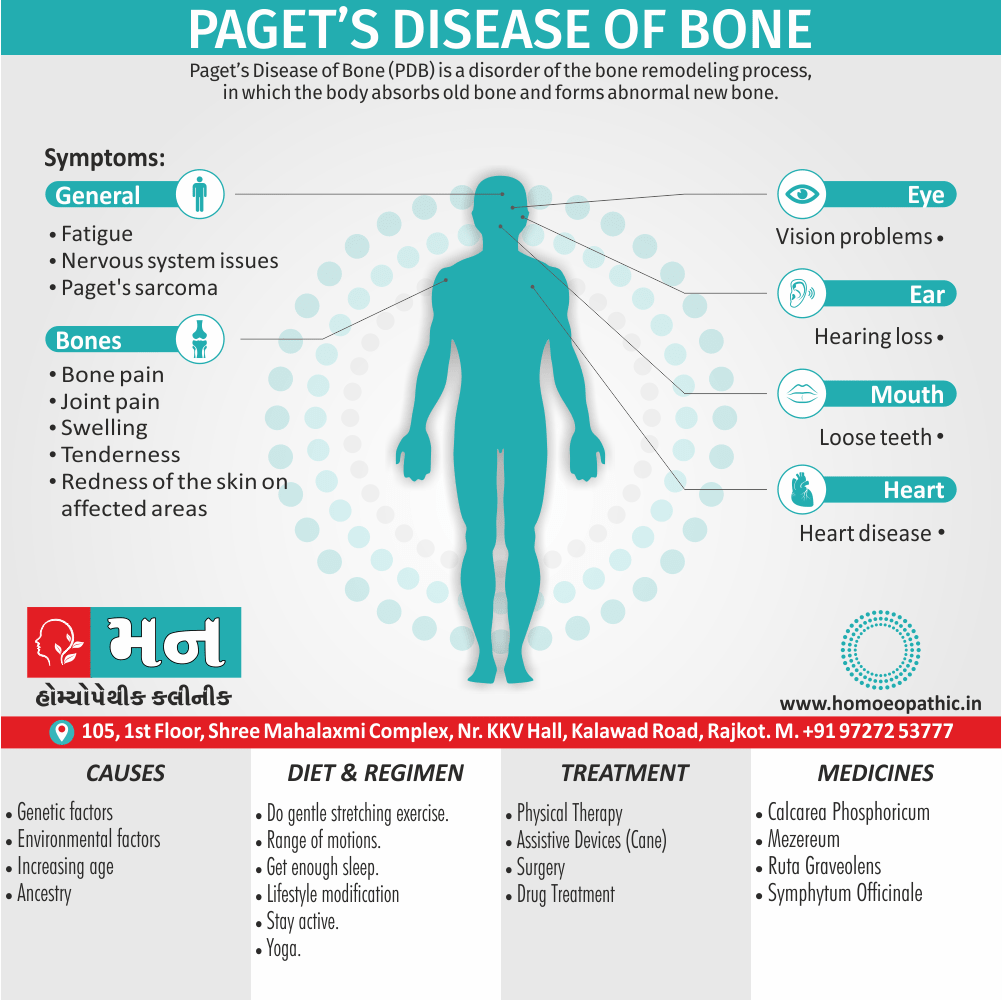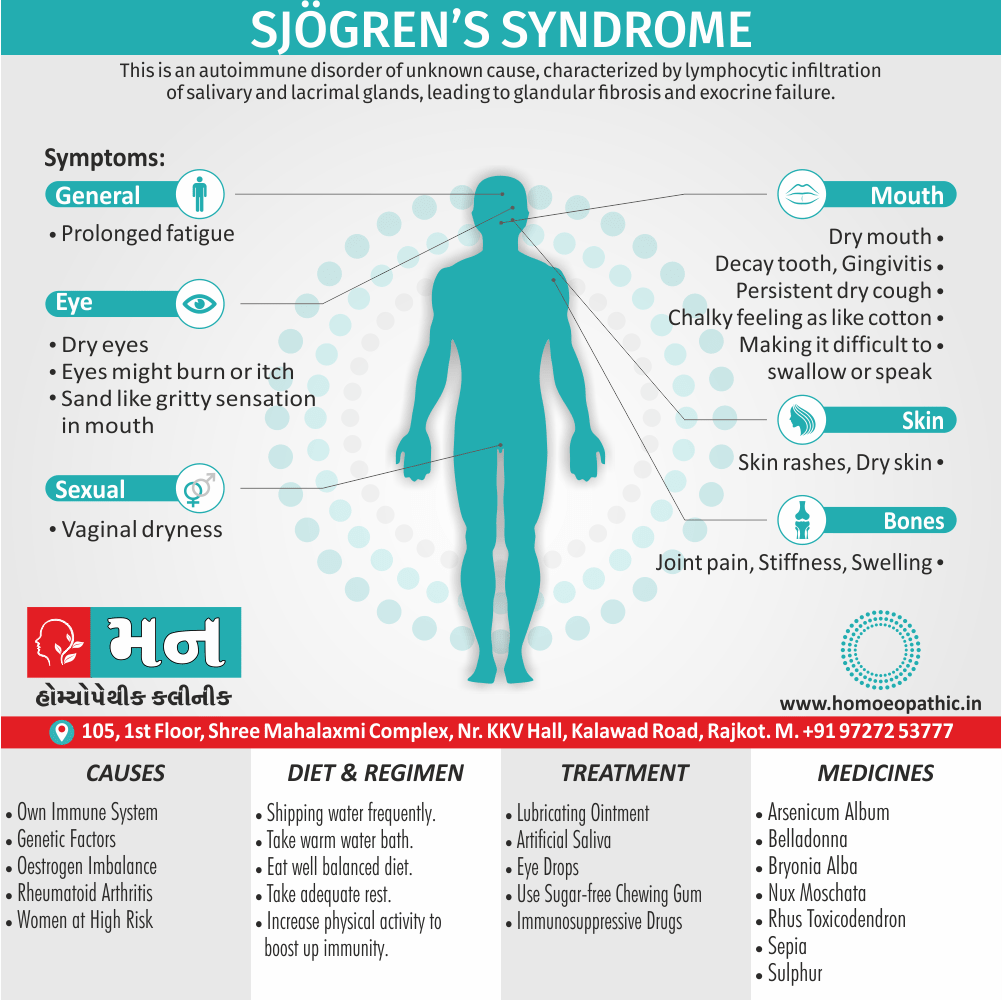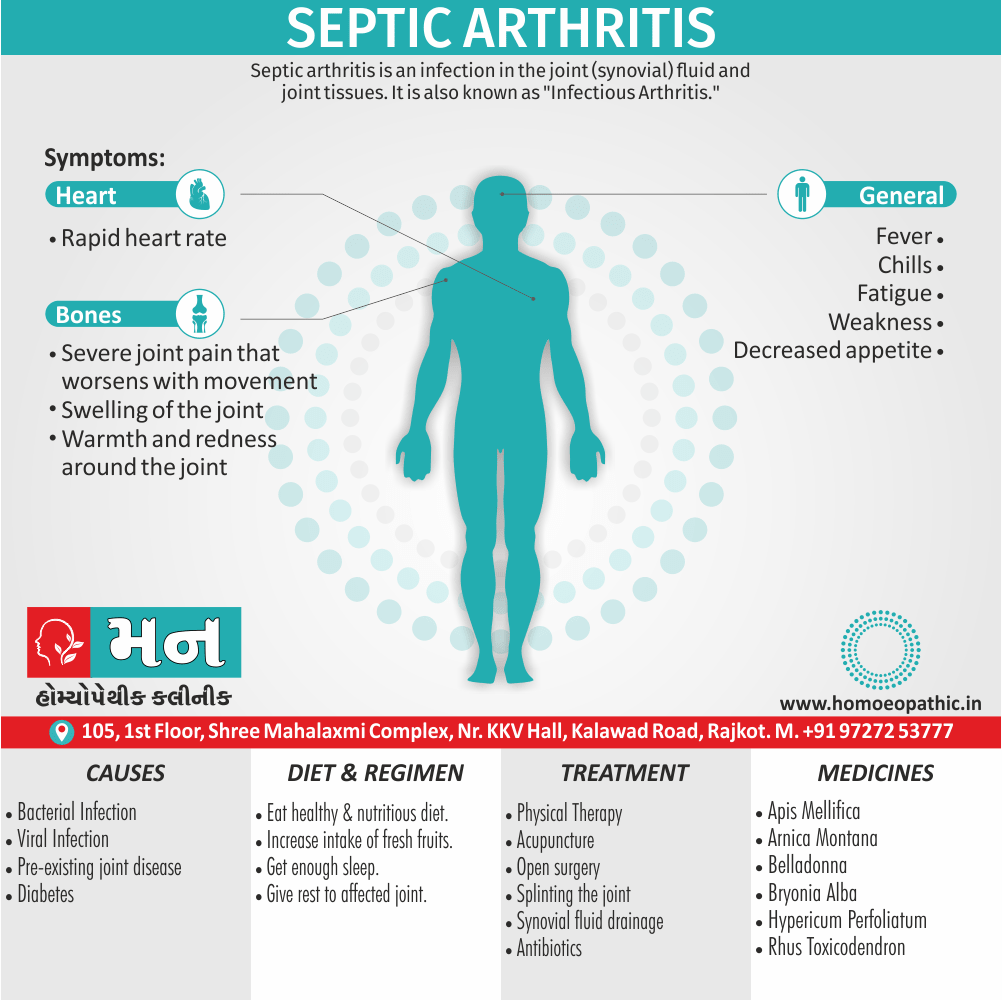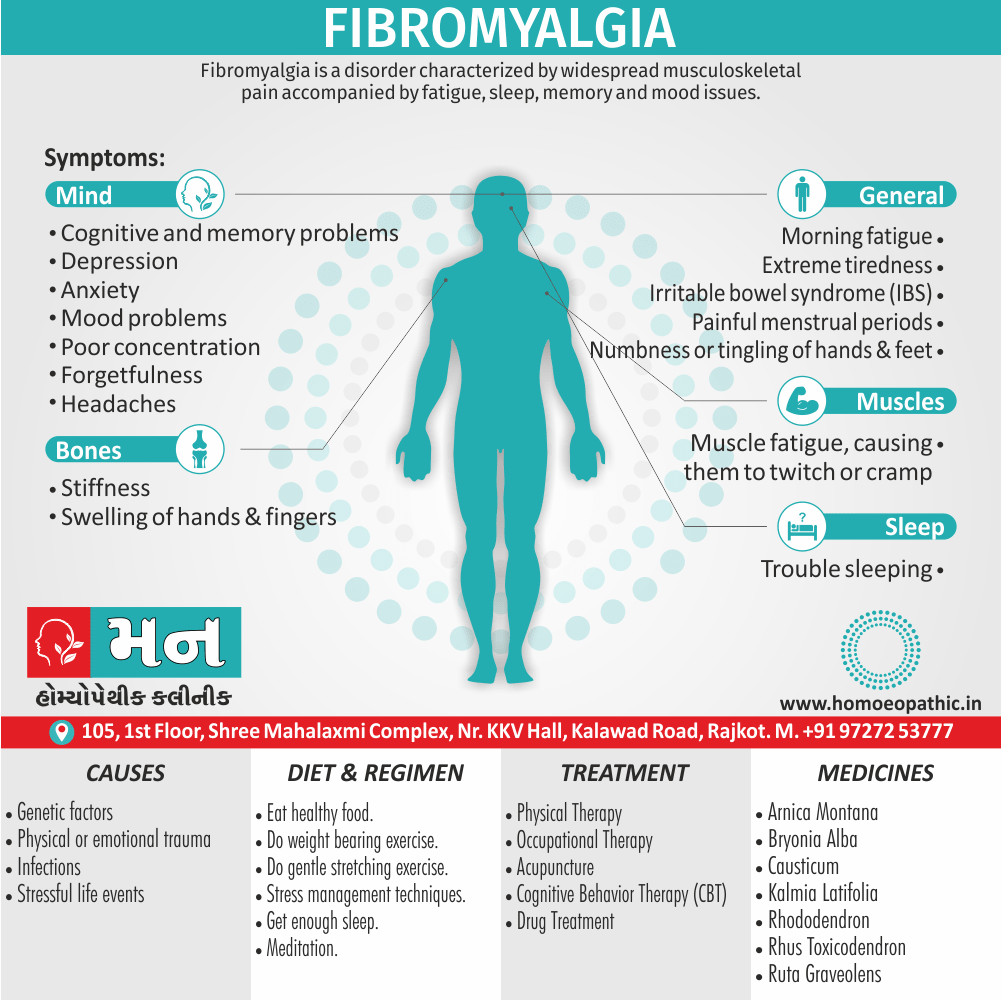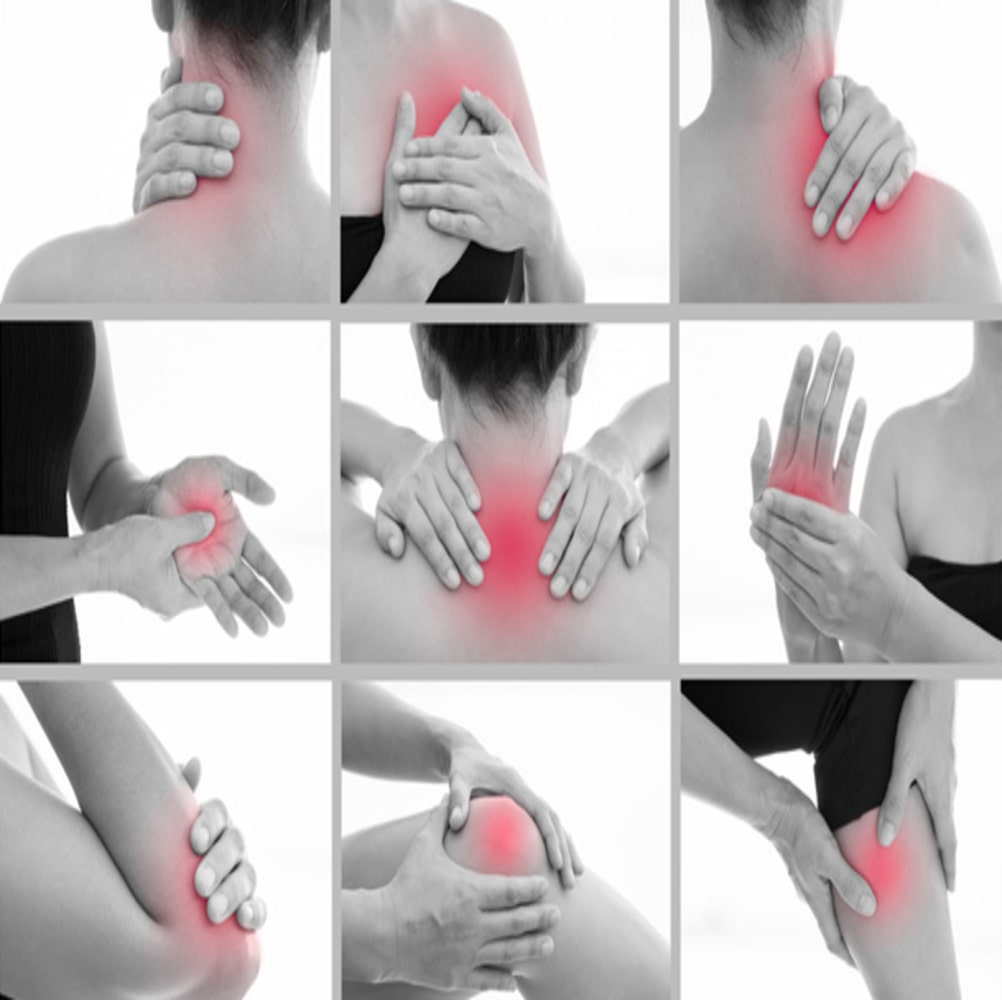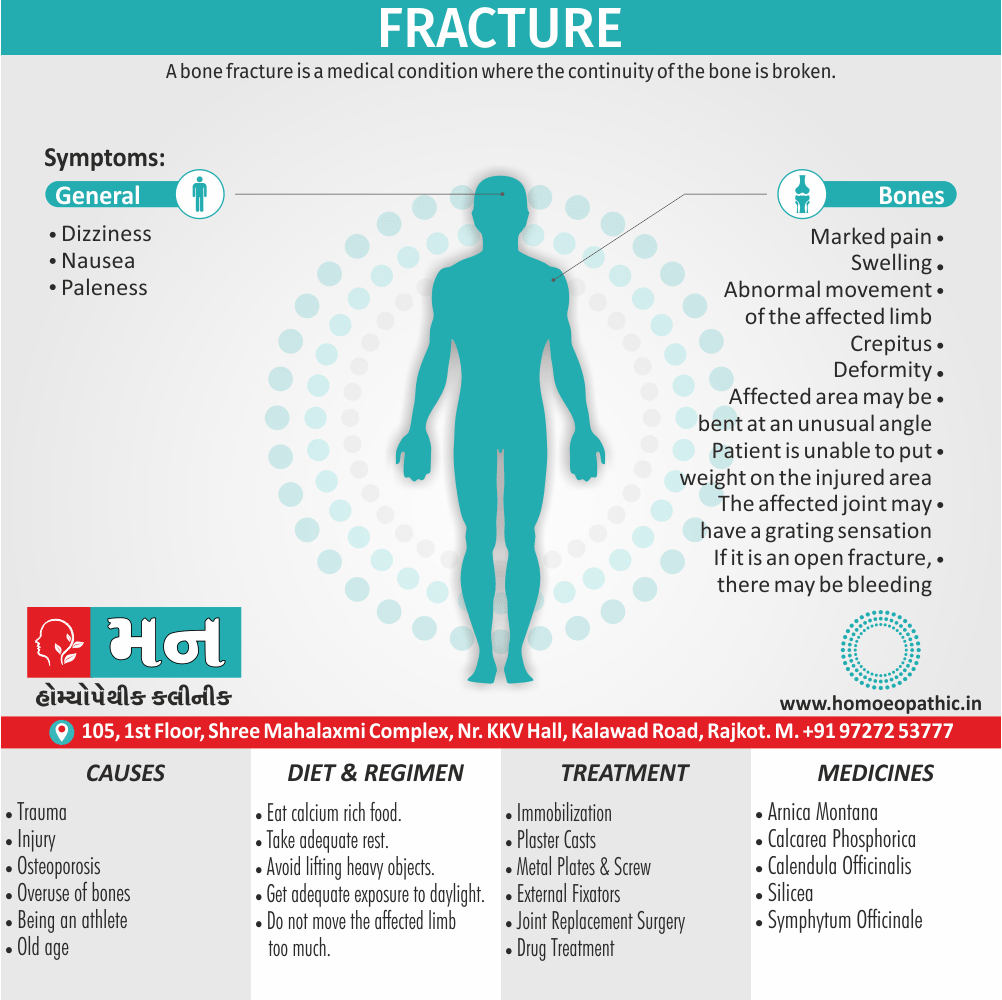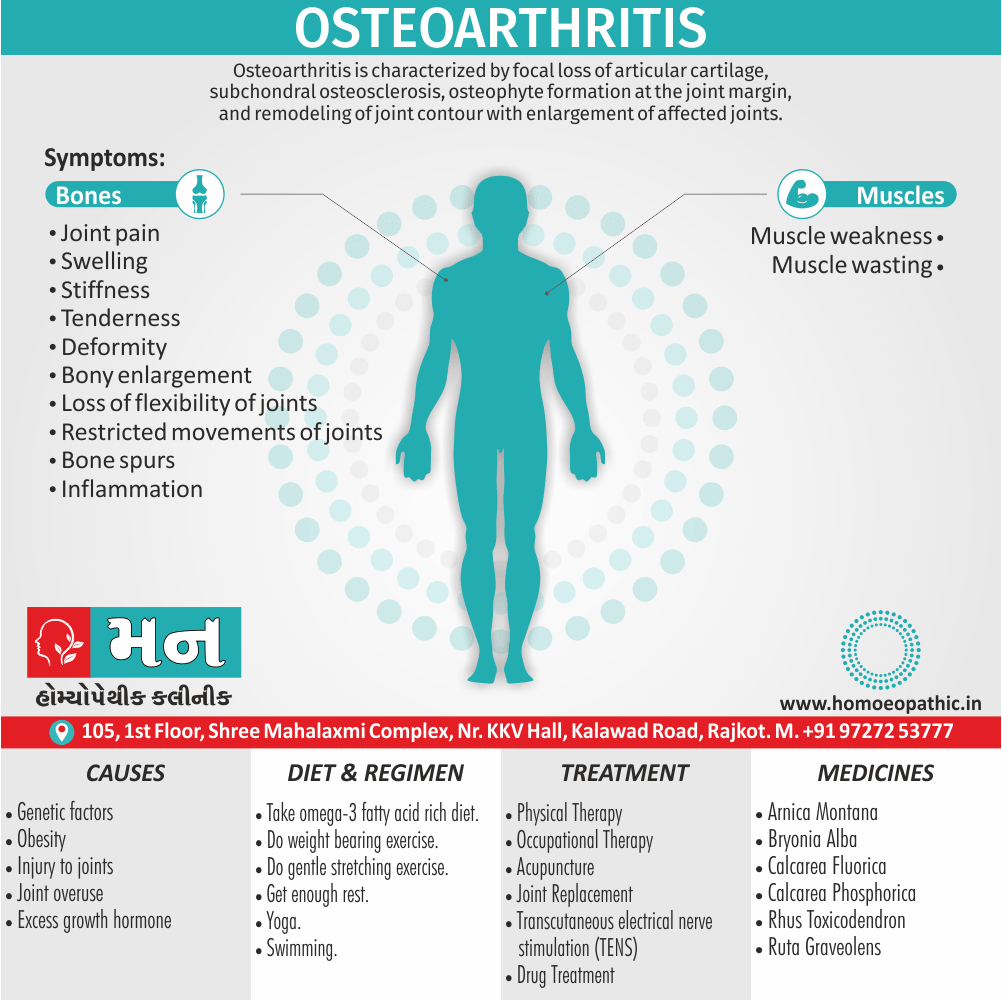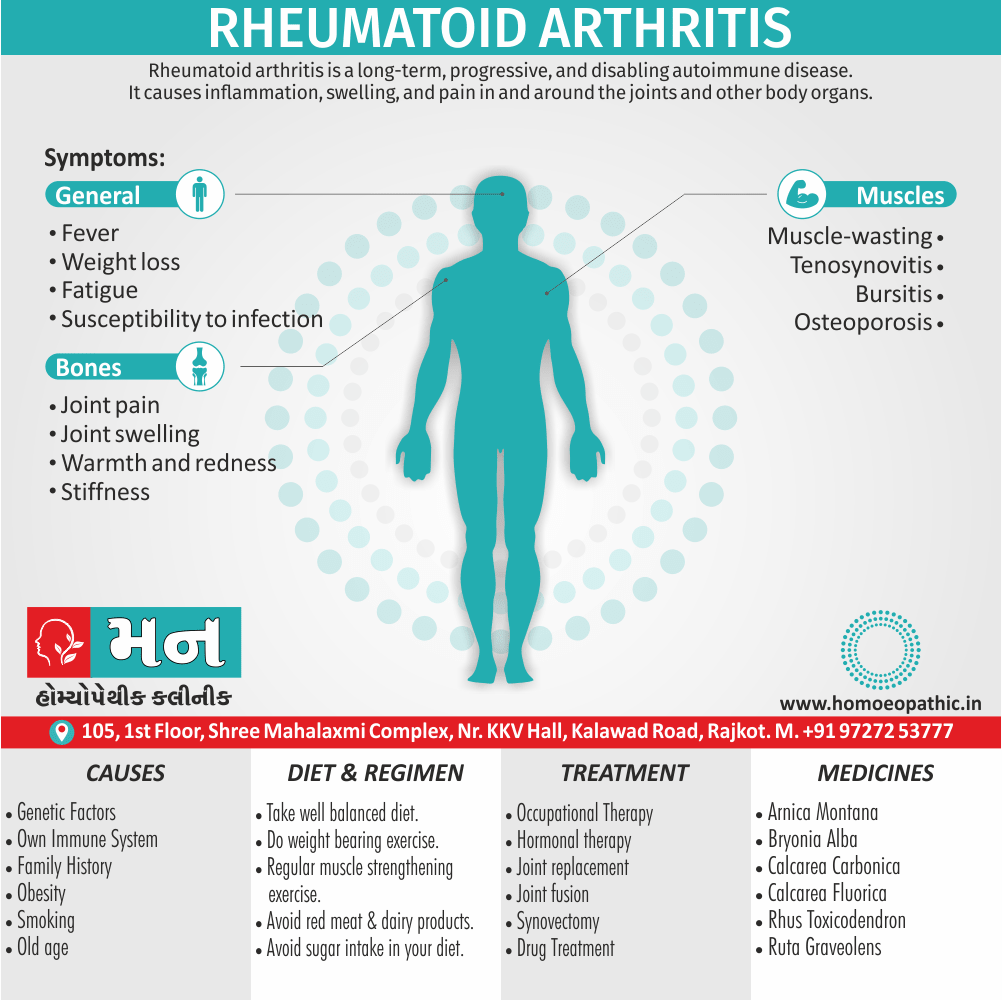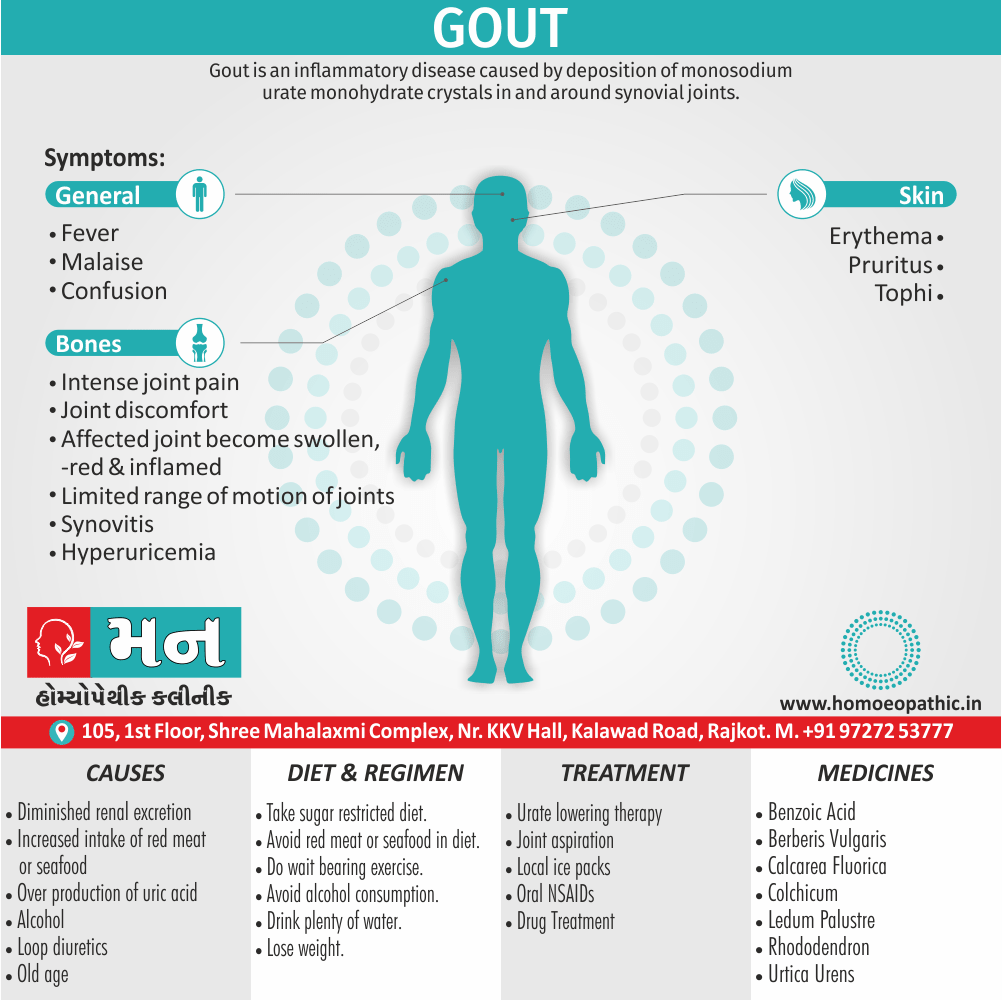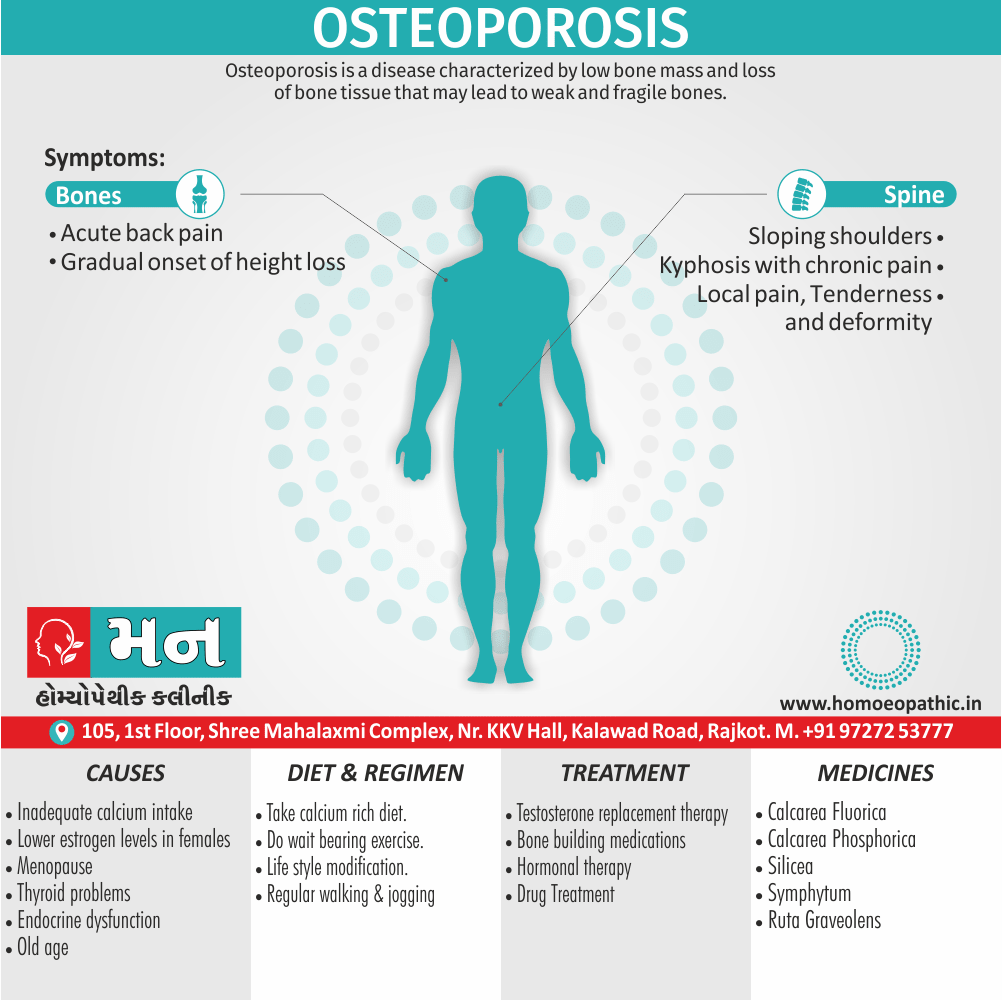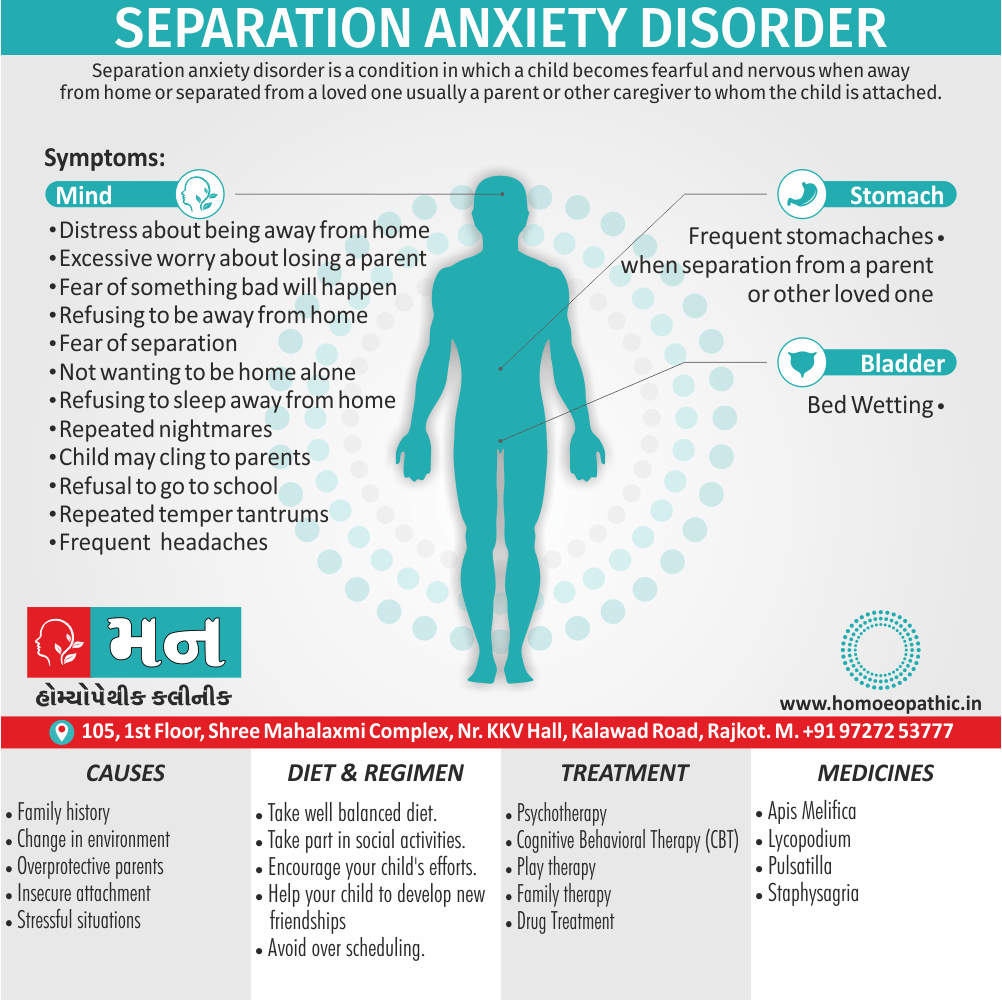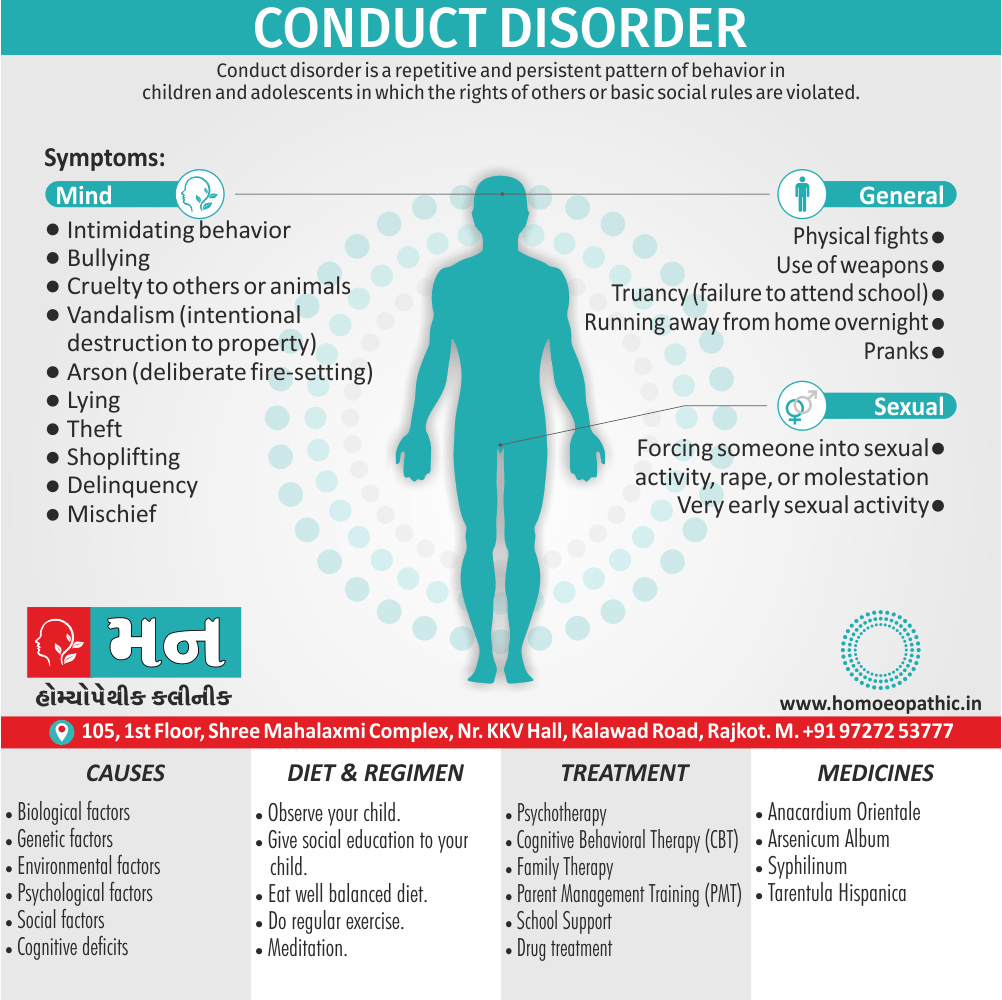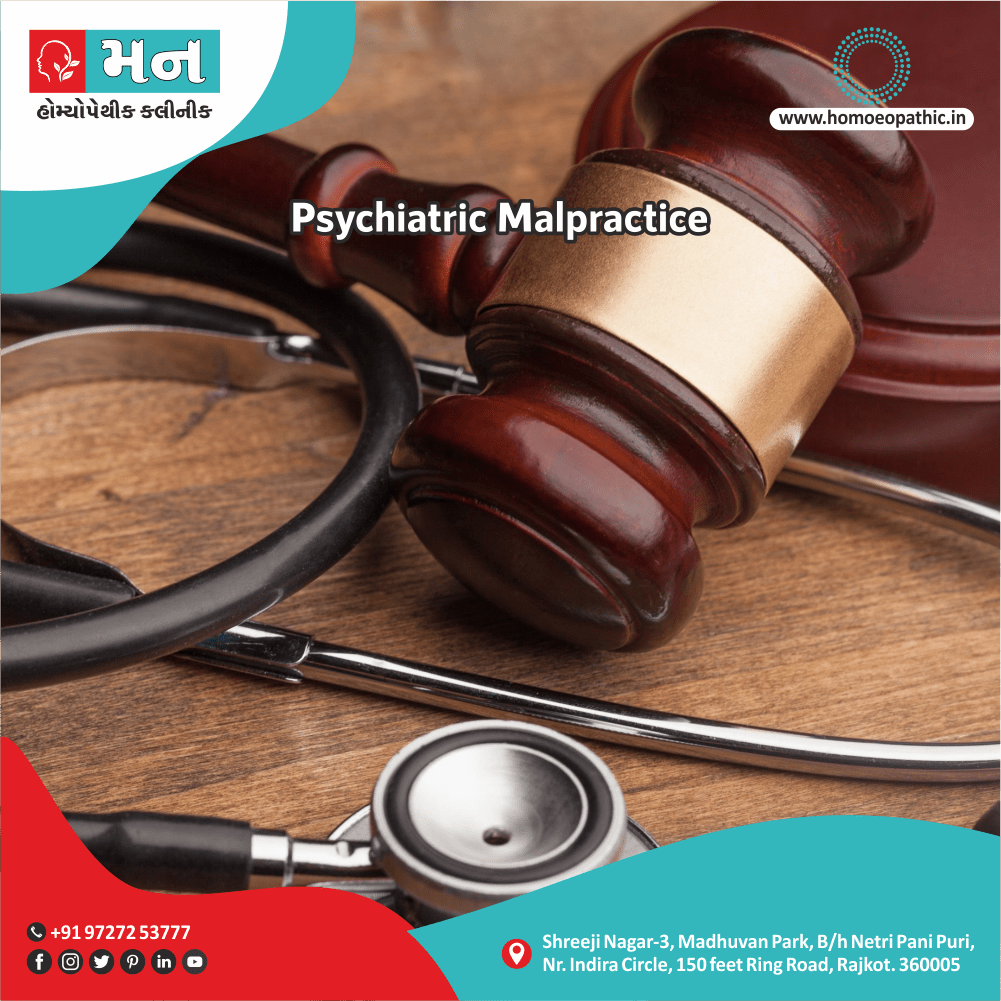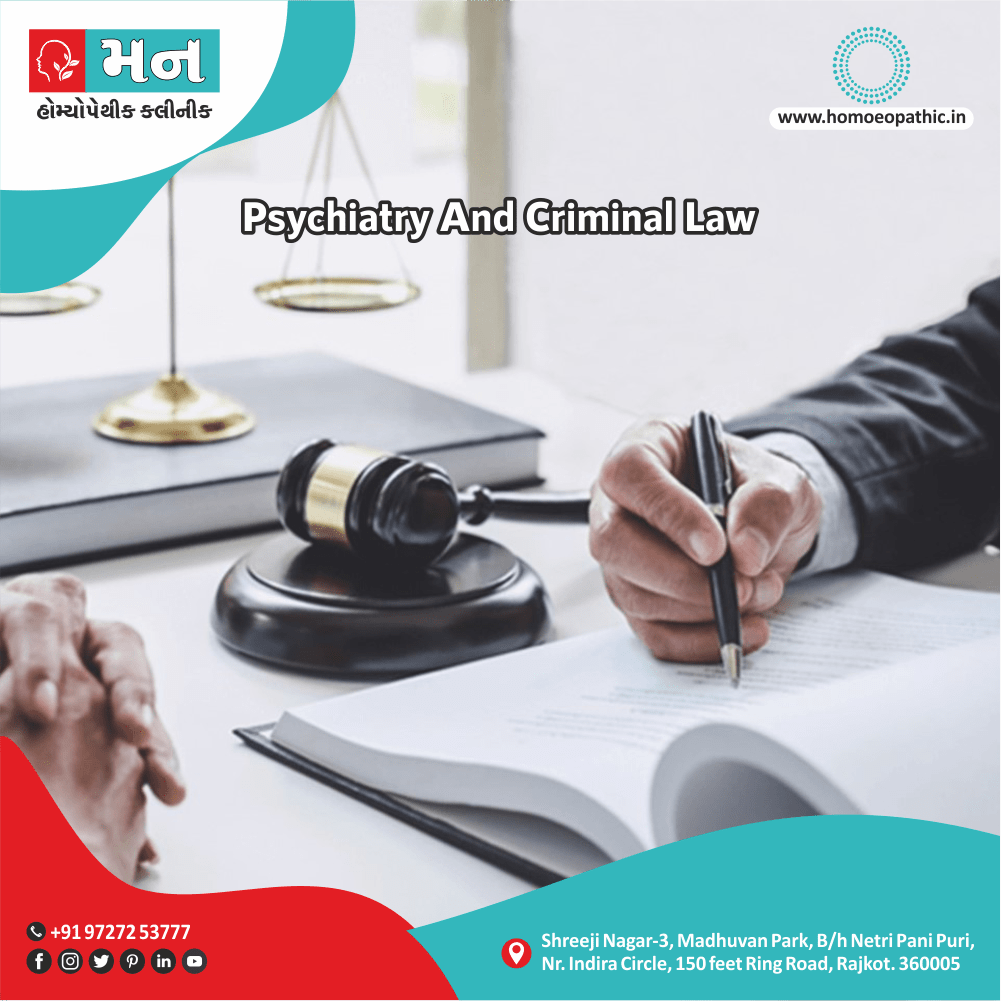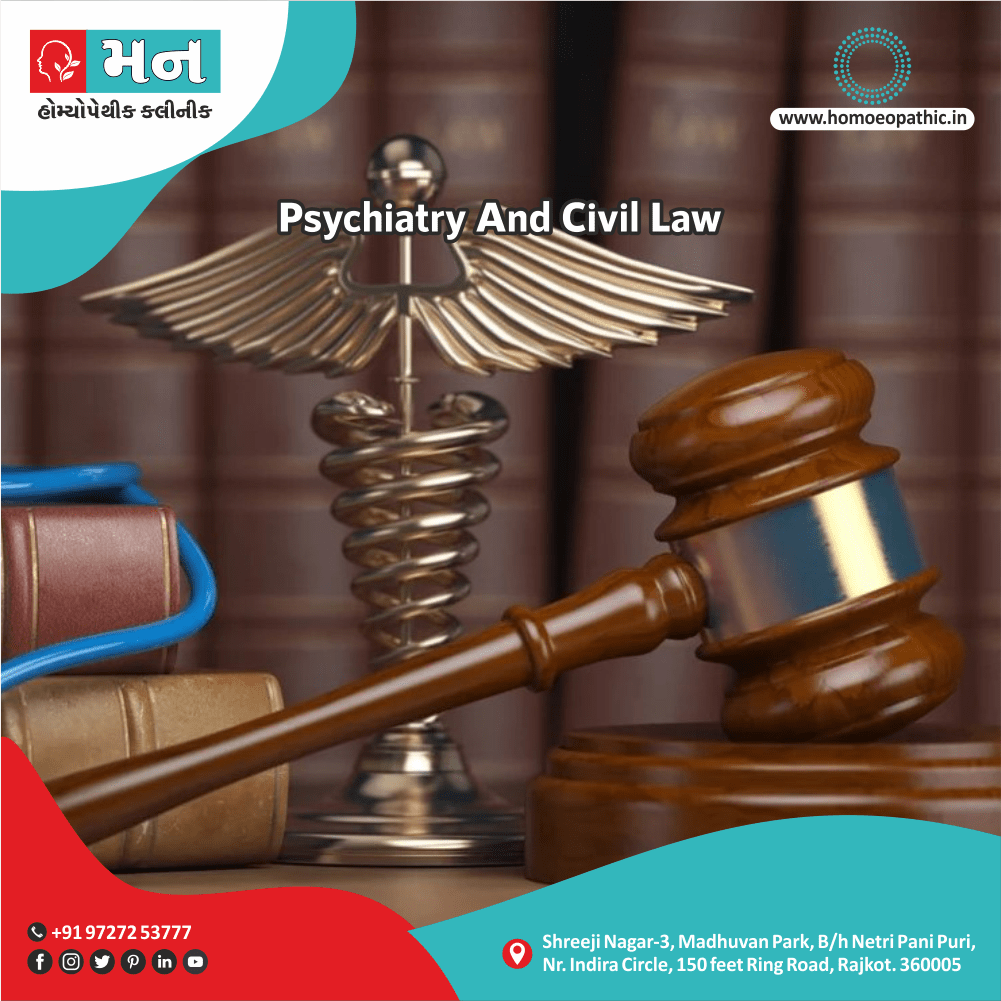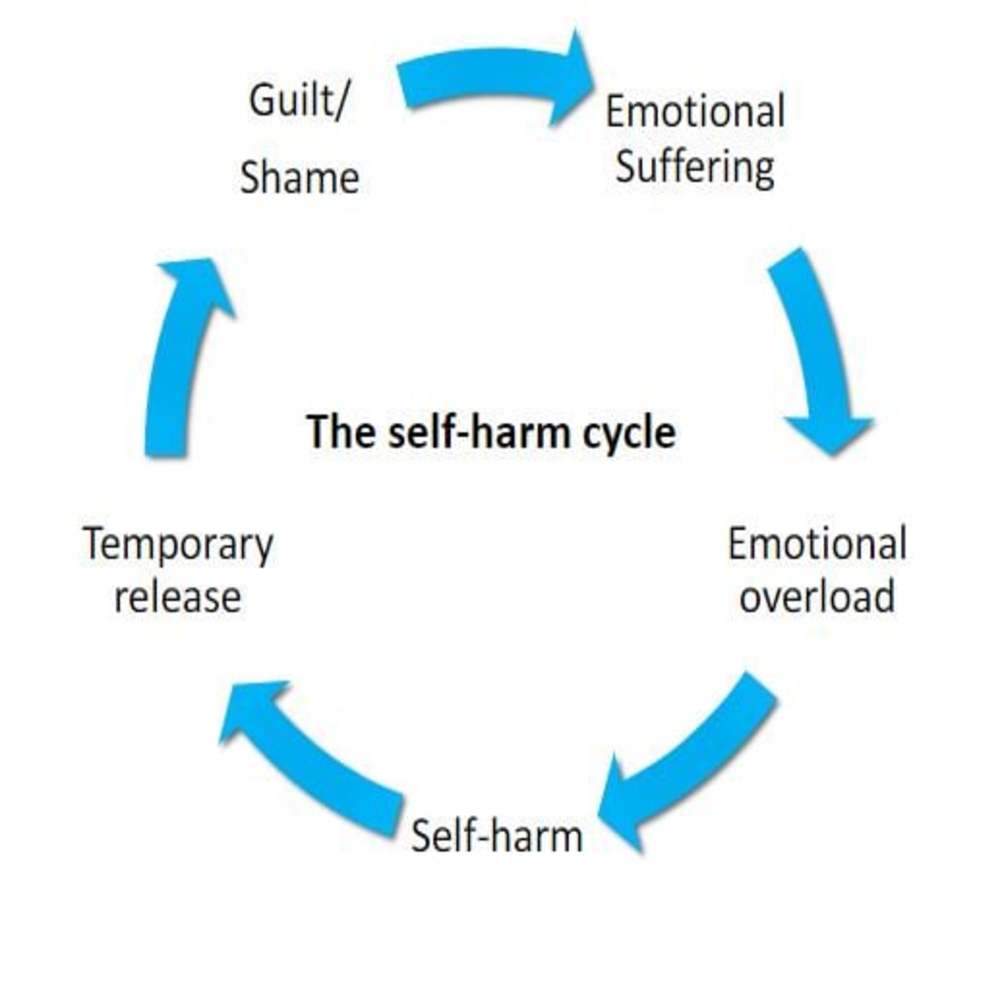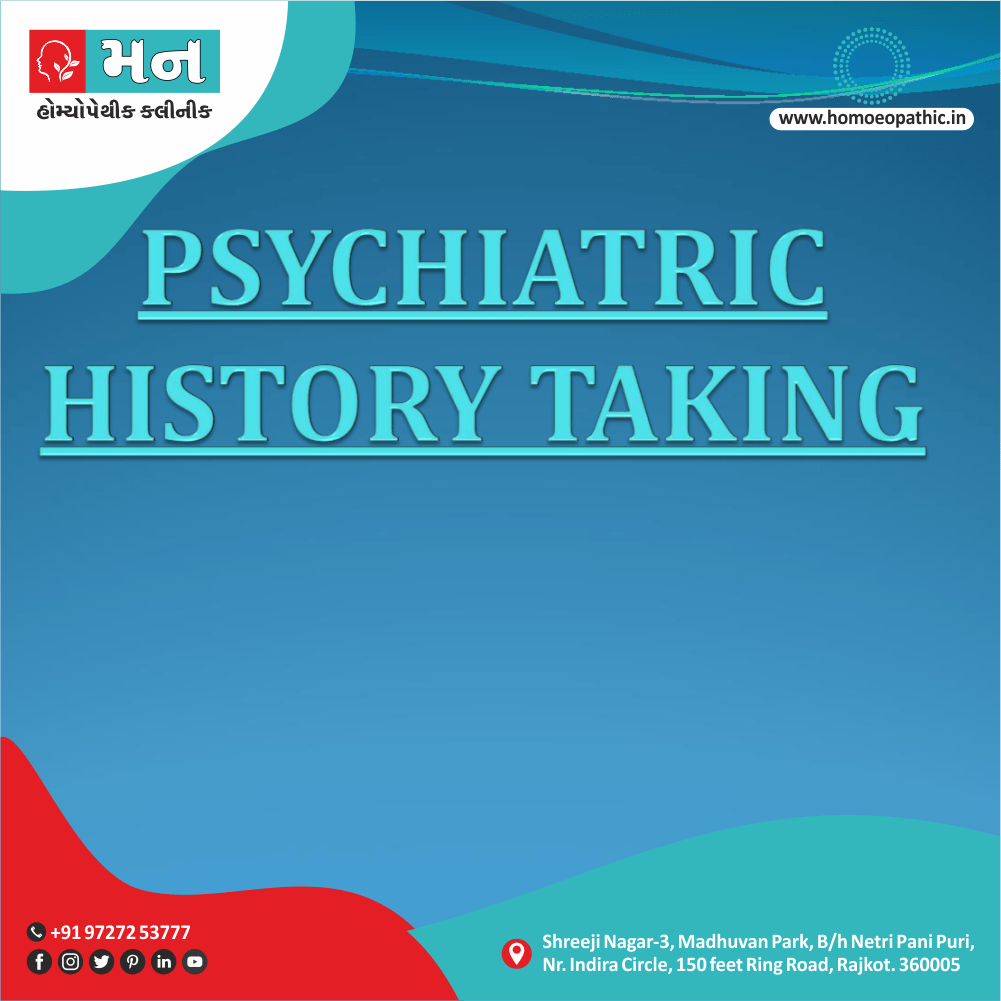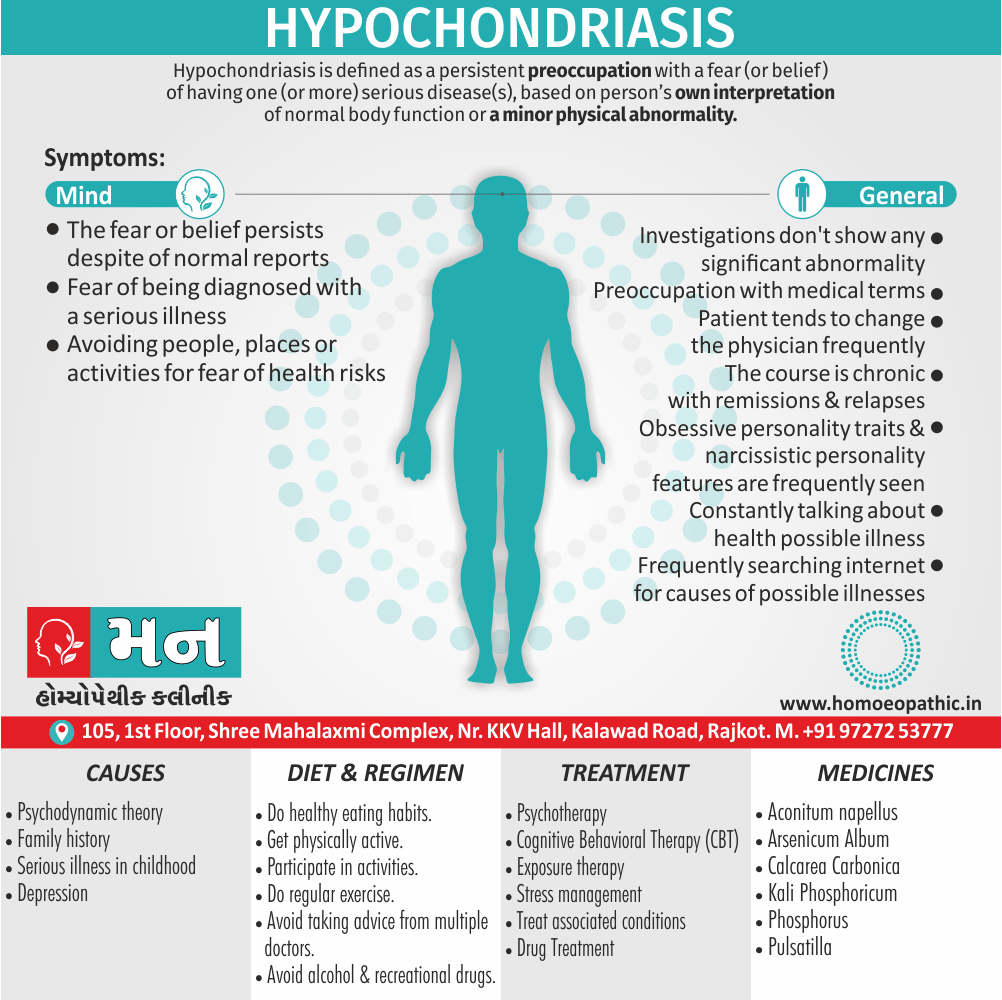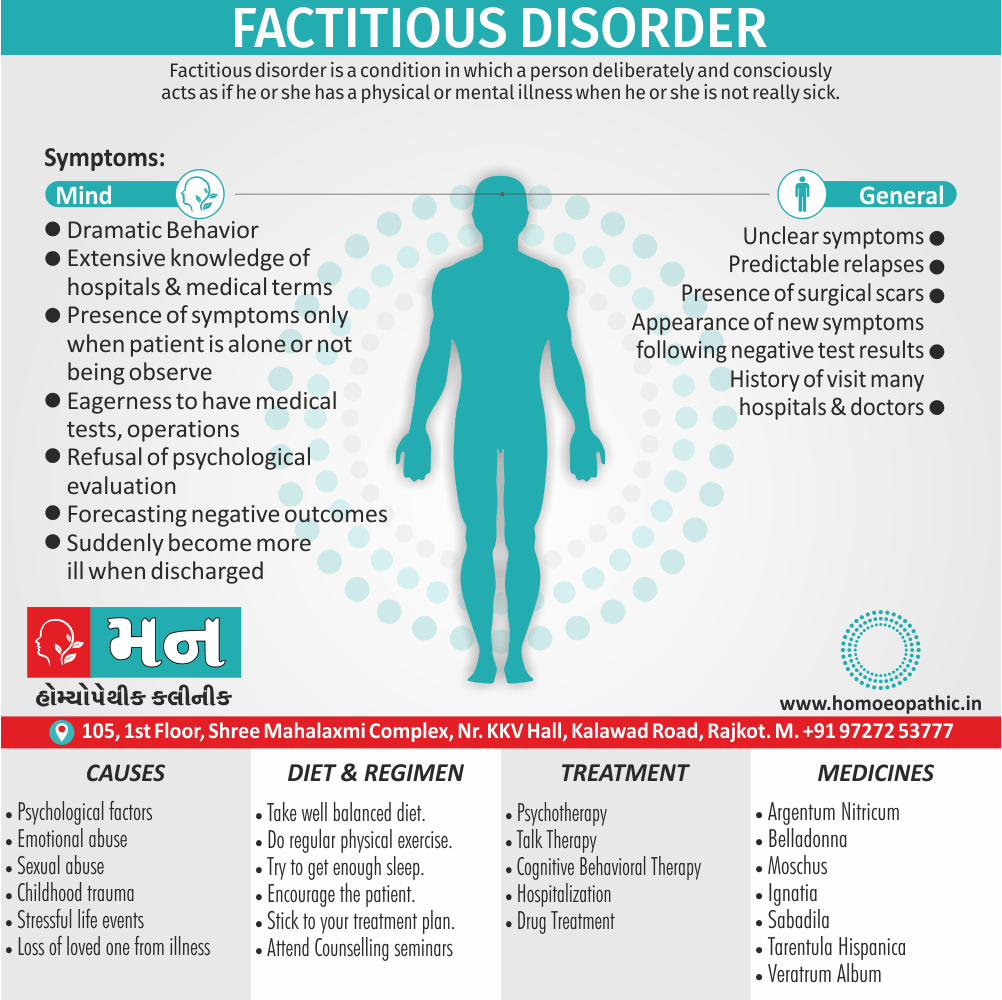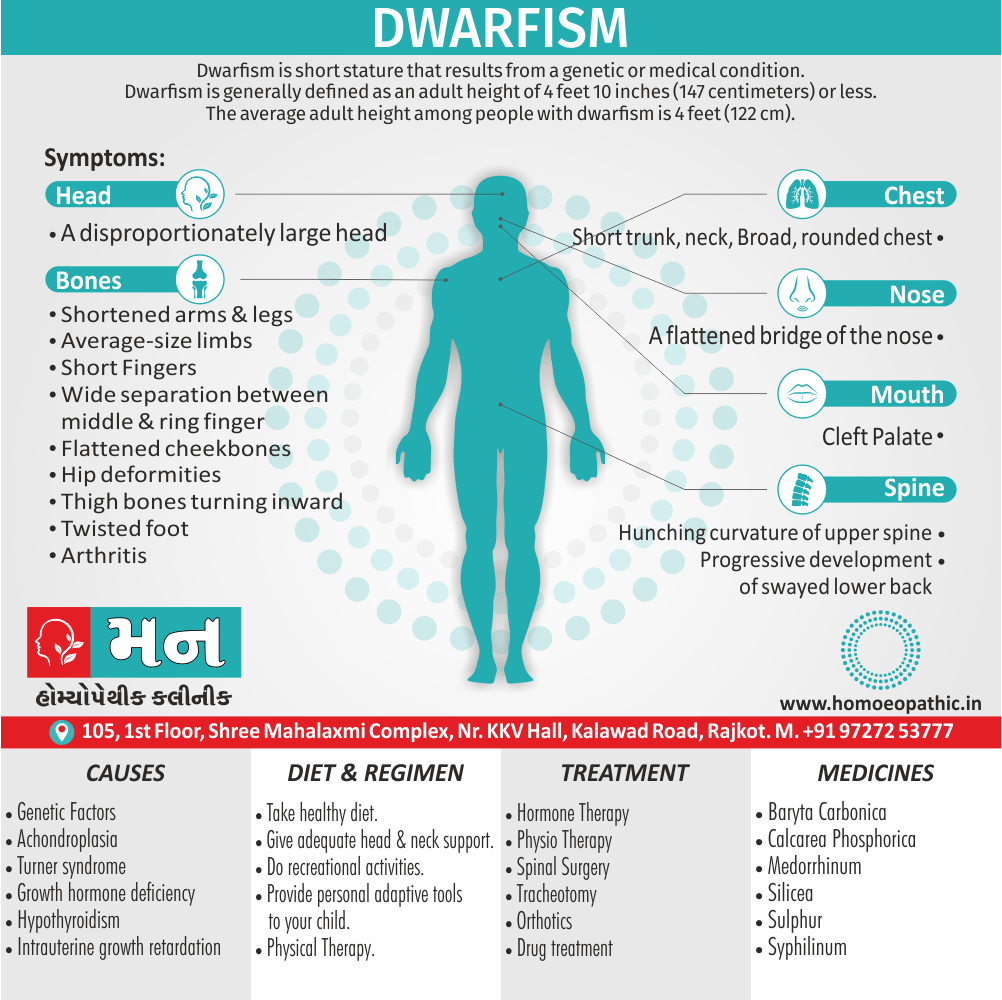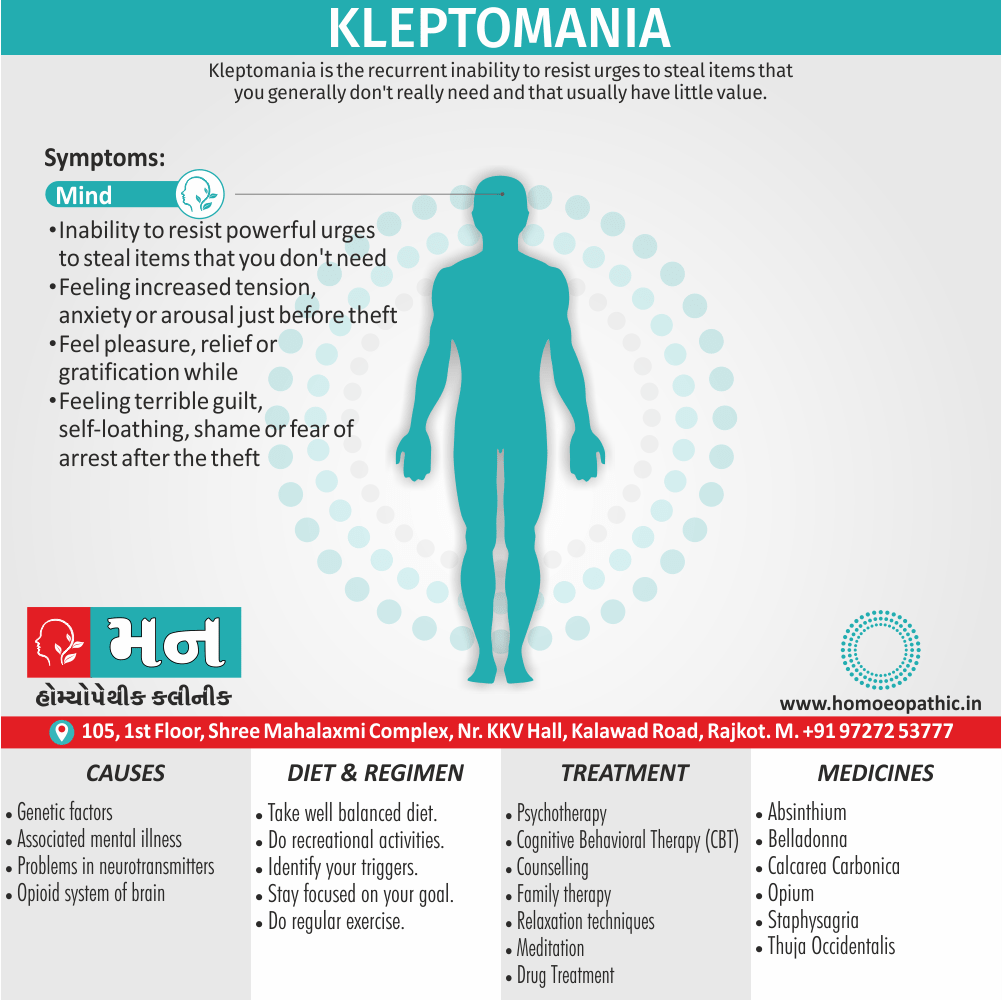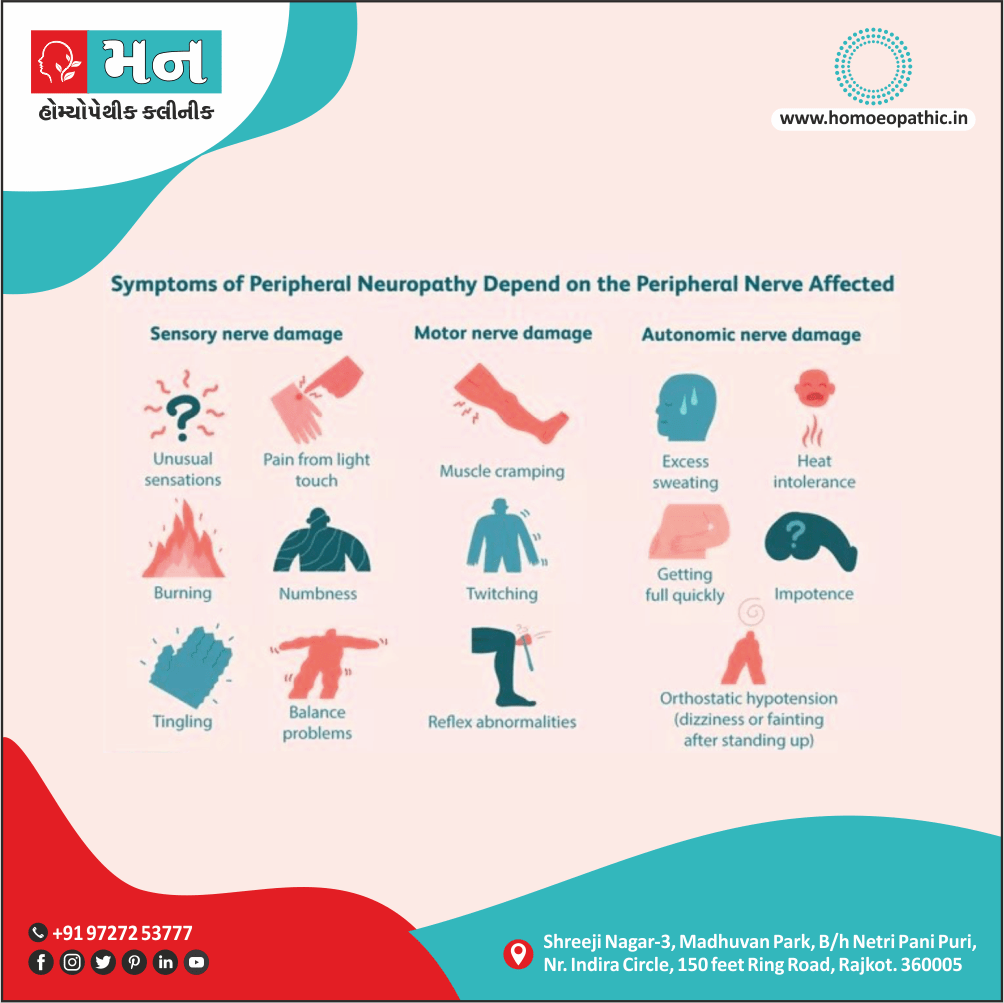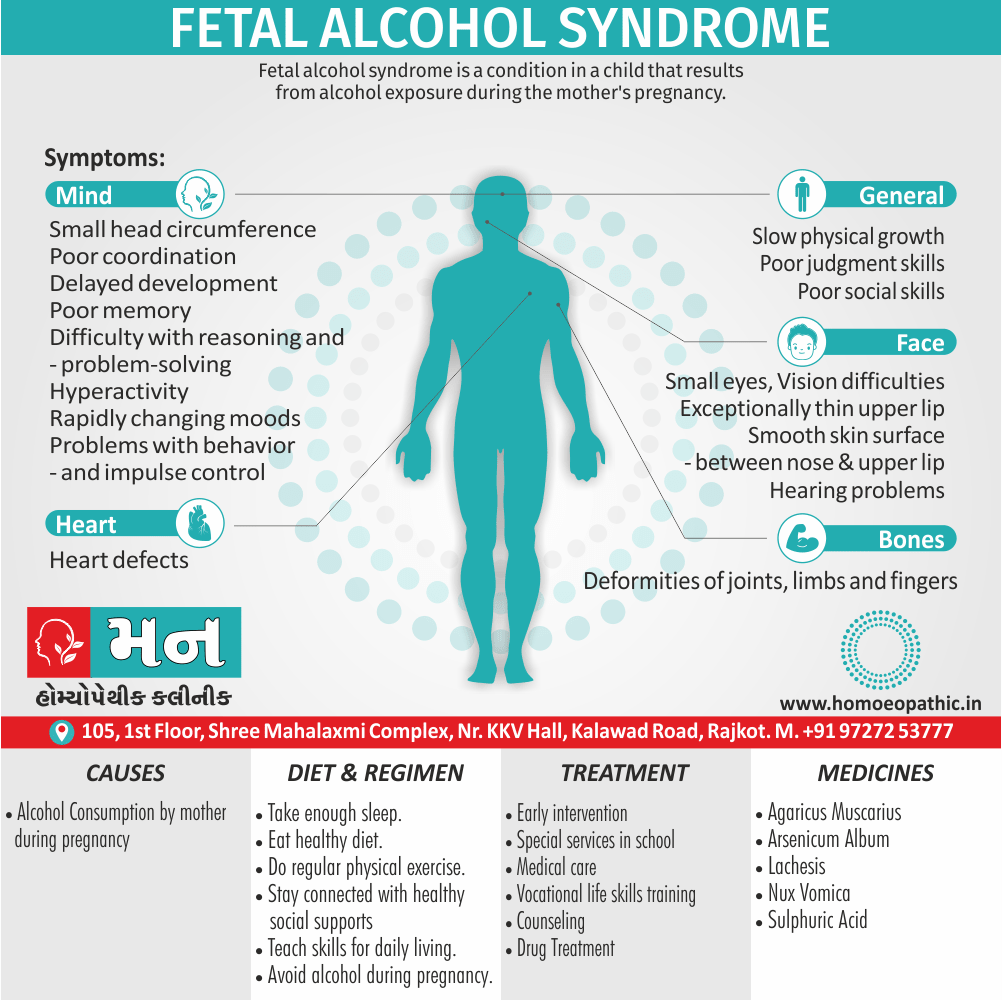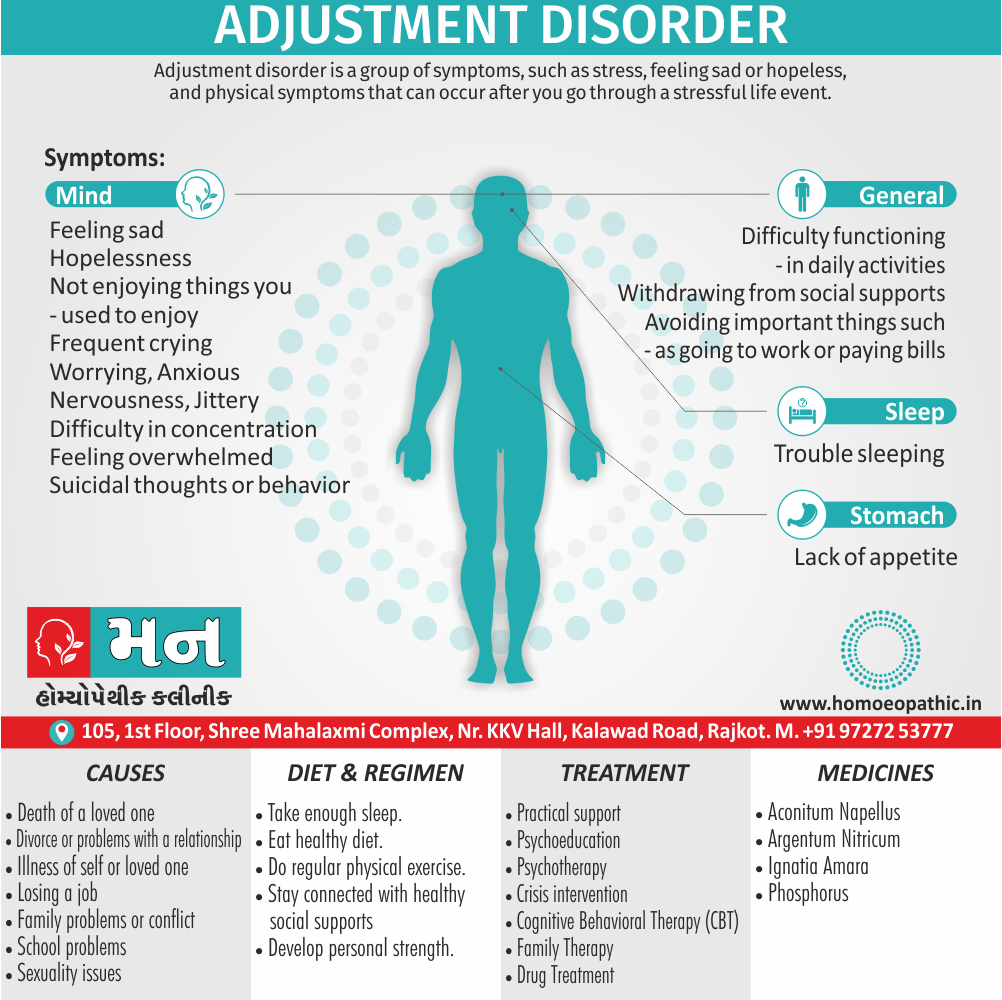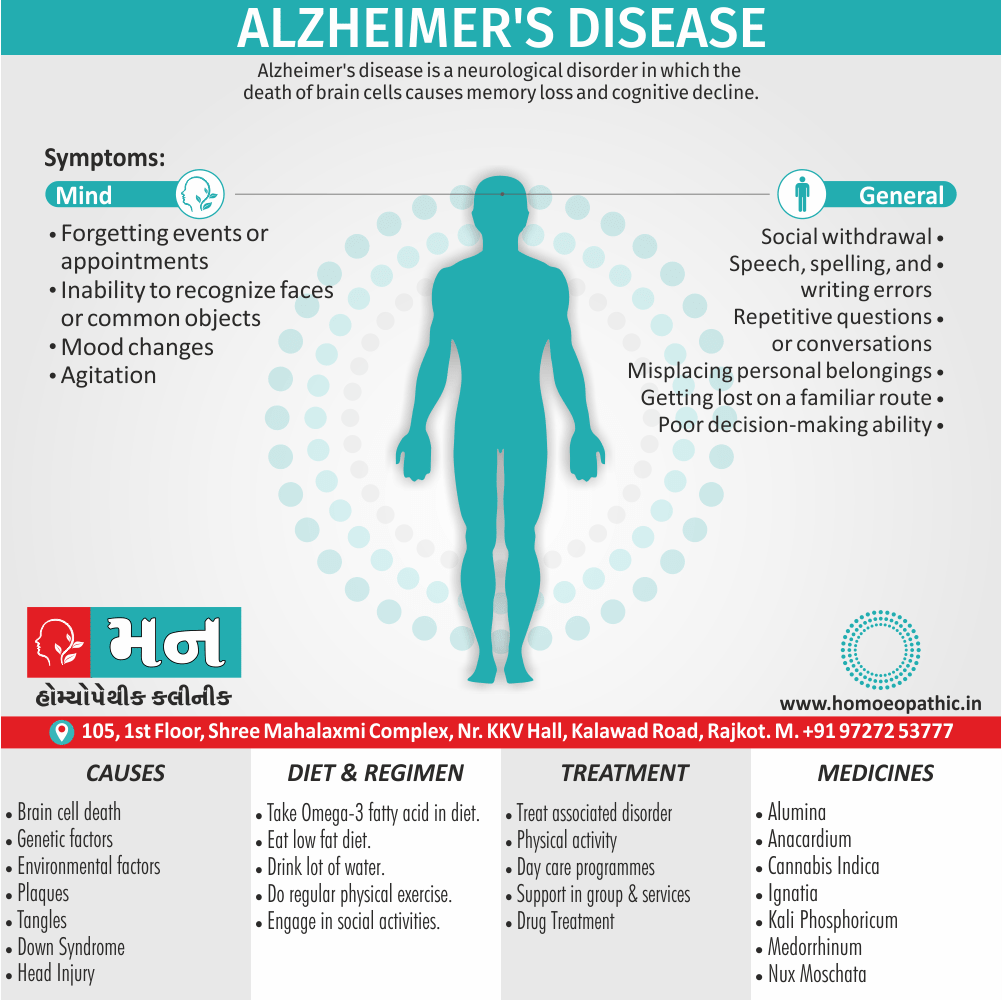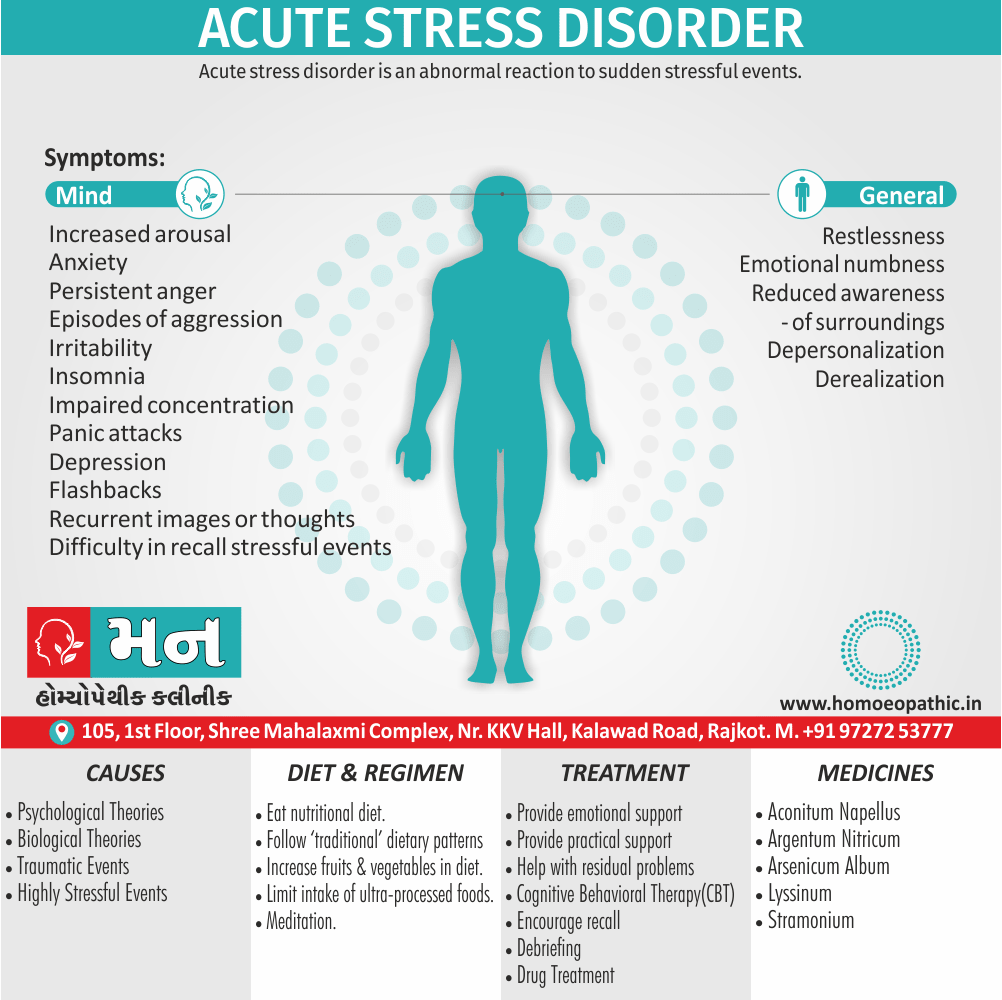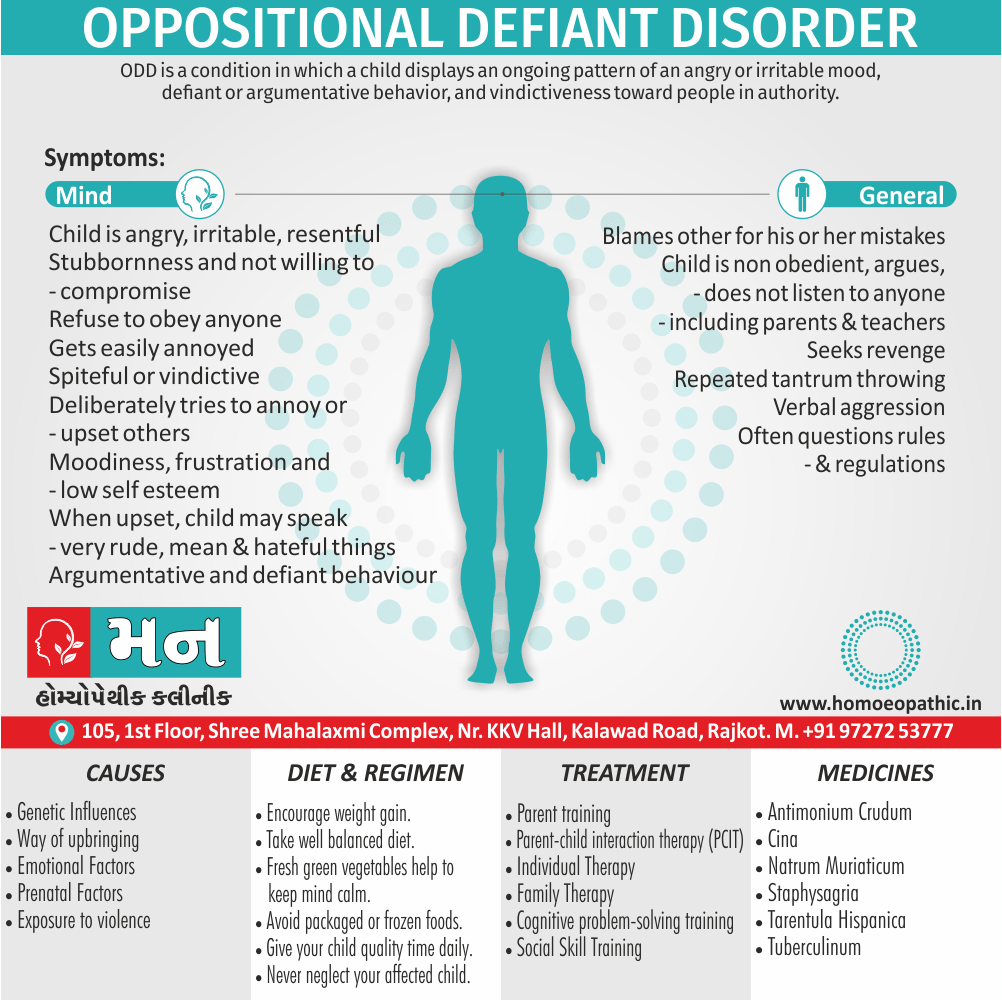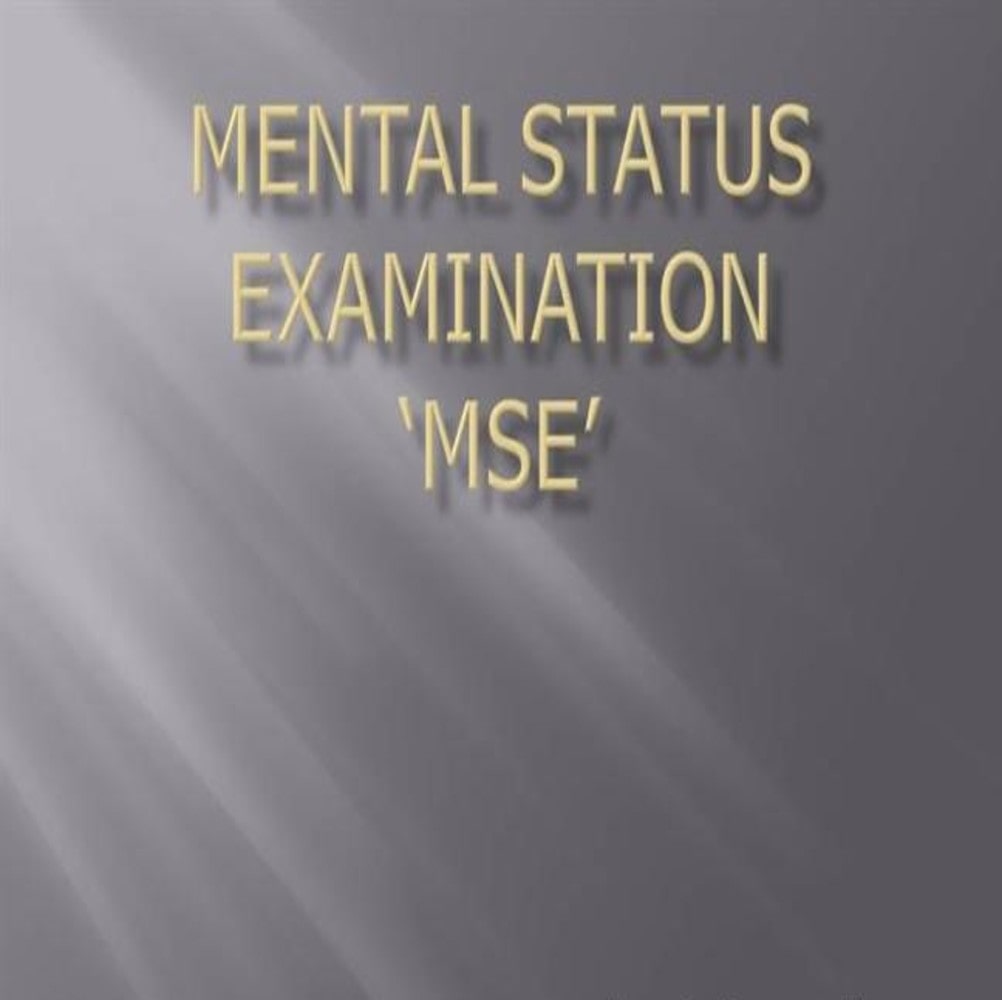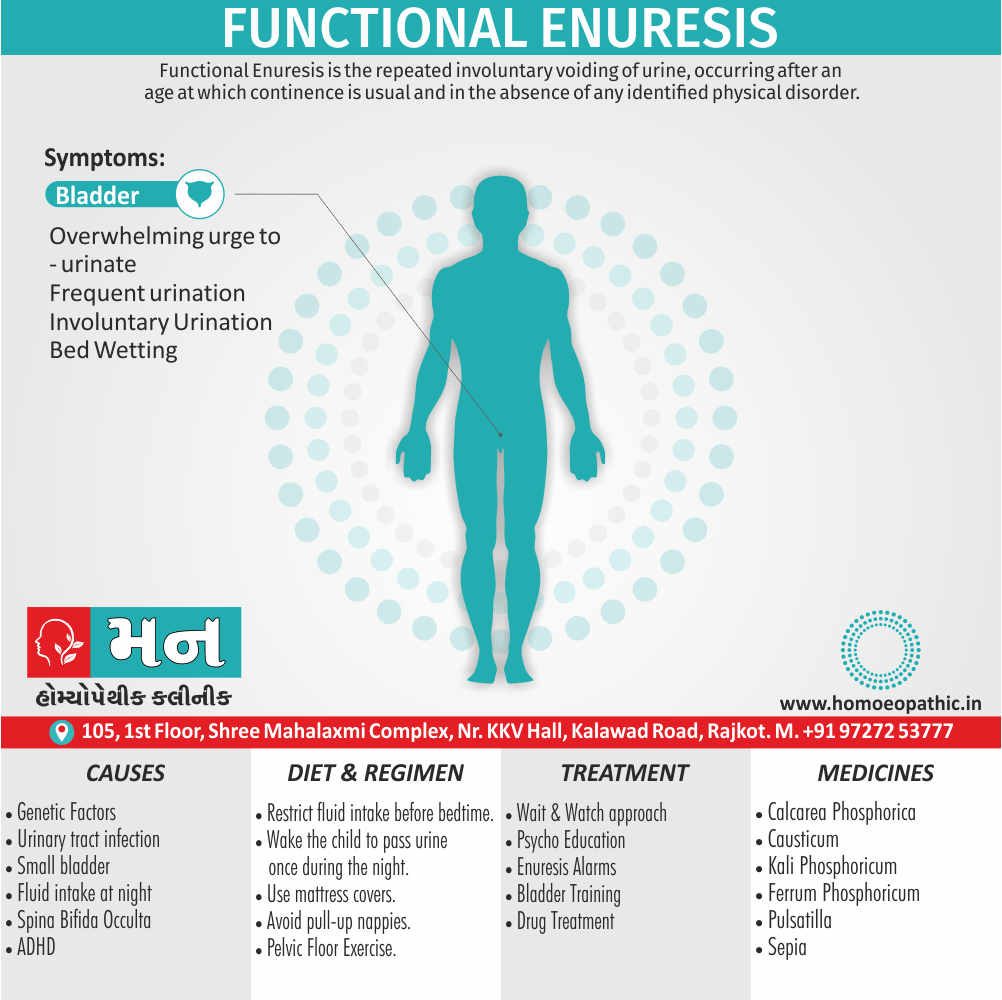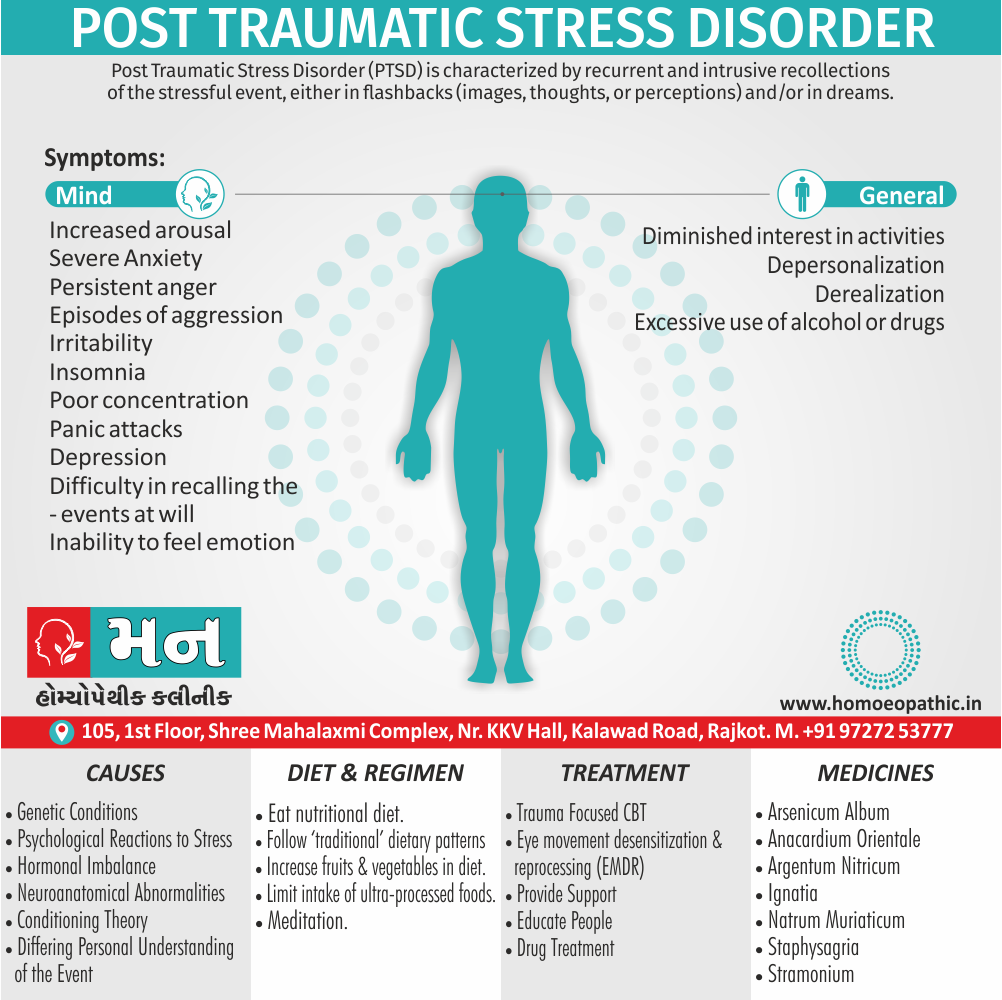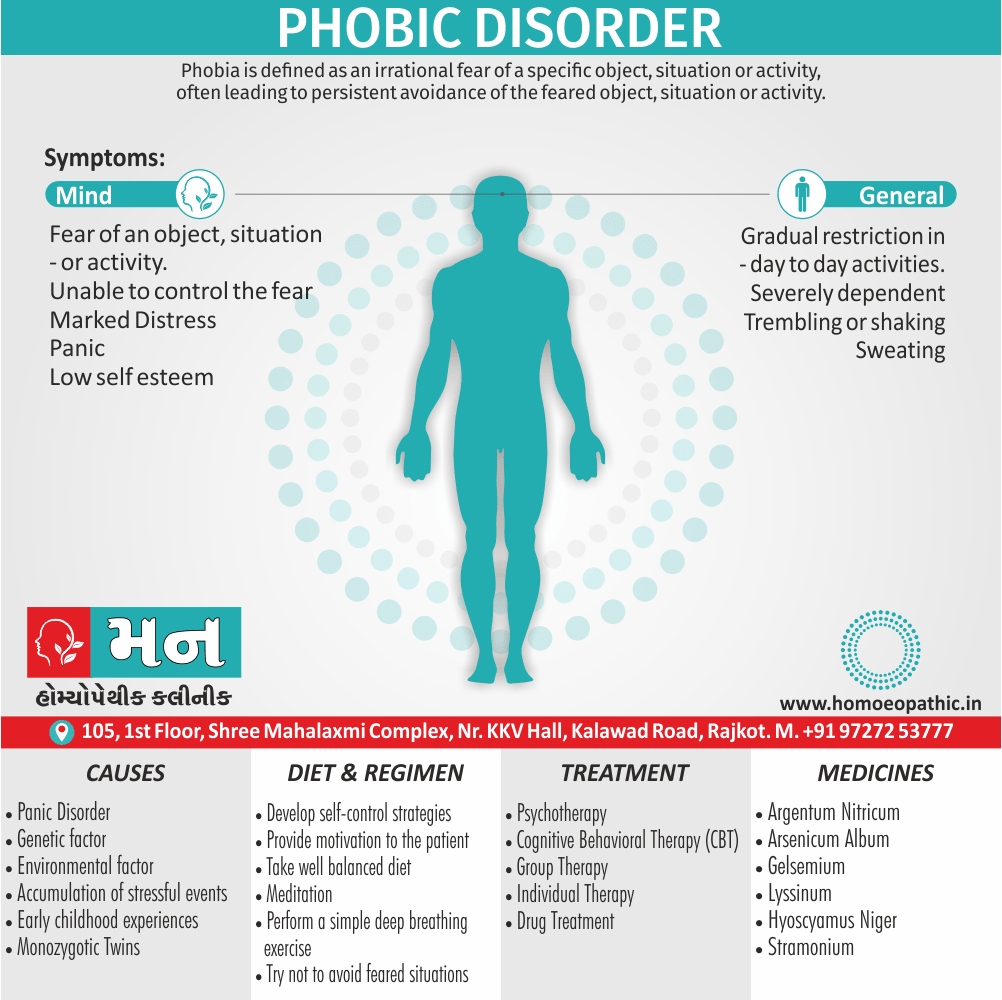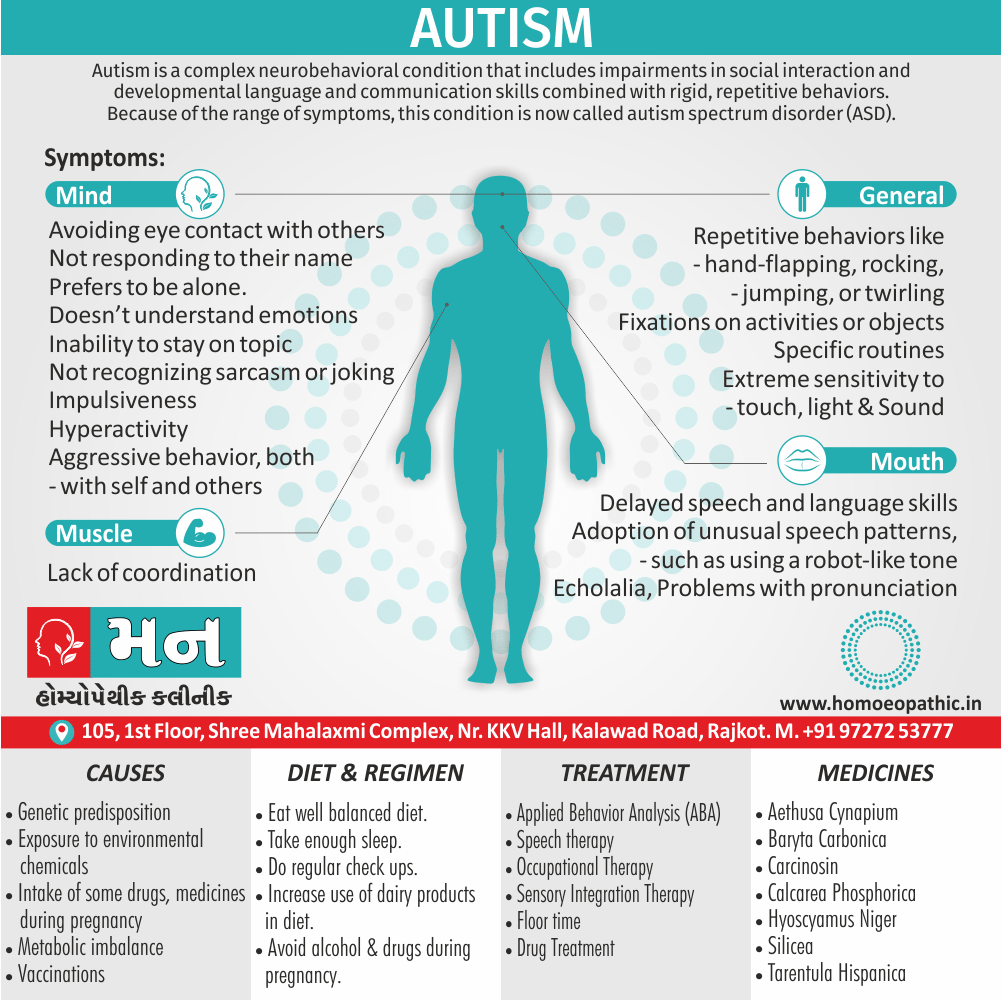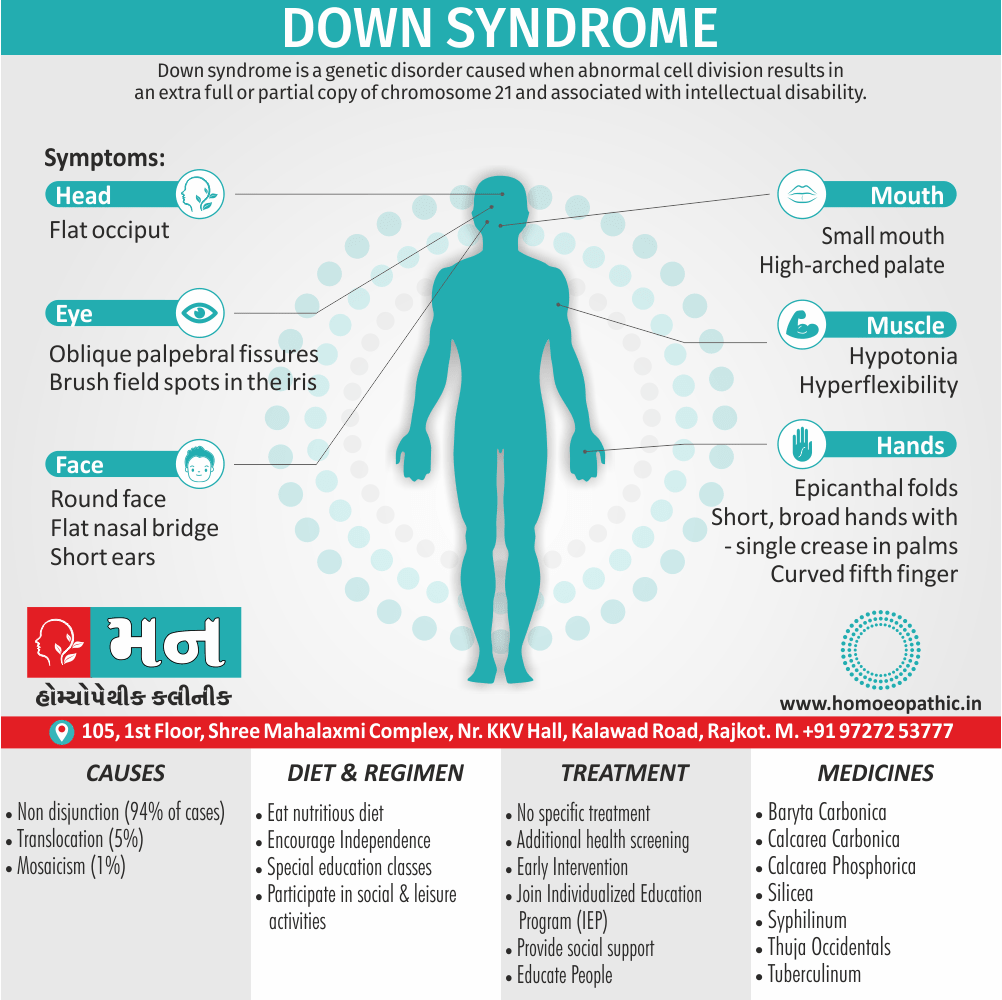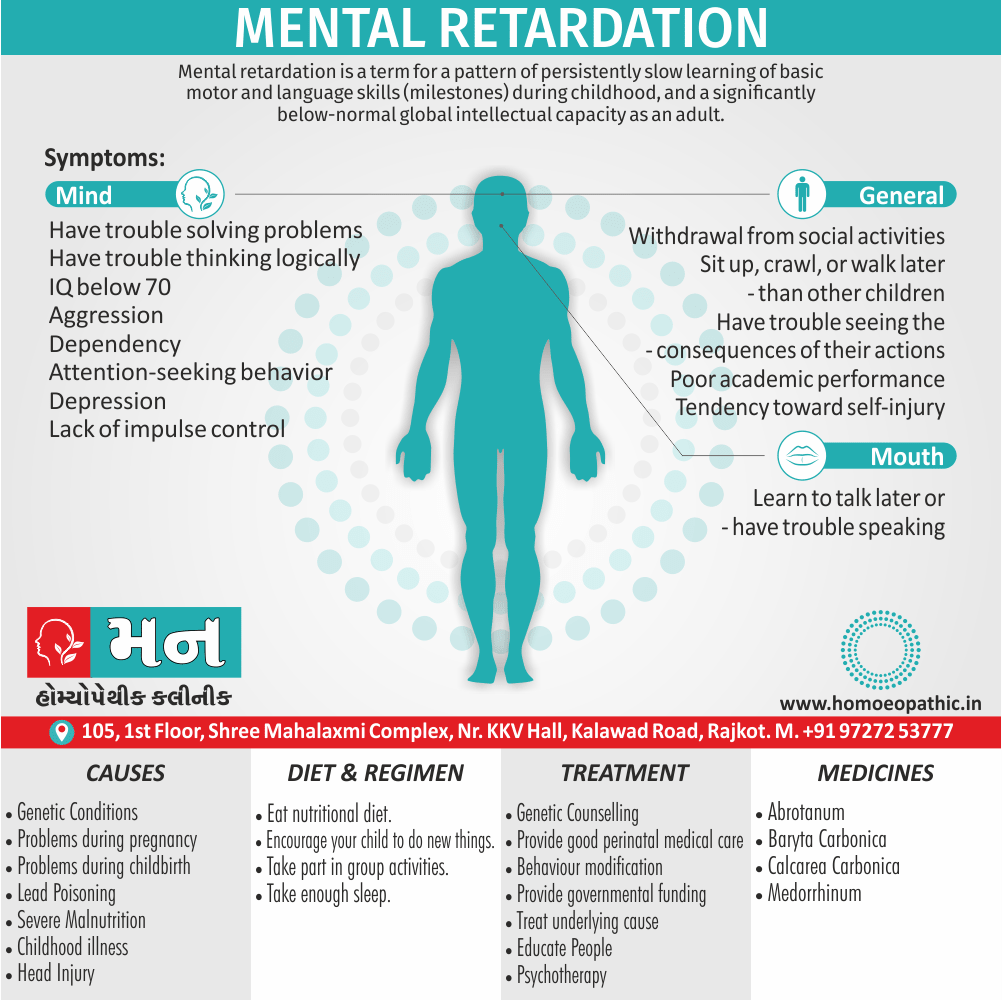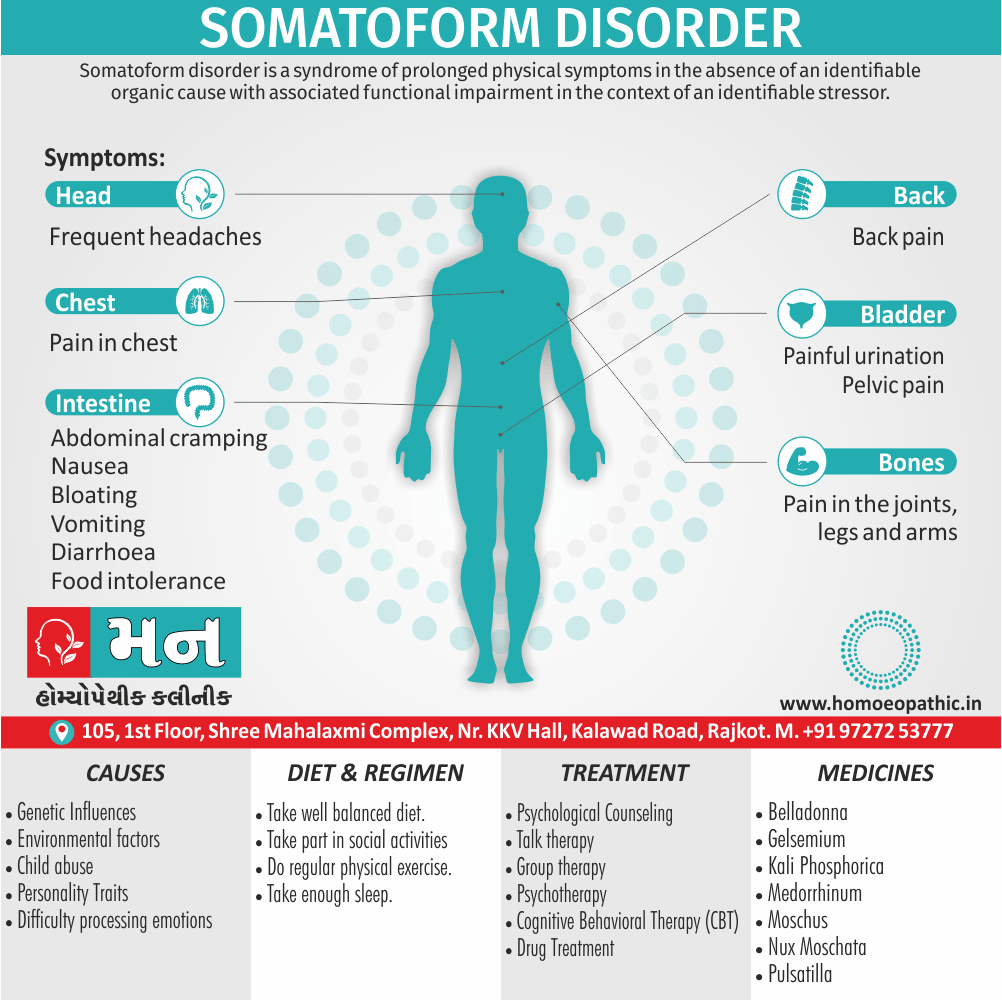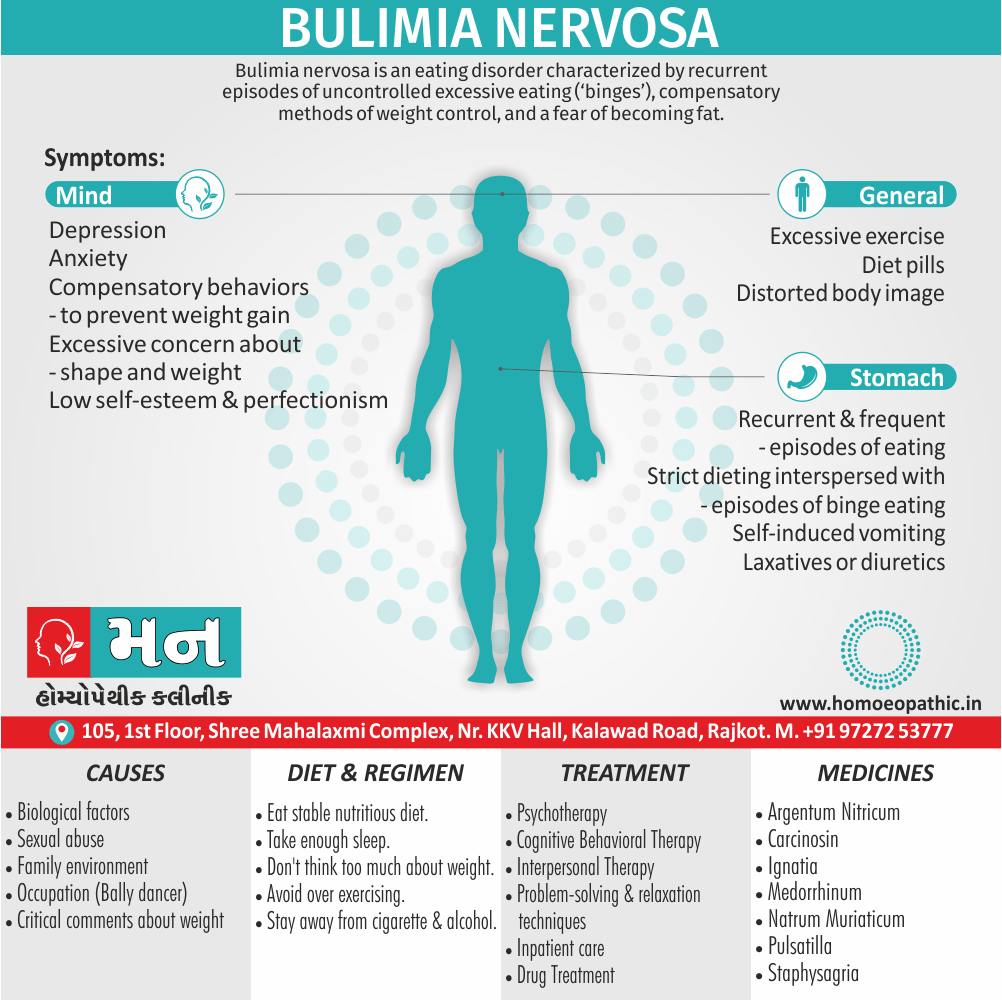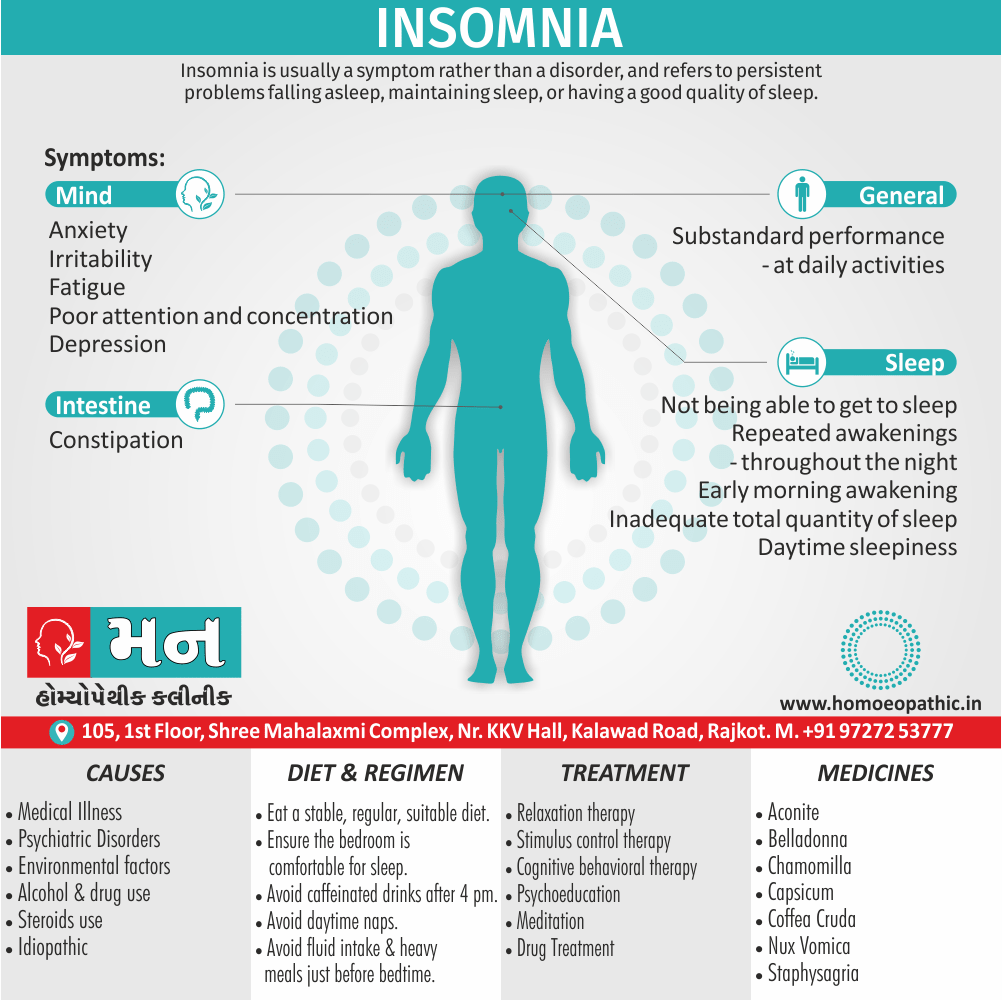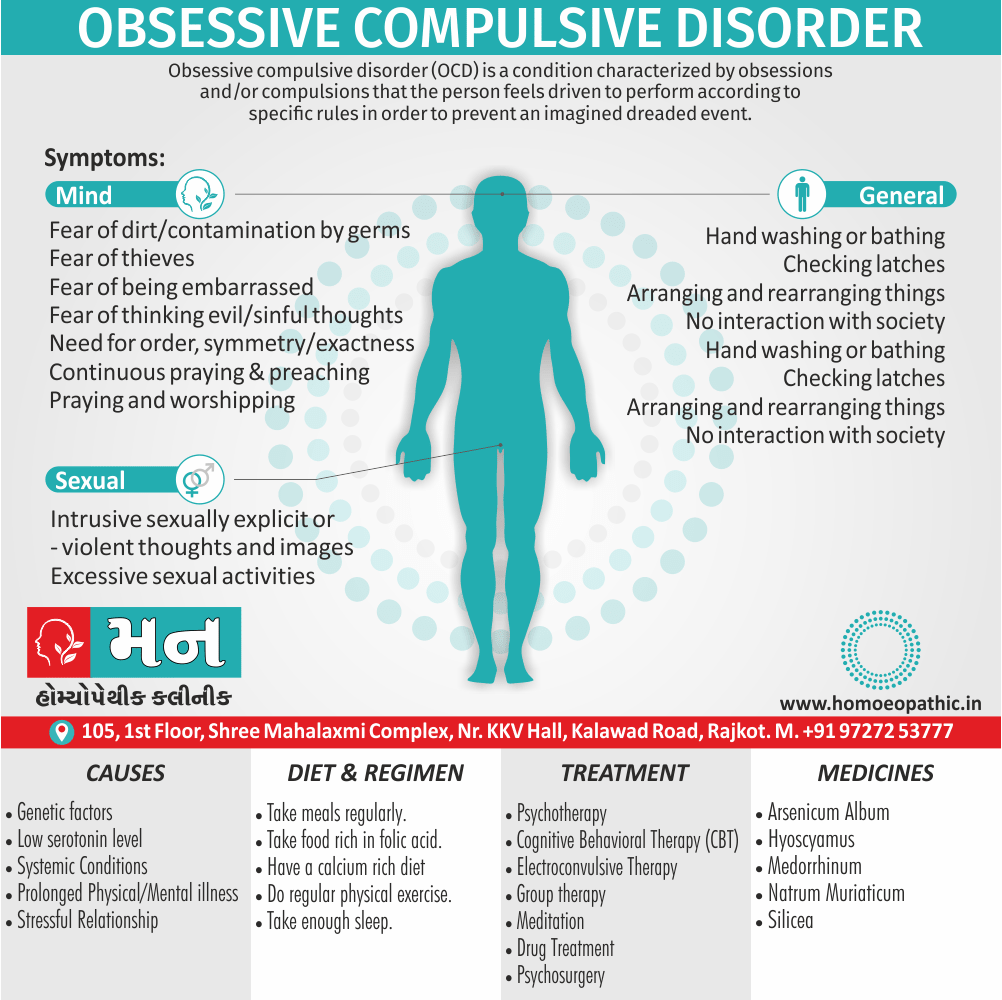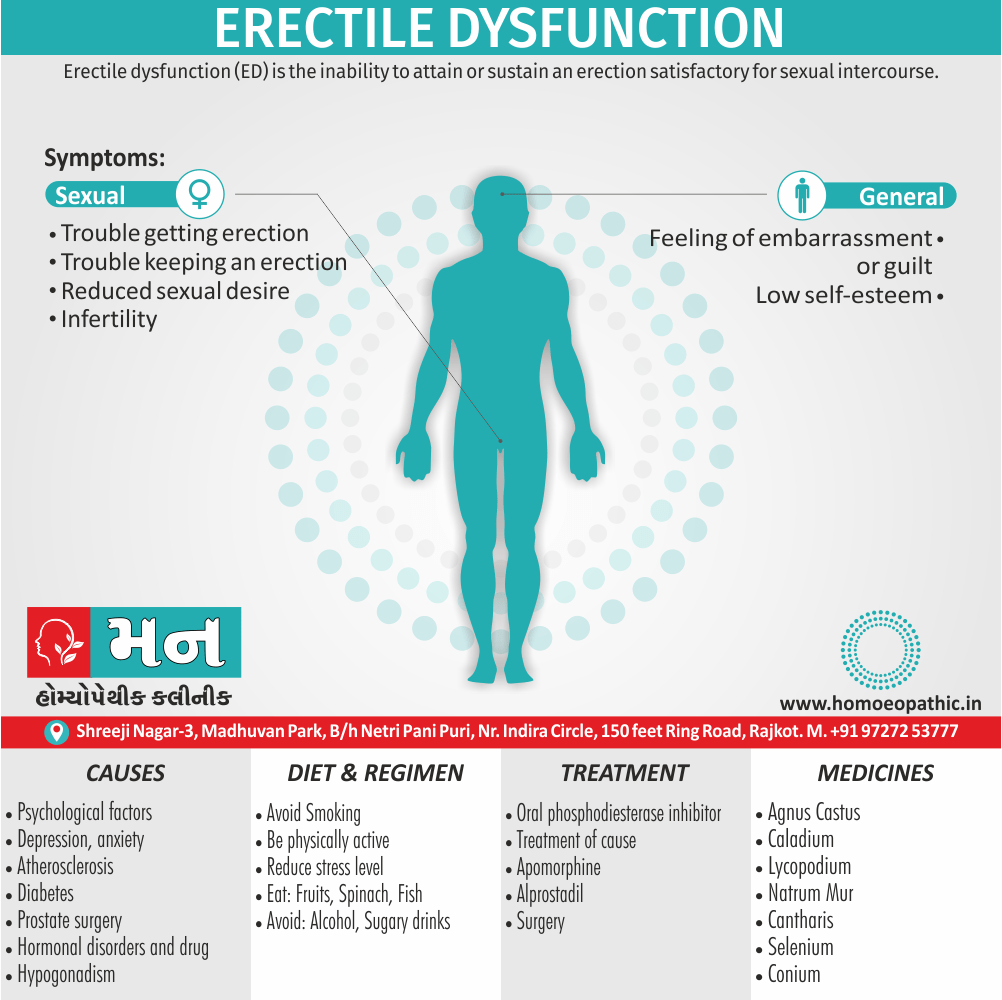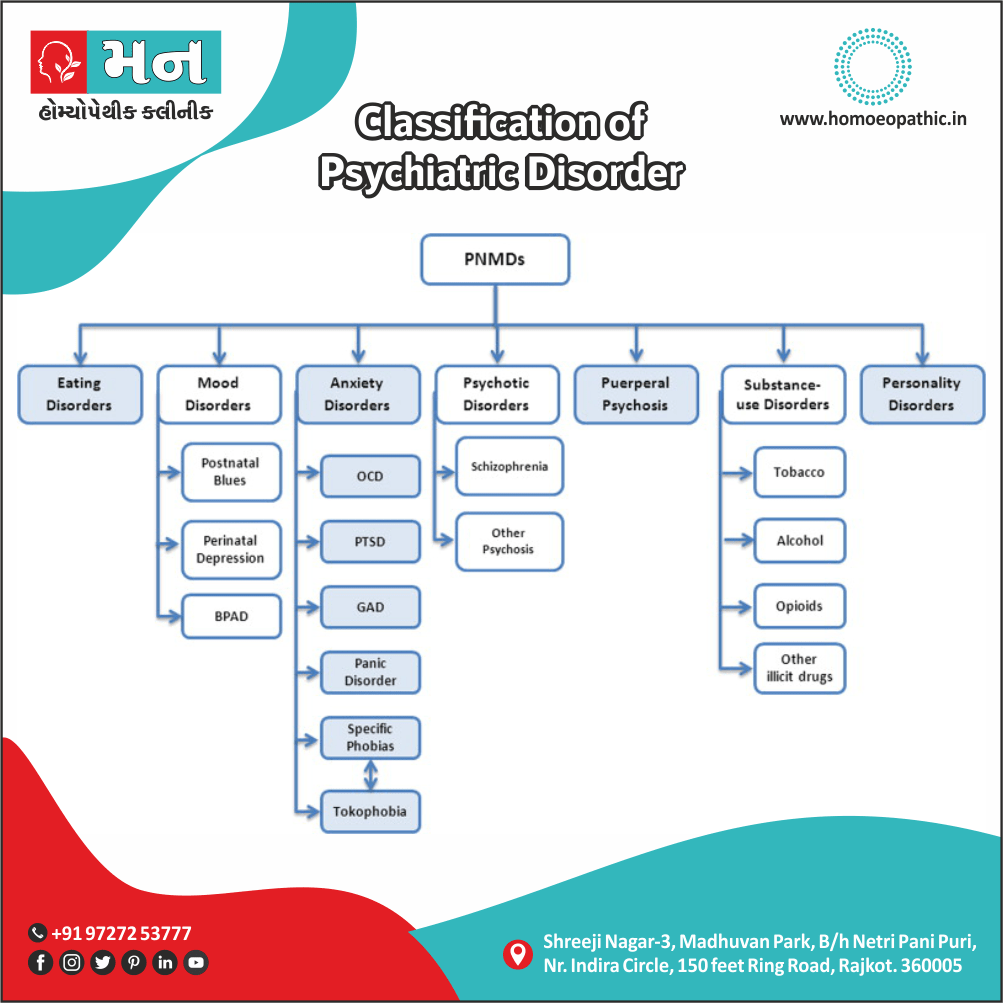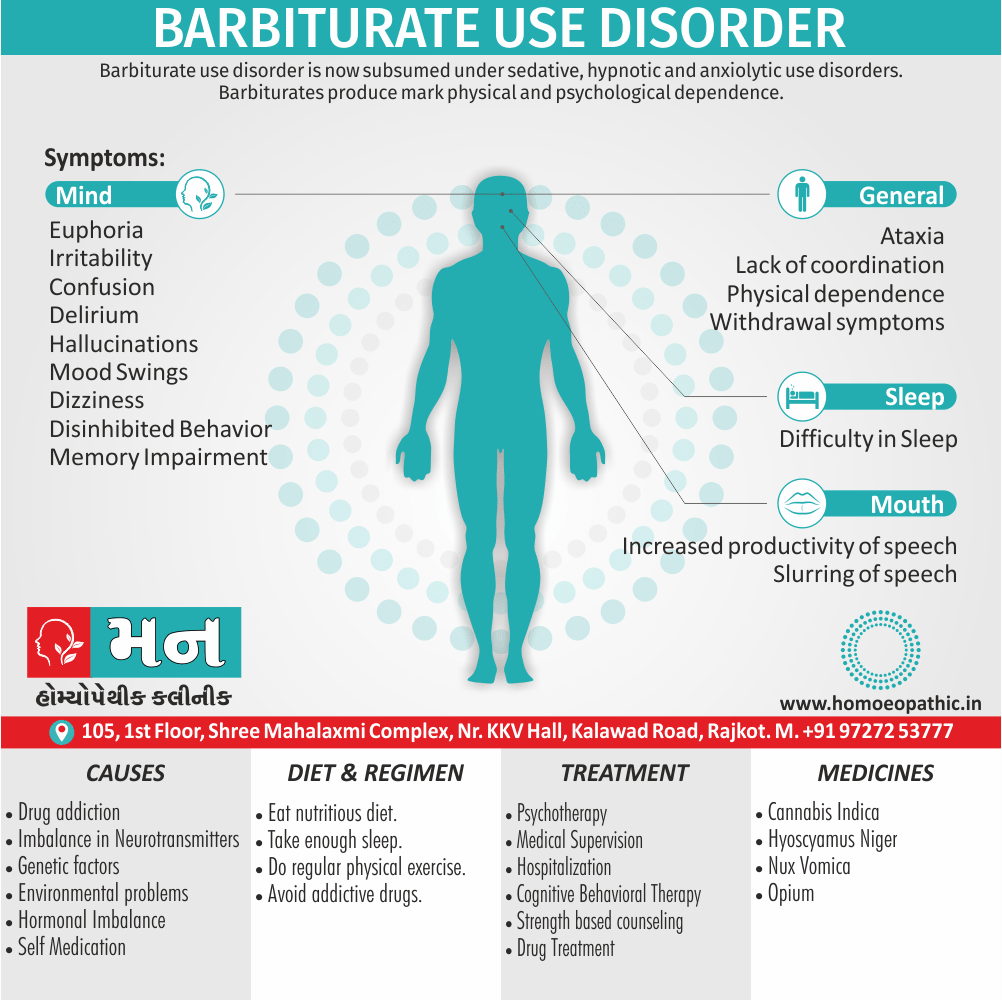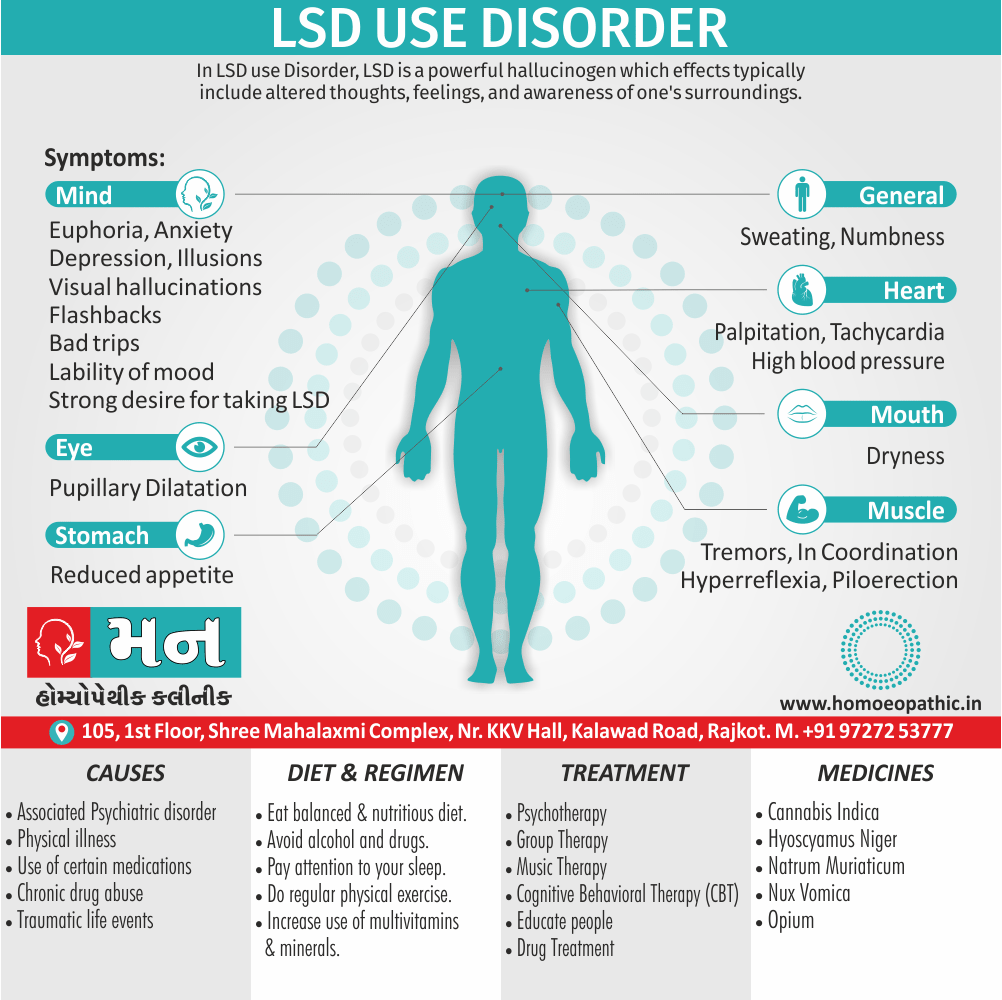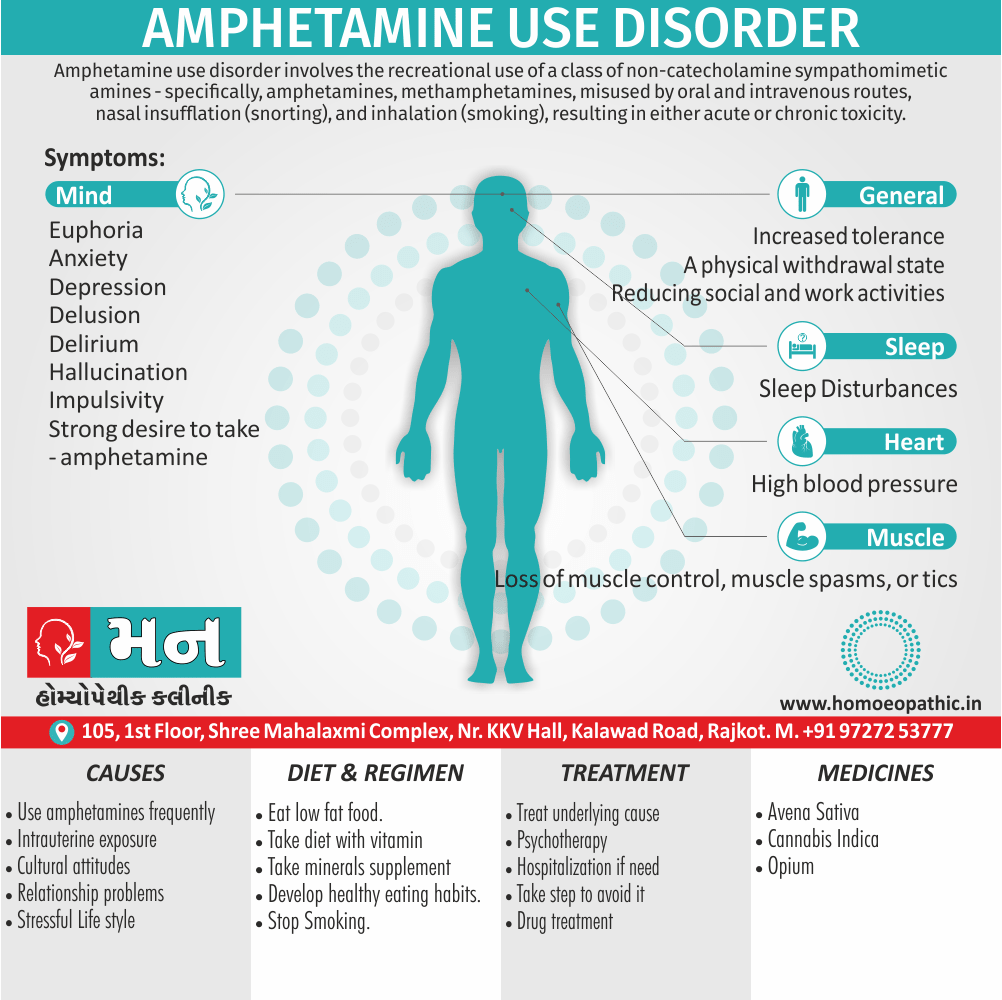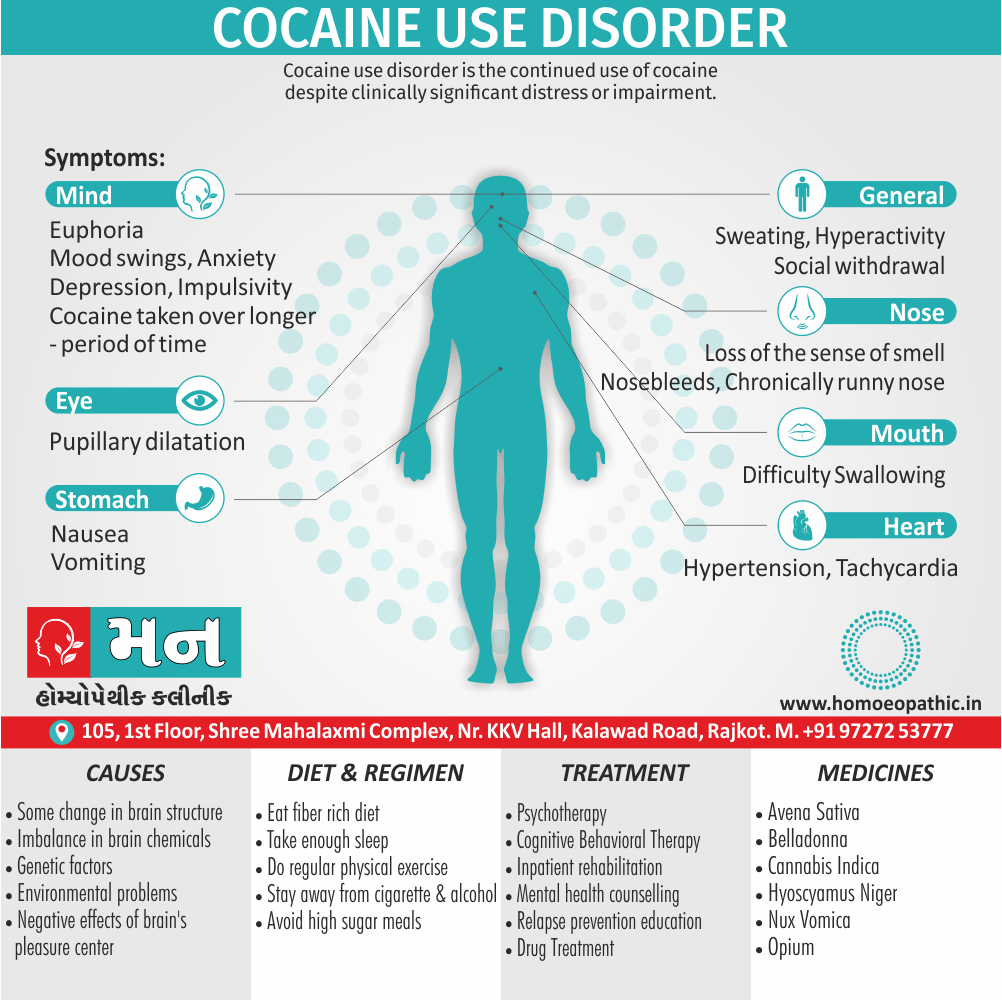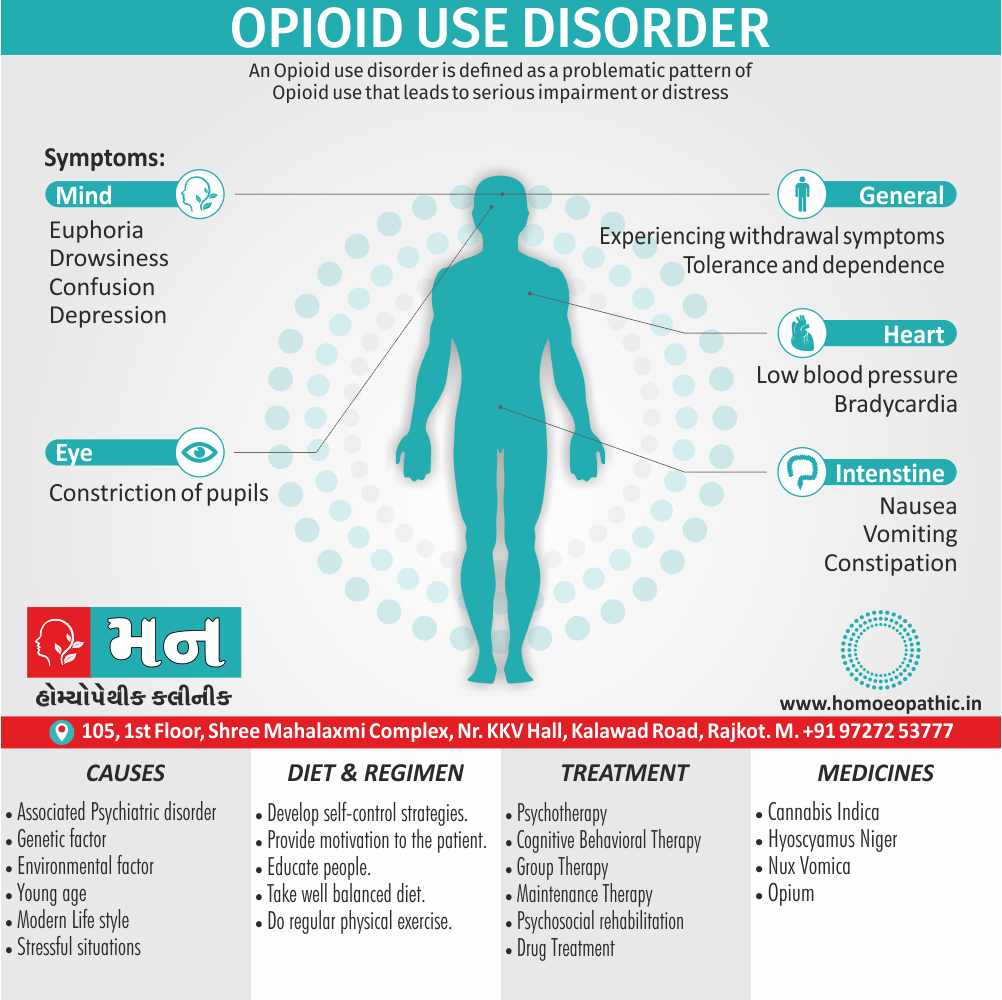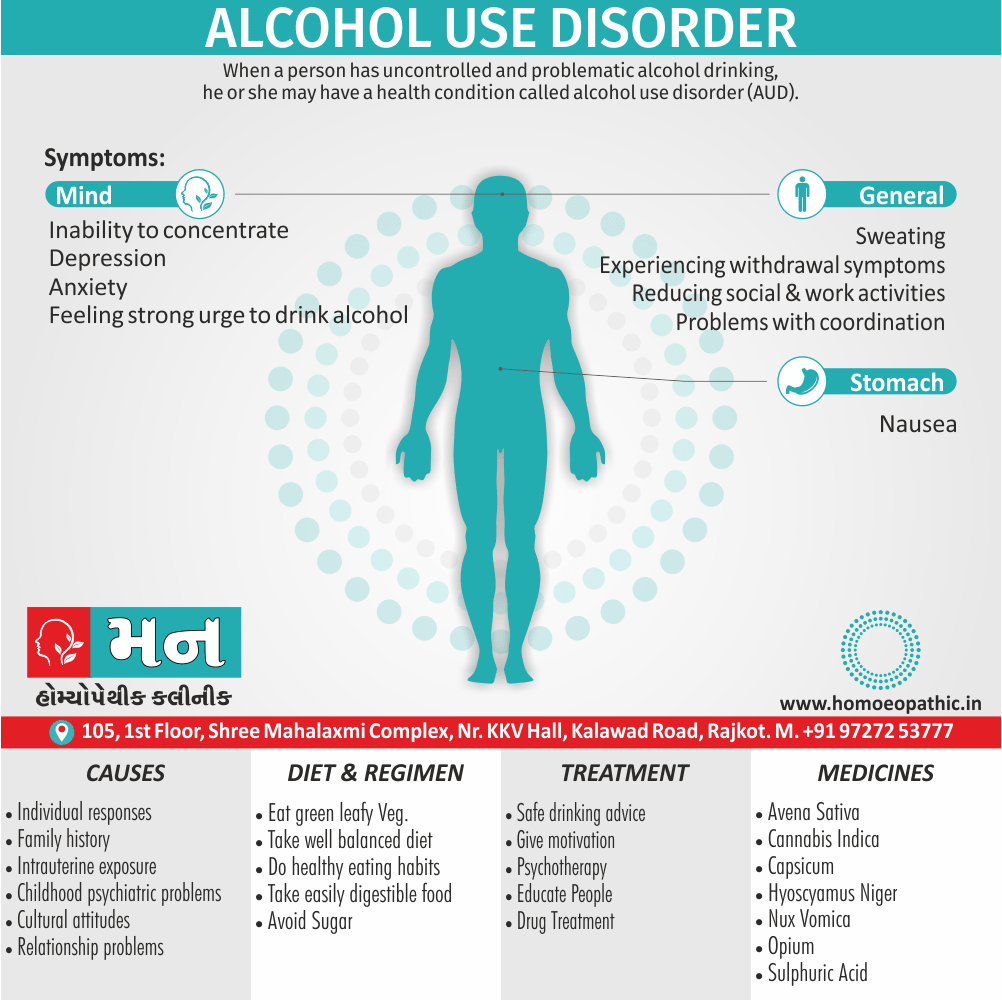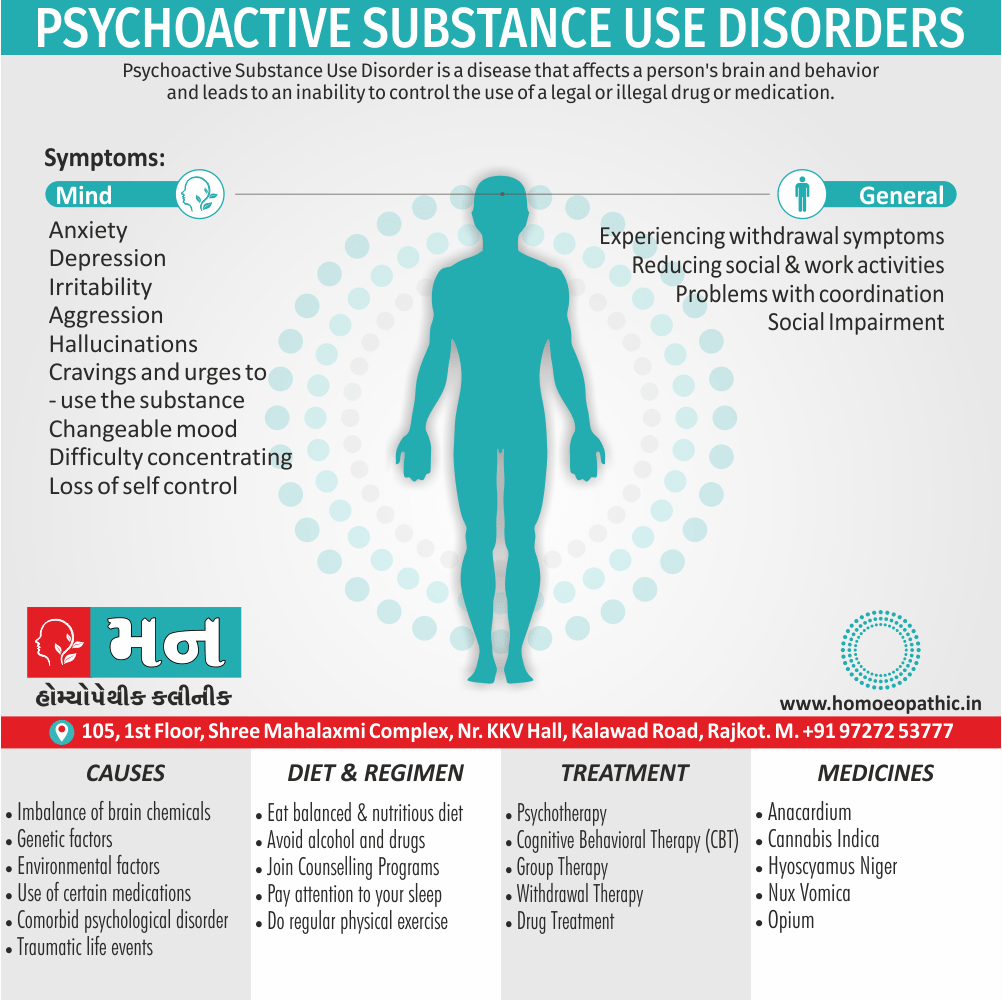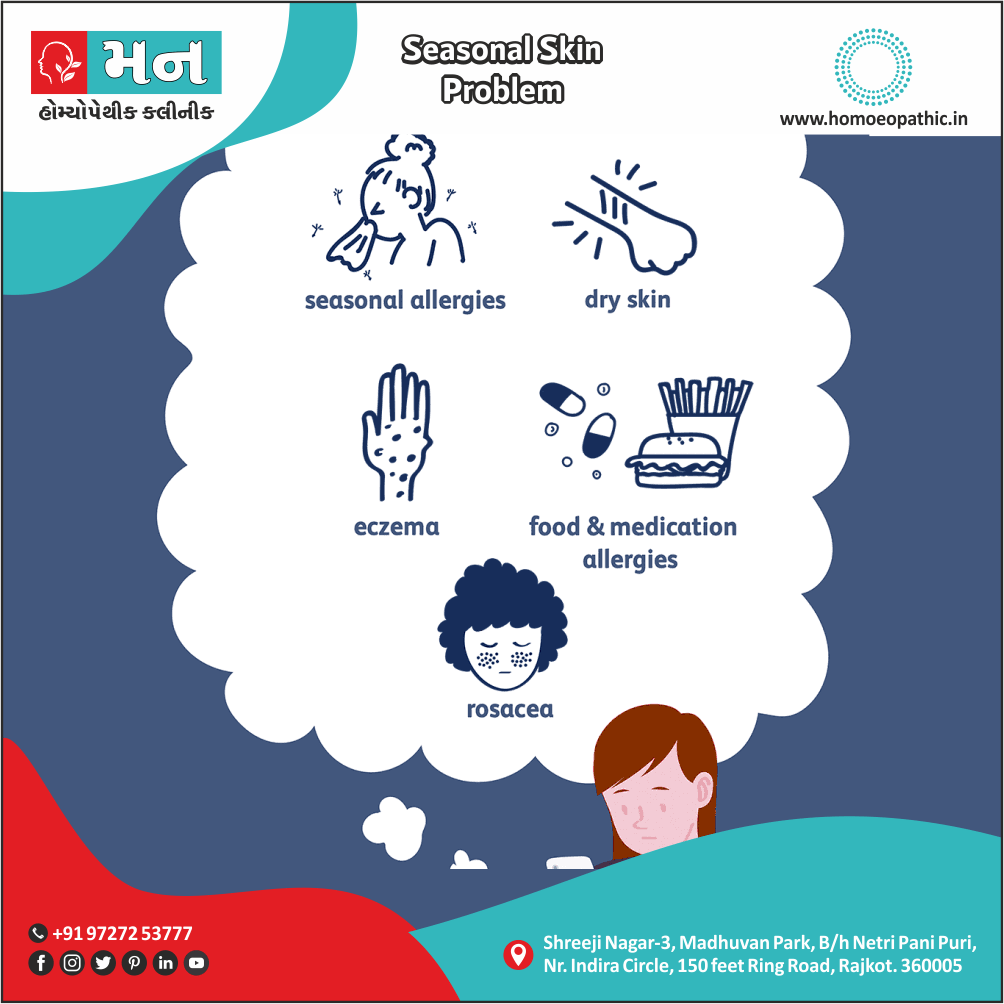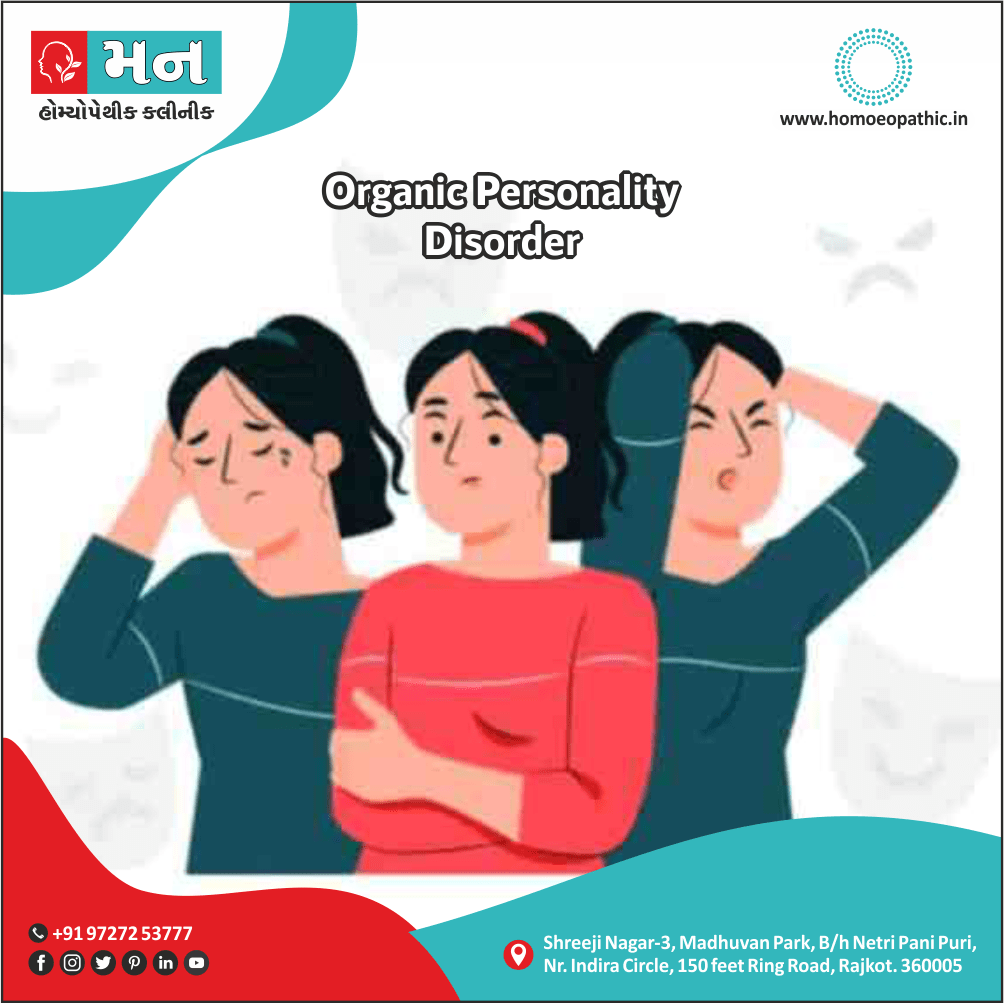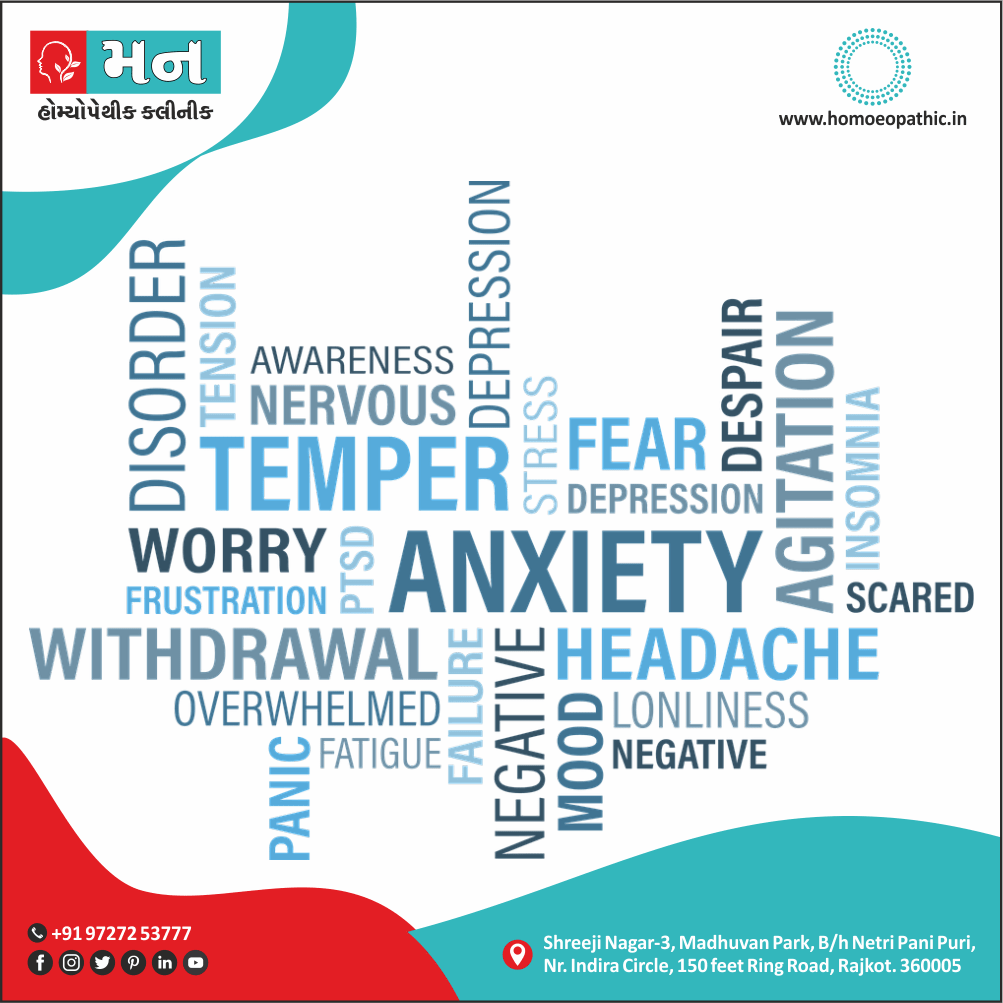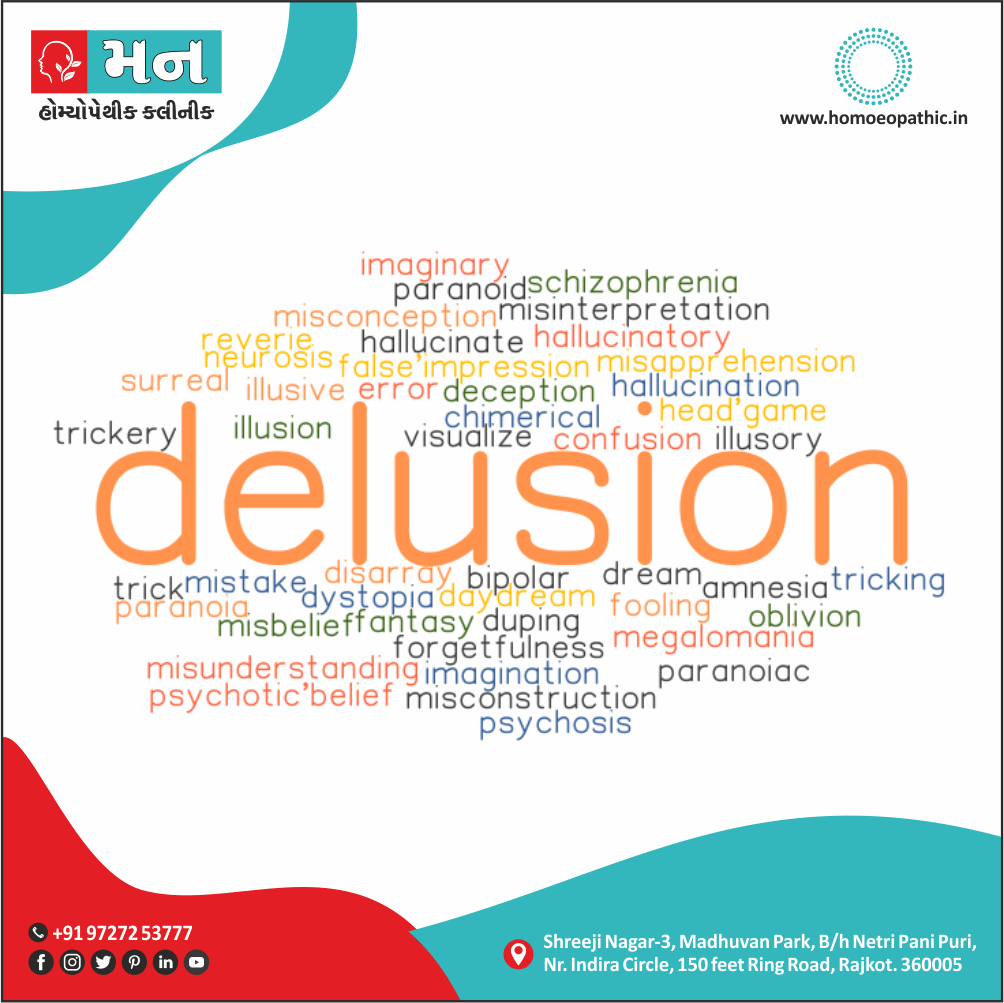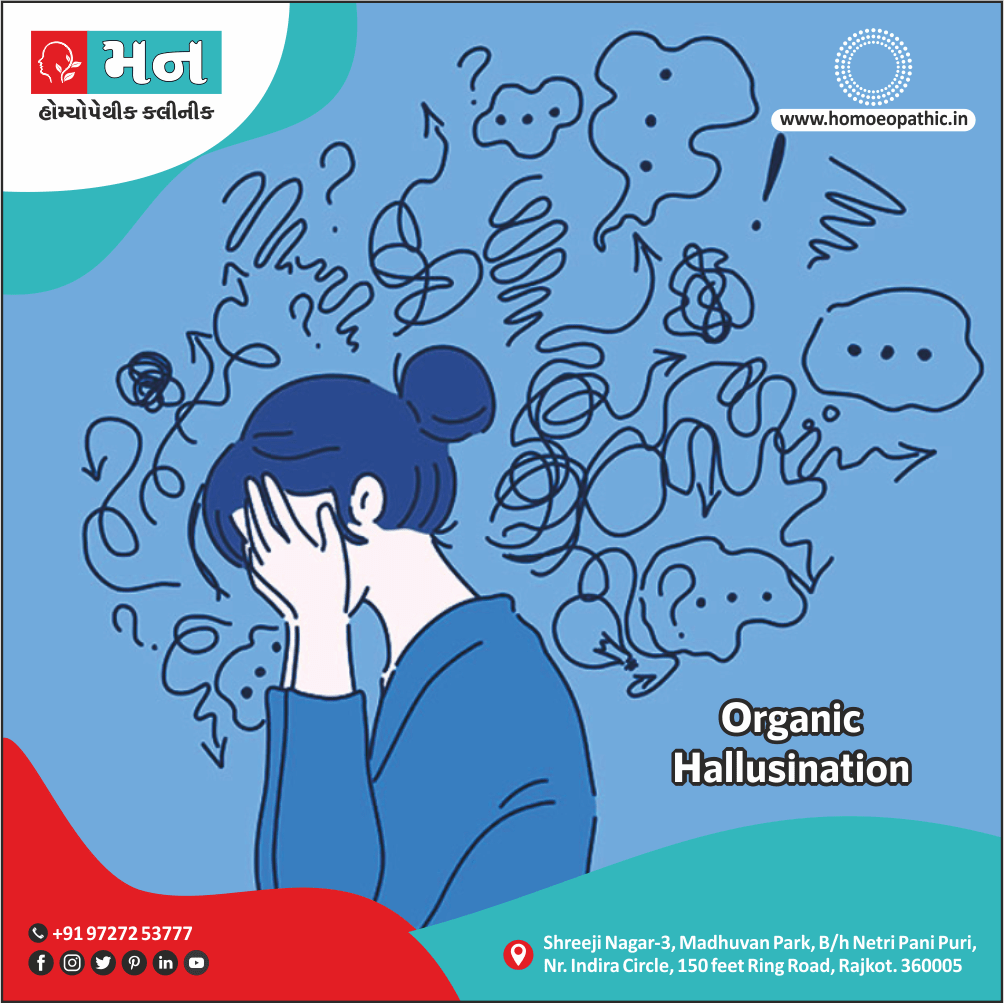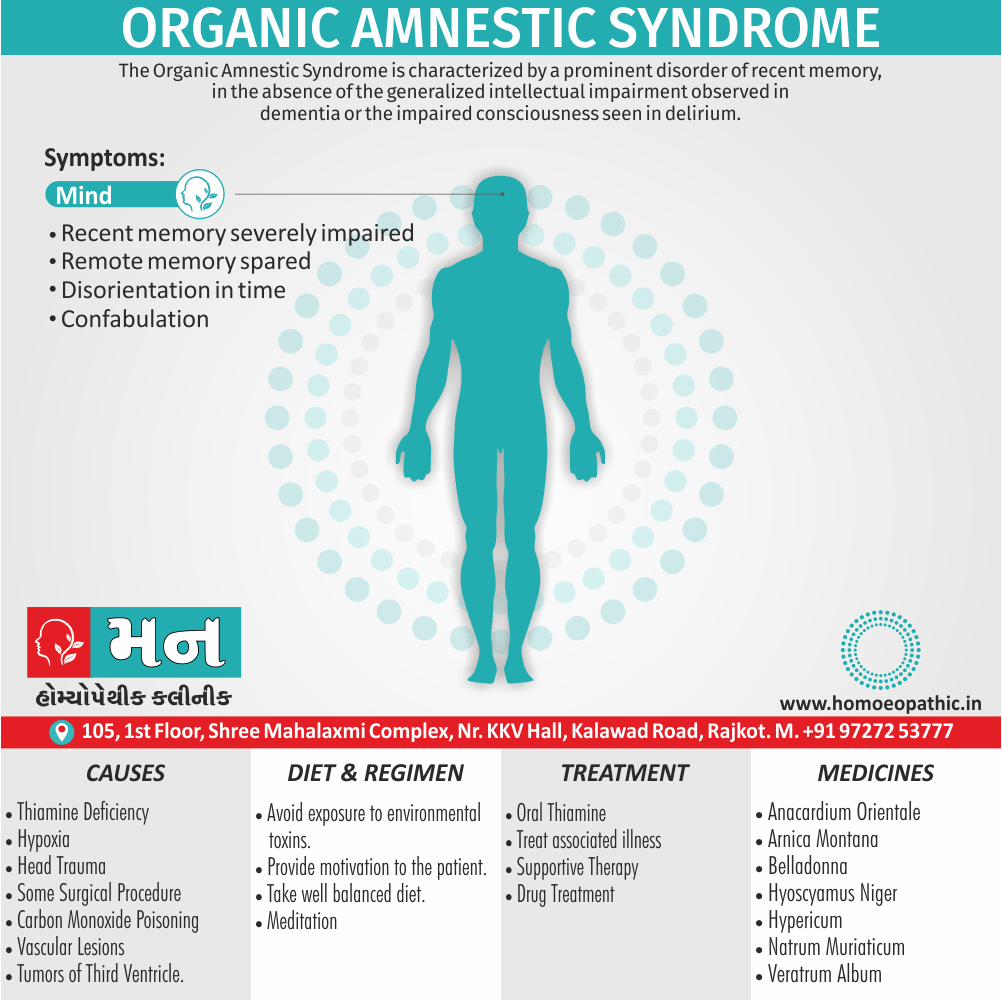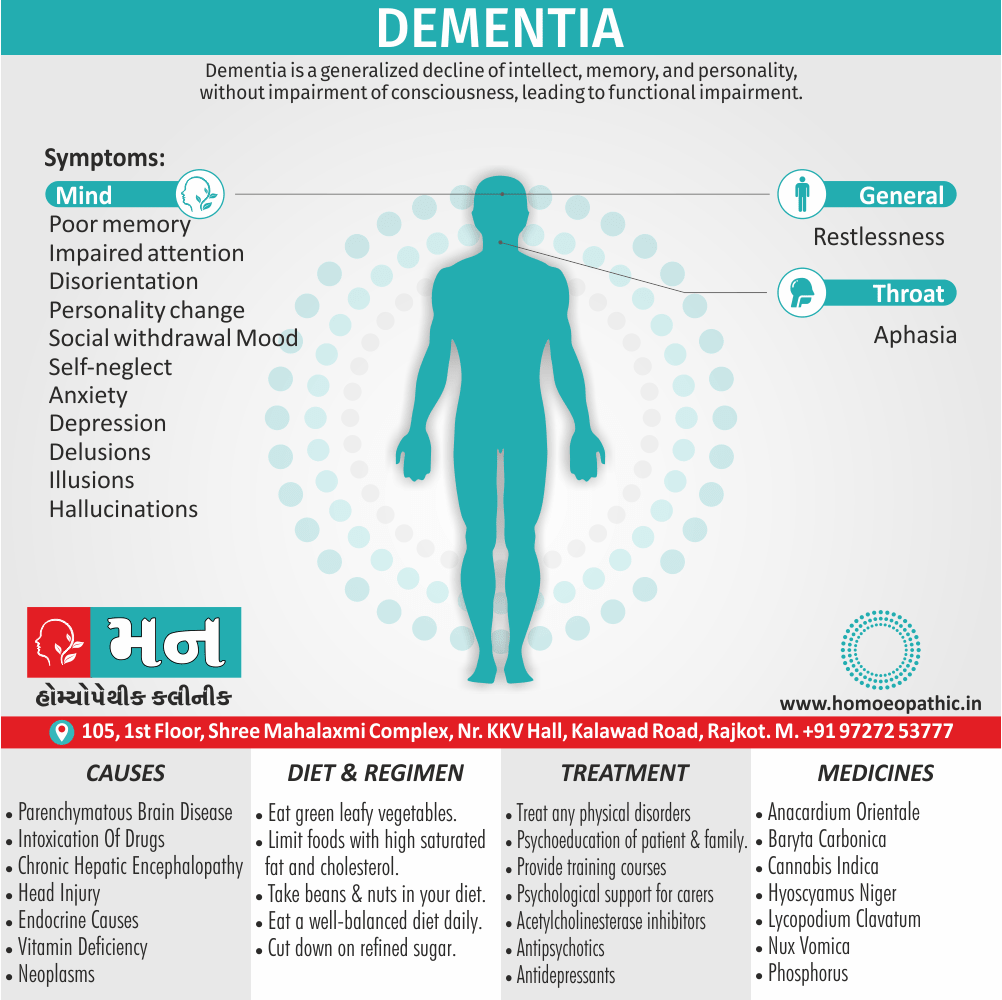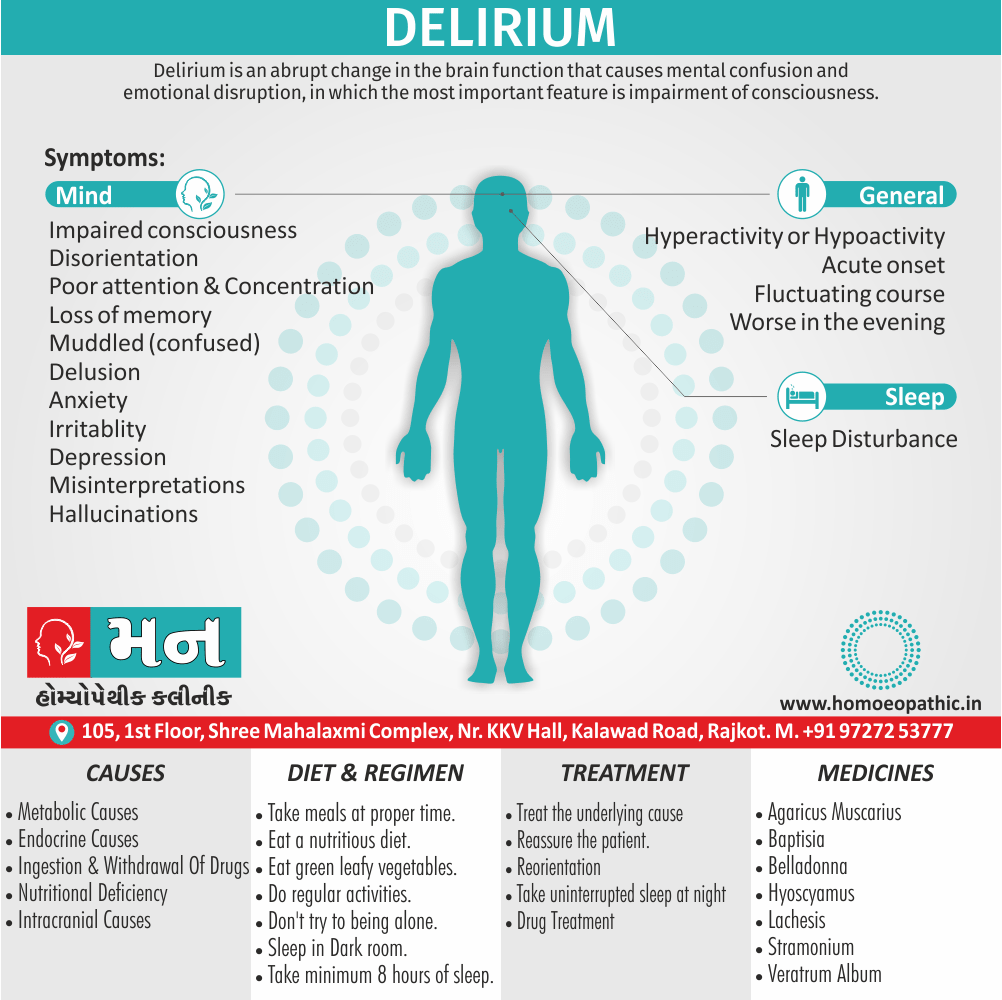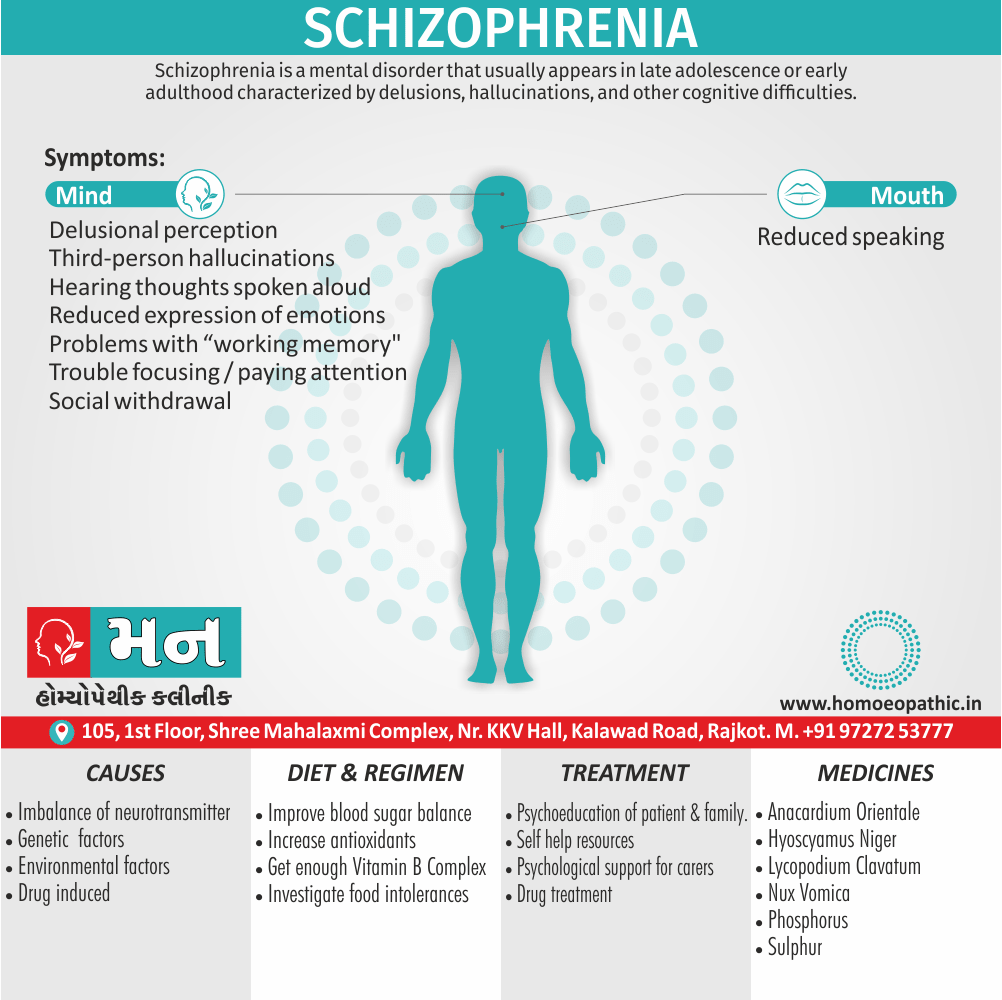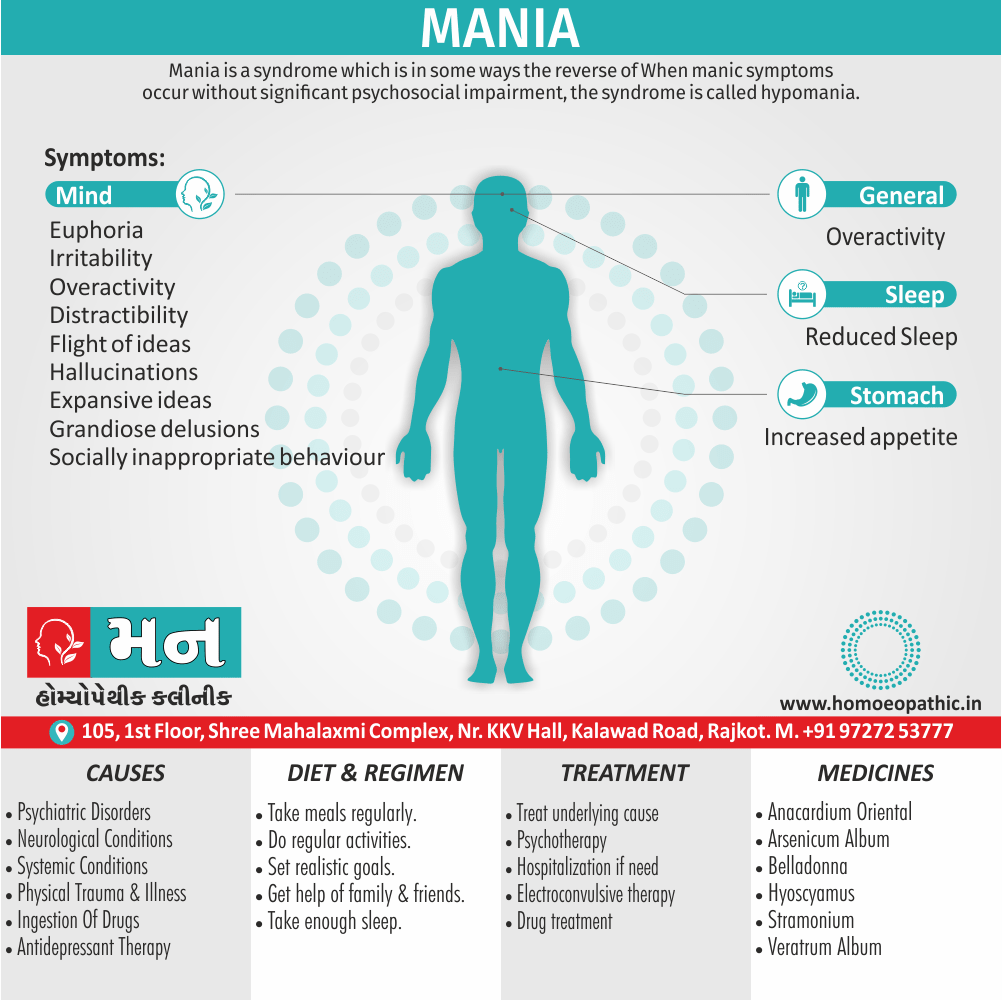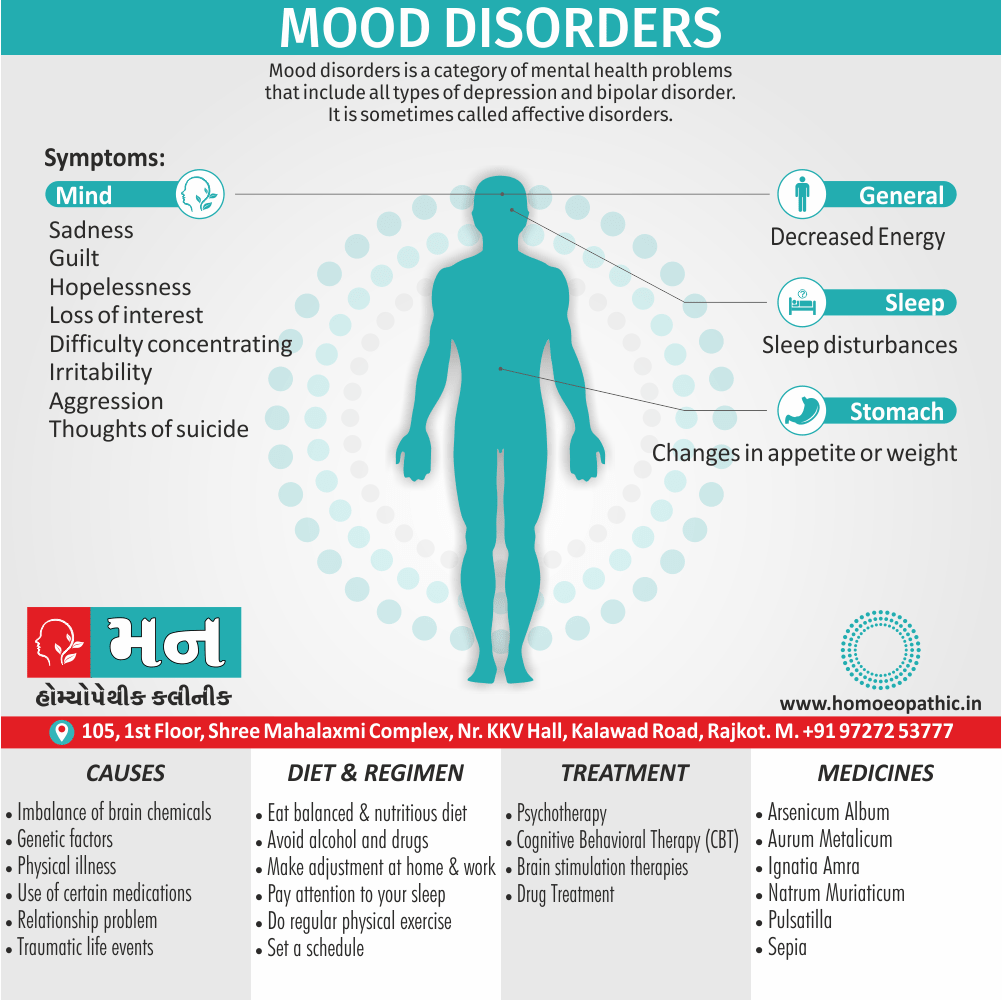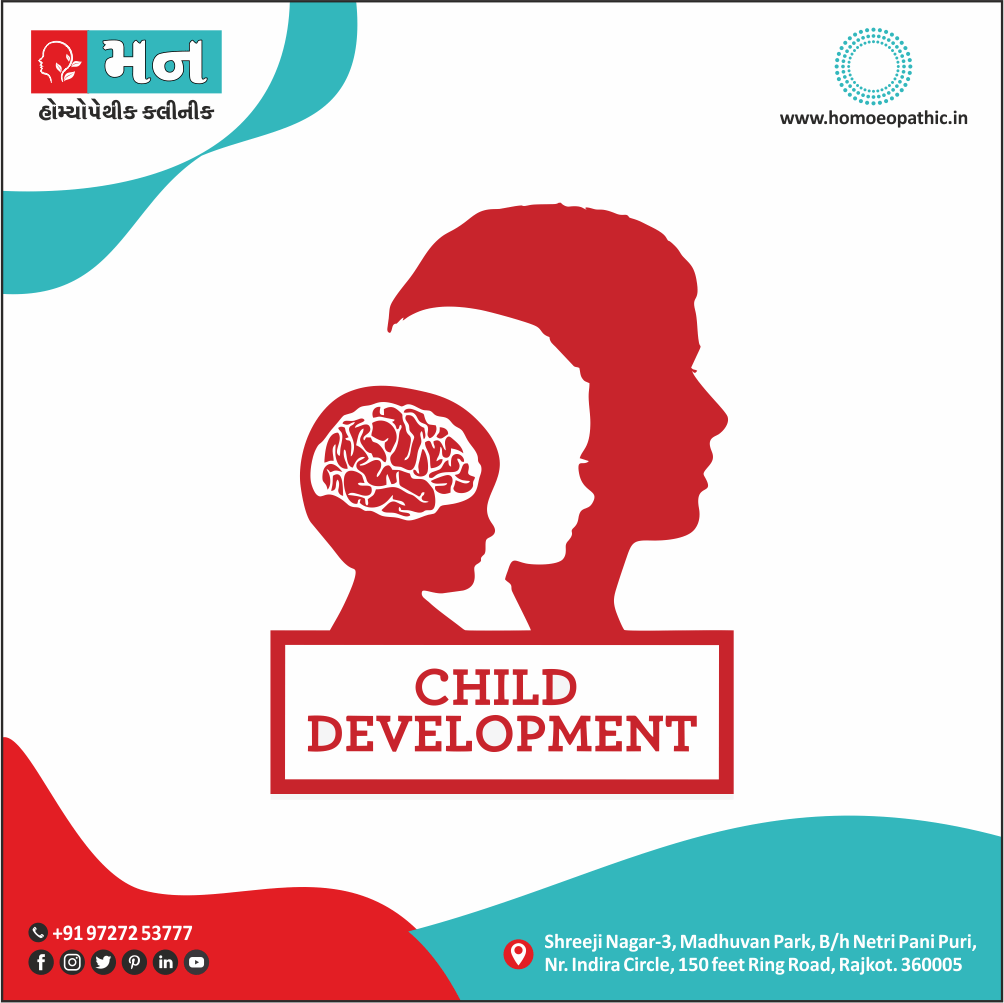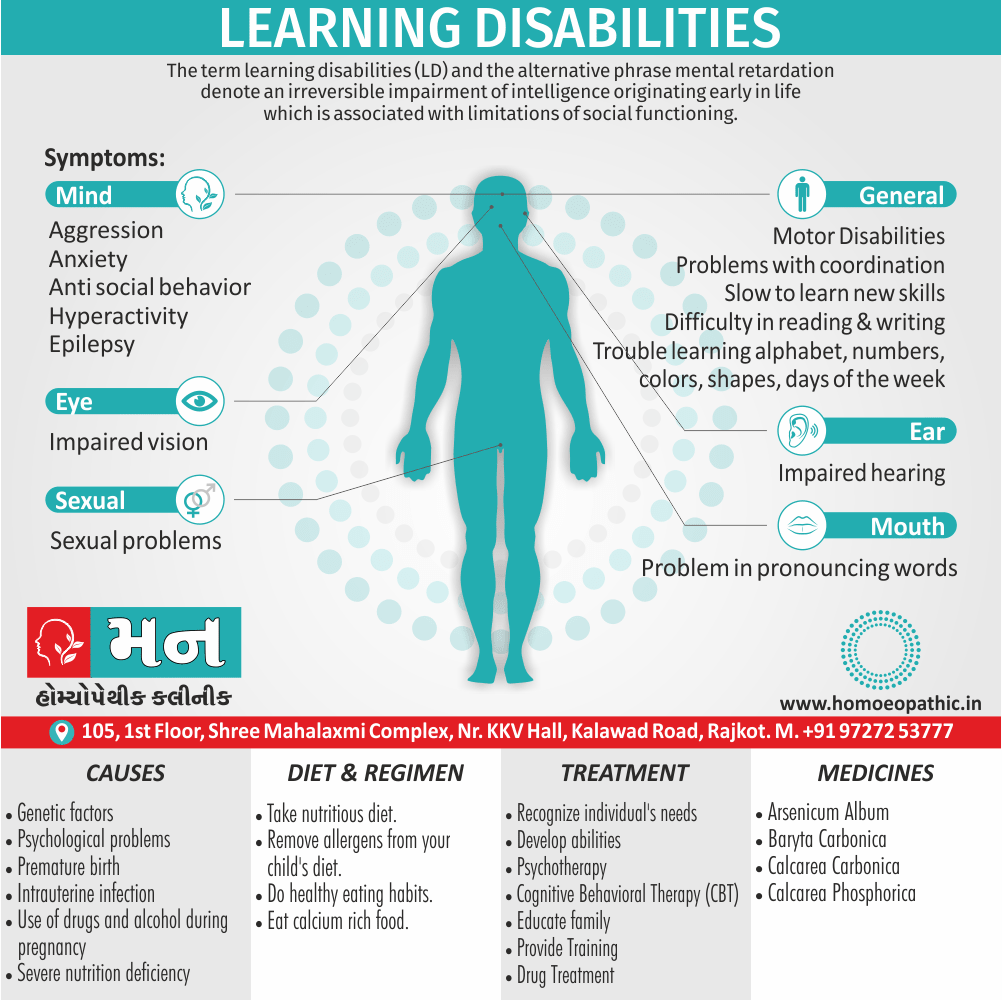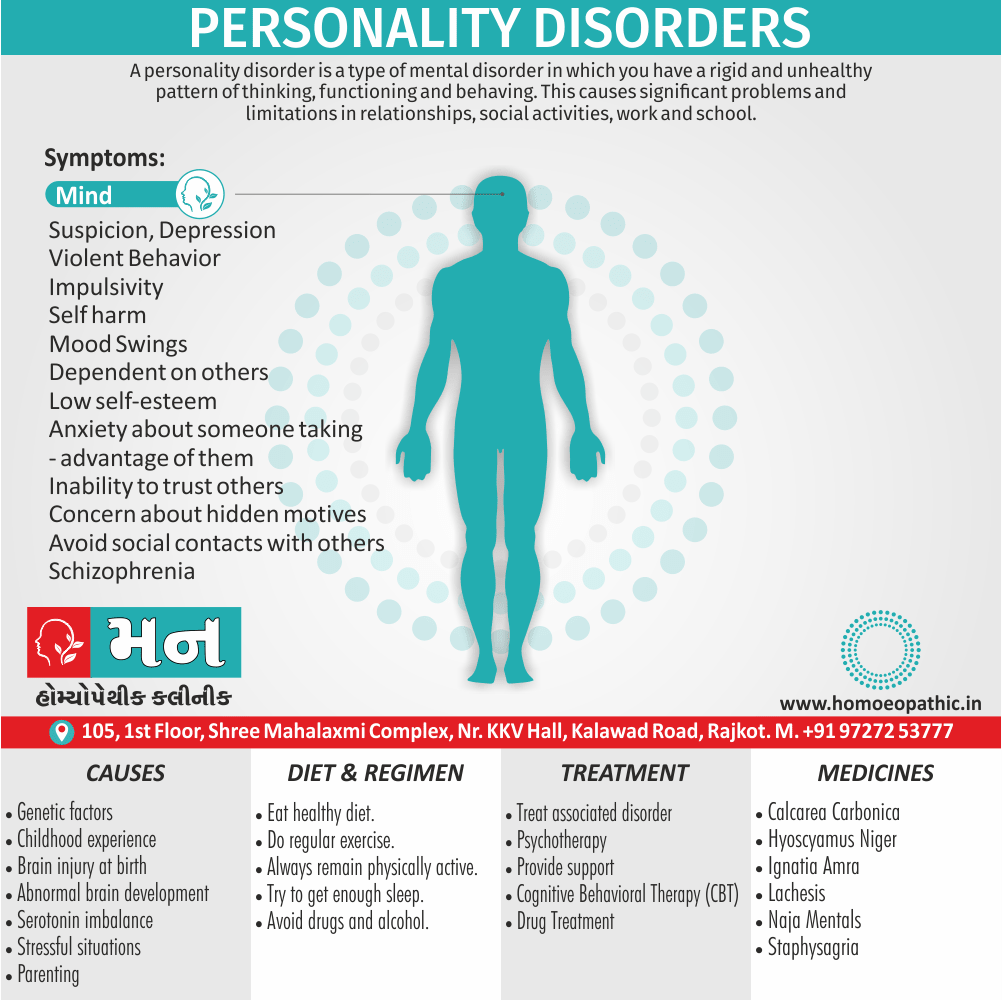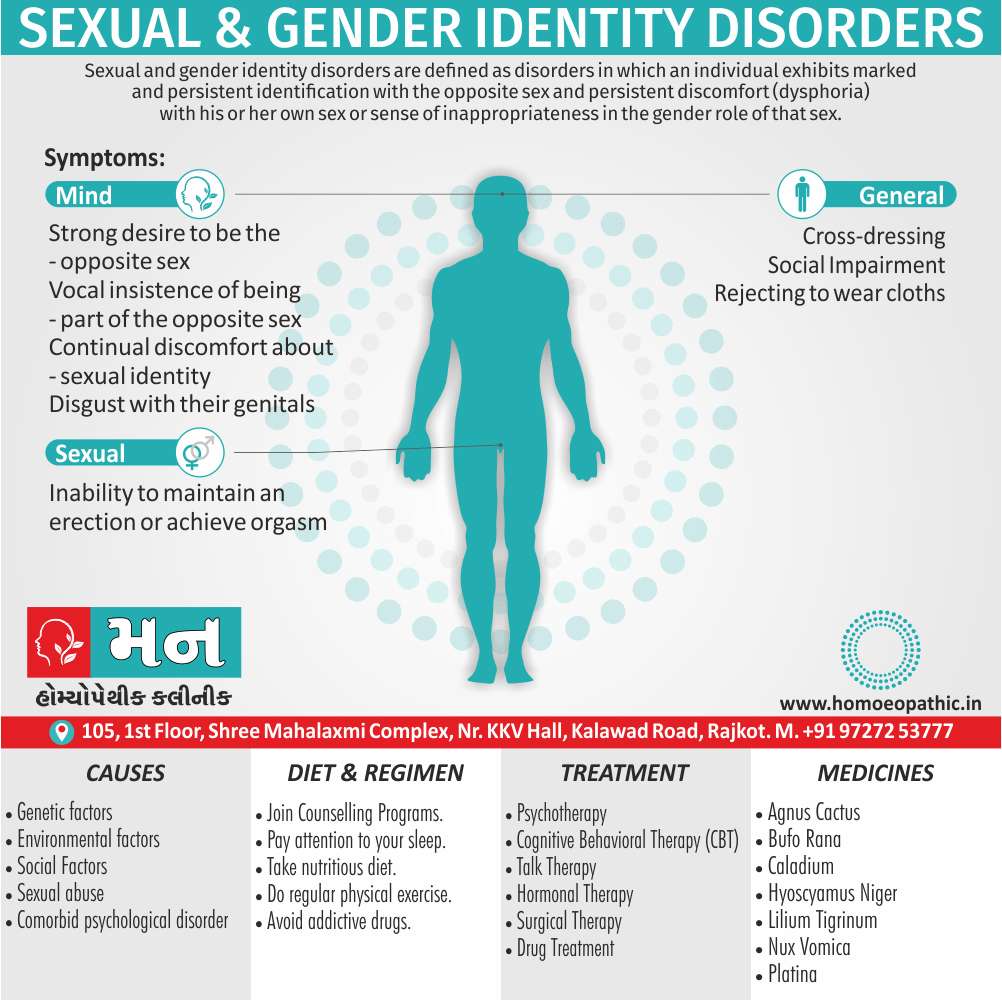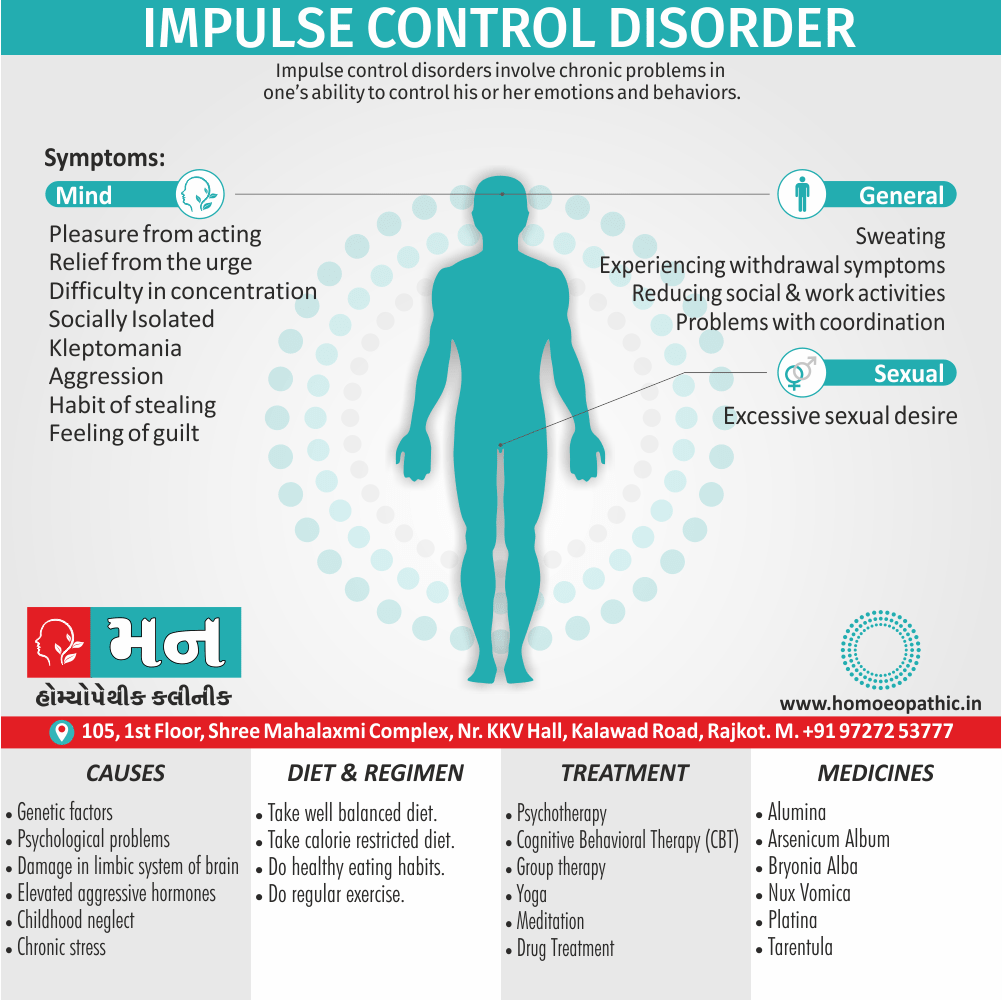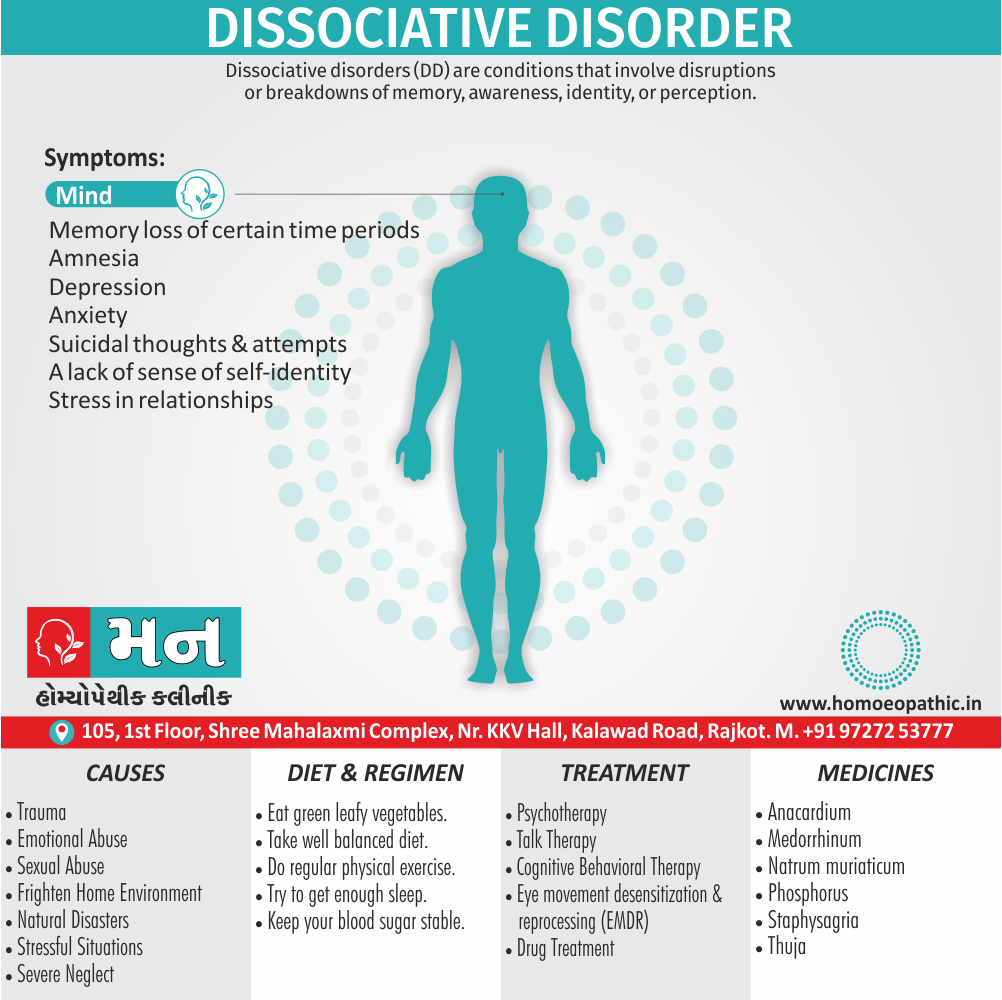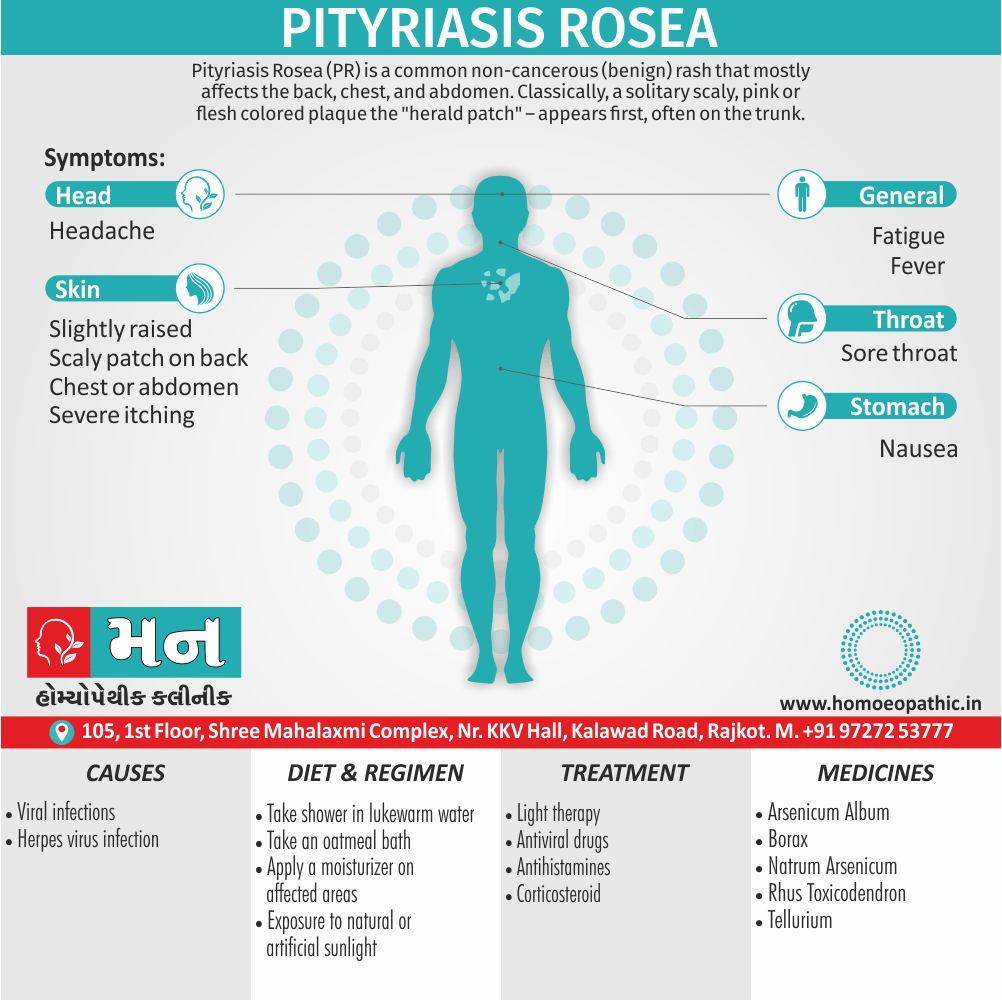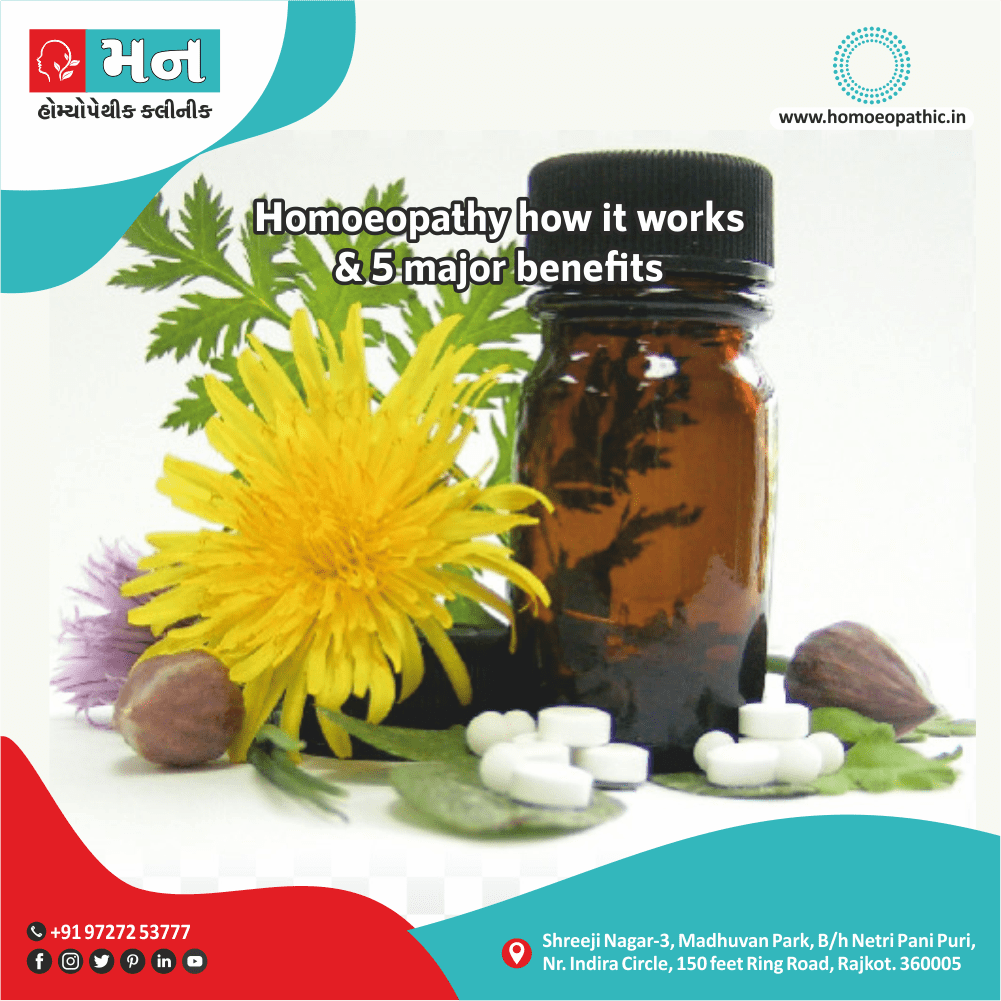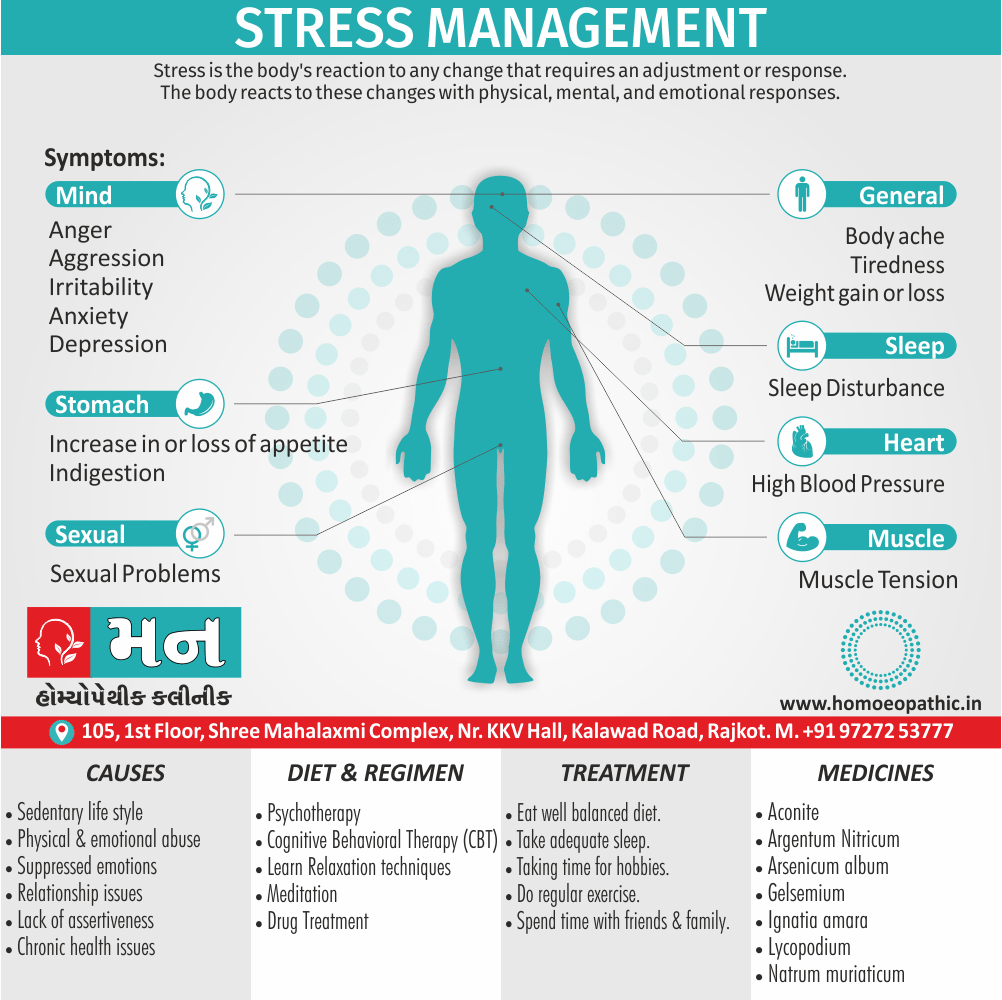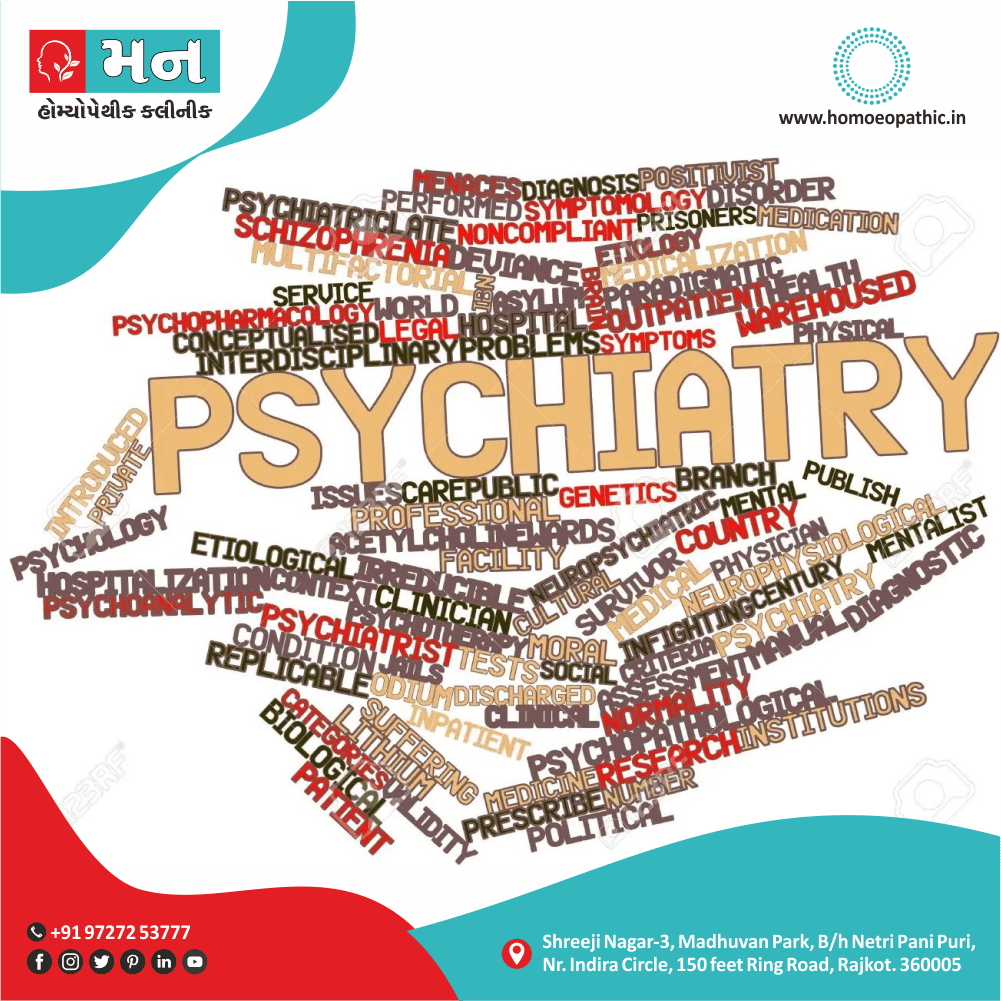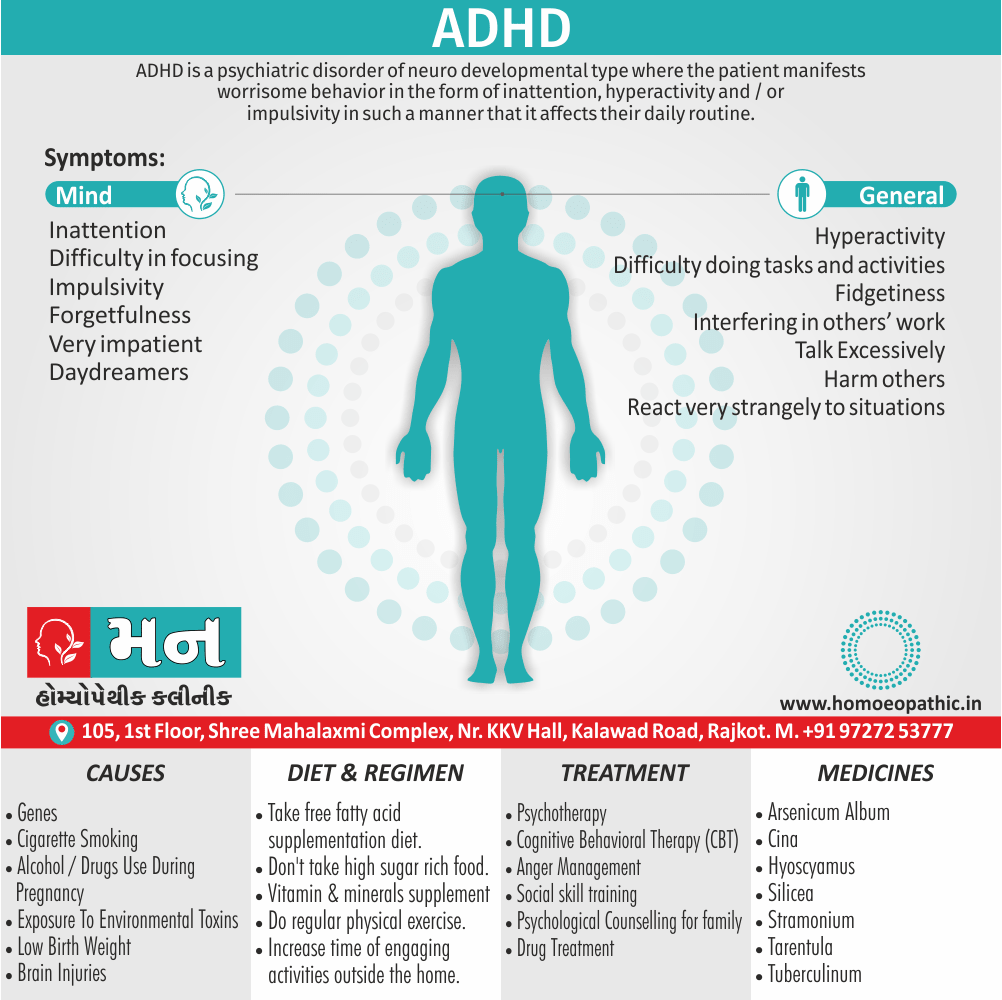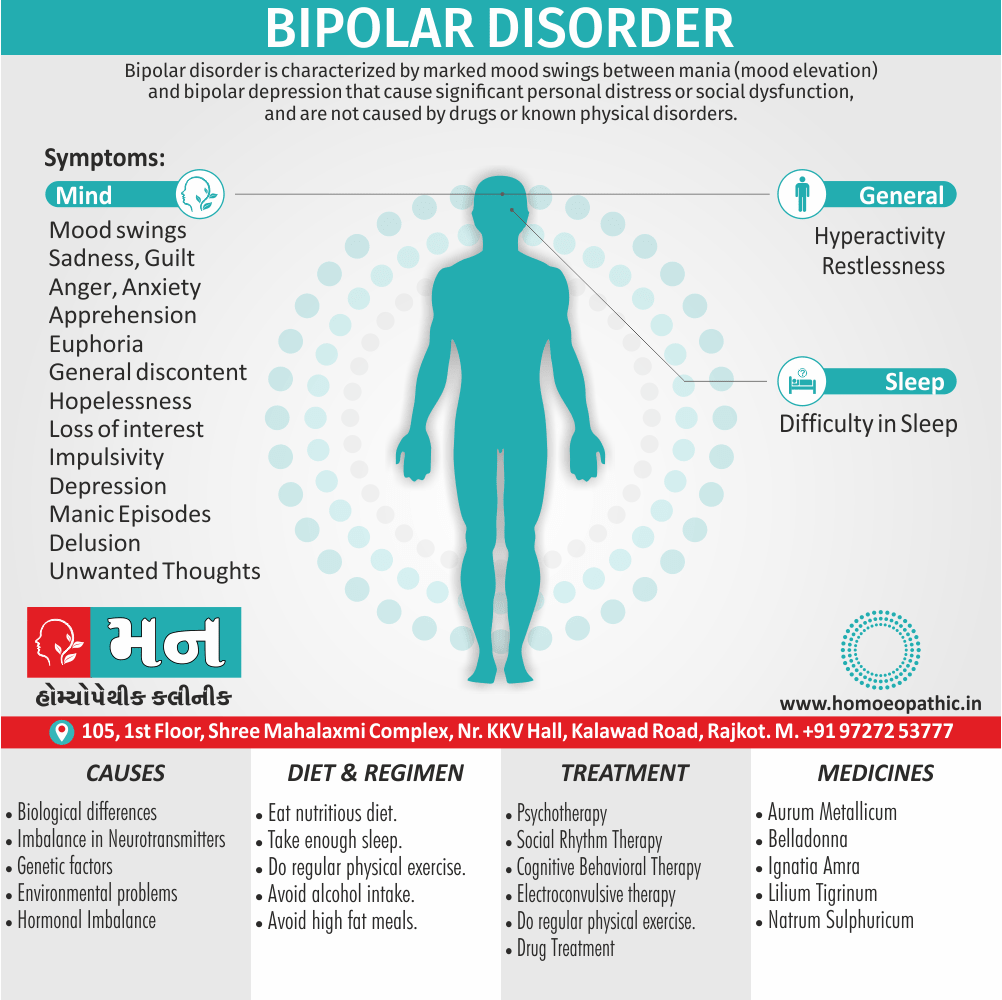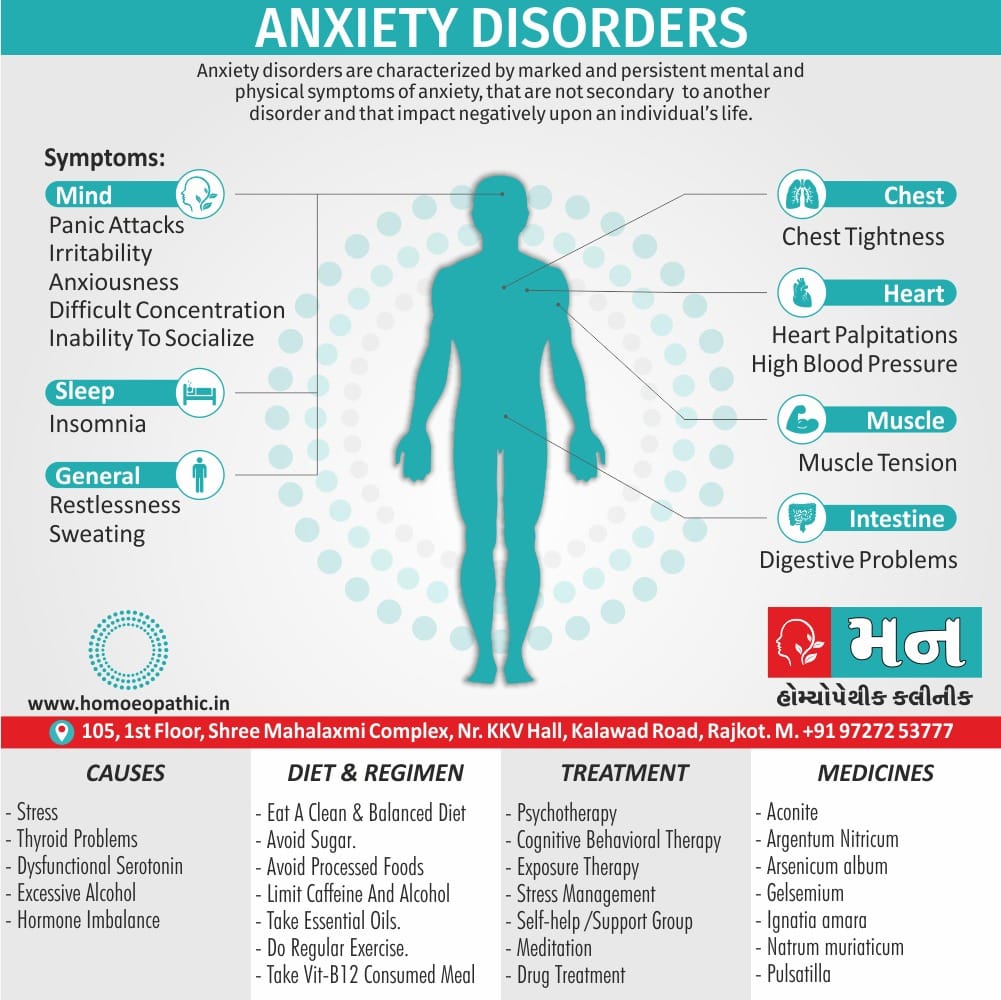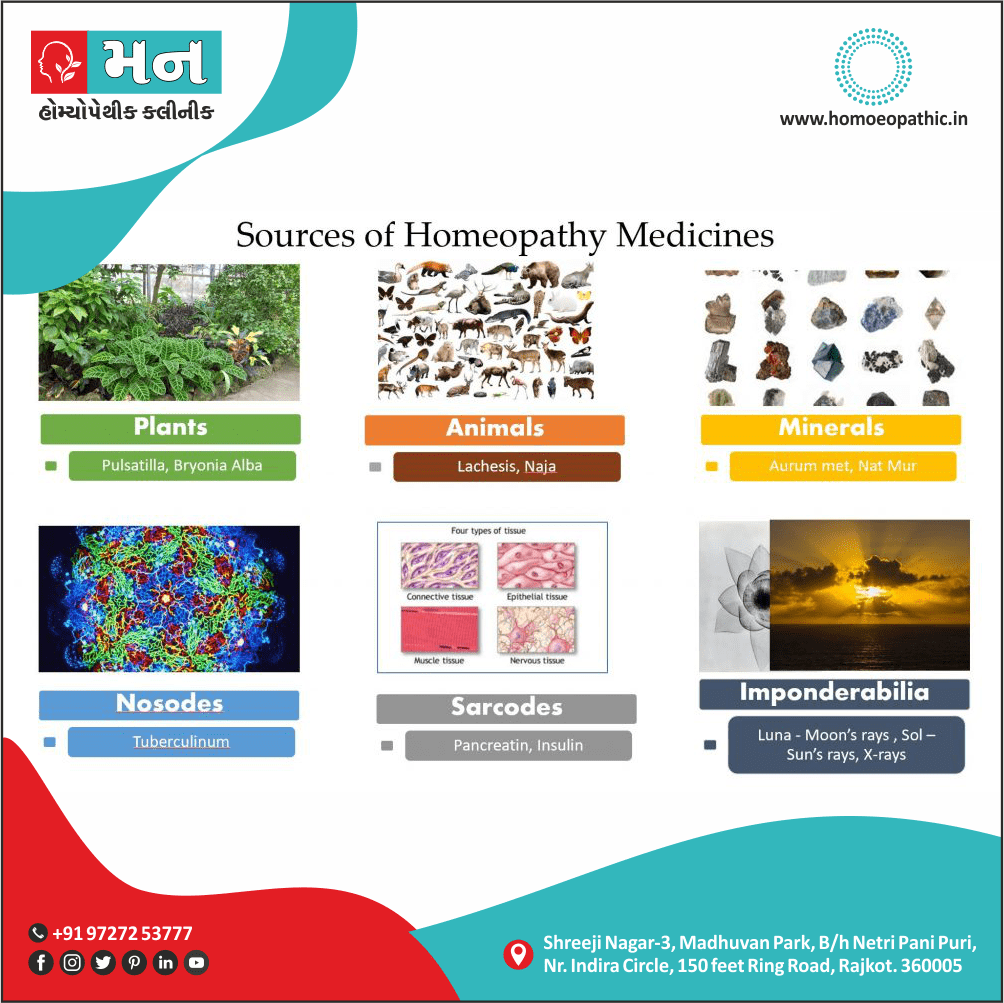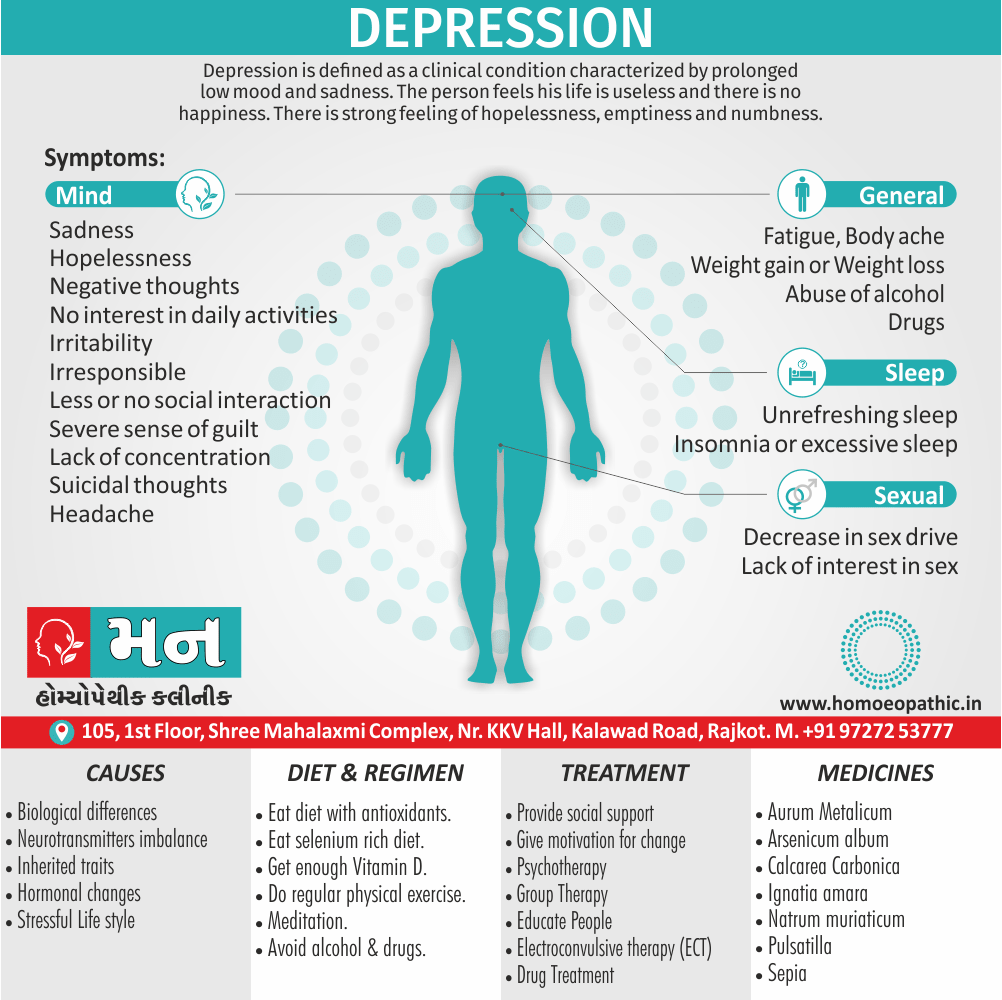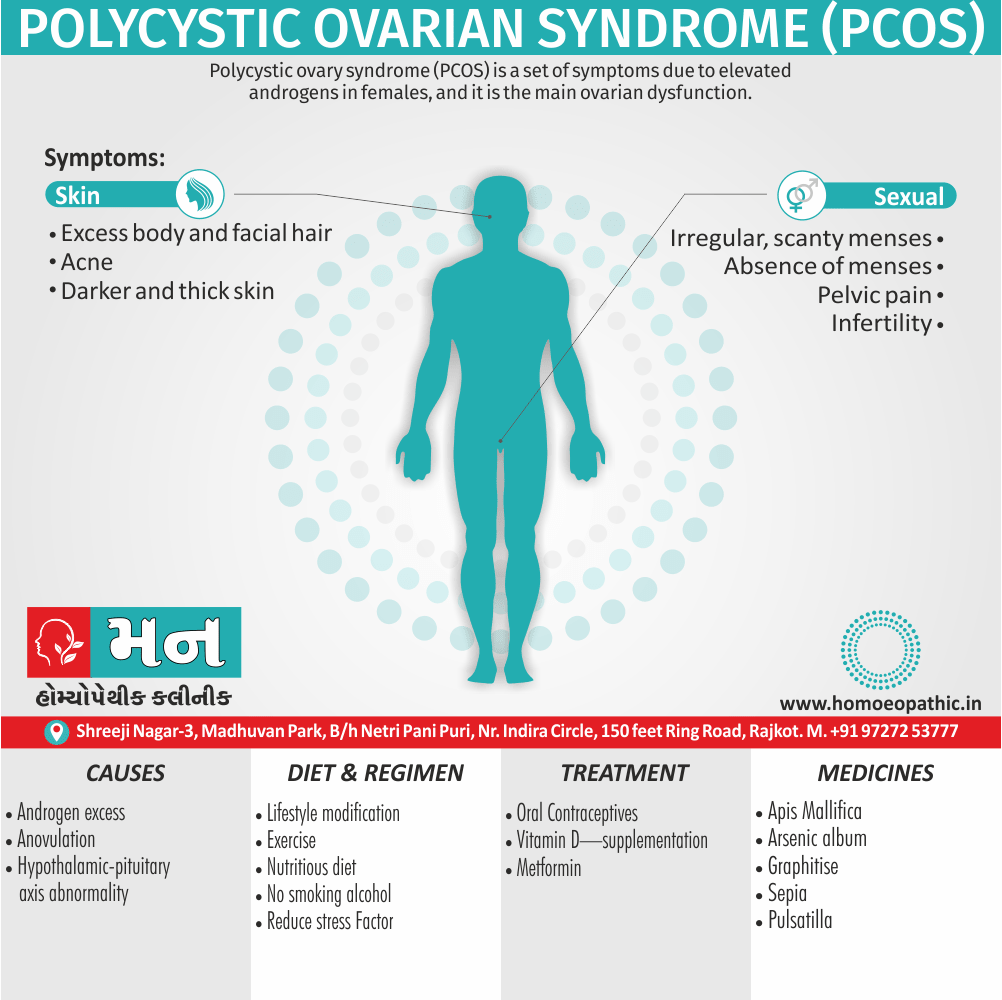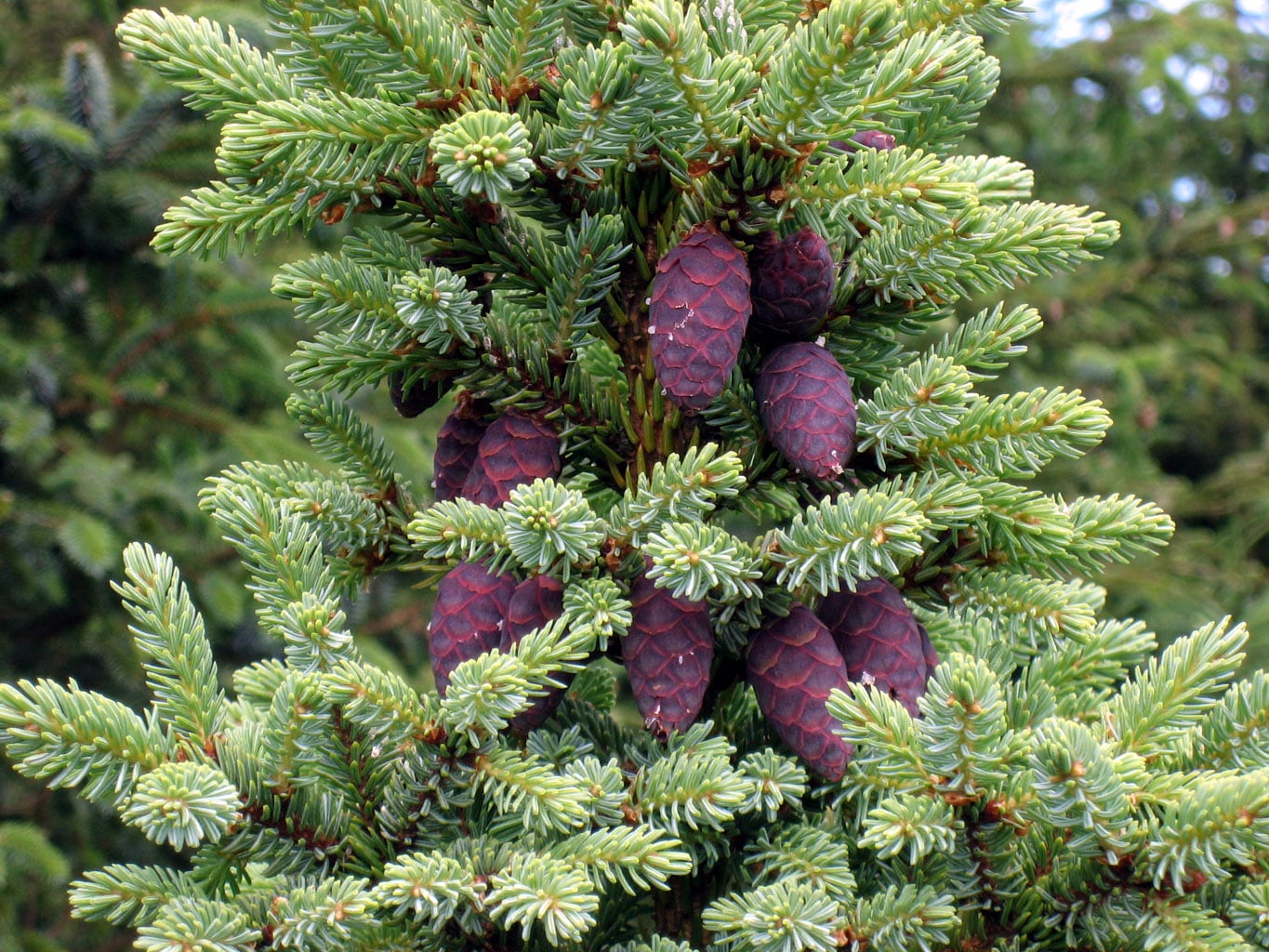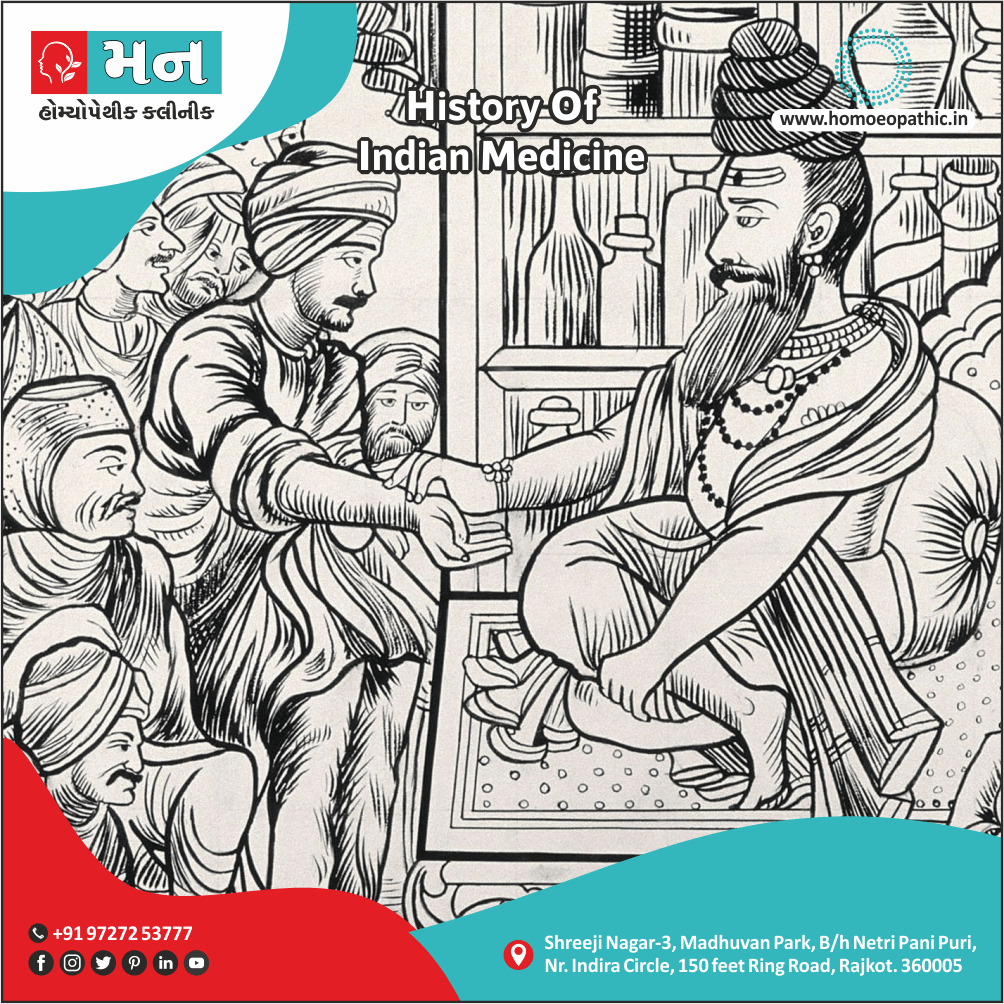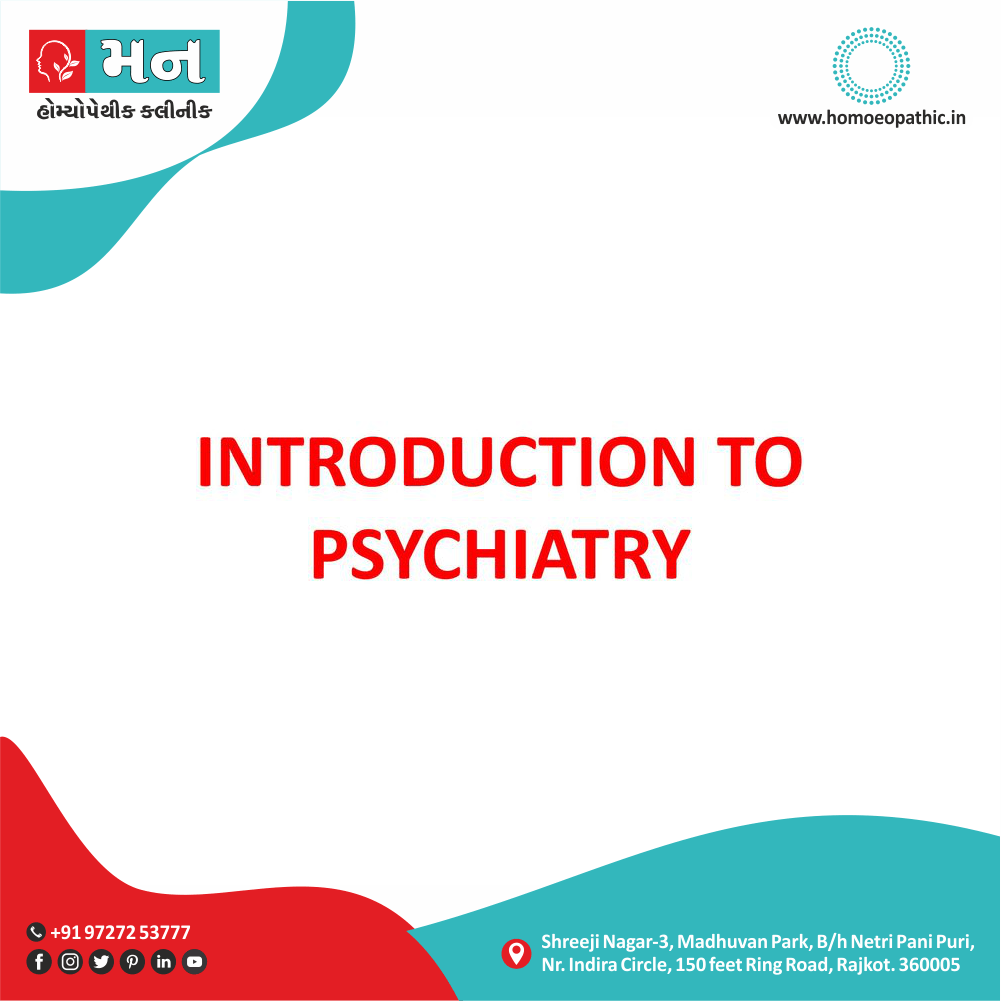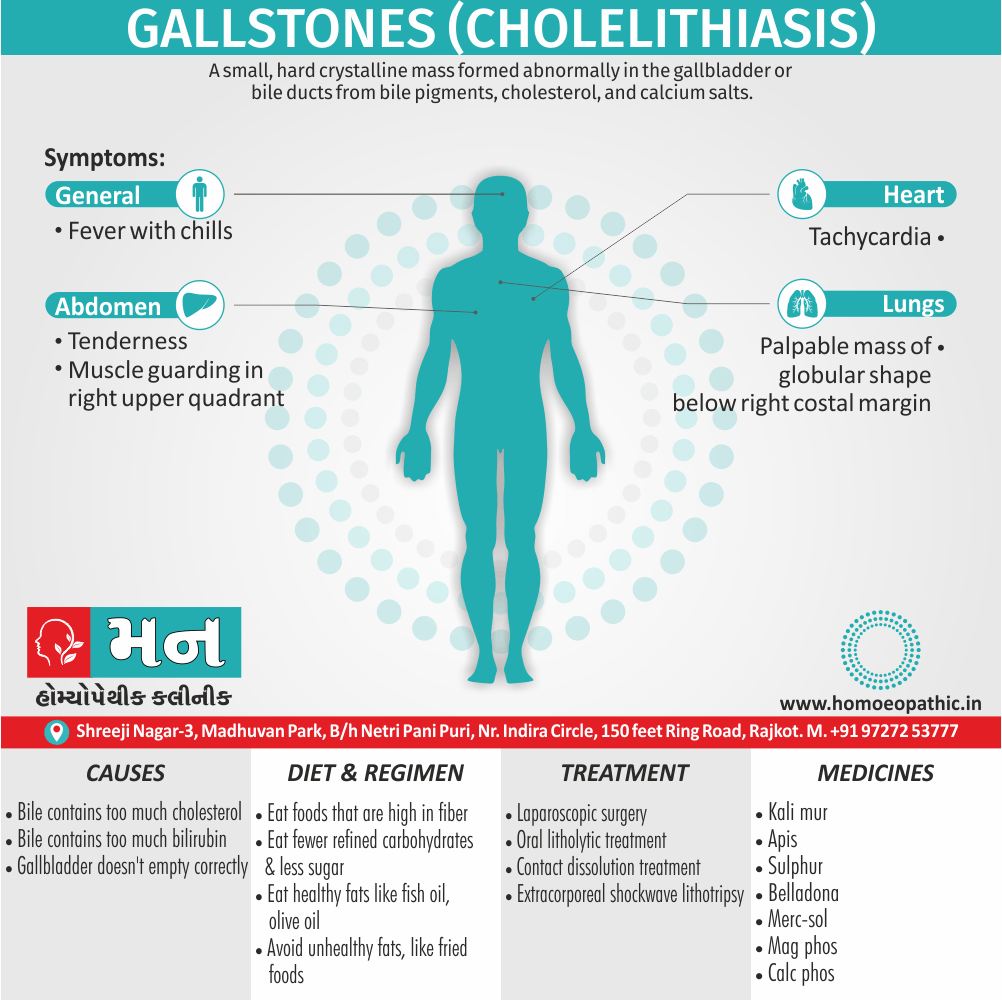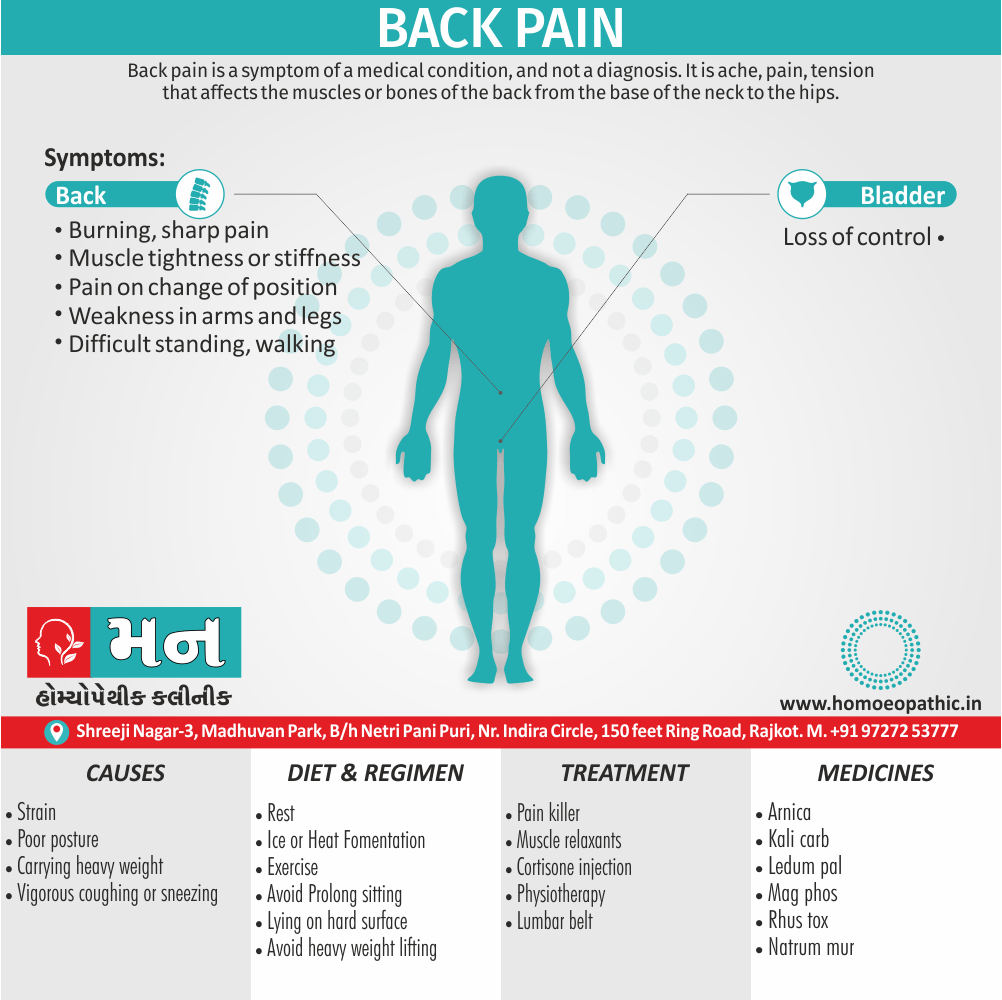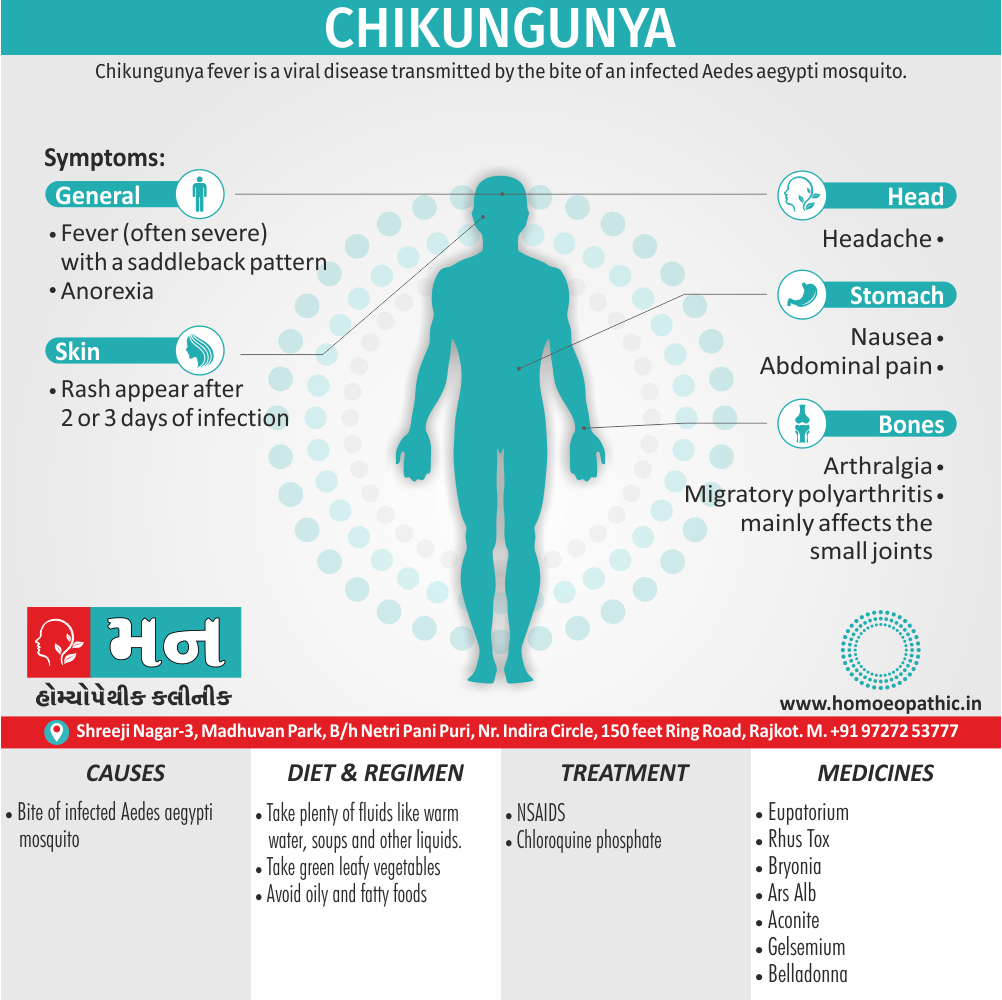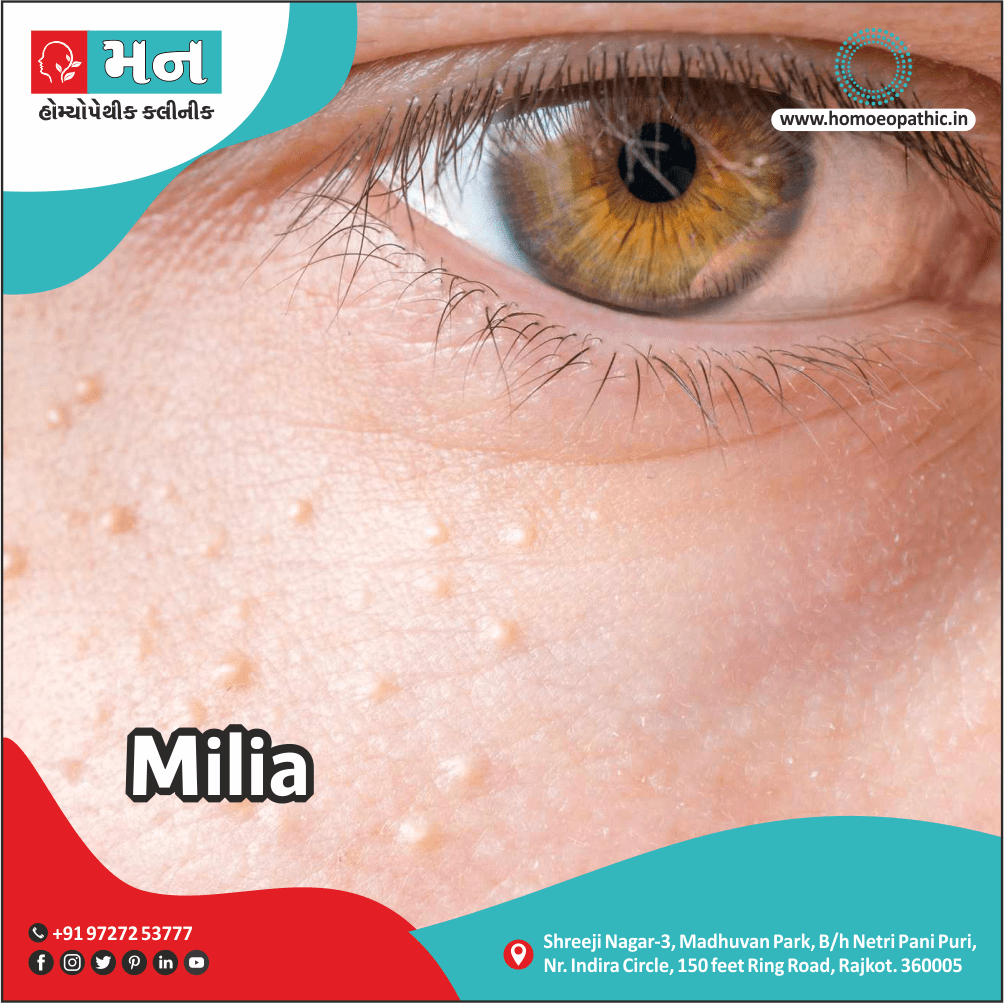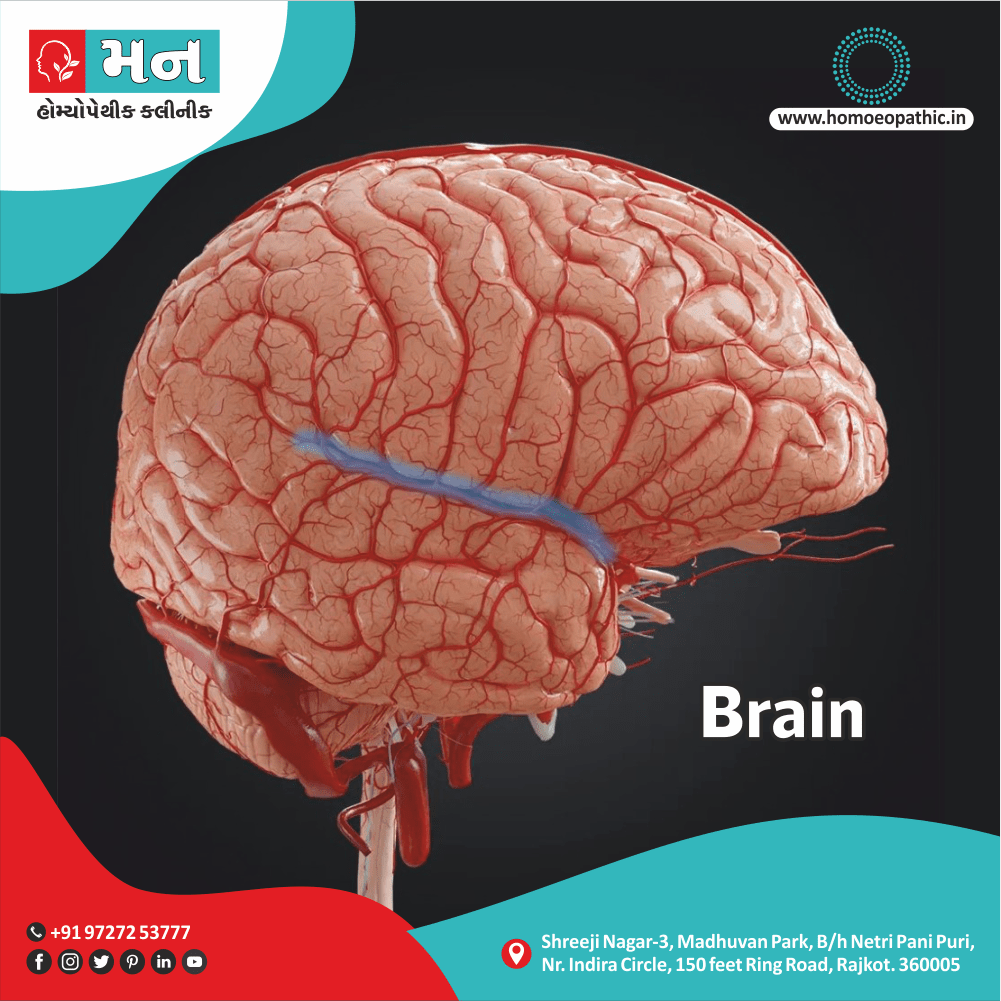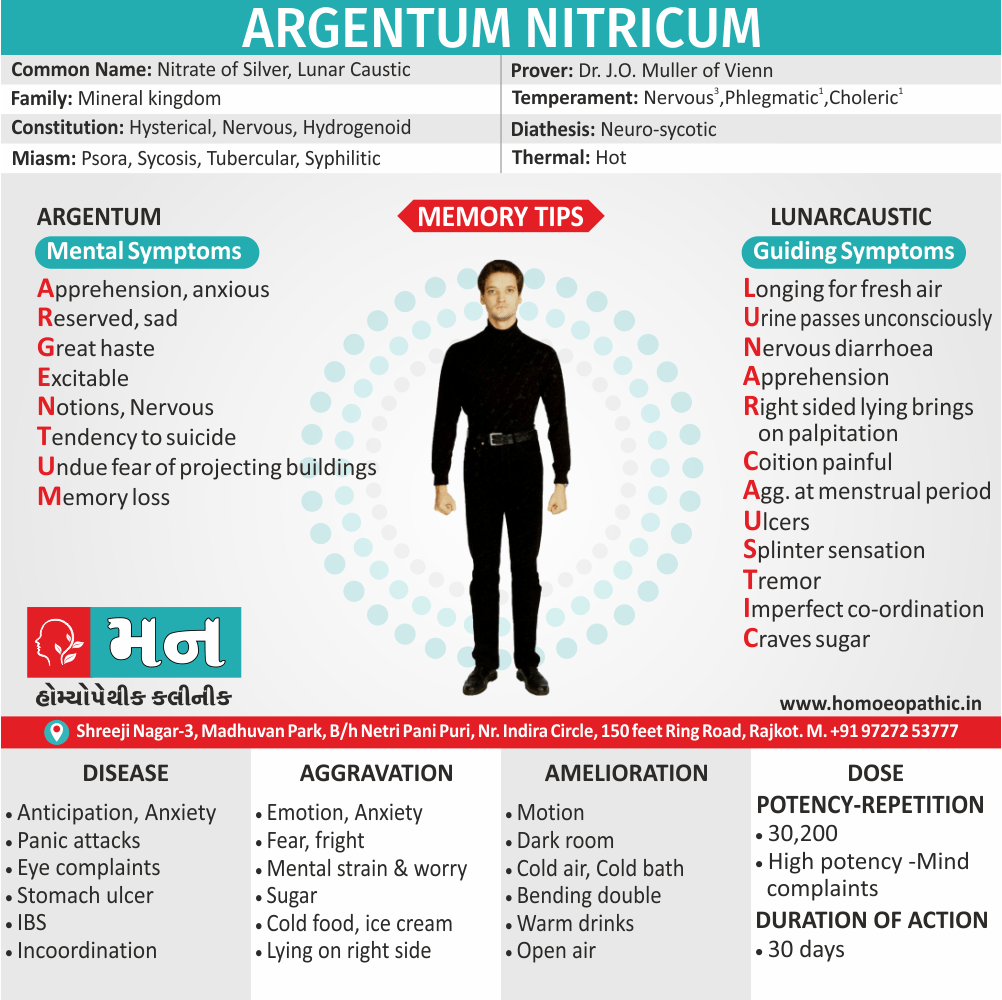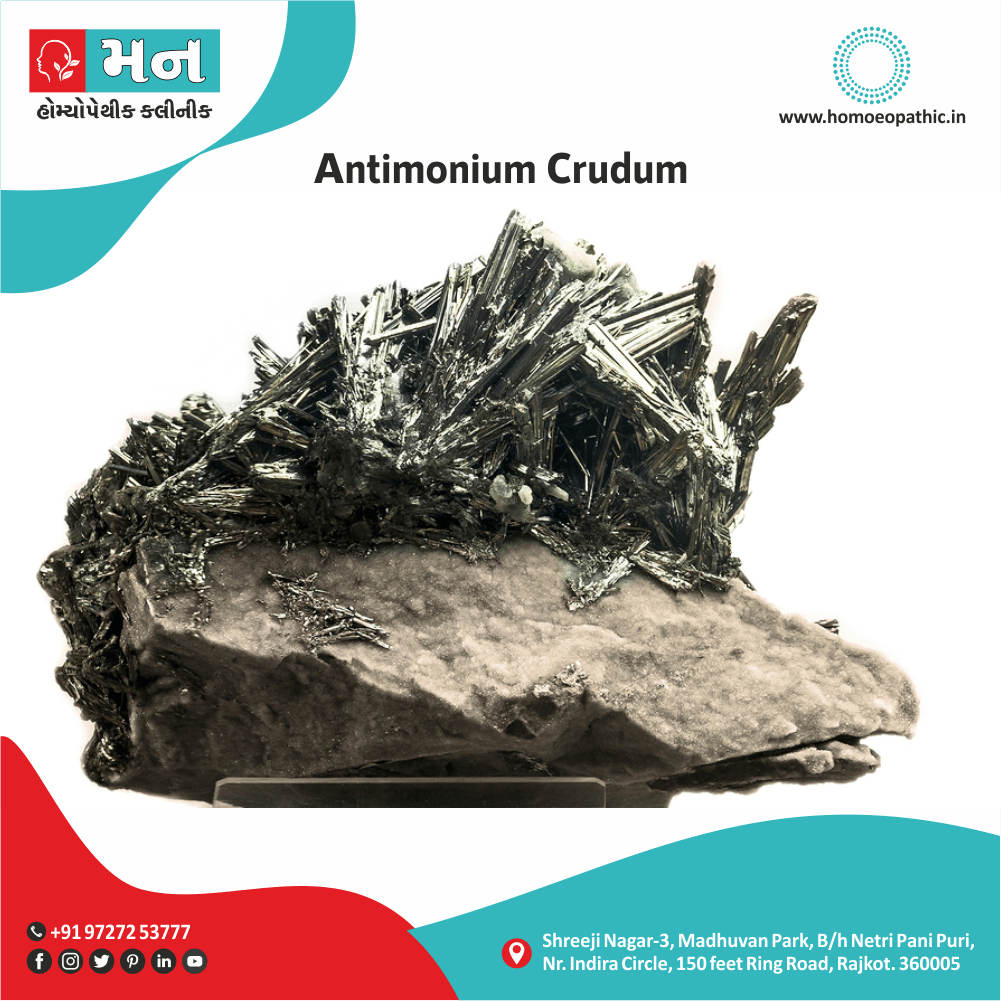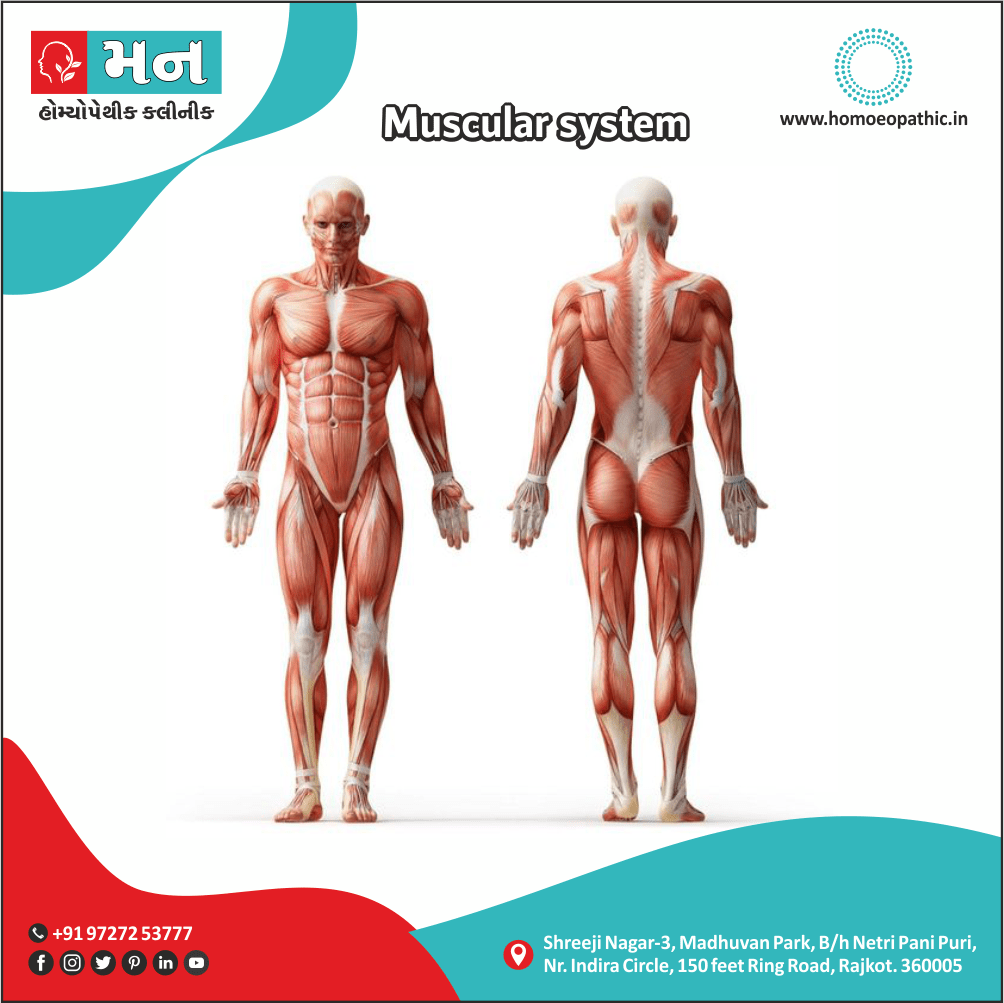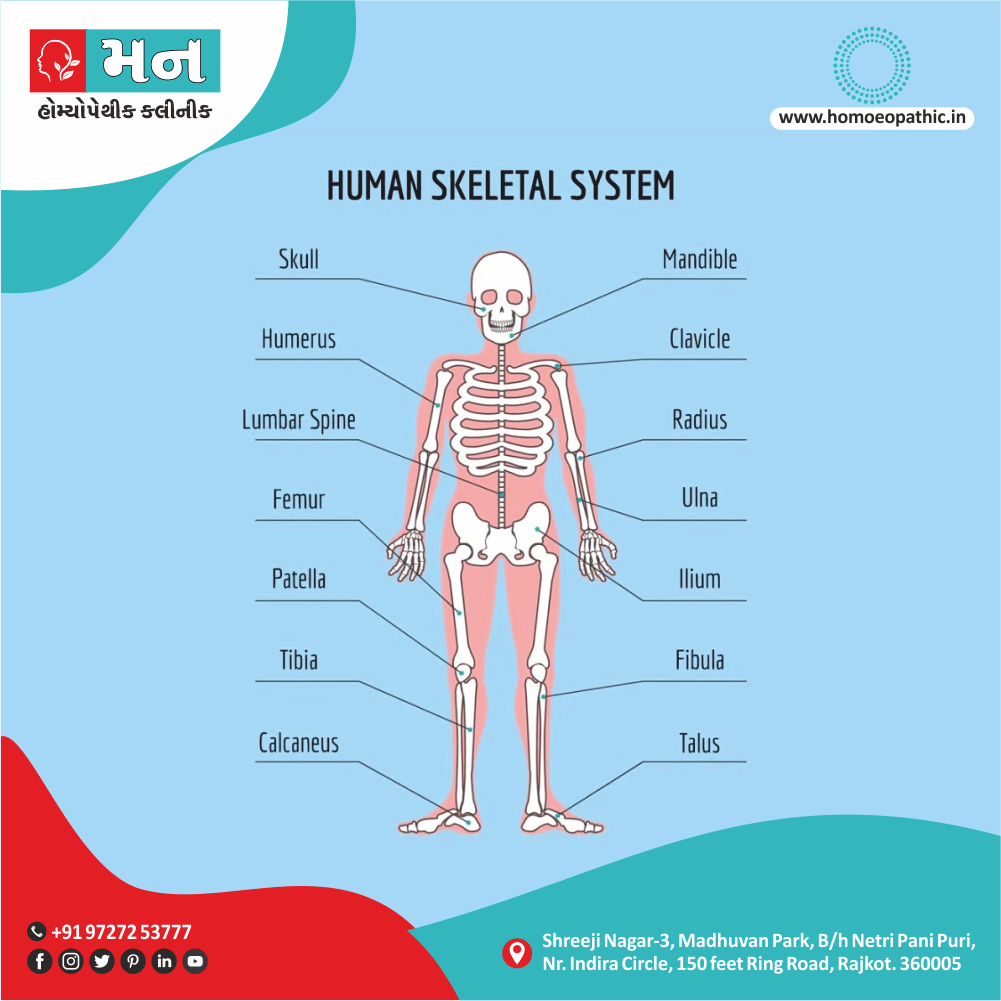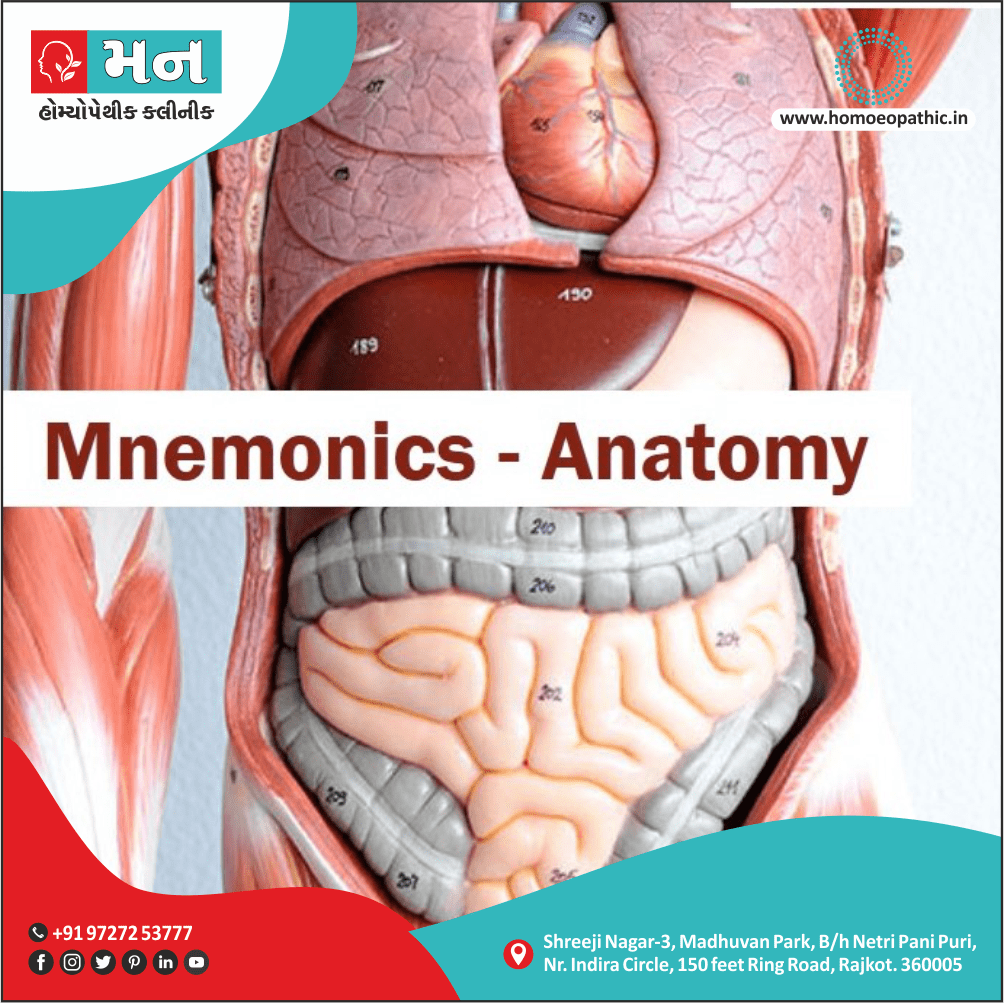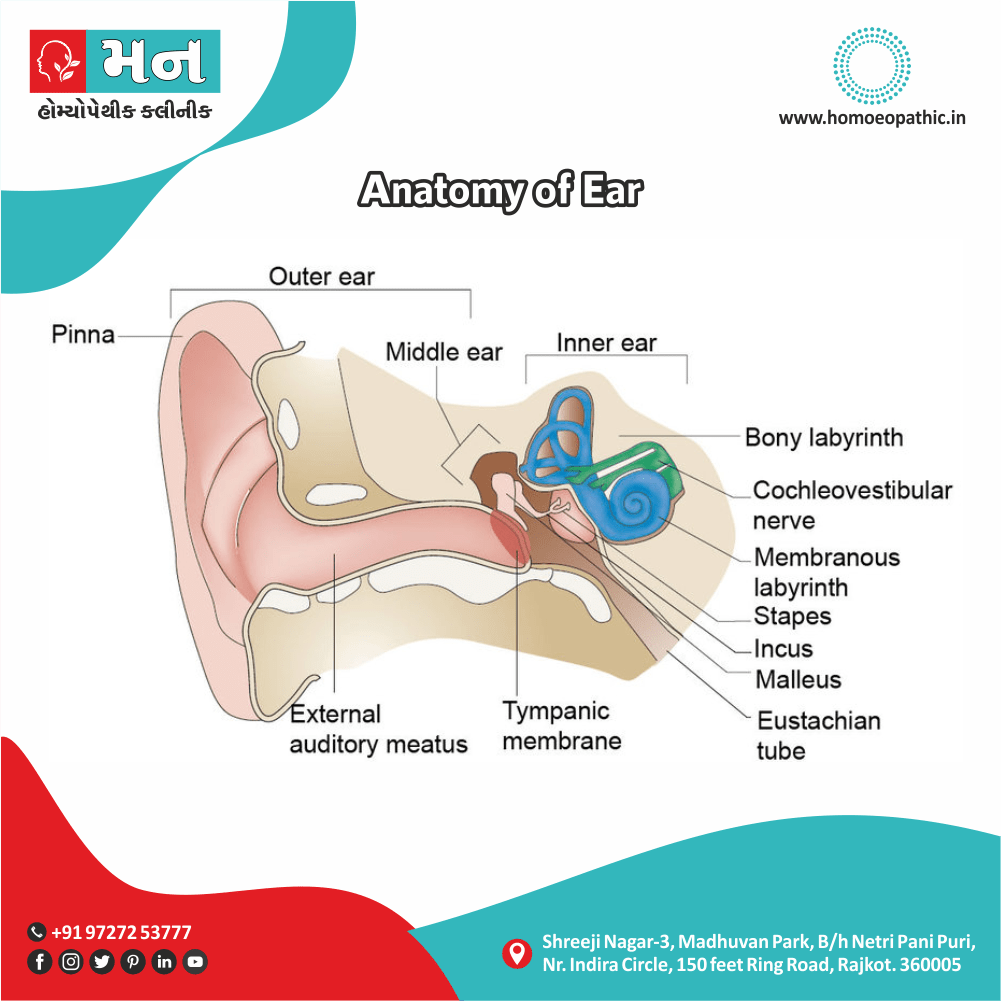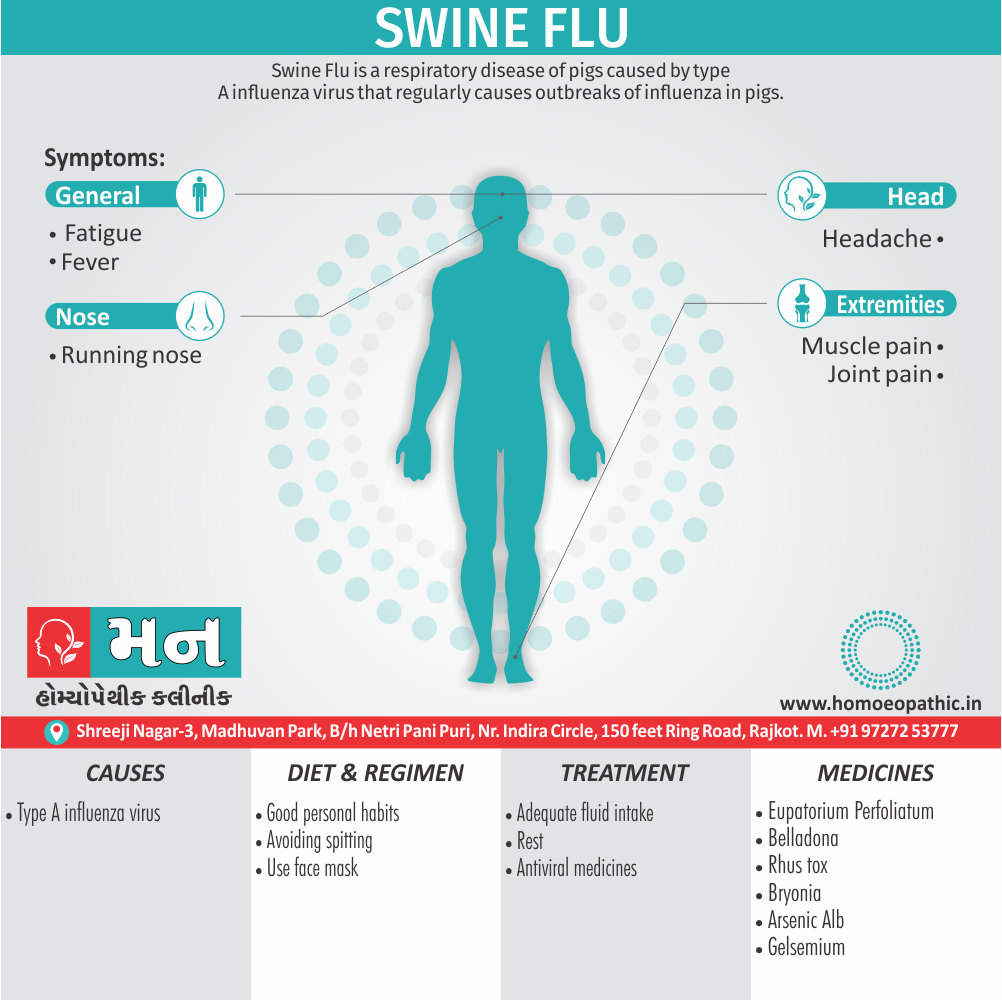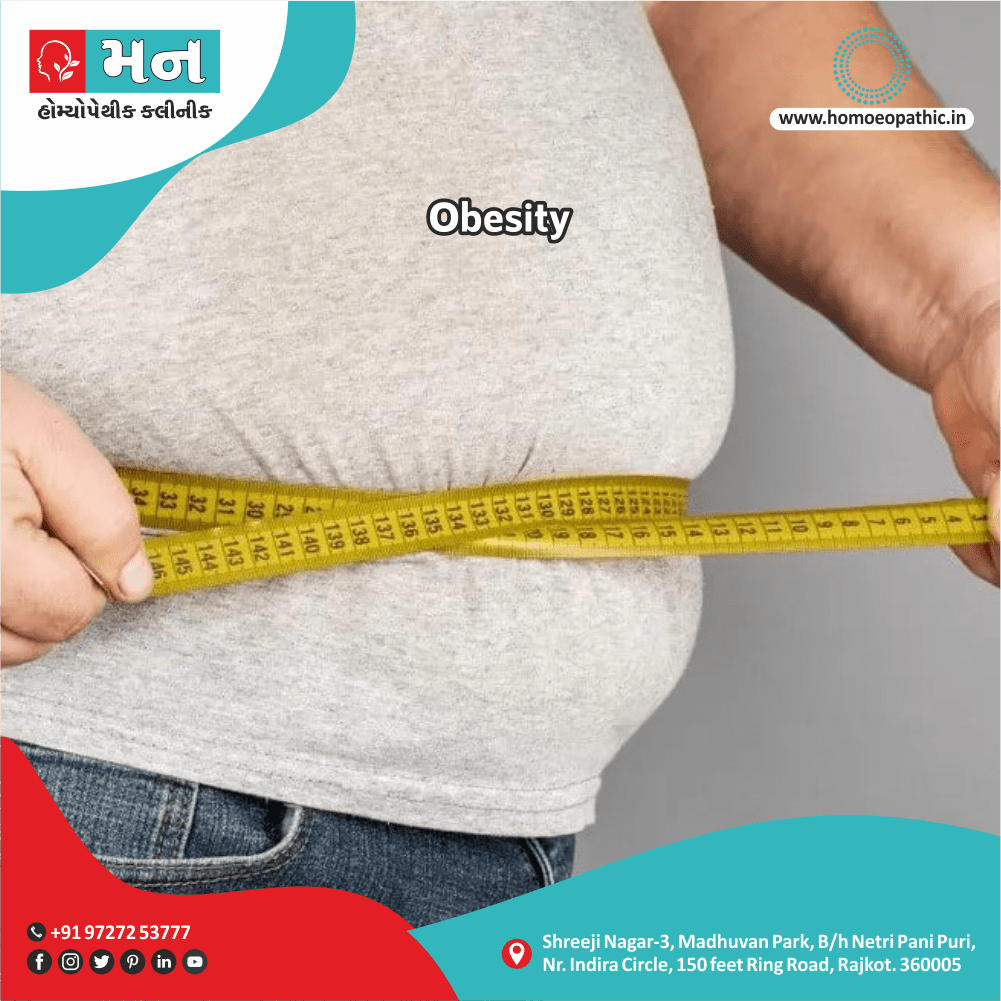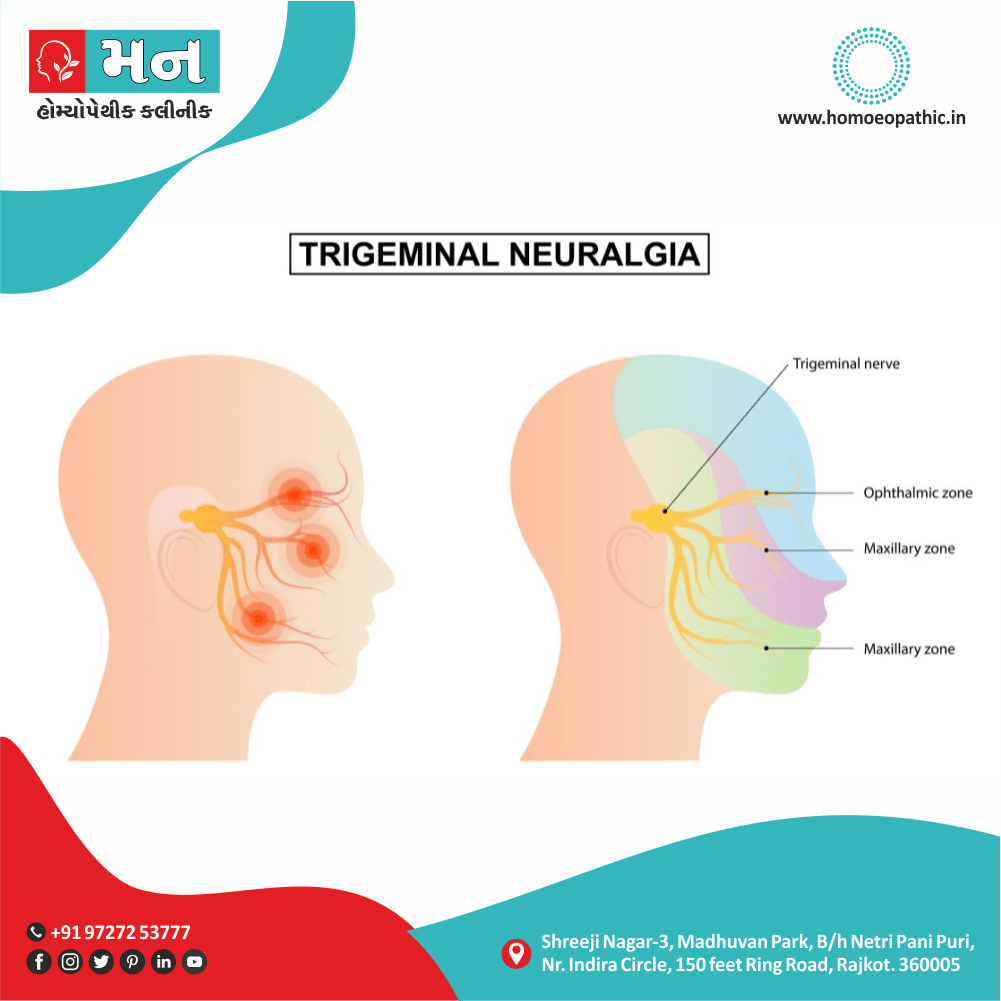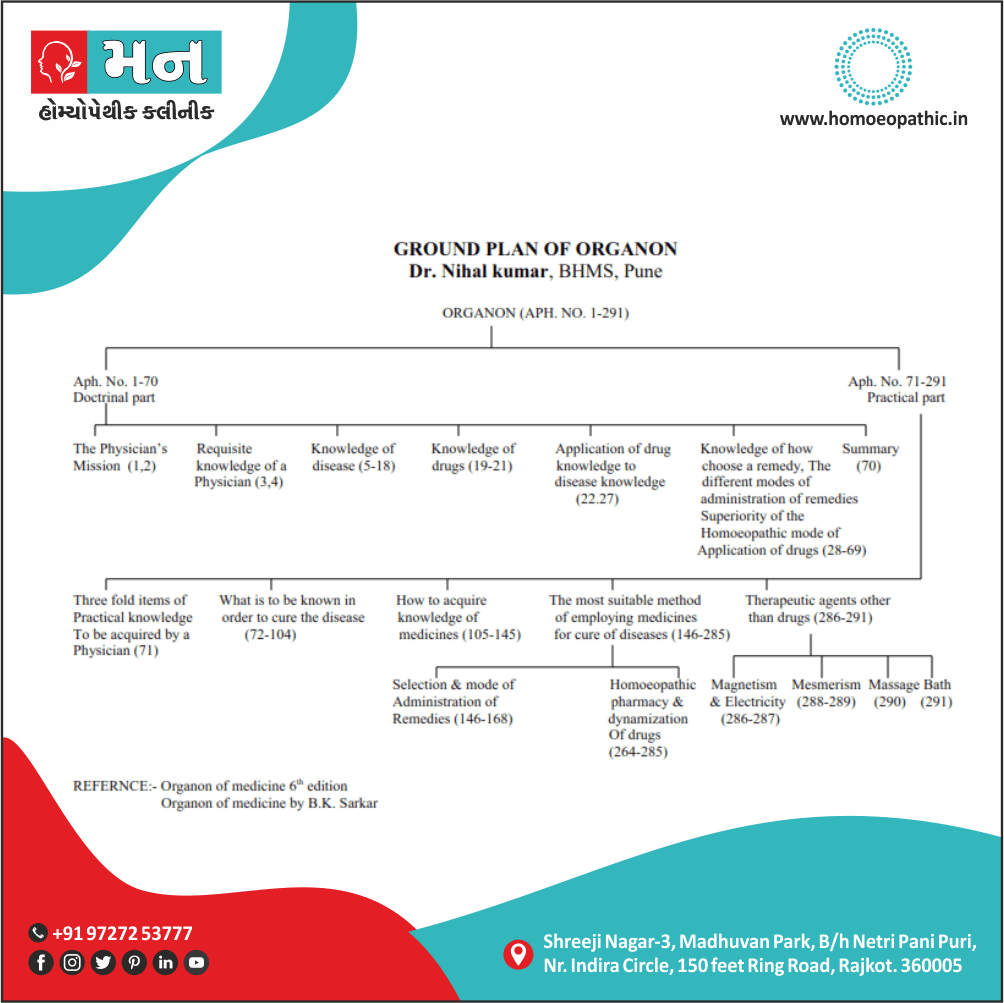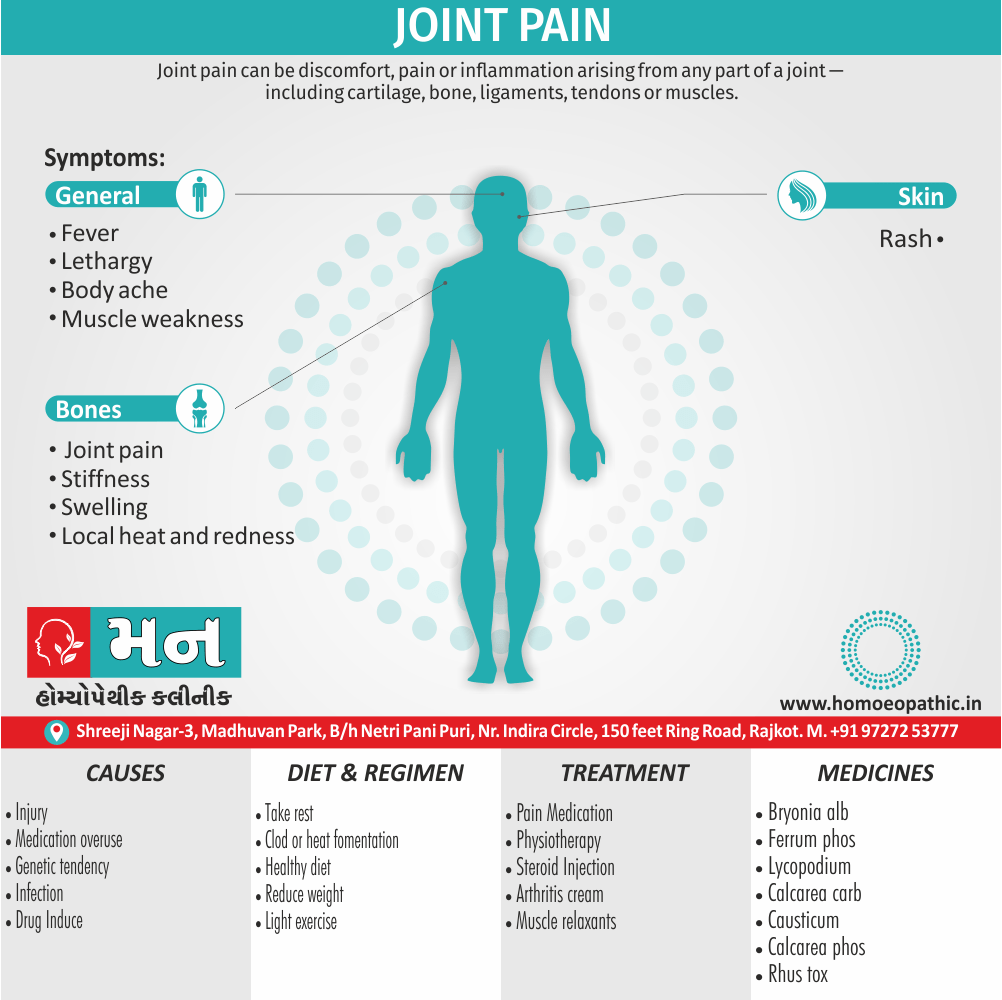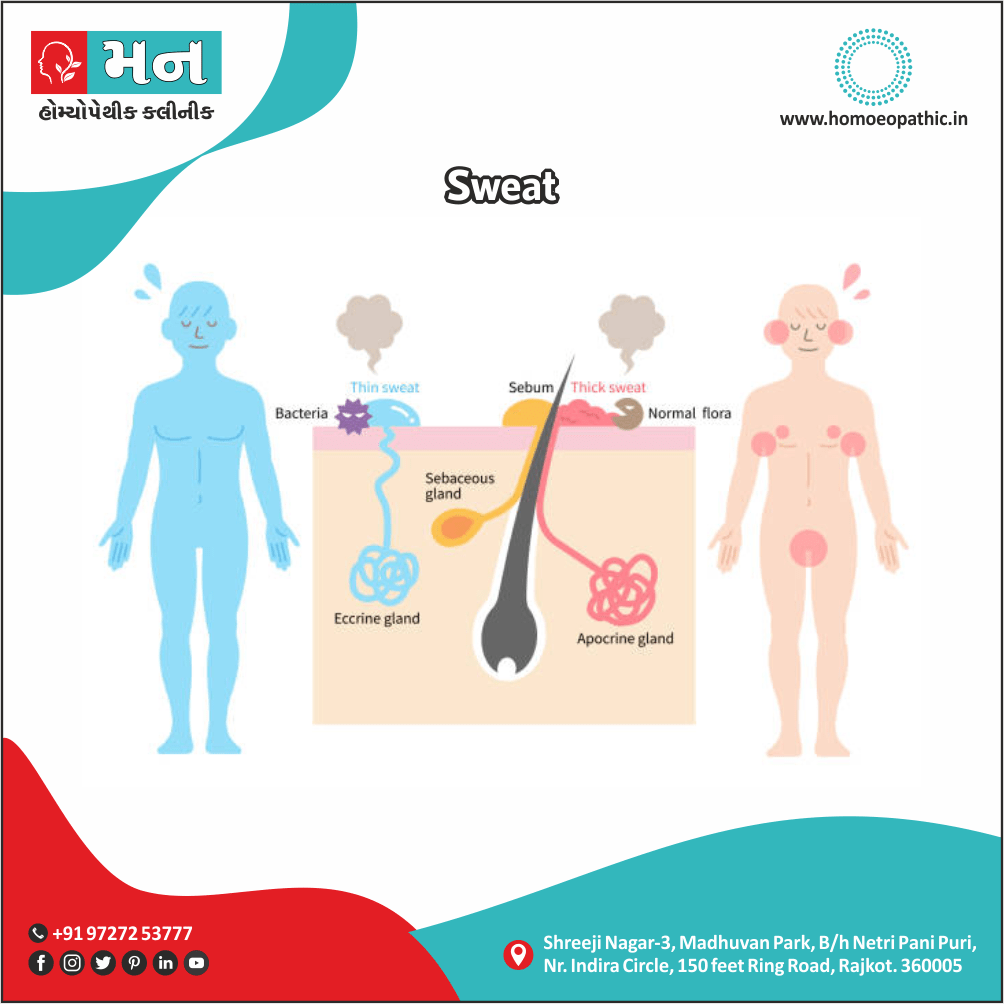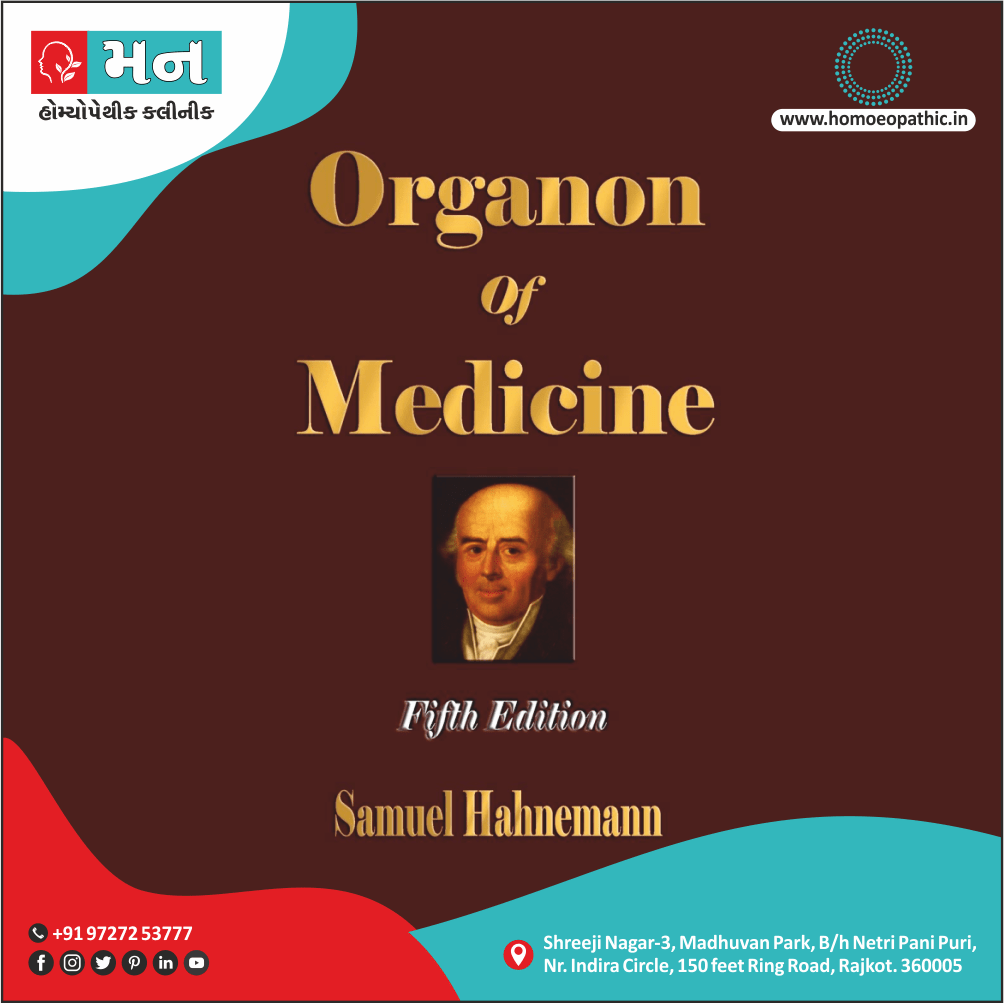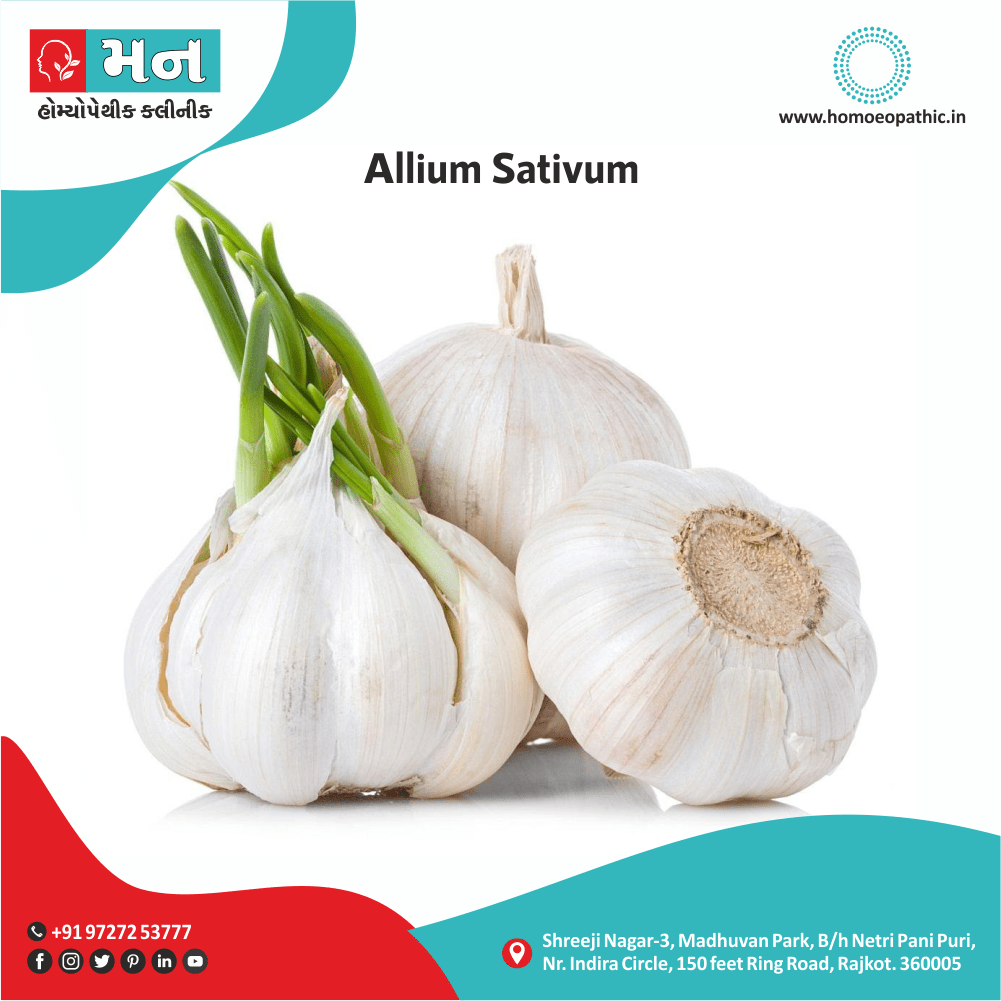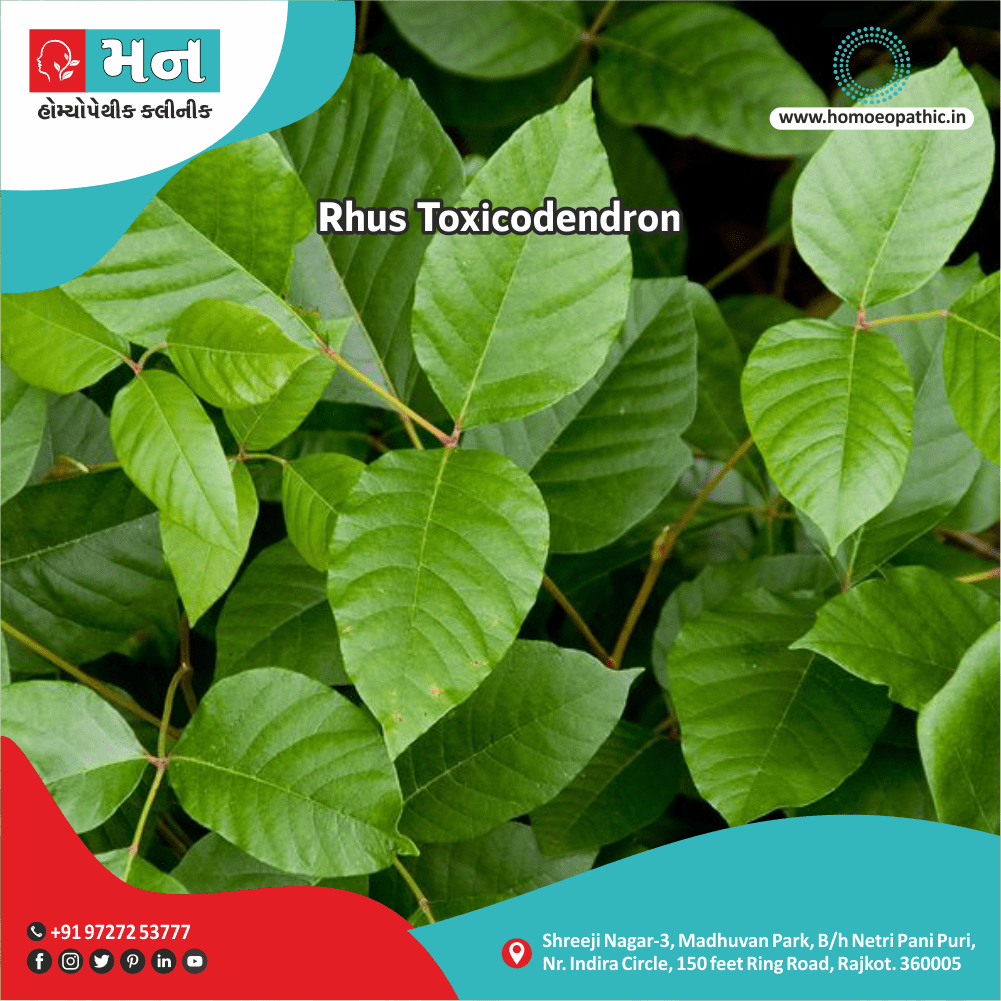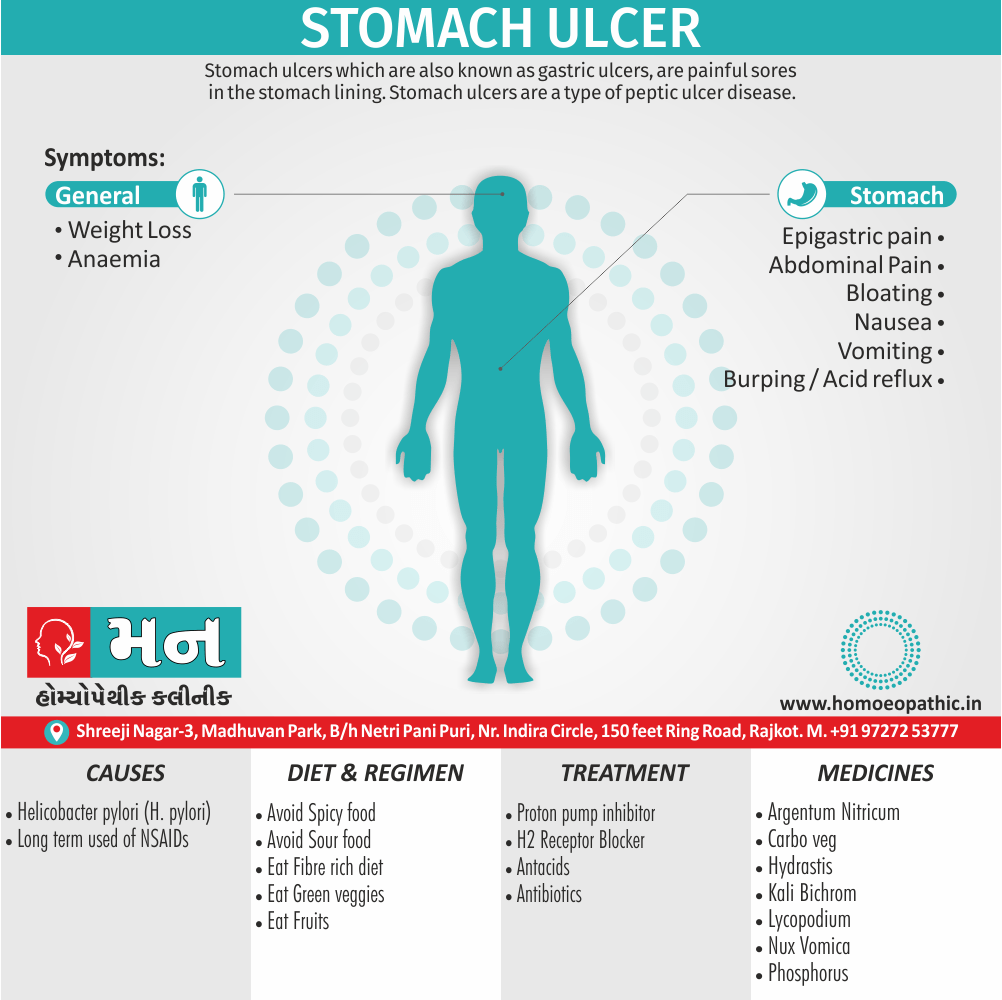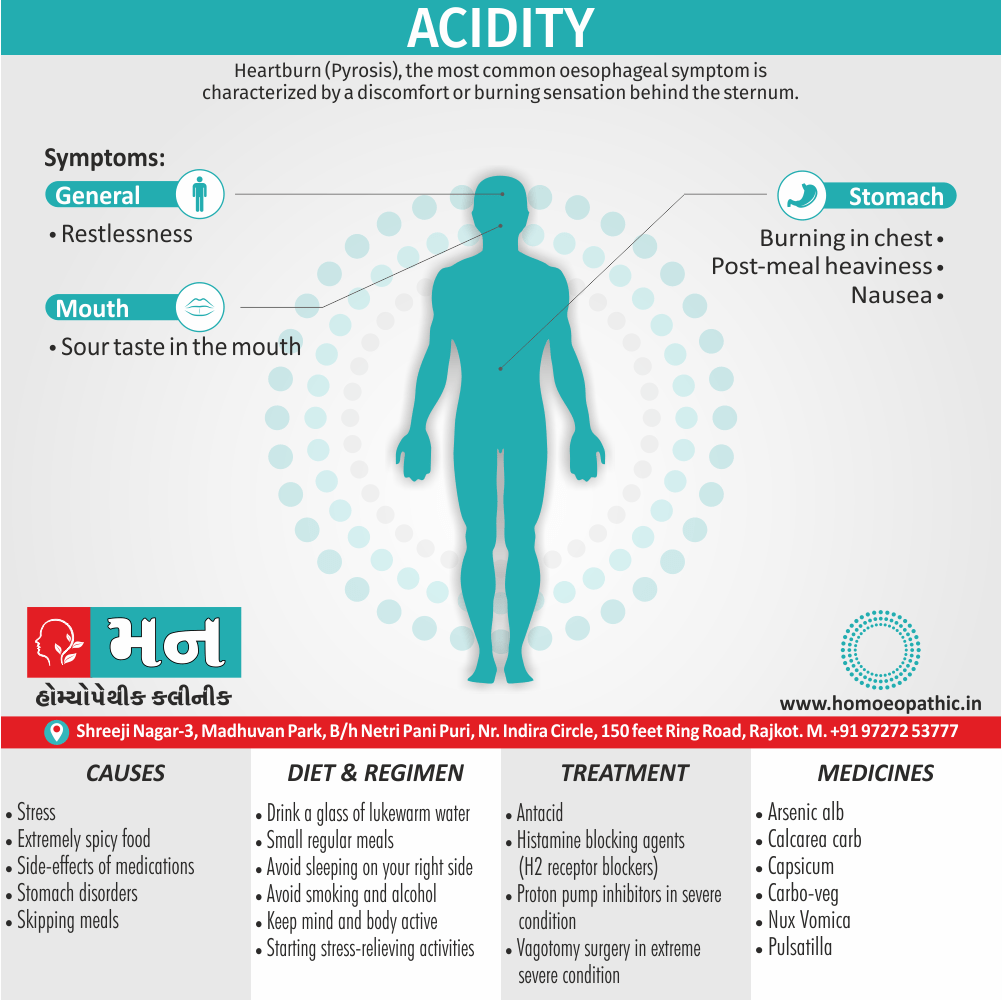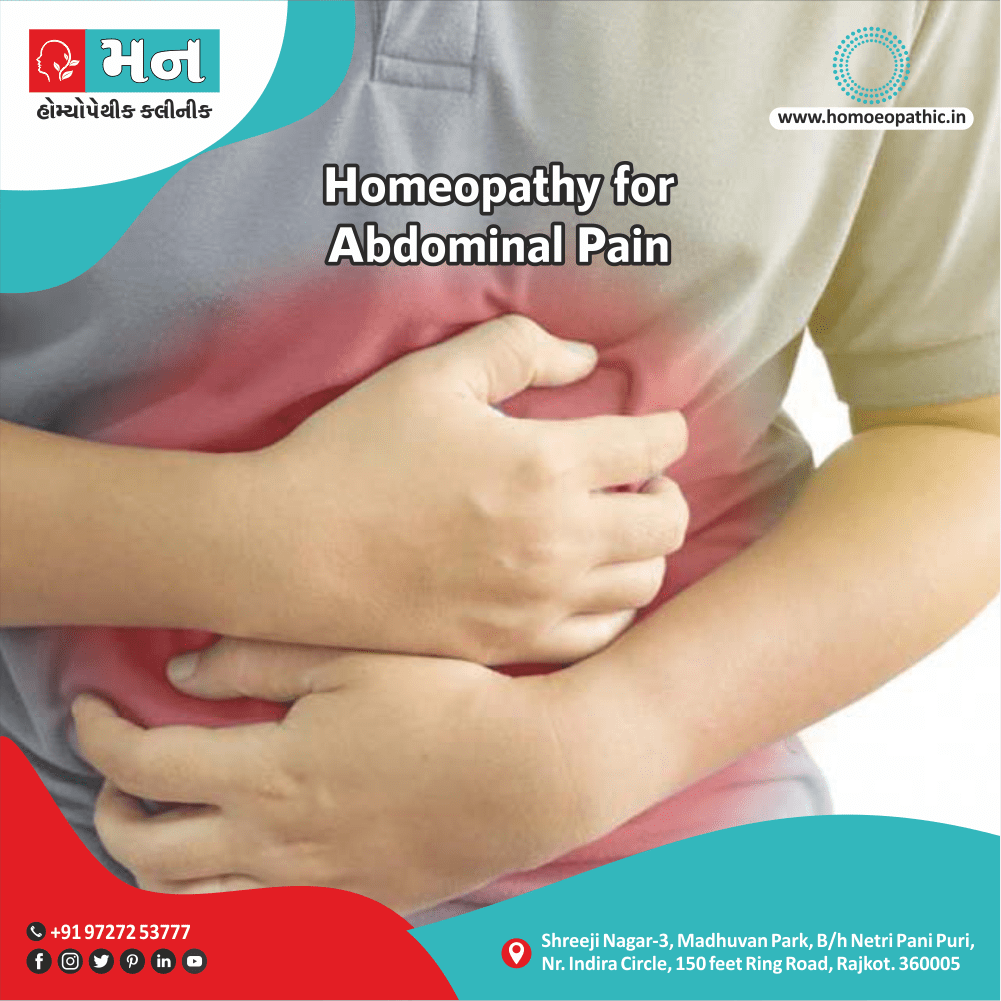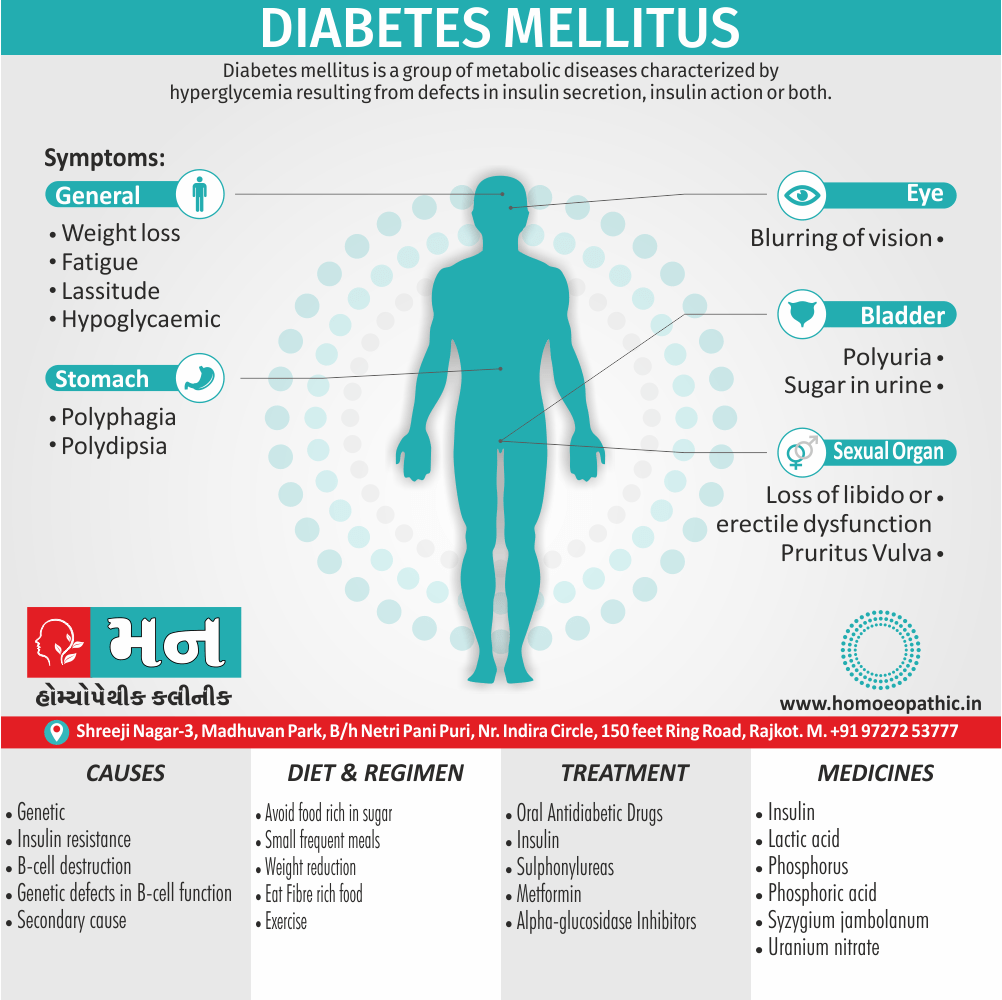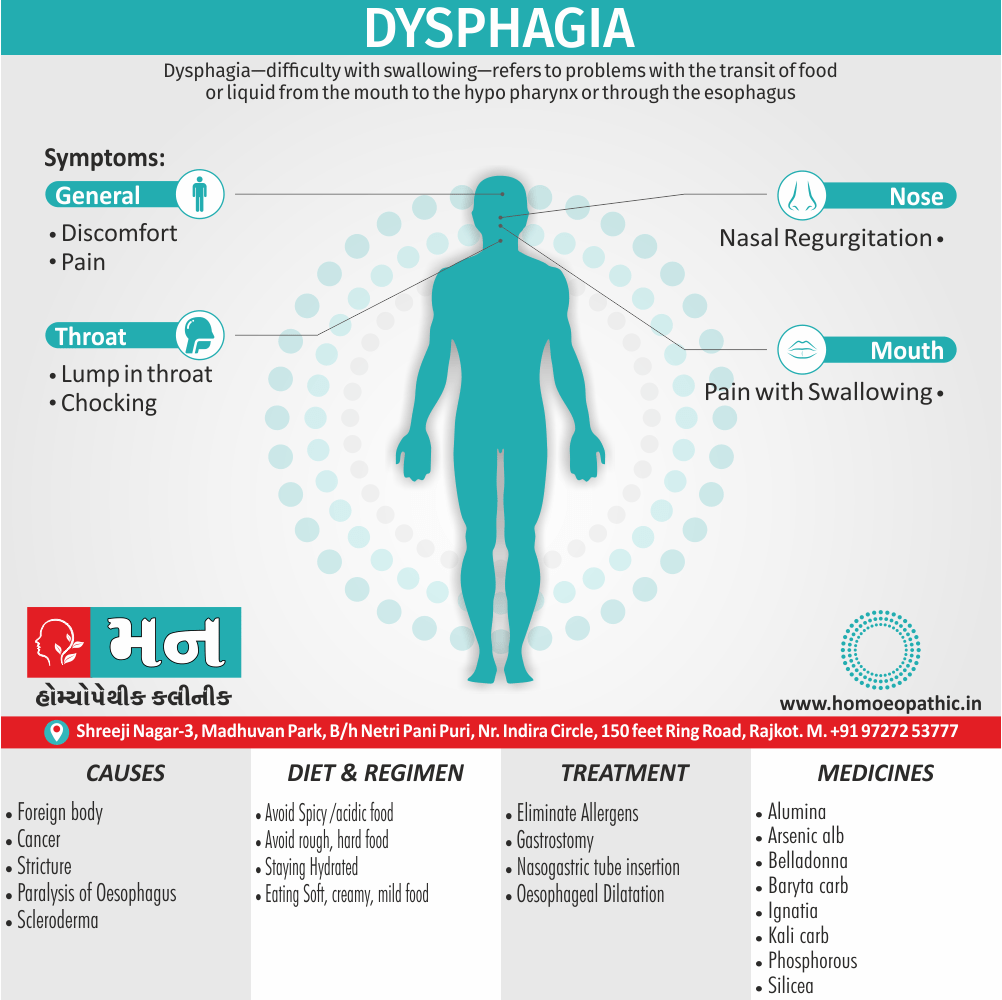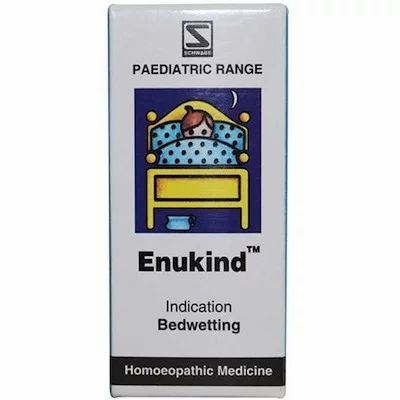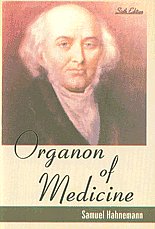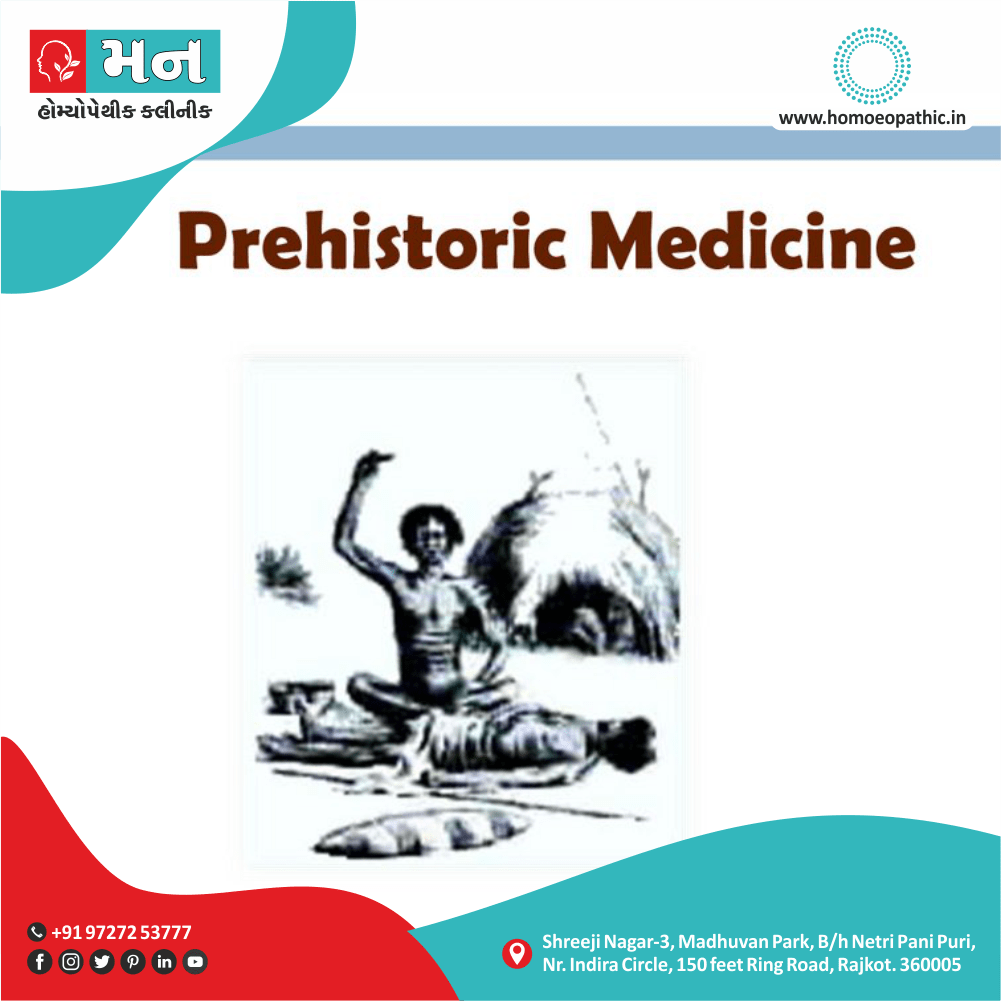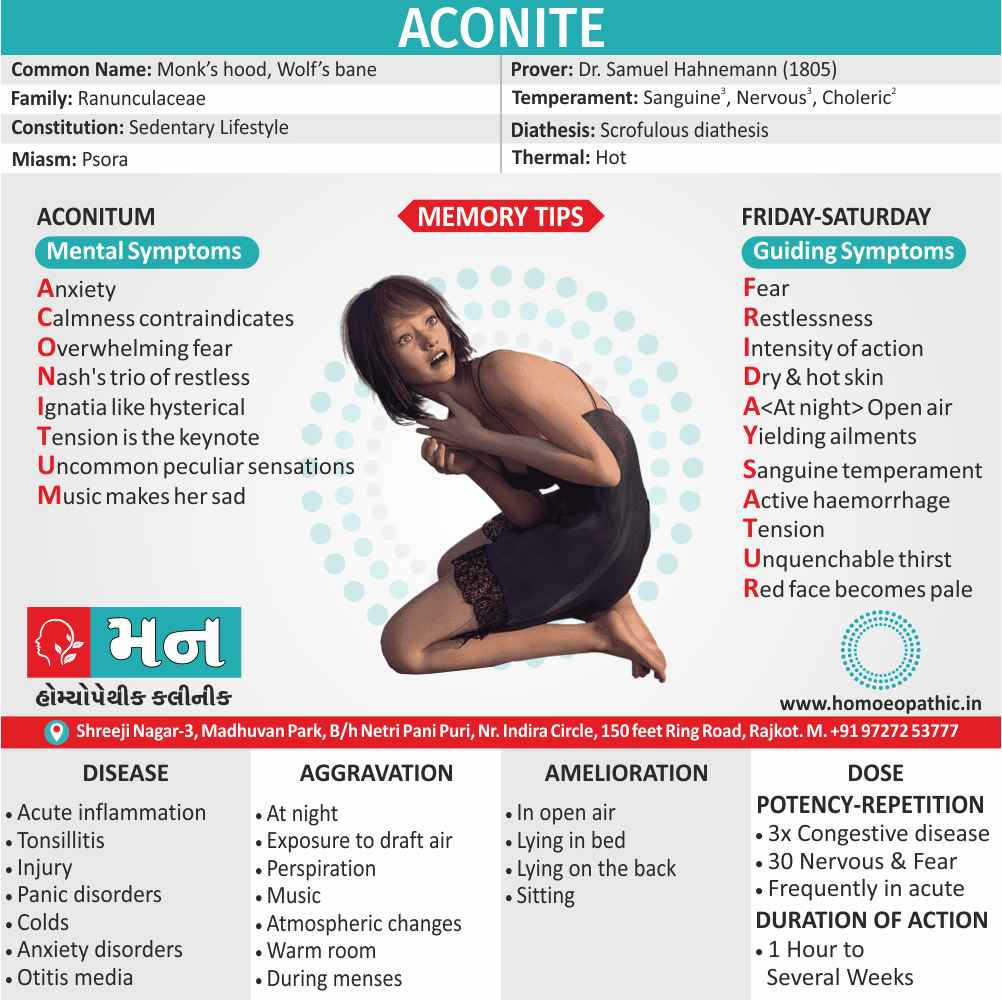Definition
Pain in or around the knee that may indicate a condition affecting the knee joint itself or the soft tissue around the knee.[2]
Overview
EpidemiologyXXX
Causes
TypesXXX
Risk Factors
PathogenesisXXX
Pathophysiology
Clinical FeaturesXXX
Sign & Symptoms
Clinical ExaminationXXX
Diagnosis
Differential DiagnosisXXX
ComplicationsXXX
Investigations
Treatment
PreventionXXX
Homeopathic Treatment
Diet & Regimen
Do’s and Dont’sXXX
TerminologyXXX
References
FAQ
Also Search AsXXX
Overview
The knee joint consists of an articulation between four bones i.e.:
- Firstly, Femur
- Secondly, Tibia
- Thirdly, Fibula
- Lastly, Patella
There are four compartments to the knee. These are the medial and lateral tibiofemoral compartments, the patellofemoral compartment and the superior tibiofibular joint. The components of each of these compartments can suffer from repetitive strain, injury or disease.
Knee pain may result from intraarticular (OA, RA) or periarticular (anserine bursitis, collateral ligament strain) processes or be referred from hip pathology. A careful history should delineate the chronology of the knee complaint and whether there are predisposing conditions, trauma, or medications that might underlie the complaint. [1]
EpidemiologyXXX
Indian epidemiology then other
Causes
Knee pain may result from intraarticular (OA, RA) or periarticular (anserine bursitis, collateral ligament strain) processes or be referred from hip pathology. A careful history should delineate the chronology of the knee complaint and whether there are predisposing conditions, trauma, or medications that might underlie the complaint.
For example, patellofemoral disease (e.g., OA) may cause anterior knee pain that worsens with climbing stairs. [1]
Knee pain can be caused by injuries, mechanical problems, types of arthritis and other problems.
Injuries
A knee injury can affect any of the ligaments, tendons or fluid-filled sacs (bursae) that surround your knee joint as well as the bones, cartilage and ligaments that form the joint itself. Some of the more common knee injuries include:
ACL injury
An ACL injury is a tear of the anterior cruciate ligament (ACL). An ACL injury is particularly common in people who play basketball, soccer or other sports that require sudden changes in direction. [2]
Fracture
The bones of the knee, including the kneecap (patella), can be broken during falls or auto accidents. Also, people whose bones have been weakened by osteoporosis can sometimes sustain a knee fracture simply by stepping wrong.
Torn meniscus
The meniscus is the tough, rubbery cartilage that acts as a shock absorber between your shinbone and thighbone. It can be torn if you suddenly twist your knee while bearing weight on it.
Knee bursitis
Some knee injuries cause inflammation in the bursae, the small sacs of fluid that cushion the outside of your knee joint so that tendons and ligaments glide smoothly over the joint.
Patellar tendinitis
Tendinitis causes irritation and inflammation of one or more tendons — the thick, fibrous tissues that attach muscles to bones. This inflammation can happen when there’s an injury to the patellar tendon, which runs from the kneecap (patella) to the shinbone and allows you to kick, run and jump. Runners, skiers, cyclists, and those involved in jumping sports and activities may develop patellar tendinitis.[2]
Mechanical problems
Some examples of mechanical problems that can cause knee pain include:
Loose body-
Sometimes injury or degeneration of bone or cartilage can cause a piece of bone or cartilage to break off and float in the joint space. This may not create any problems unless the loose body interferes with knee joint movement, in which case the effect is something like a pencil caught in a door hinge.
Iliotibial band syndrome-
This occurs when the tough band of tissue that extends from the outside of your hip to the outside of your knee (iliotibial band) becomes so tight that it rubs against the outer portion of your thighbone. Distance runners and cyclists are especially susceptible to iliotibial band syndrome.
Dislocated kneecap-
This occurs when the triangular bone that covers the front of your knee (patella) slips out of place, usually to the outside of your knee. In some cases, the kneecap may stay displaced and you’ll be able to see the dislocation.
Hip or foot pain-
If you have hip or foot pain, you may change the way you walk to spare your painful joint. But this altered gait can place more stress on your knee joint and cause knee pain.
Arthritis
The varieties most likely to affect the knee include:
- Sometimes called degenerative arthritis, osteoarthritis is the most common type of arthritis. It’s a wear-and-tear condition that occurs when the cartilage in your knee deteriorates with use and age.
Rheumatoid arthritis-
The most debilitating form of arthritis, rheumatoid arthritis is an autoimmune condition that can affect almost any joint in your body, including your knees. Although rheumatoid arthritis is a chronic disease, it tends to vary in severity and may even come and go.
- This type of arthritis occurs when uric acid crystals build up in the joint. While gout most commonly affects the big toe, it can also occur in the knee.
- Often mistaken for gout, pseudogout is caused by calcium-containing crystals that develop in the joint fluid. Knees are the most common joint affected by pseudogout.
Septic arthritis-
Sometimes your knee joint can become infected, leading to swelling, pain and redness. Septic arthritis often occurs with a fever, and there’s usually no trauma before the onset of pain. Septic arthritis can quickly cause extensive damage to the knee cartilage. If you have knee pain with any of the symptoms of septic arthritis, see your doctor right away.[2]
Other problems
Patellofemoral pain syndrome
Patellofemoral pain syndrome is a general term that refers to pain arising between the kneecap and the underlying thighbone. It’s common in athletes; in young adults, especially those whose kneecap doesn’t track properly in its groove; and in older adults, who usually develop the condition as a result of arthritis of the kneecap. [2]
Patellofemoral disease
Patellofemoral disease (e.g., OA) may cause anterior knee pain that worsens with climbing stairs. The knee should be carefully inspected in the upright (weight-bearing) and supine positions for swelling, erythema, malalignment, visible trauma, muscle wasting, and leg length discrepancy. The most common malalignment in the knee is genu varum (bowlegs) or genu valgum (knock-knees) resulting from asymmetric cartilage loss medially or laterally. [1]
Bony swelling of the knee joint
Bony swelling of the knee joint commonly results from hypertrophic osseous changes seen with disorders such as OA and neuropathic arthropathy. Swelling caused by hypertrophy of the synovial or synovial effusion may manifest as a fluctuant, ballotable, or soft tissue enlargement in the Bicipital tendon Humours Glenohumeral (shoulder) joint Subscapularis muscle suprapatellar pouch (suprapatellar reflection of the synovial cavity) or regions lateral and medial to the patella. [1]
Application of manual pressure lateral to the patella may cause an observable shift in synovial fluid (bulge) to the medial aspect. The examiner should note that this manoeuvre is only effective in detecting small to moderate effusions (<100 mL). Inflammatory disorders such as RA, gout, pseudogout, and psoriatic arthritis may involve the knee joint and produce significant pain, stiffness, swelling or warmth. Additionally, a popliteal or Baker’s cyst may be palpated with the knee partially flexed and is best viewed posteriorly with the patient standing and knees fully extended to visualize isolated or unilateral popliteal swelling or fullness. [1]
TypesXXX
AAA
Risk Factors
A number of factors can increase your risk of having knee problems, i.e.:
Excess weight, Lack of muscle flexibility or strength, Certain sports or occupations, Previous injury.
Not all knee pain is serious. But some knee injuries and medical conditions, such as osteoarthritis, can lead to increasing pain, joint damage and disability if left untreated. And having a knee injury — even a minor one — makes it more likely that you’ll have similar injuries in the future. [2]
PathogenesisXXX
Pathogenesis refers to the development of a disease. It’s the story of how a disease gets started and progresses.
This is the entire journey of a disease, encompassing the cause but going beyond it.
Pathophysiology
Anserine bursitis is an often missed periarticular cause of knee pain in adults. [1]
Anserine bursitis is an 0ften missed periarticular cause of knee pain in adults. The pes anserine bursa underlies the insertion of the conjoined tendons (sartorius, gracilis, semitendinosus) on the anteromedial proximal tibia and may be painful following trauma, overuse, or inflammation. It is often tender in patients with fibromyalgia, obesity, and knee OA. Other forms of bursitis may also present as knee pain. The prepatellar bursa is superficial and is located over the inferior portion of the patella. The infrapatellar bursa is deeper and lies beneath the patellar ligament before its insertion on the tibial tubercle.
Internal derangement of the knee may result from trauma or degenerative processes. Damage to the meniscal cartilage (medial or lateral) frequently presents as chronic or intermittent knee pain.
Clinical FeaturesXXX
Tab Content
Sign & Symptoms
- Swelling
- Visible trauma
- Medication
- Difficulty weight bearing or walking due to instability of the knee
- Unable to bend the knee
- Inability to extend the knee
Clinical ExaminationXXX
Tab Content
Diagnosis
Physical examination
- Bending the knee in full range of motion [2]
- evaluating for any tenderness or swelling. [2]
- Synovial effusions may also be detected by balloting the patella downward toward the femoral groove or by eliciting a “bulge sign.” [1]
- A popliteal or Baker’s cyst may be palpated with the knee partially flexed and is best viewed posteriorly with the patient standing and knees fully extended to visualize isolated or unilateral popliteal swelling or fullness. [1]
Damage to the meniscal cartilage (medial or lateral) frequently presents as chronic or intermittent knee pain. [2]
Differential DiagnosisXXX
ComplicationsXXX
Complications are what happen after you have a disease. They are the negative consequences of the disease process.
Investigations
History taking
A careful history should delineate the chronology
Of the knee complaint and whether there are predisposing conditions, trauma, or medications that might underlie the complaint. [1]
With the knee extended, the examiner should manually compress, or “milk,” synovial fluid down from the suprapatellar pouch and lateral to the patellae. The application of manual pressure lateral to the patella may cause an observable shift in synovial fluid (bulge) to the medial aspect. [1]
The examiner should note that this maneuver is only effective in detecting small to moderate effusions (<100mL).
With the knee flexed 90° and the patient’s foot on the table, pain elicited during palpation over the joint line or when the knee is stressed laterally or medially may suggest a meniscal tear. [1]
McMurray test
A positive McMurray test may also indicate a meniscal tear. [1]
The examiner should manually attempt to displace the tibia anteriorly or posteriorly with respect to the femur. If anterior movement is detected, then anterior cruciate ligament damage is likely. Conversely, significant posterior movement may indicate posterior cruciate damage.
Contralateral comparison will assist the examiner in detecting significant anterior or posterior movement.
In some cases, Doctor might suggest tests such as,
- CT Scan
- MRI
- Ultrasound
- X-ray.
If your doctor suspects an infection or inflammation, you’re likely to have blood tests and sometimes a procedure called arthrocentesis, in which a small amount of fluid is removed from within your knee joint with a needle and sent to a laboratory for analysis. [2]
Treatment
The main over-the-counter drugs are acetaminophen (Tylenol and other brands) and non-steroidal anti-inflammatory drugs (or NSAIDs), including aspirin (such as Bayer), ibuprofen (Advil, Motrin), and naproxen (Aleve). These can help with simple sprains or even arthritis. [2]
Knee exercises [2]
You can ride a stationary bike for about 5 minutes, take a brisk 2-minute walk while pumping your arms.
Knee-Friendly Cardio
Gentle is good. So skip high-impact activities such as running or intense aerobics. Notice what feels right for you. For example, some people love elliptical machines, but others don’t. Swimming, jogging in water, or water aerobics are often great! Double-check with your doctor about your exercise plan.
PreventionXXX
Tab Content
Homeopathic Treatment
Homoeopathic Treatment of Knee Pain
Homeopathy treats the person as a whole. It means that homeopathic treatment focuses on the patient as a person, as well as his pathological condition. The homeopathic medicines selected after a full individualizing examination and case-analysis.
Which includes
- The medical history of the patient,
- Physical and mental constitution,
- Family history,
- Presenting symptoms,
- Underlying pathology,
- Possible causative factors etc.
A miasmatic tendency (predisposition/susceptibility) also often taken into account for the treatment of chronic conditions.
What Homoeopathic doctors do?
A homeopathy doctor tries to treat more than just the presenting symptoms. The focus is usually on what caused the disease condition? Why ‘this patient’ is sick ‘this way’?
The disease diagnosis is important but in homeopathy, the cause of disease not just probed to the level of bacteria and viruses. Other factors like mental, emotional and physical stress that could predispose a person to illness also looked for. Now a days, even modern medicine also considers a large number of diseases as psychosomatic. The correct homeopathy remedy tries to correct this disease predisposition.
The focus is not on curing the disease but to cure the person who is sick, to restore the health. If a disease pathology not very advanced, homeopathy remedies do give a hope for cure but even in incurable cases, the quality of life can greatly improve with homeopathic medicines.
Homeopathic Medicines:
The homeopathic remedies (medicines) given below indicate the therapeutic affinity but this is not a complete and definite guide to the homeopathy treatment of this condition. The symptoms listed against each homeopathic remedy may not be directly related to this disease because in homeopathy general symptoms and constitutional indications also taken into account for selecting a remedy, potency and repetition of dose by Homeopathic doctor.
So, here we describe homeopathic medicine only for reference and education purpose. Do not take medicines without consulting registered homeopathic doctor (BHMS or M.D. Homeopath).
Medicines:
Abrot-
- Joints stiff, swollen, with pricking sensation; wrists and ankle-joints painful also inflamed. When gout is suppressed and heart attacked. [3]
Arnica-
- Joints sore and tender;* constant fear specifically of being touched.
Ledum-
- Gout, whether acute or chronic: begins in lower limbs and ascends; pain and swelling proceed upwards and heart becomes affected. Pains worse from warmth on the other hand better from cold applications.
Apis-
- Oedema of affected parts; very tender to touch; additionally relief from cold water.
Bell-
- Erysipelatous redness also swelling of joints.
Bryon–
- Aggravation especially from slight motion and touch.[3]
Puls–
- Swelling and redness of joints; pains shift rapidly from one joint to another; better from pressure and moving the affected parts; as a rule, worse from heat and better from cold; whereas worse evenings.
Kali-s
- In brief, Pains shifting from one joint to another, leaving the first without pain.[3]
Diet & Regimen
Diet and regimen
Here’s our take on 10 foods that may help reduce pain and increase mobility in the joints:
- Omega-3 fatty acids/fish oils.
- Nuts and seeds.
- Brassica vegetables.
- Colourful fruits.
- Olive oil
- Lentils and beans.
- Garlic and root vegetables.
- Whole grains.
- Bone broth.
- Dark chocolate.
Follow these 11 dos and don’ts to help your knees feel their best:
Do exercise.
Cardio exercises strengthen the muscles that support your knee and increase flexibility. Weight trainingand stretchingdo, too. For cardio, some good choices include walking, swimming, water aerobics, stationary cycling, and elliptical machines. Tai chi may also help ease stiffness and improve balance.
Do use "RICE."
Rest, ice, compression, and elevation (in other words, RICE) is good for knee pain caused by a minor injury or an arthritis flare. In detail, Give your knee some rest, apply ice to reduce swelling, wear a compressive bandage, and keep your knee elevated.
Do consider acupuncture.
This form of traditional Chinese medicine, which involves inserting fine needles at certain points on the body, is widely used to relieve many types of pain and may help knee pain.
Do get expert advice.
If your knee pain is new, get a doctor to check it out. It’s best to know what you’re dealing with ASAP so you can prevent any more damage.
Don’t rest too much.
Too much rest can weaken your muscles, which can worsen joint pain. Find an exercise program that is safe for your knees and stick with it.
Don’t risk a fall.
A painful or unstable knee can make a fall more likely, which can cause more knee damage. Curb your risk of falling by making sure your home is well lit, using handrails on staircases, and using a sturdy ladder or foot stool if you need to reach something from a high shelf.
Don’t overlook your weight.
If you’re higher-weight person, losing weight reduces the stress on your knee.
Don’t be shy about using a walking aid.
A crutch or cane can take the stress off of your knee.
Don’t jar your joint(s).
High-impact exercises can further injure painful knees. Avoid jarring exercises such as running, jumping, and kickboxing. Also avoid doing exercises such as lunges and deep squats that put a lot of stress on your knees. [2]
Do’s and Dont’sXXX
Tab Content
TerminologyXXX
Tab Content
References
[1]Herrisons_principles_of_internal_medicine_19th_edition_2_volume_set
[2]https://www.mayoclinic.org/diseases-conditions/knee-pain/symptoms-causes/syc-20350849
[3] Homoeopathic Body-System Prescribing – A Practical Workbook of Sector Remedies
FAQ
Frequently Asked Questions
What is Knee Pain?
Pain in or around the knee that may indicate a condition affecting the knee joint itself or the soft tissue around the knee.
Homeopathic Medicines used by Homeopathic Doctors in treatment of Knee Pain?
- Abrotanum
- Arnica
- Ledum
- Apis
- Belladonna
- Bryon
- Pulsatilla
- Kali sulph
What causes Knee Pain?
- Anterior cruciate ligament injury
- Fracture
- Knee bursitis
- Patellar tendinitis
- Loose body
- Iliotibial band syndrome
- Hip or foot pain
- Arthritis
What are the symptoms of Knee Pain?
- Swelling
- Visible trauma
- Medication
- Difficulty weight bearing or walking
- Unable to bend the knee
- Inability to extend the knee
Also Search AsXXX
Frequently Asked Questions (FAQ)
XYZ
XXX
XYZ
XXX
XYZ
XXX
